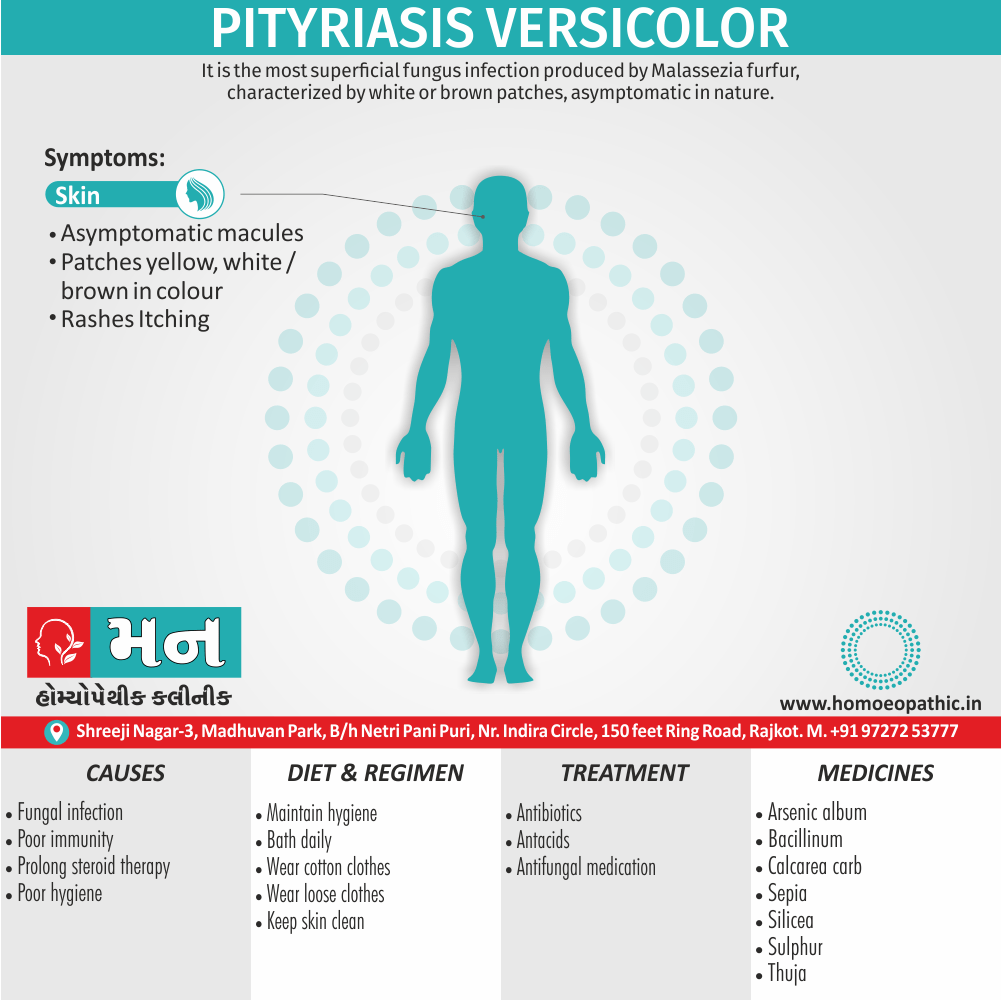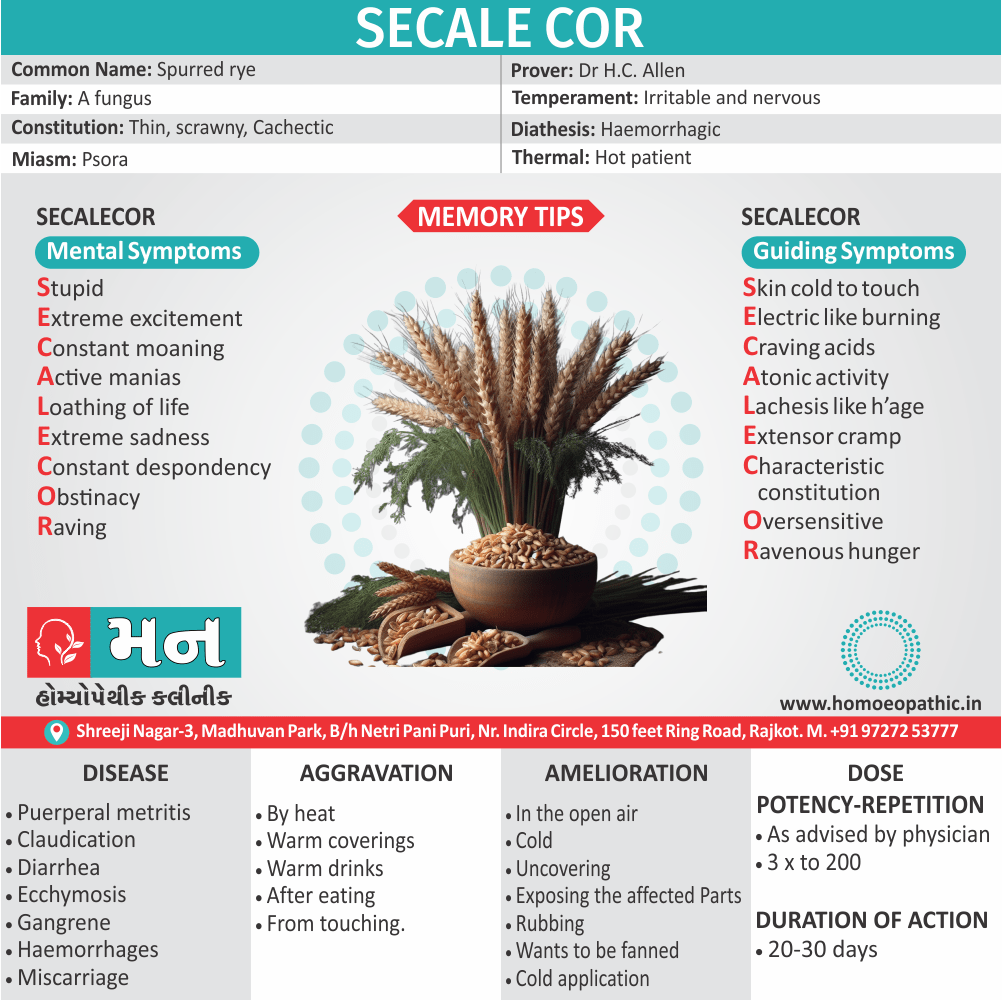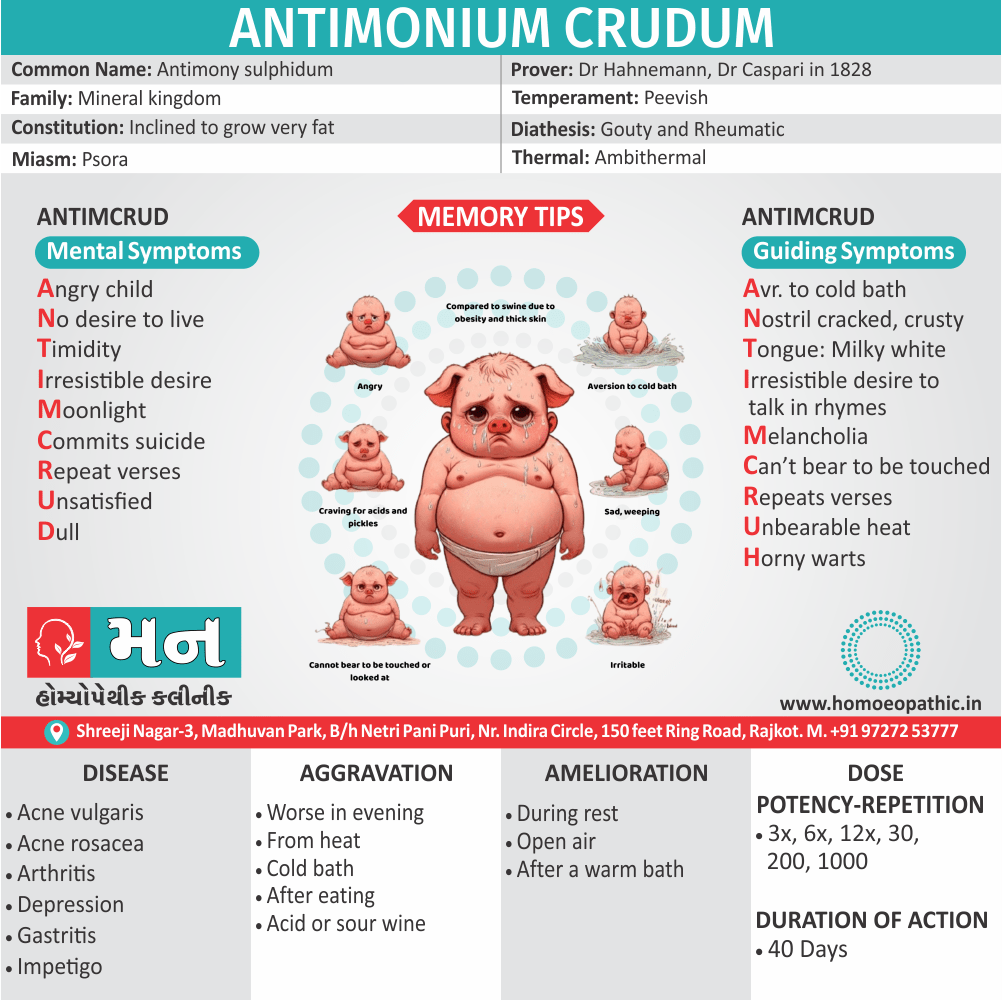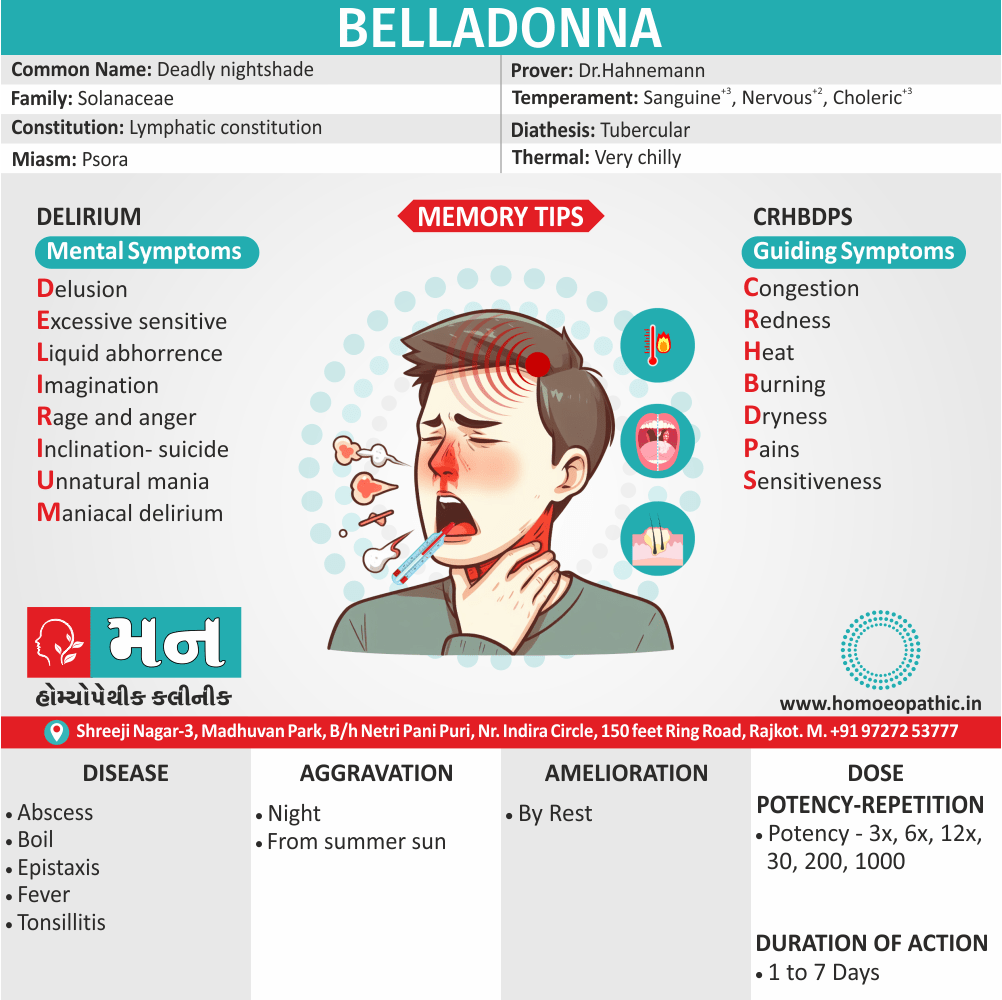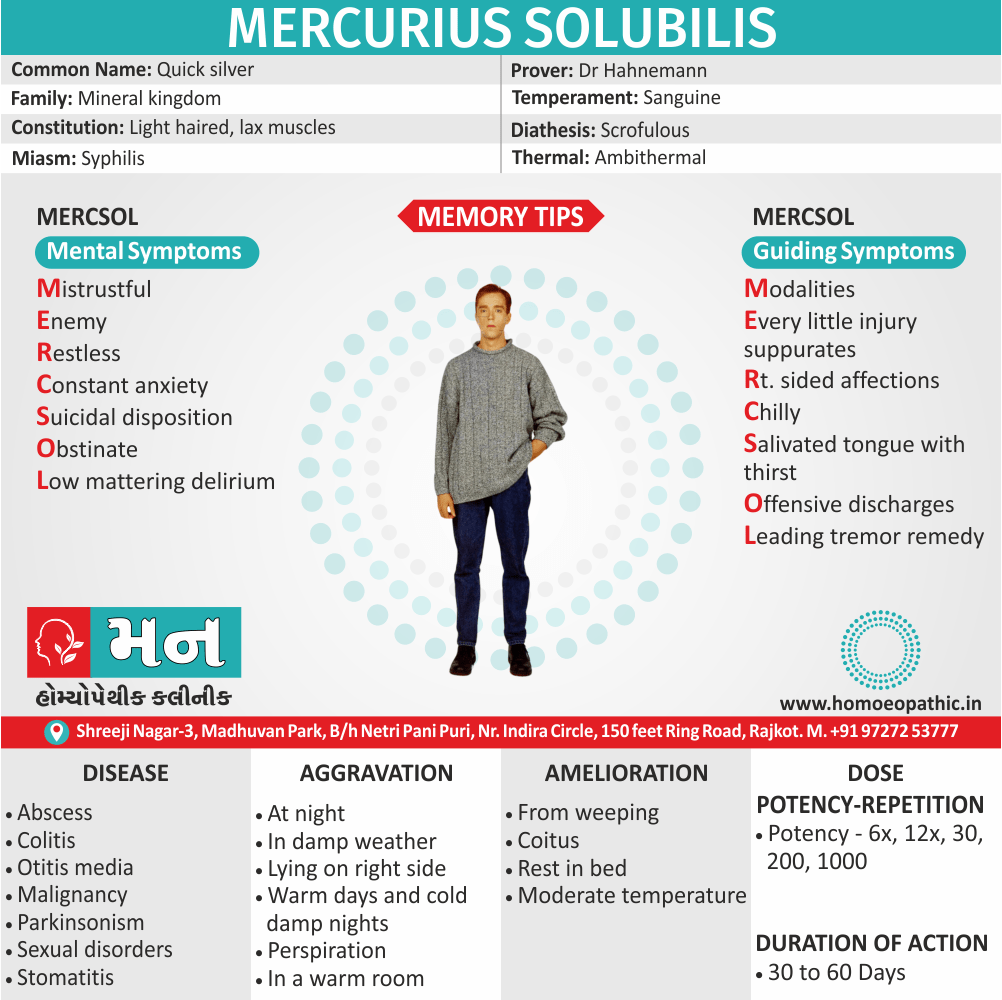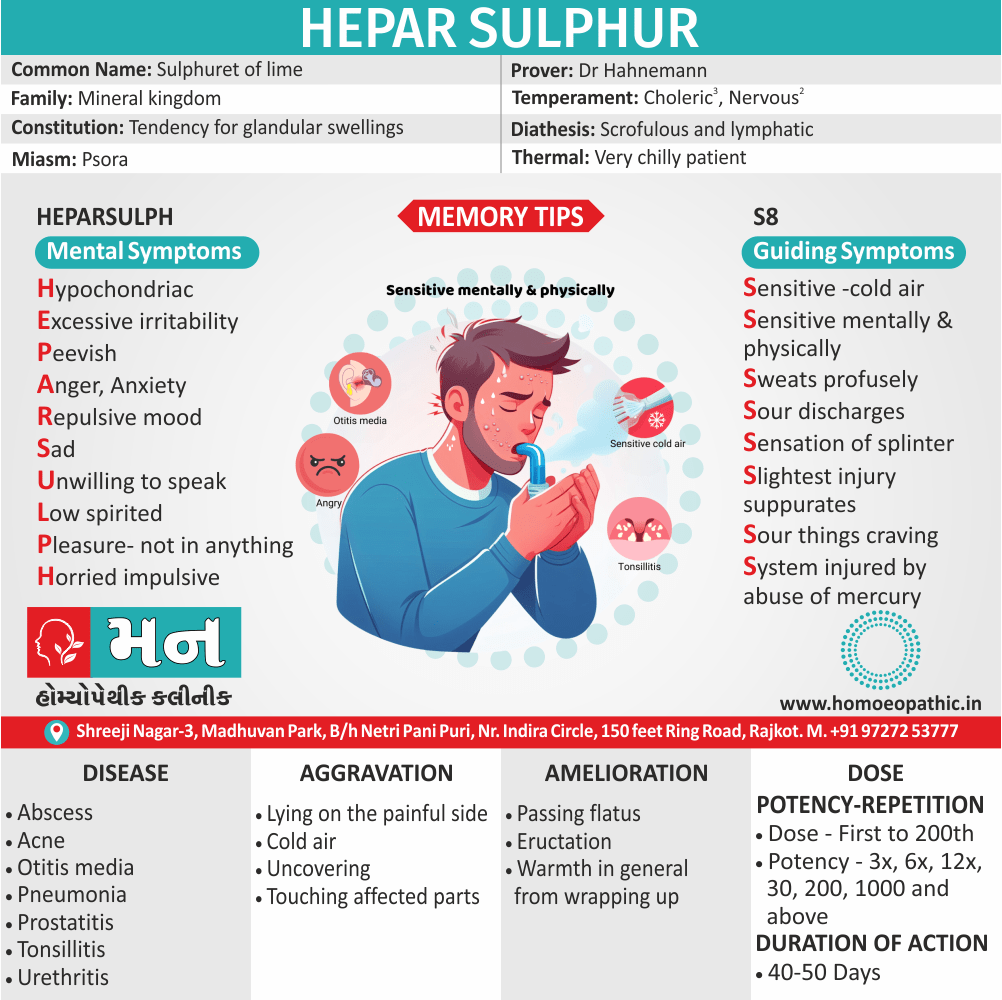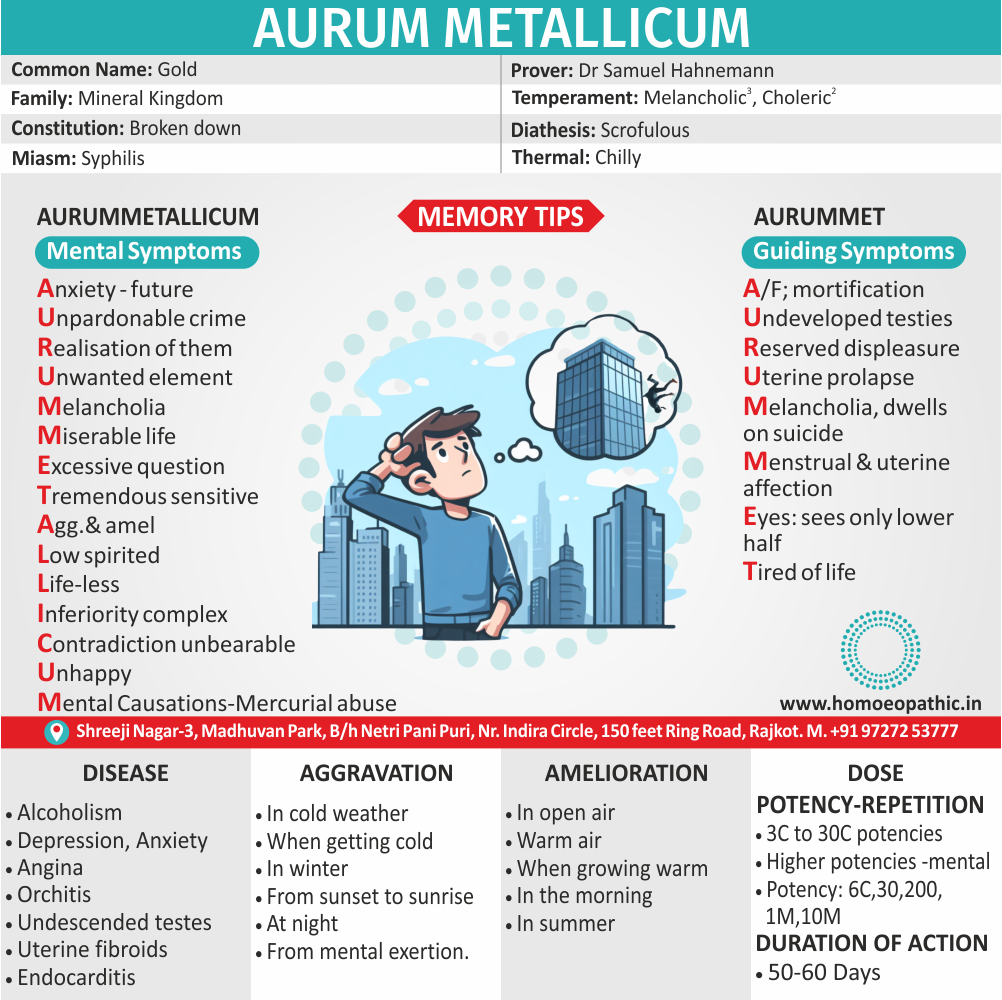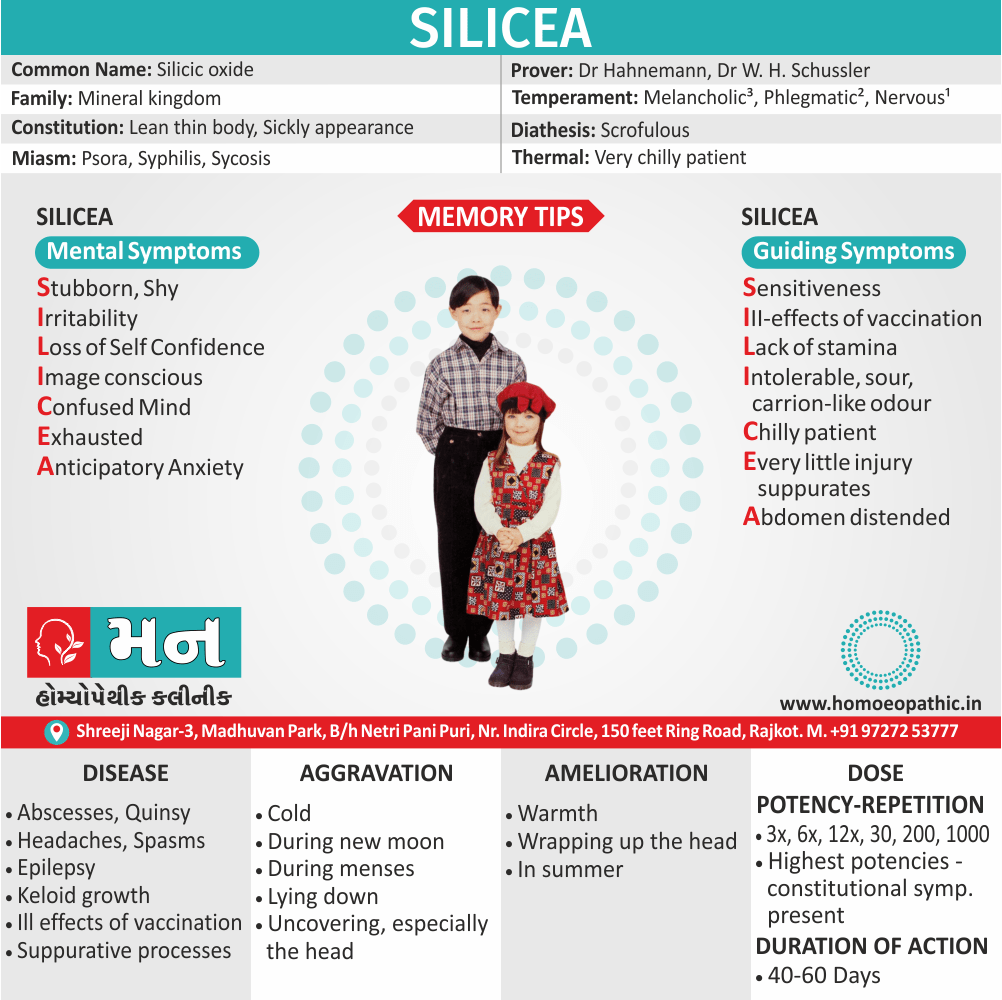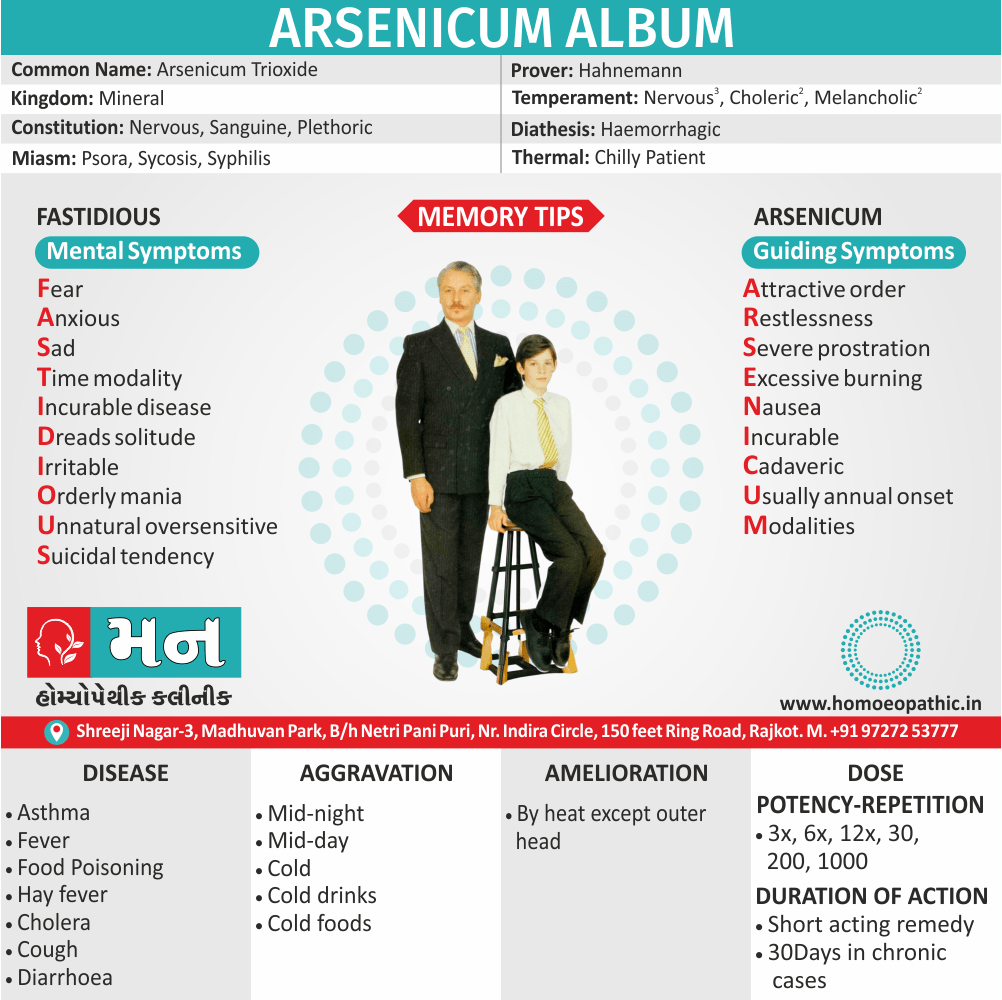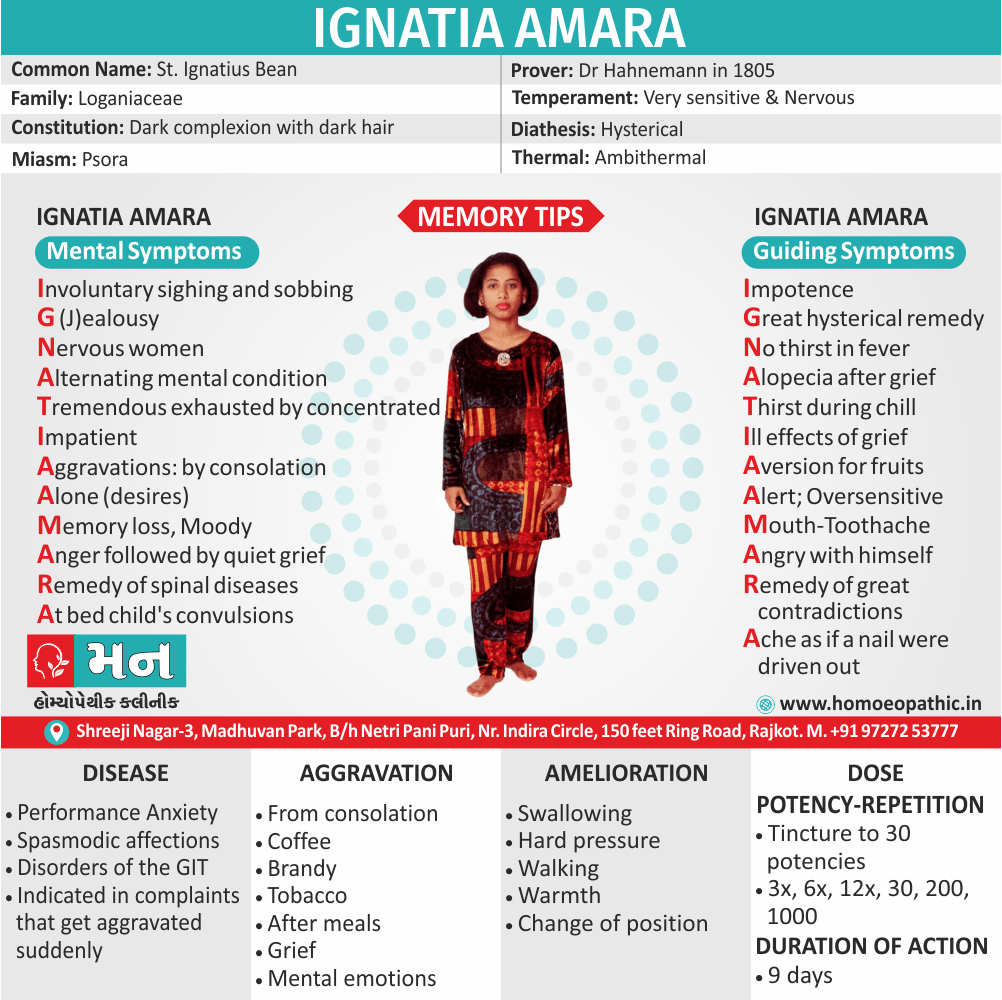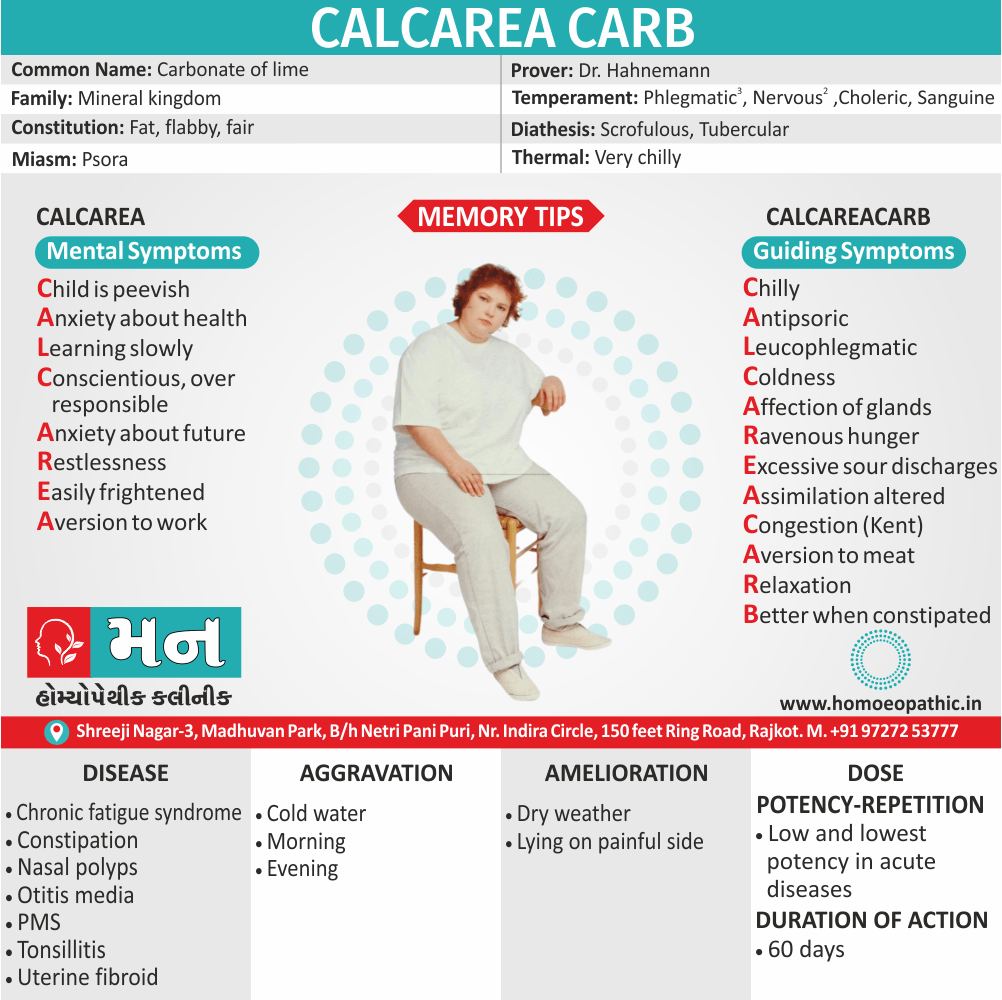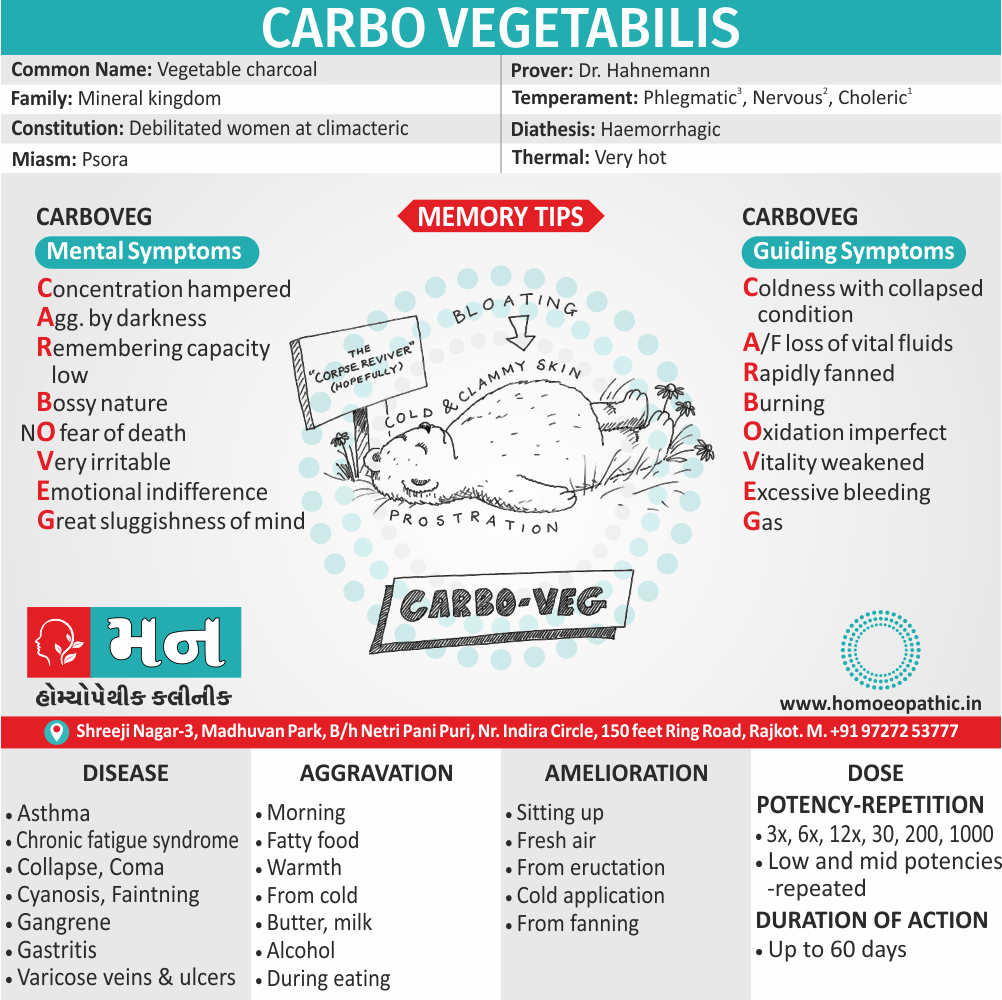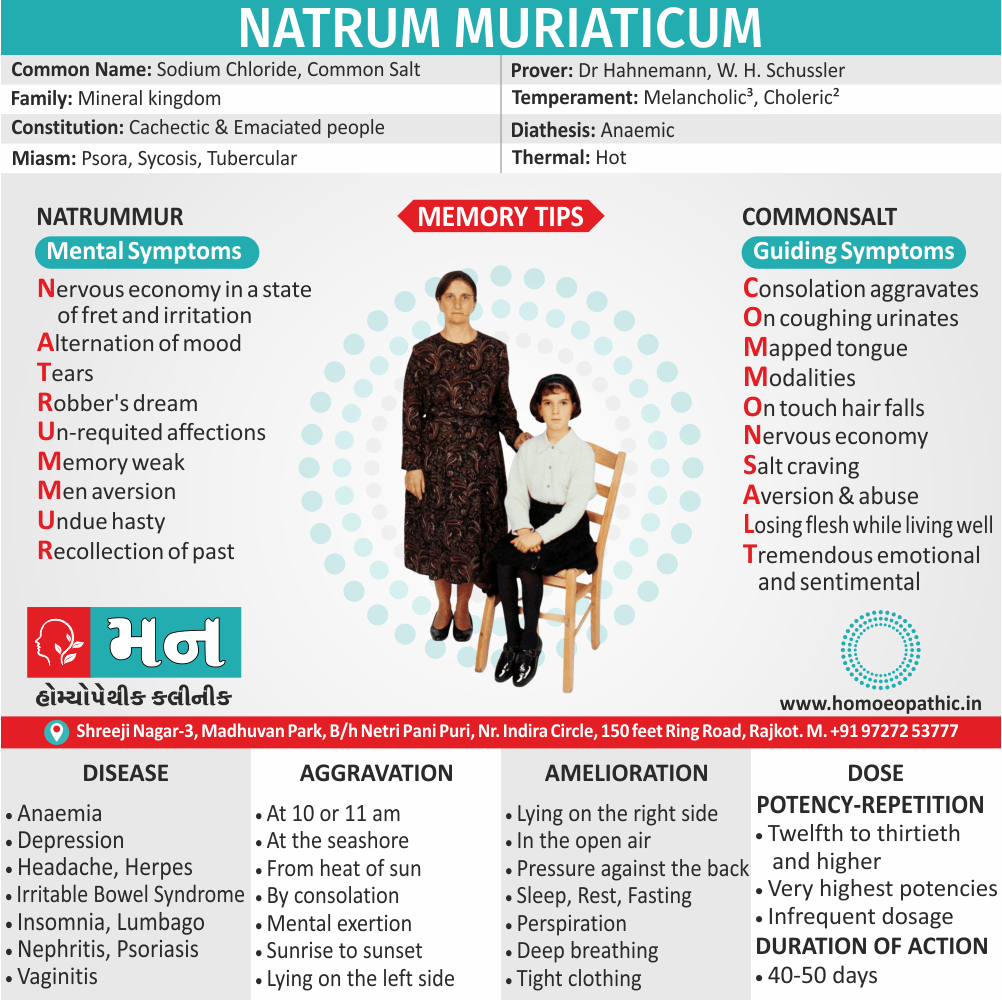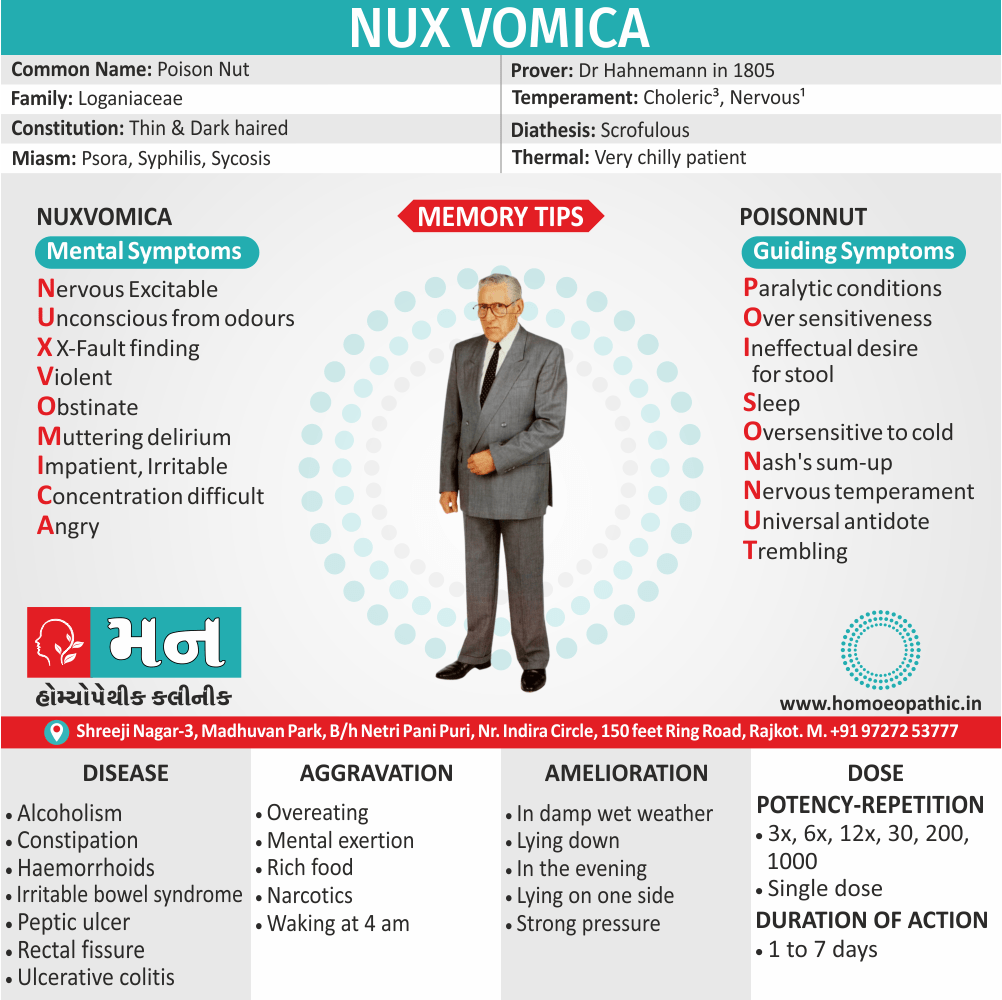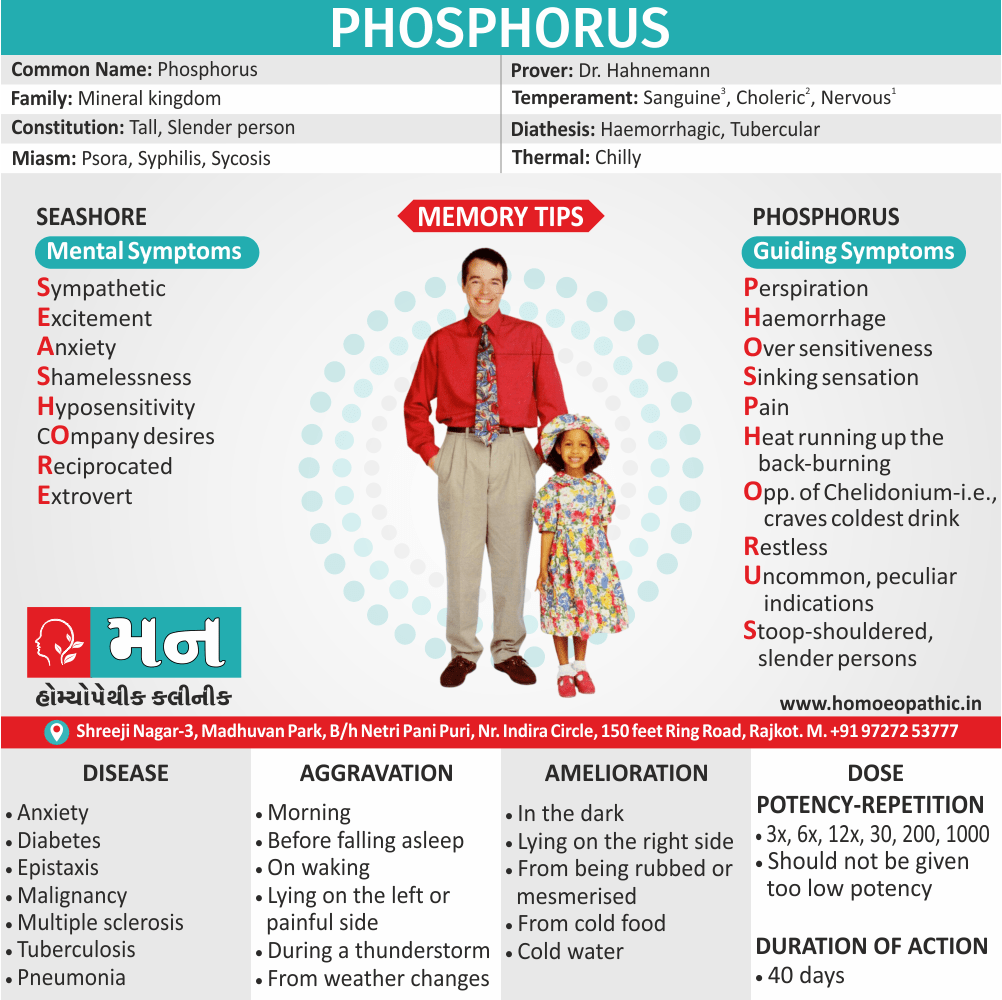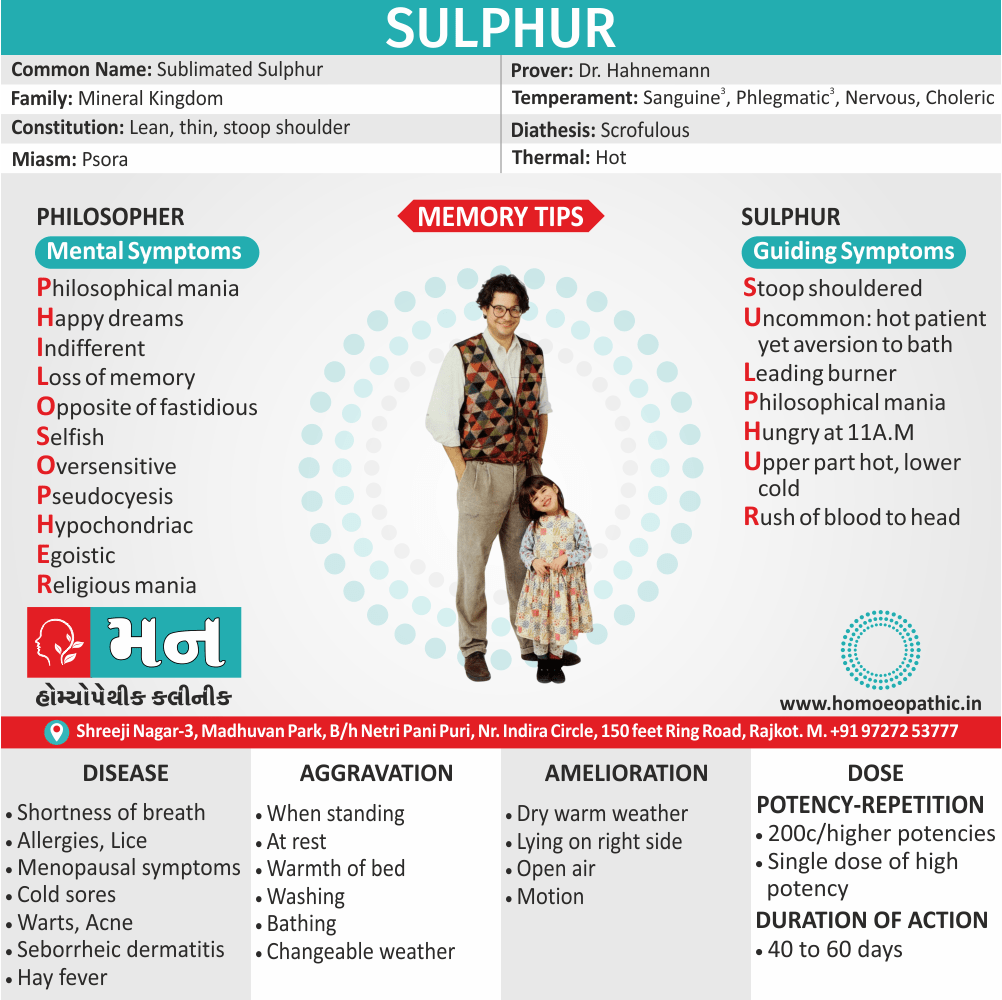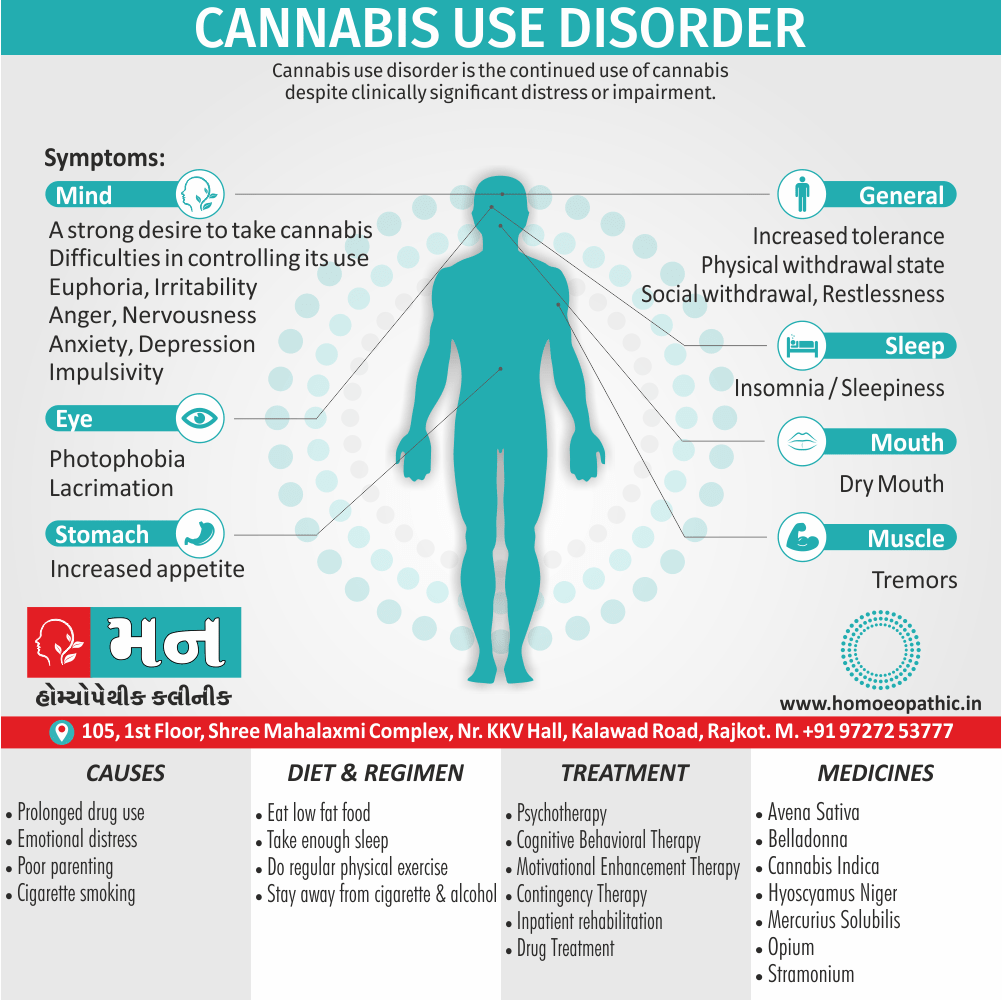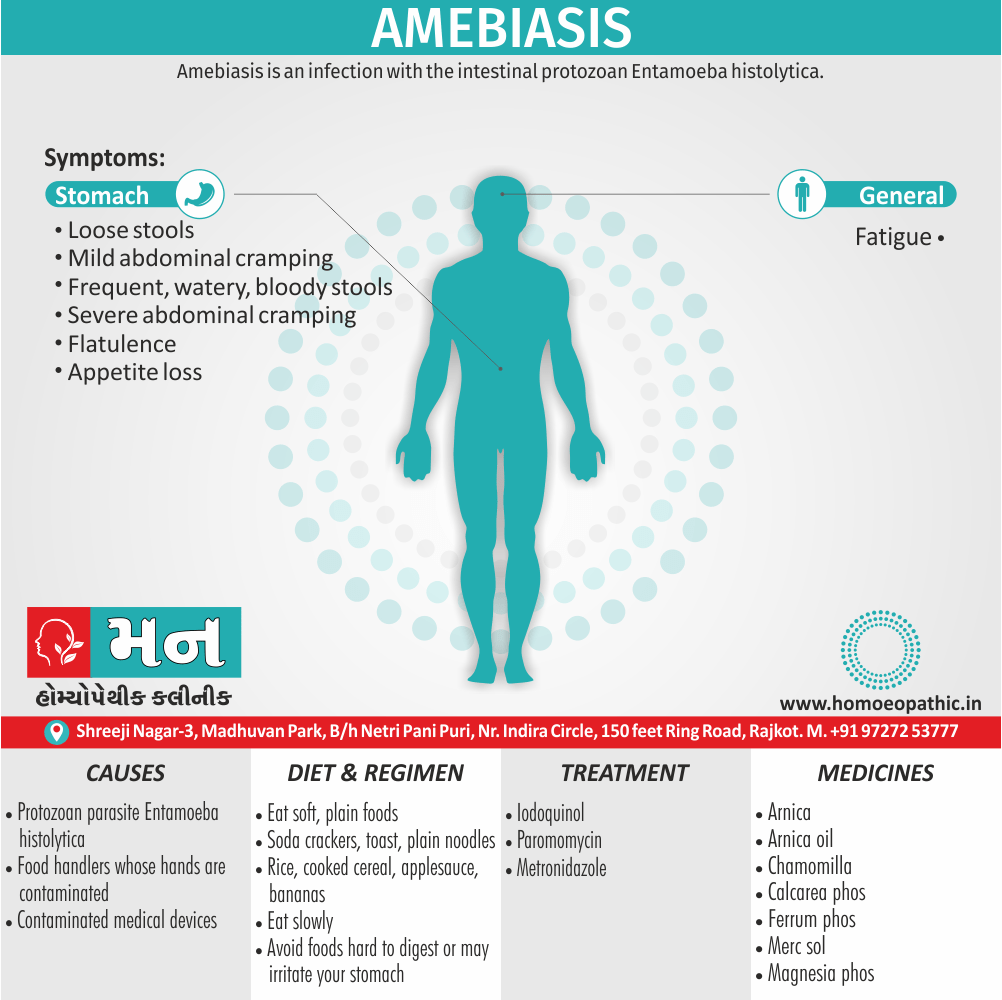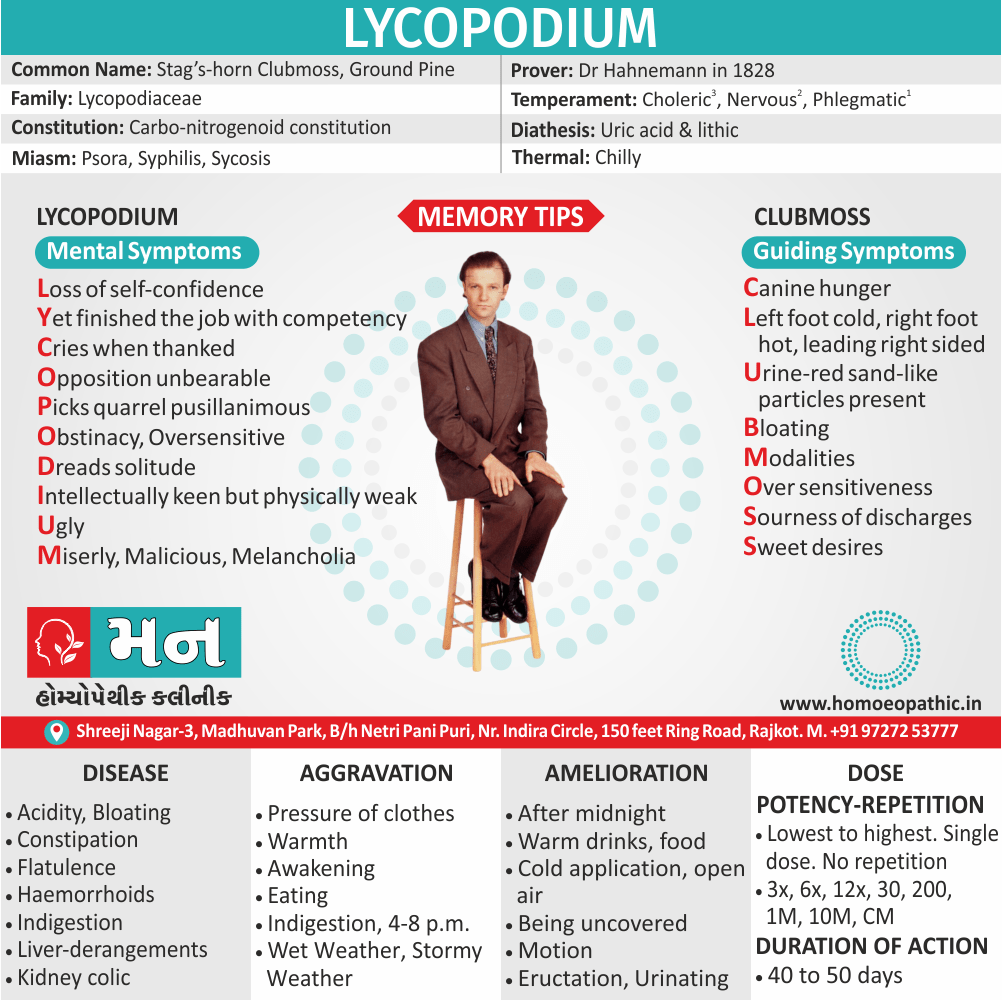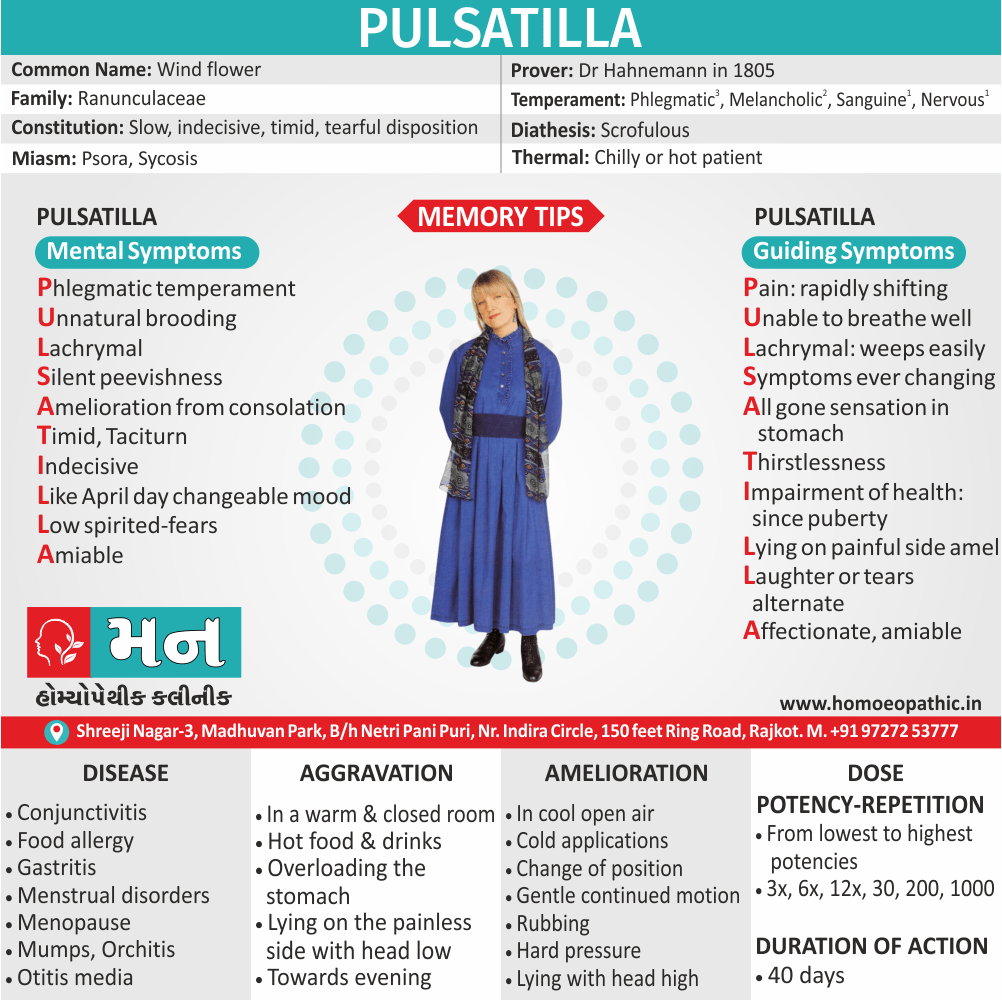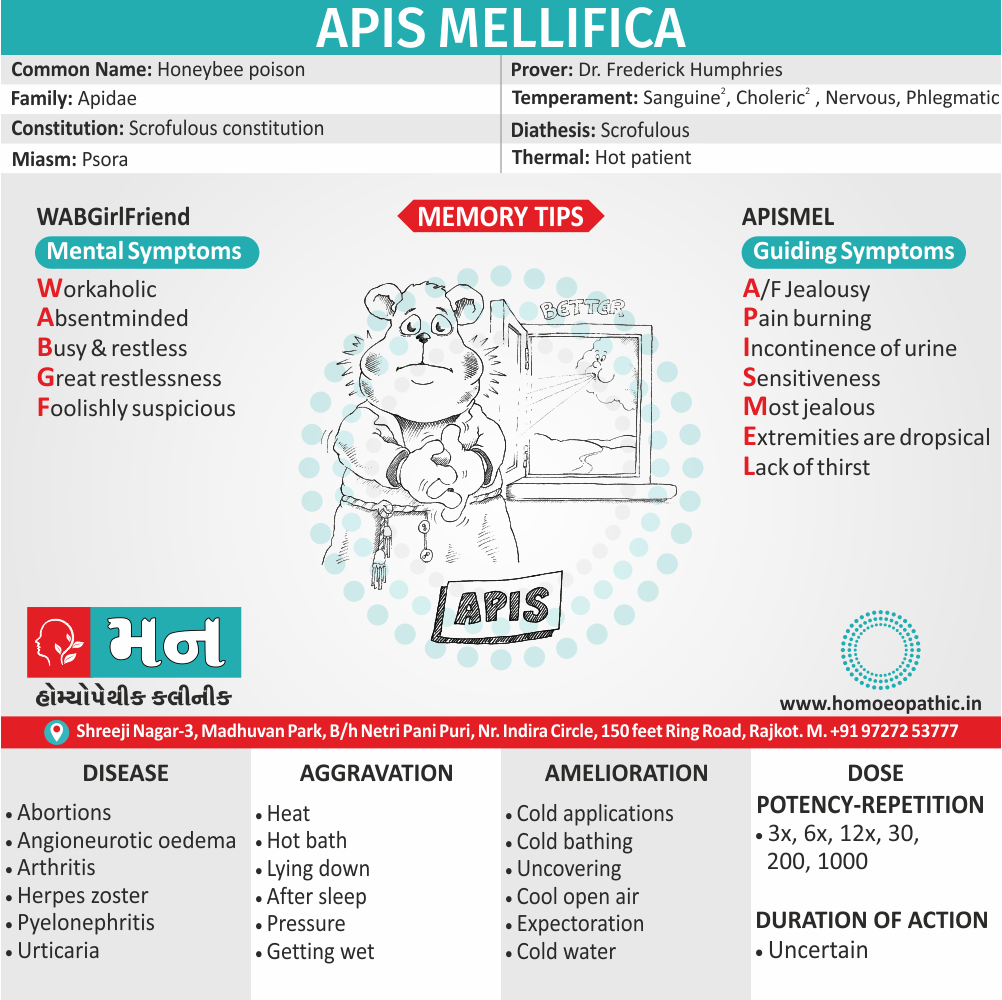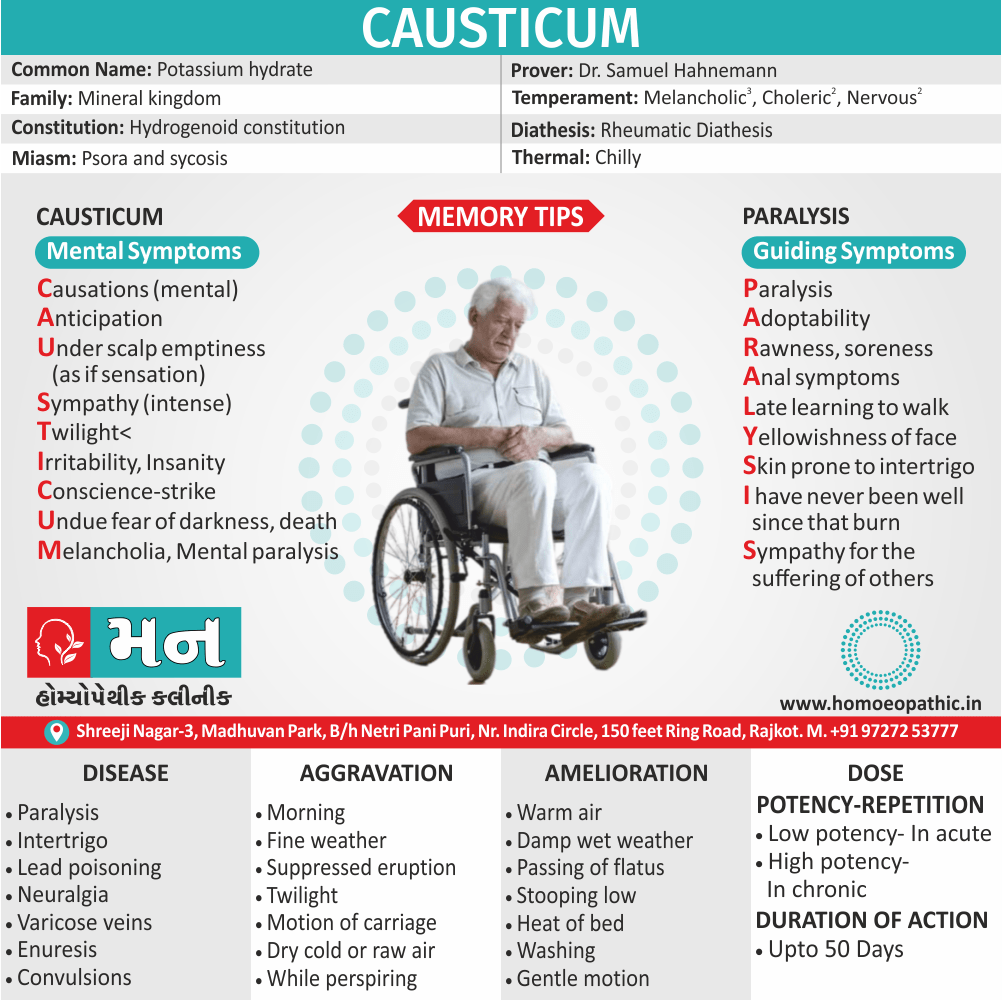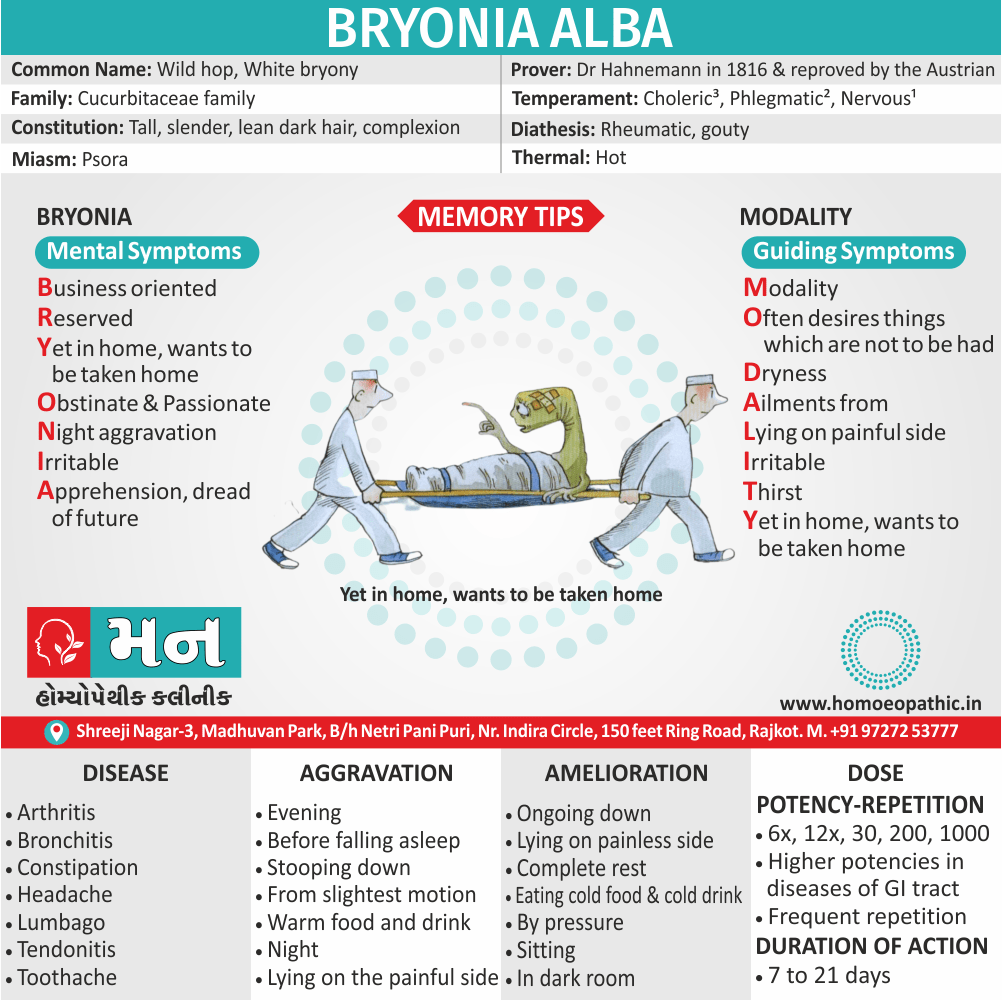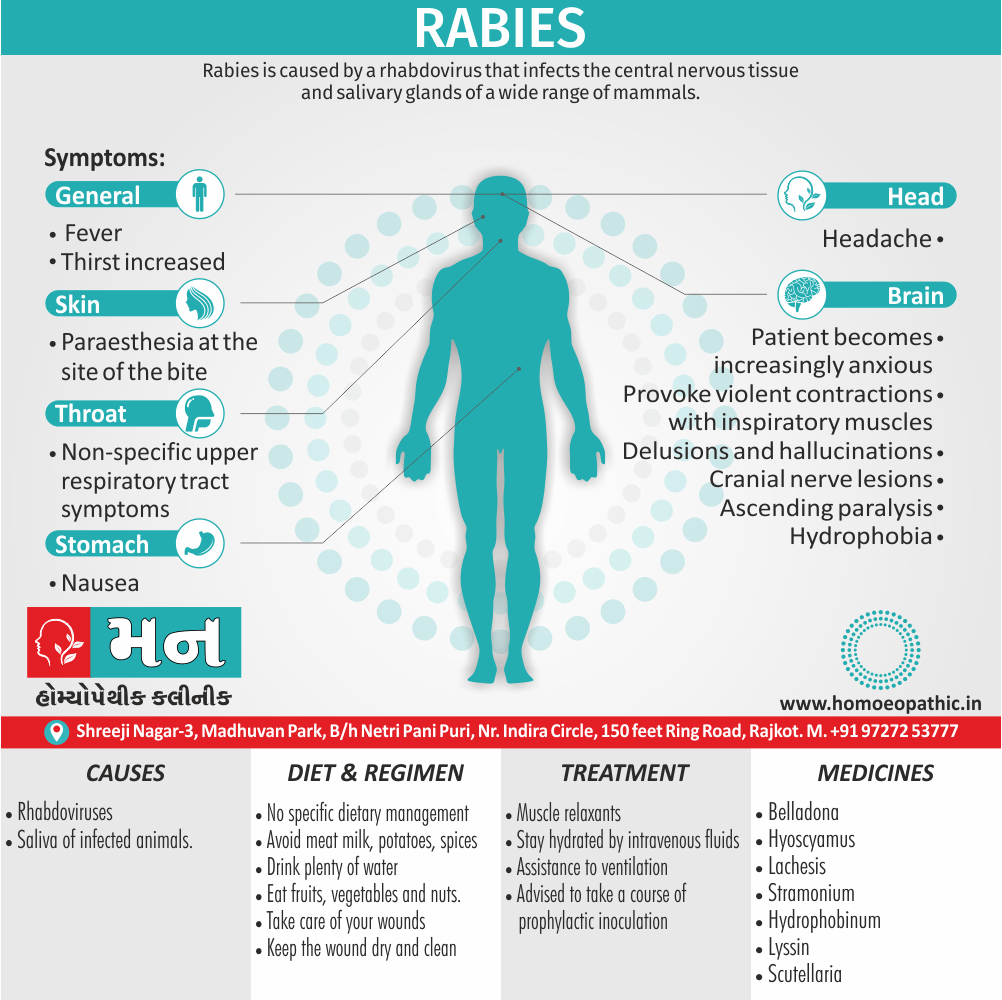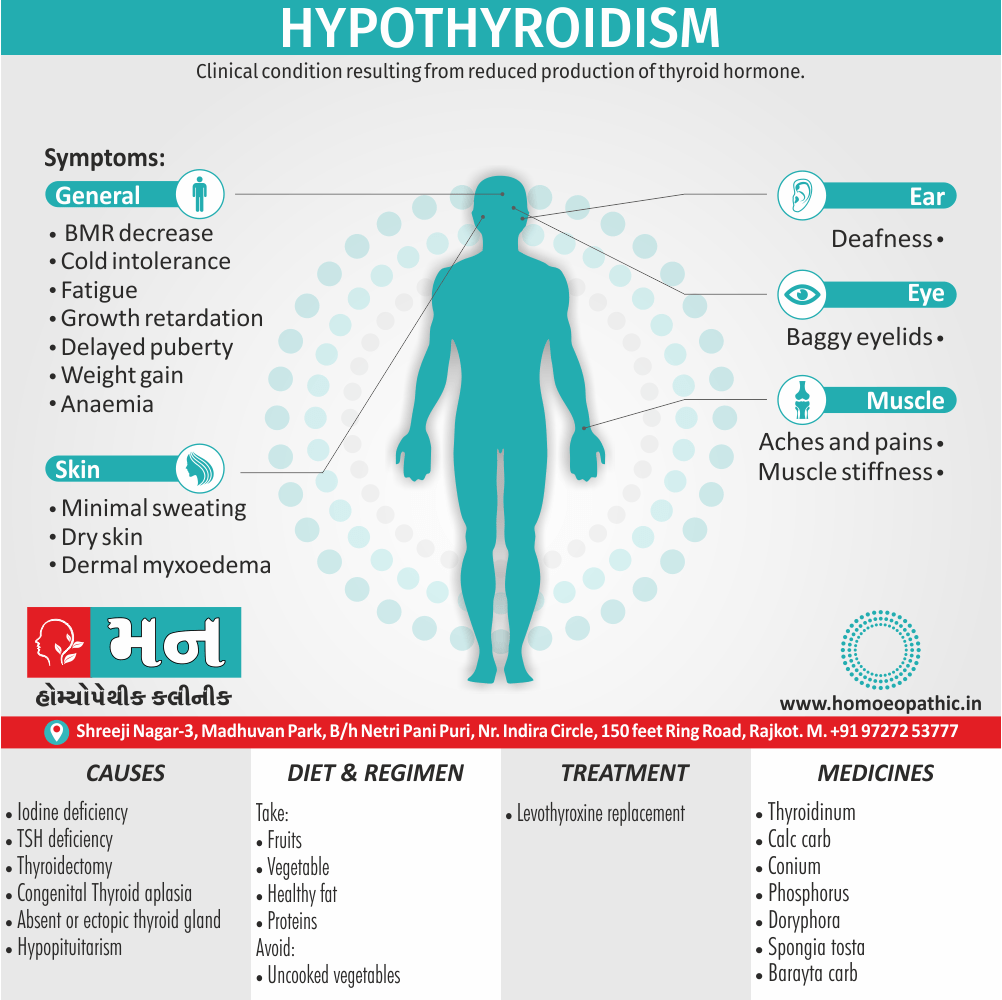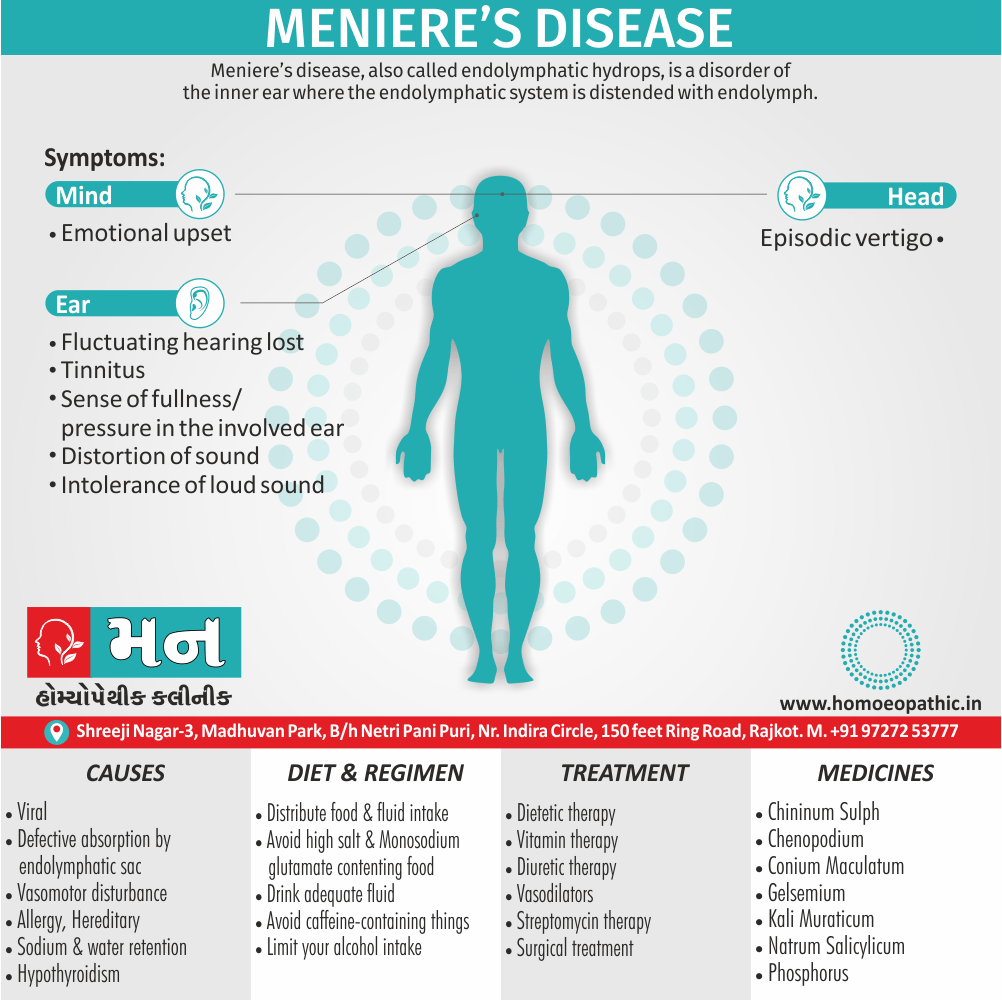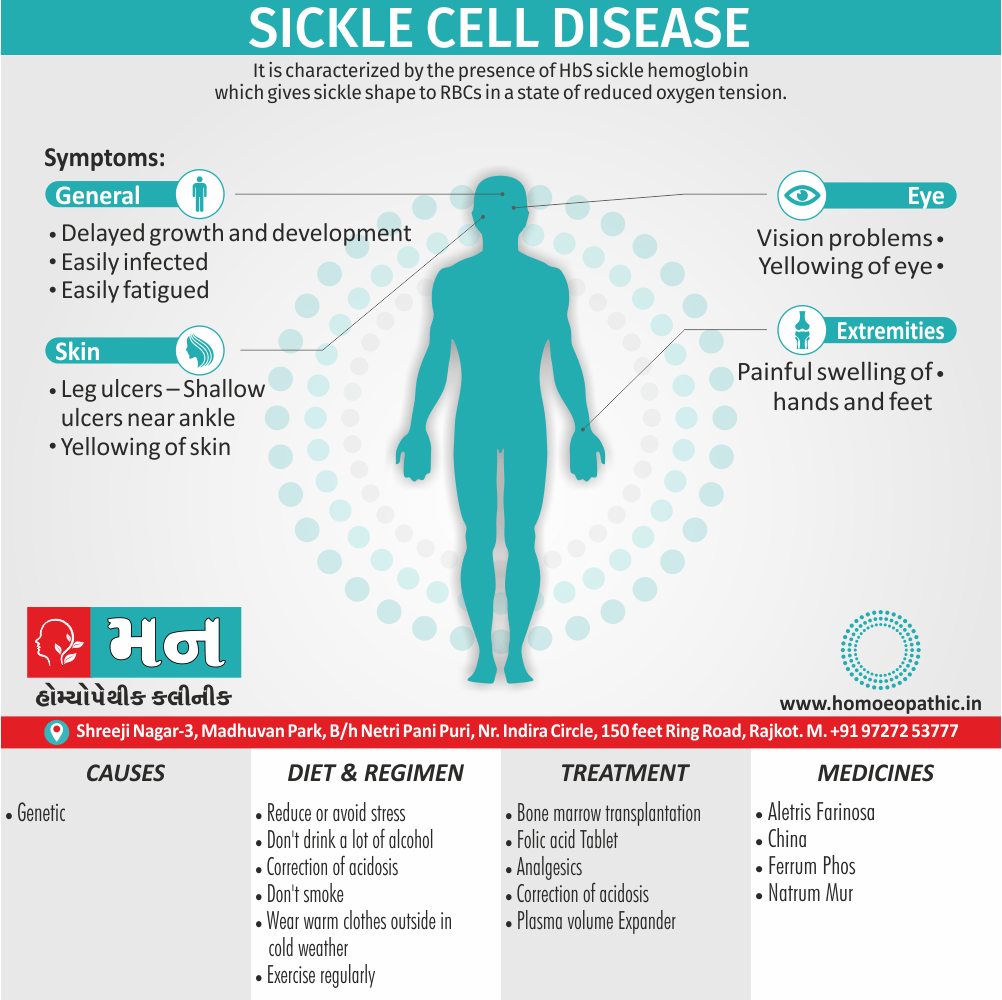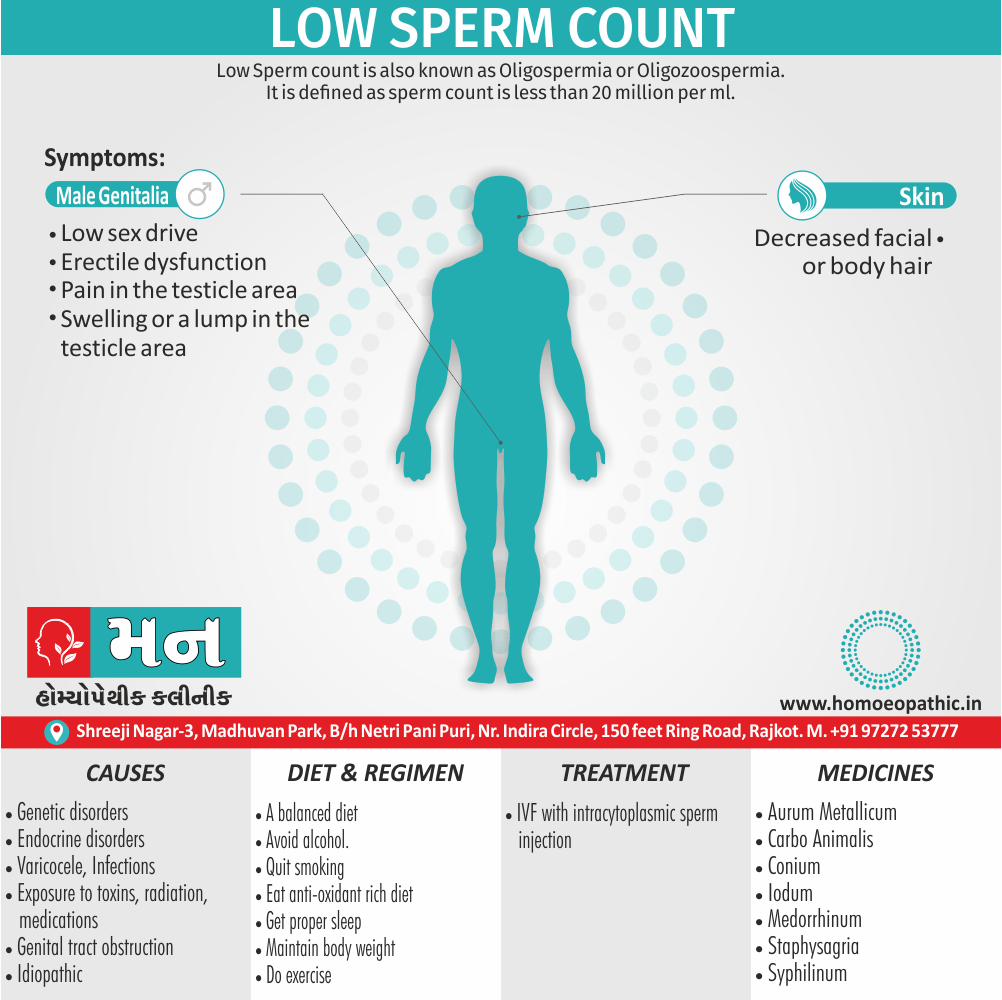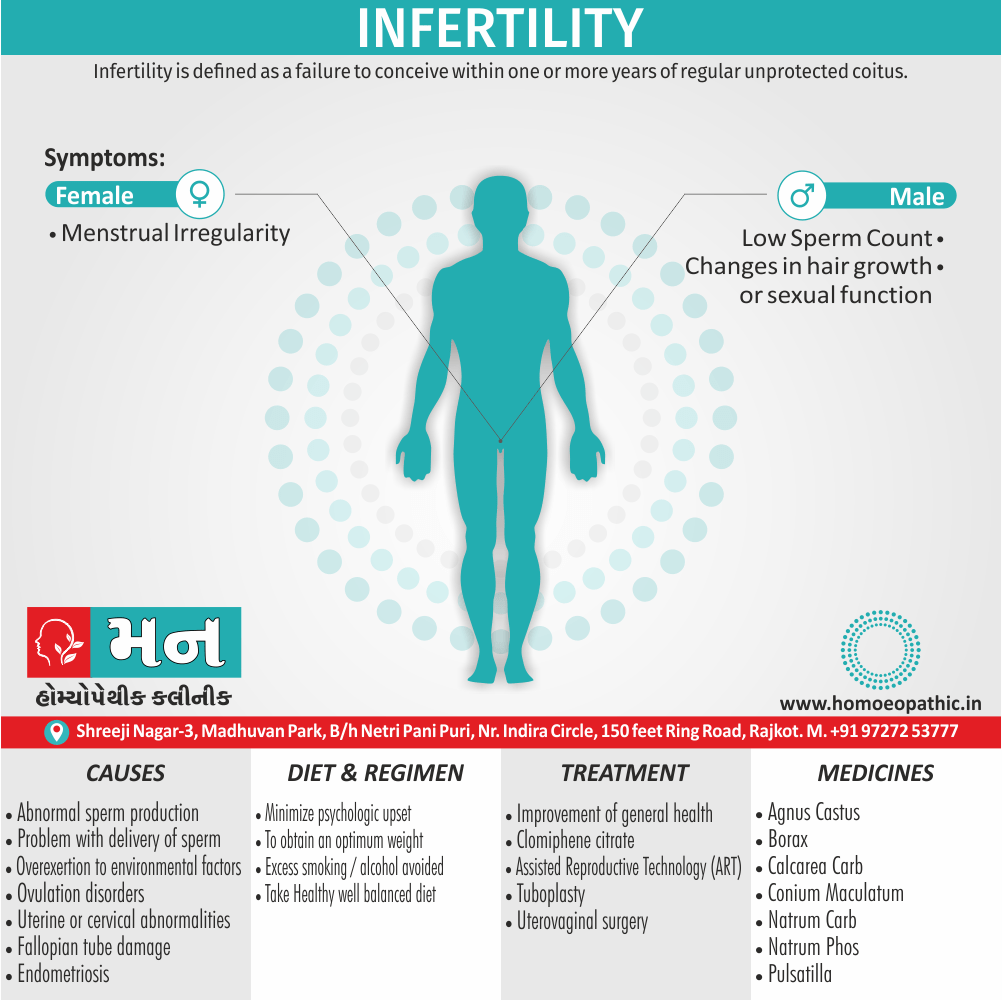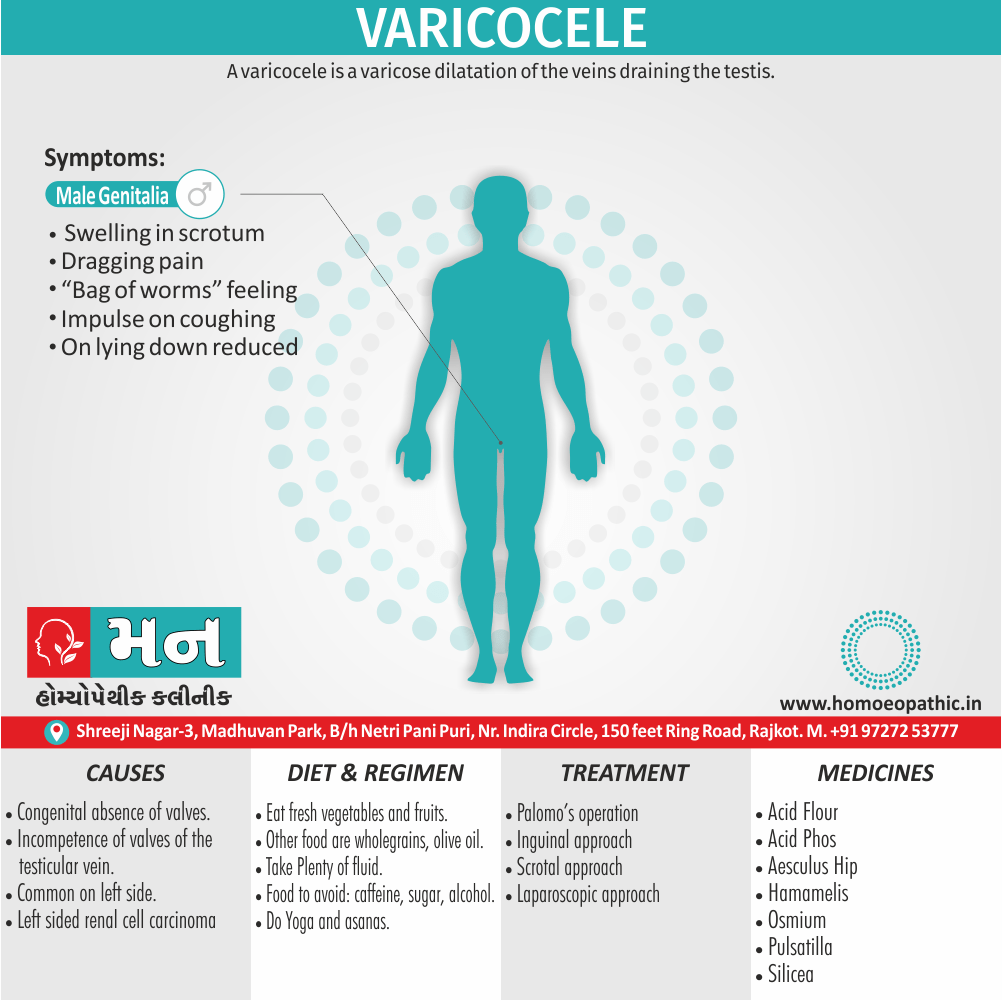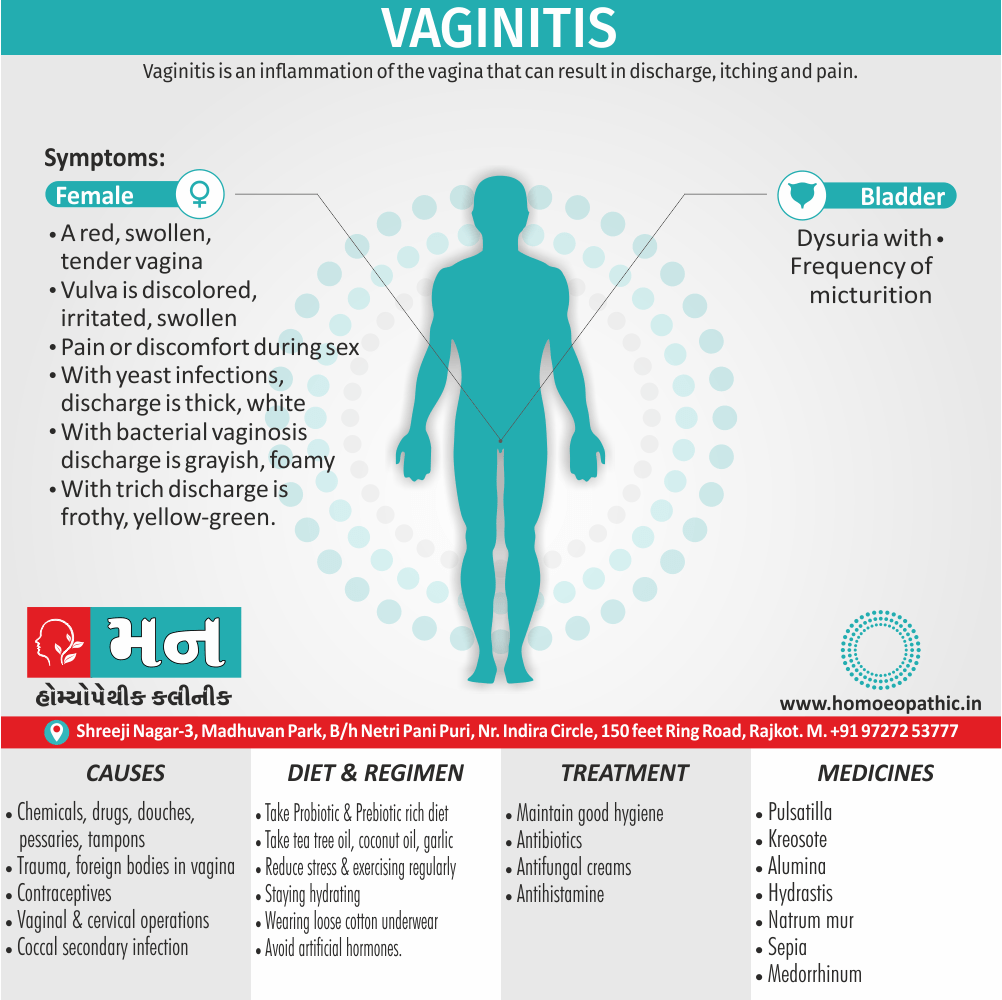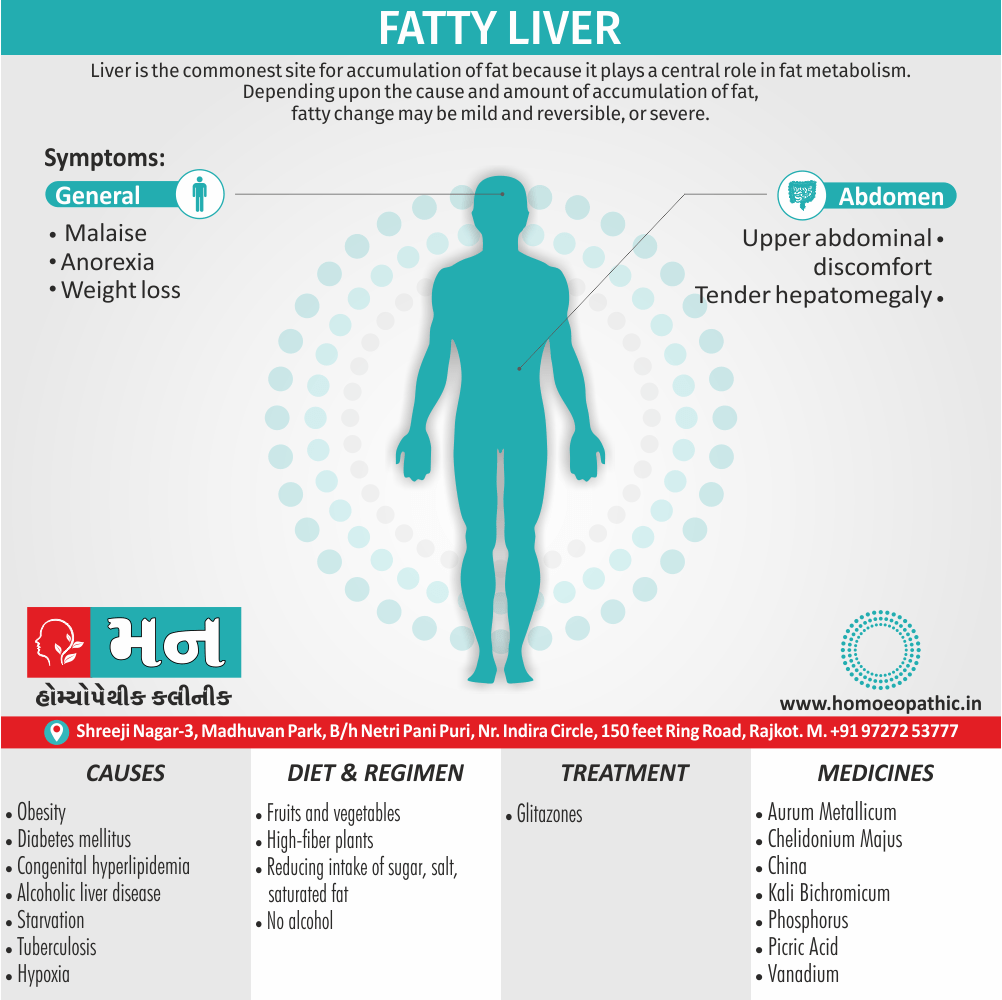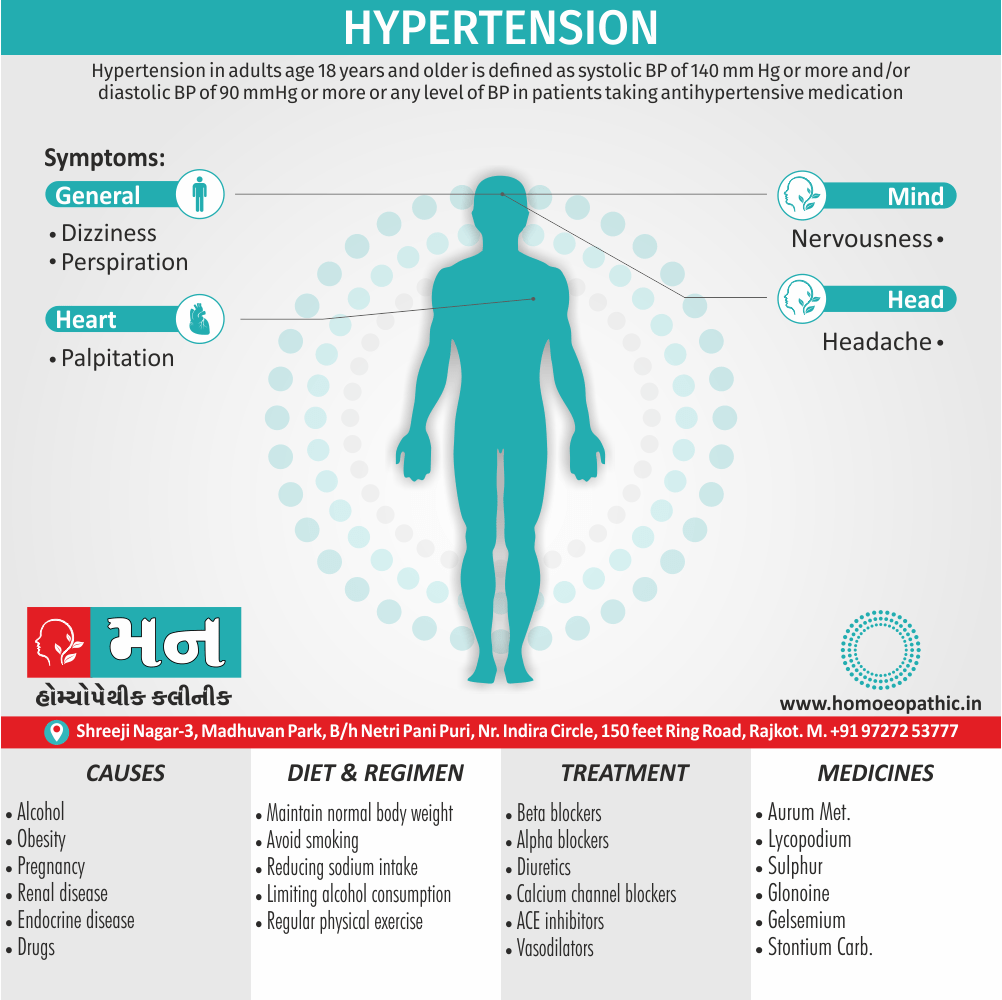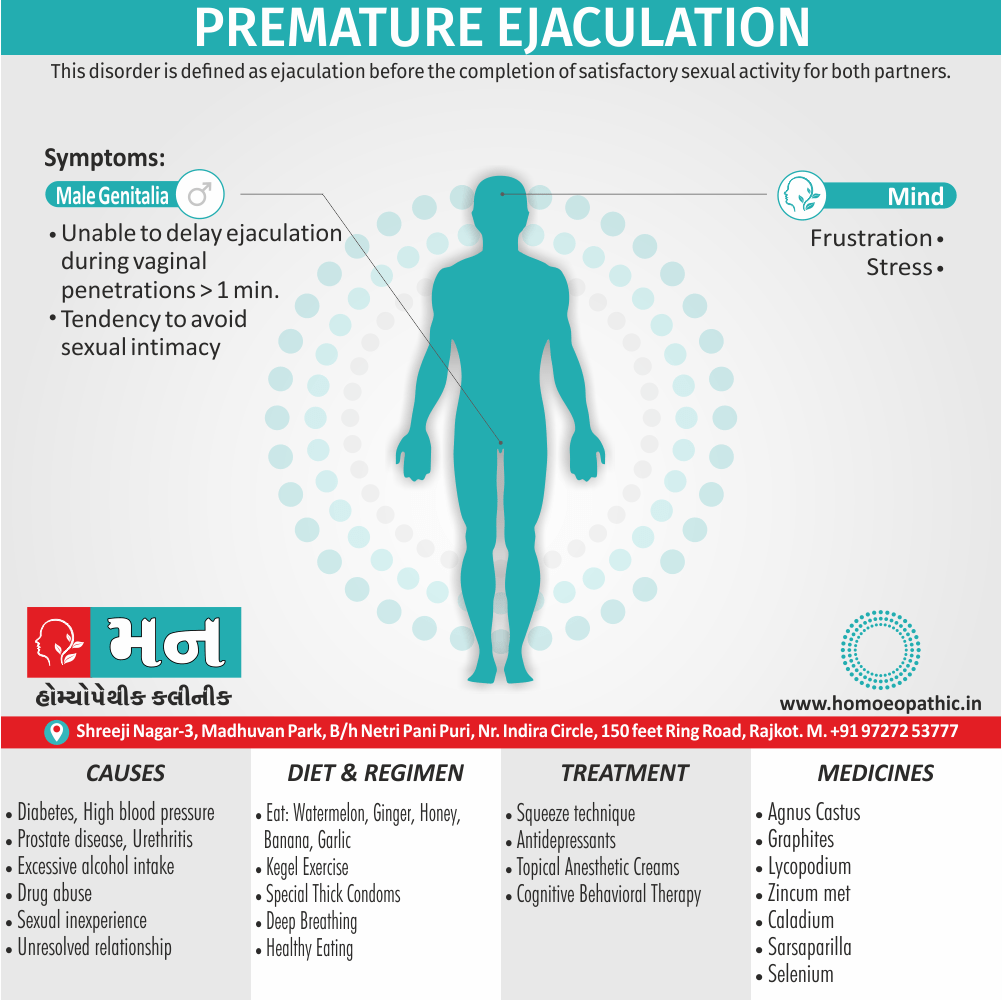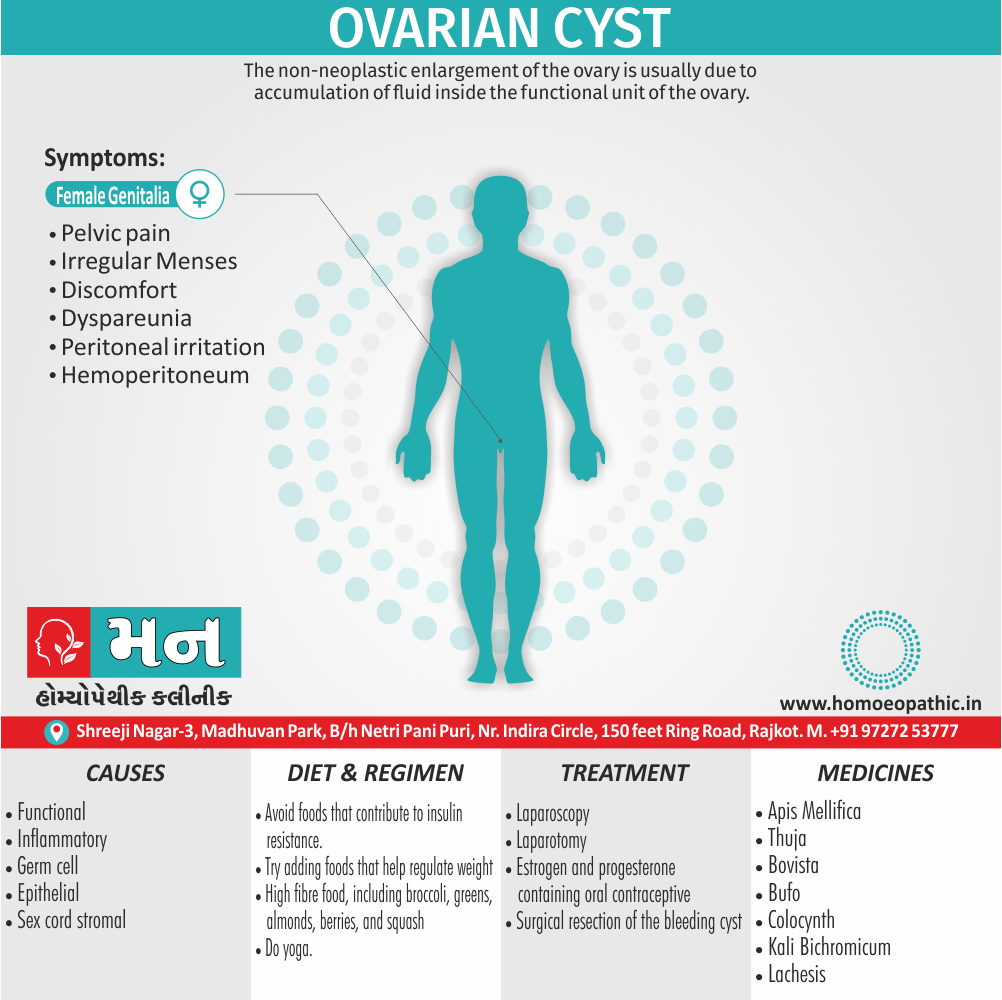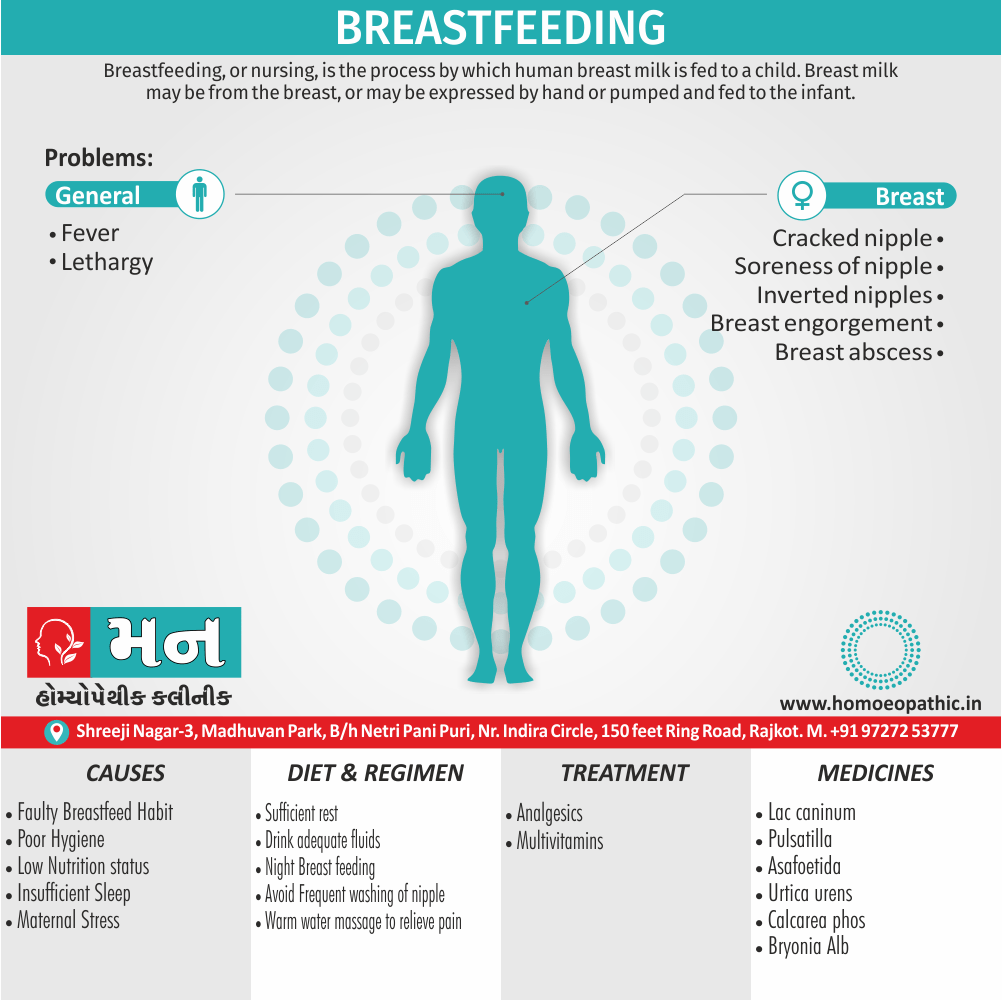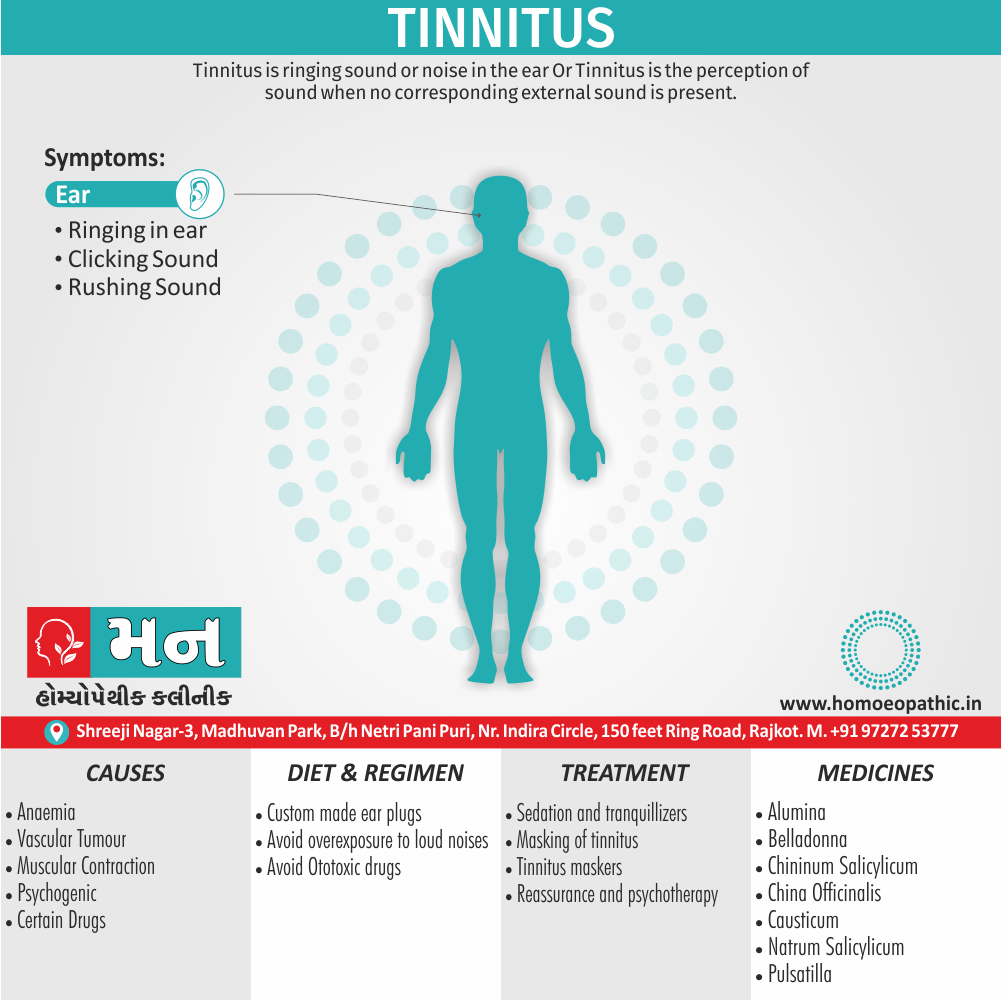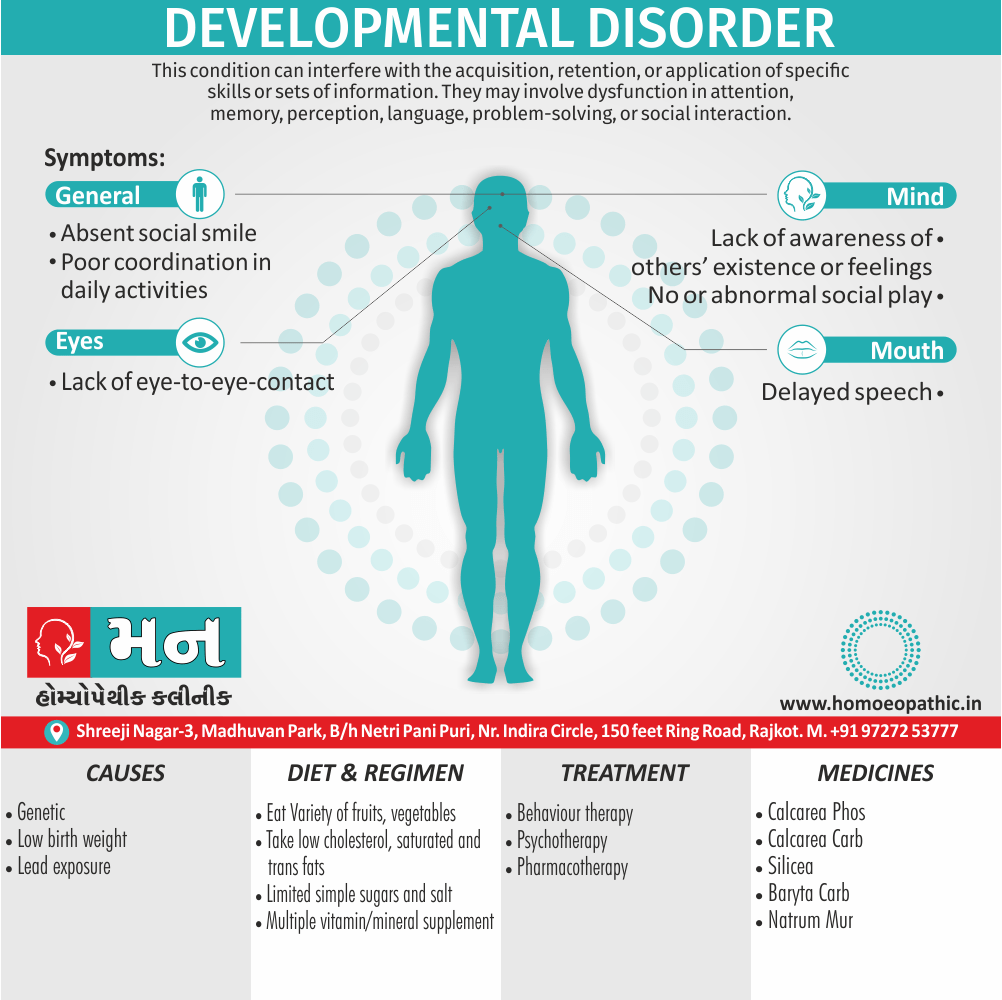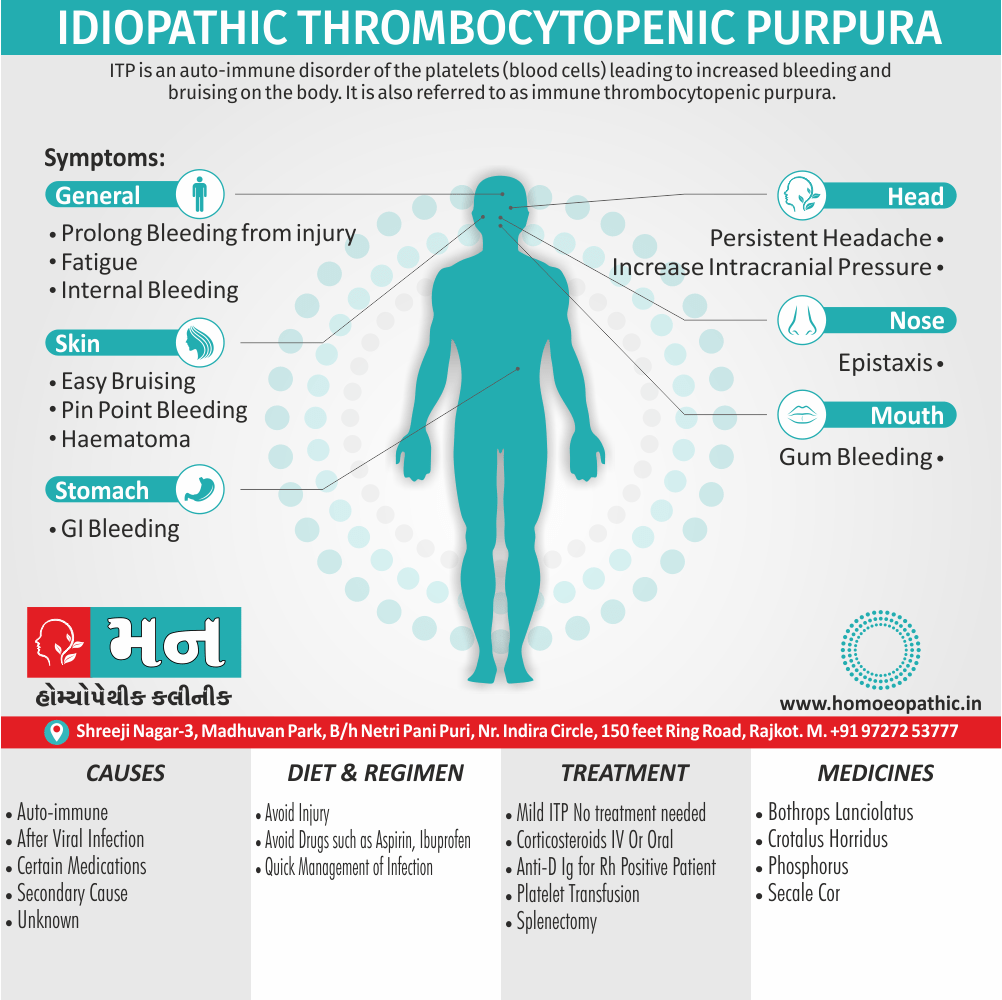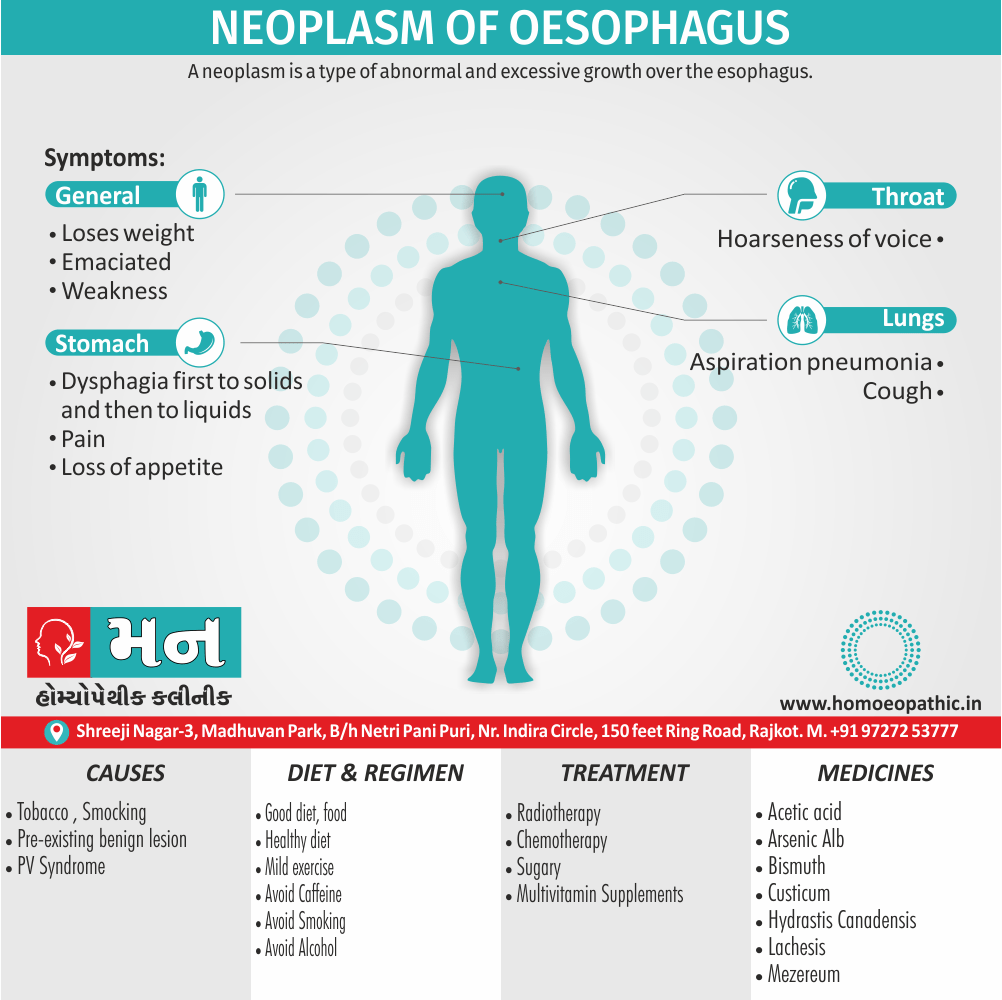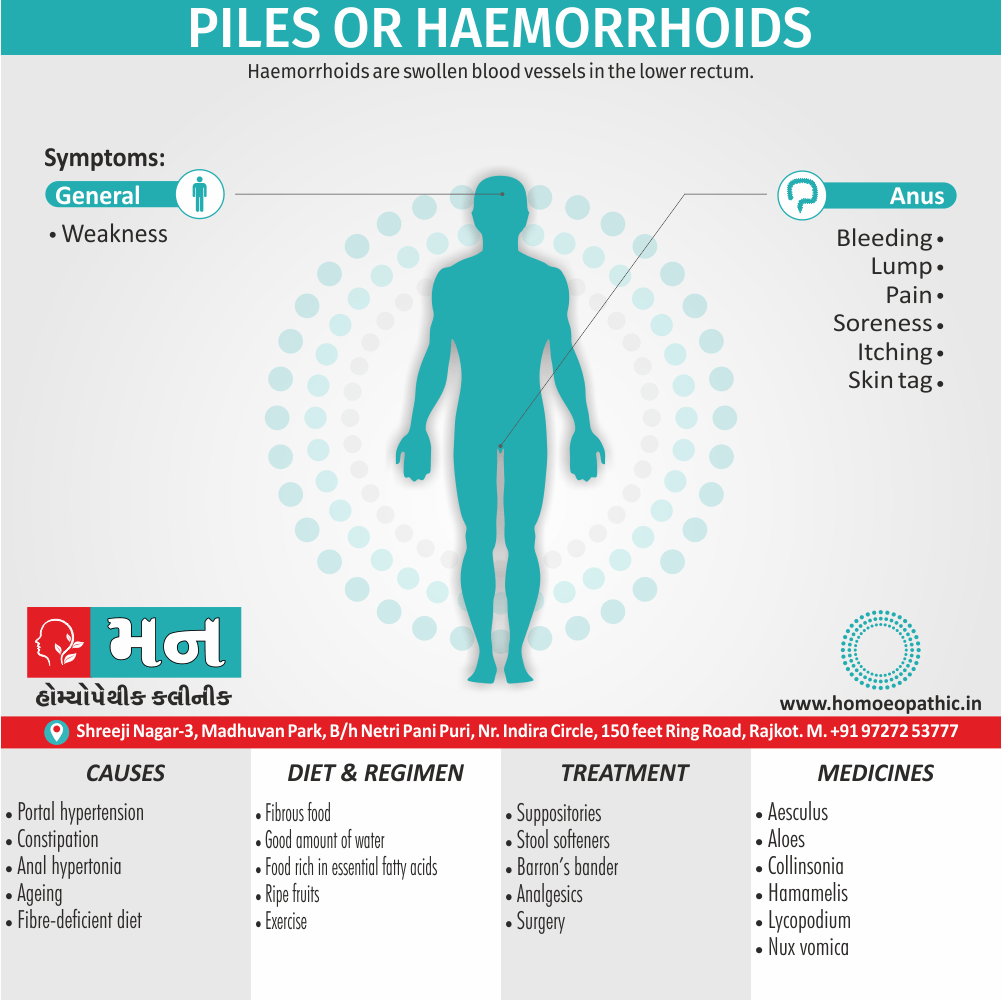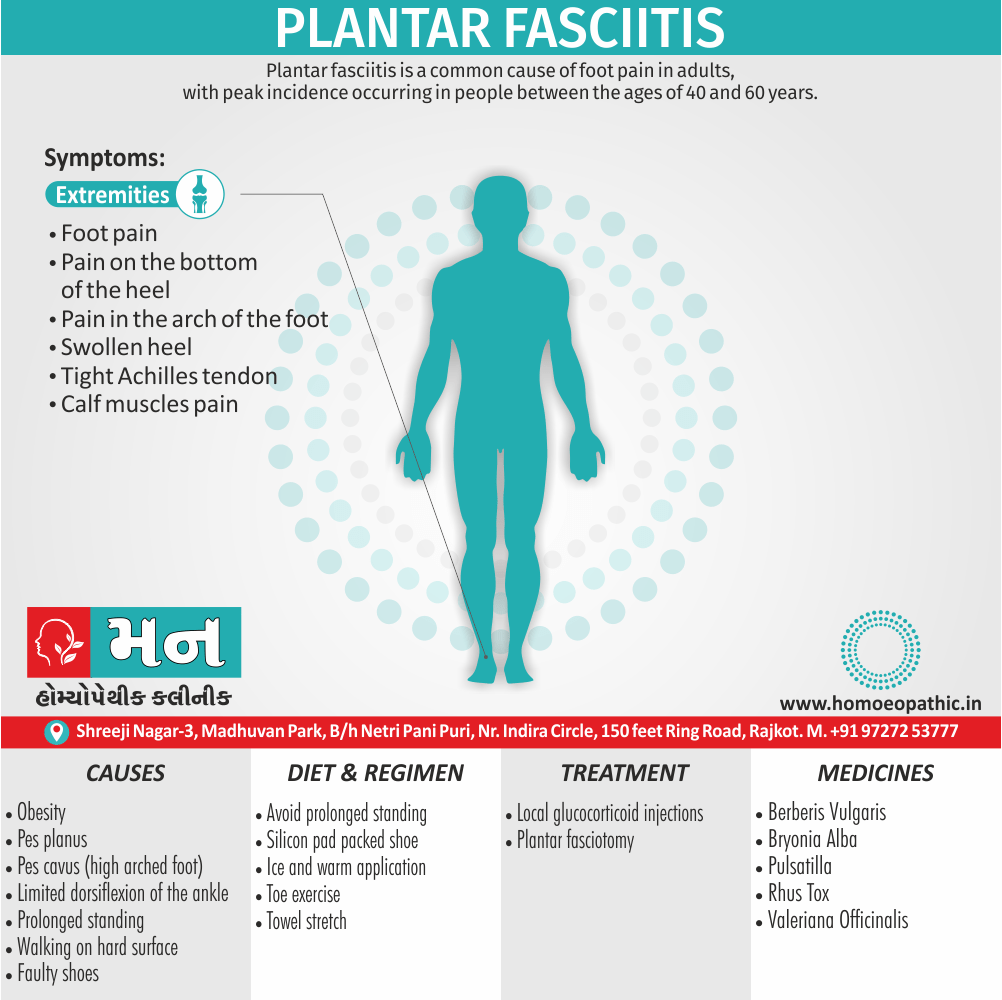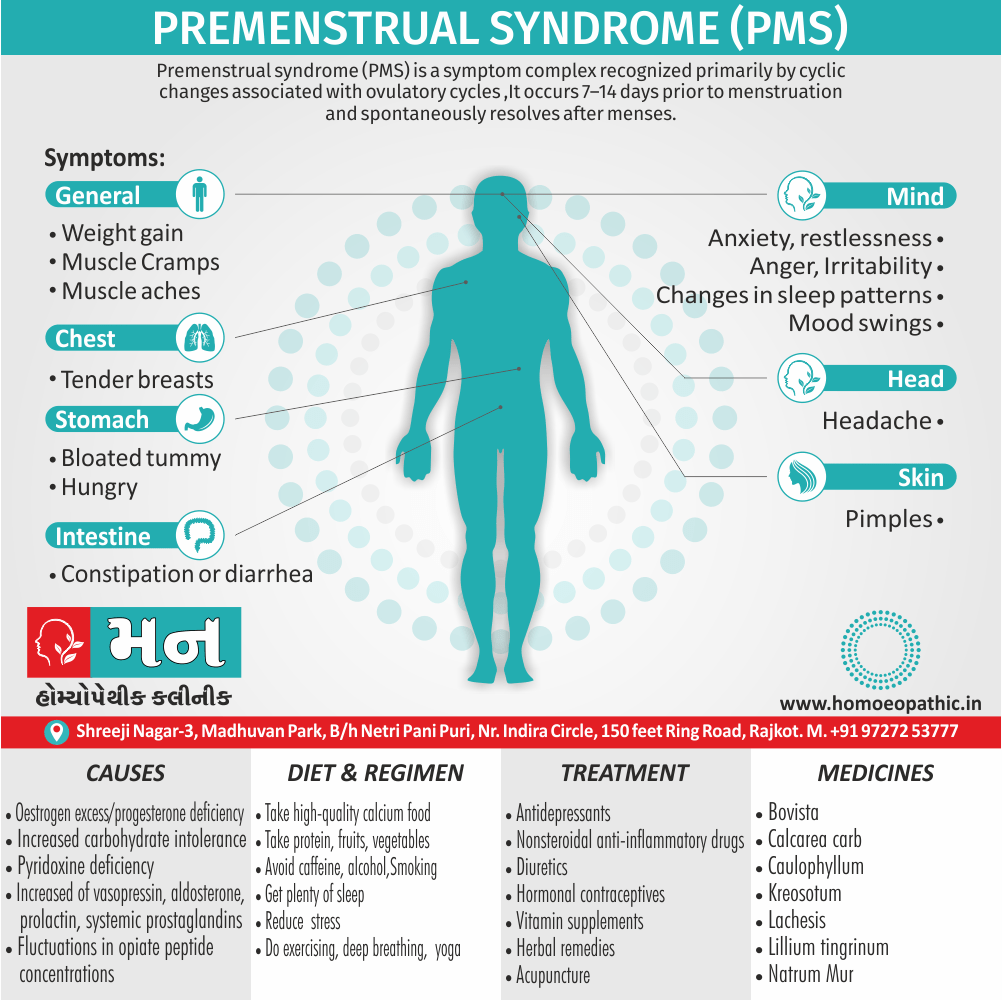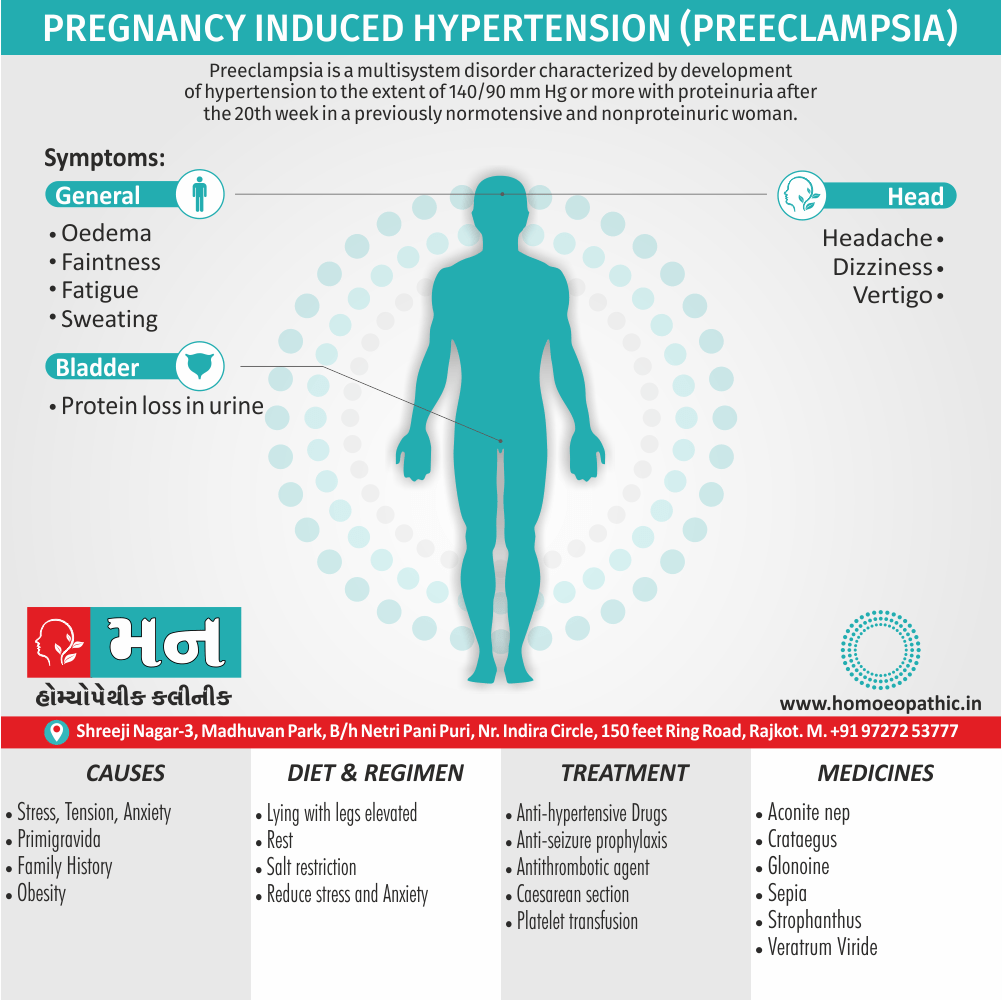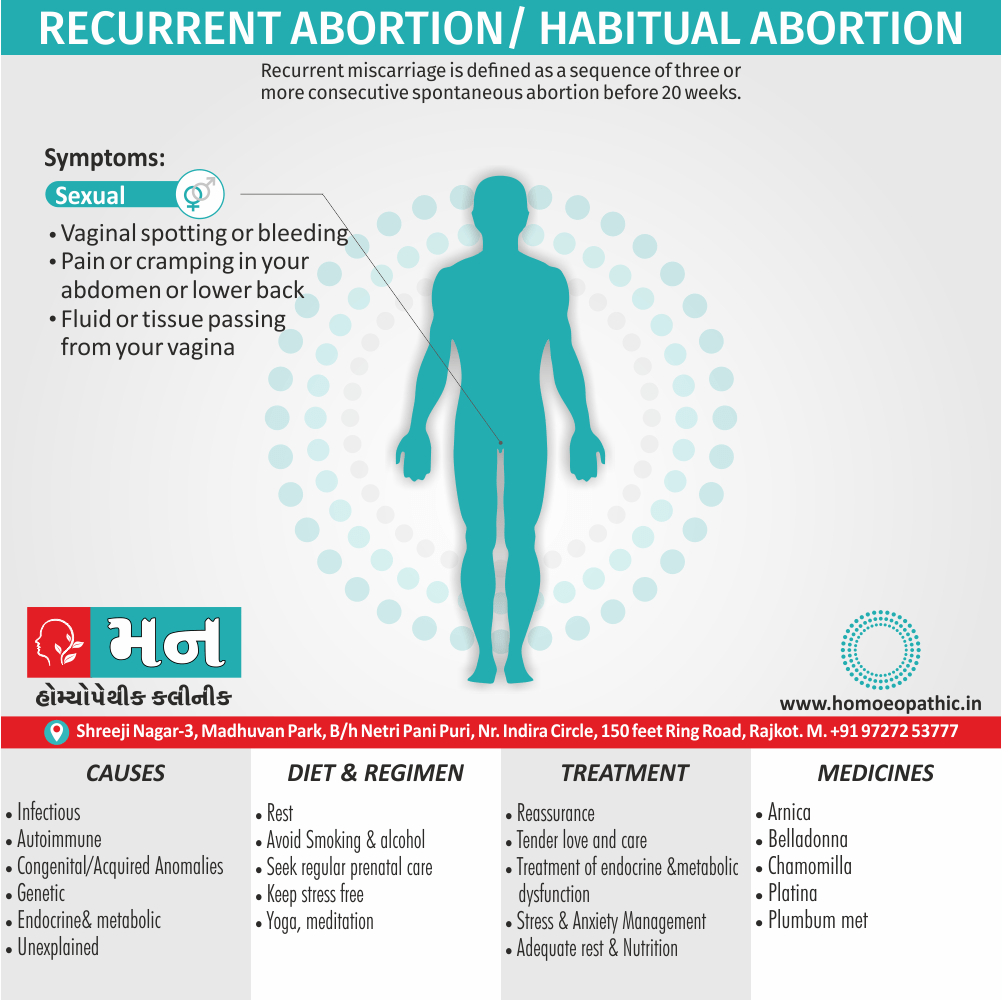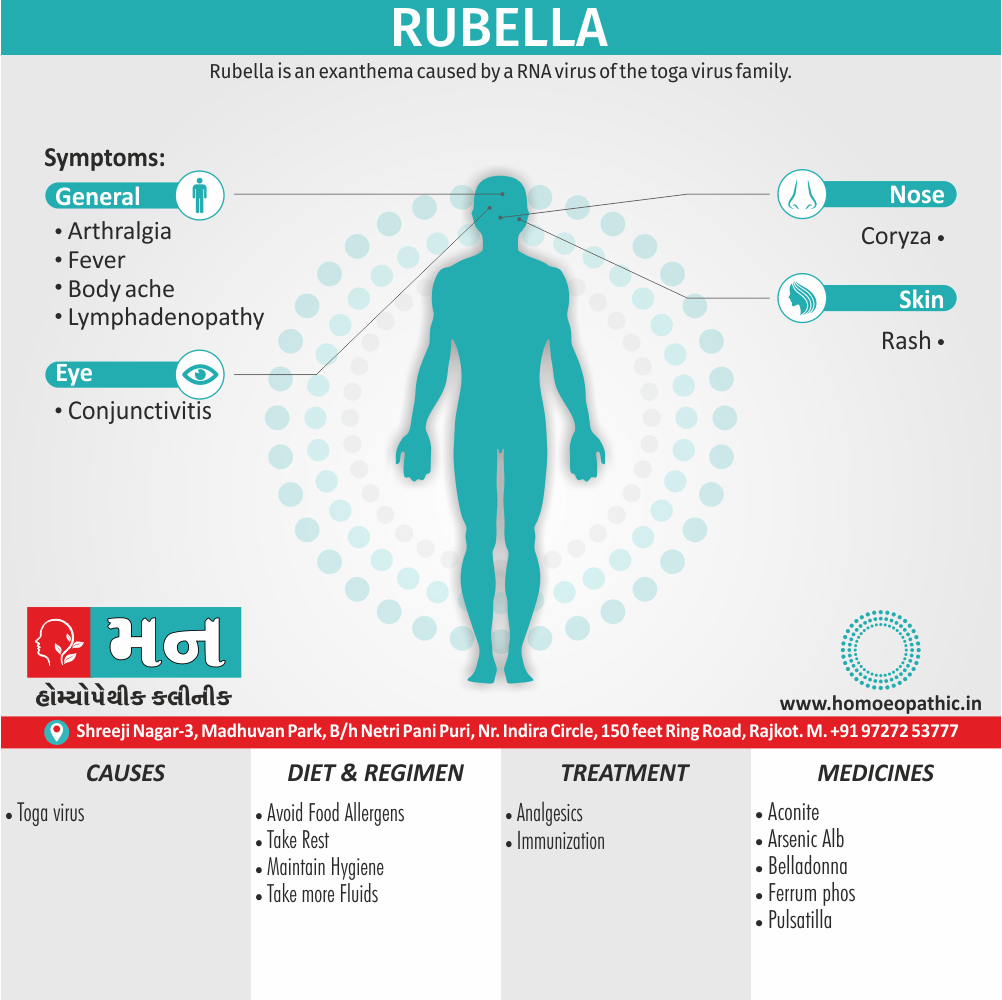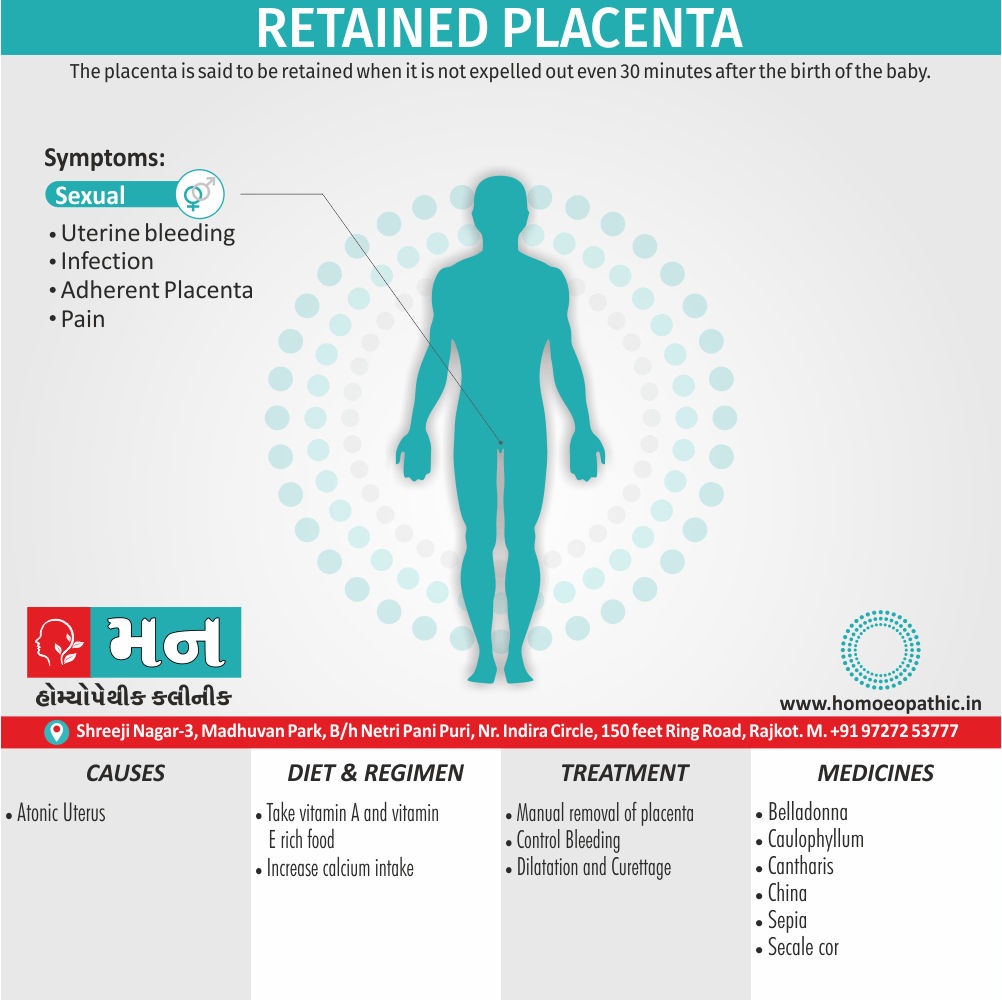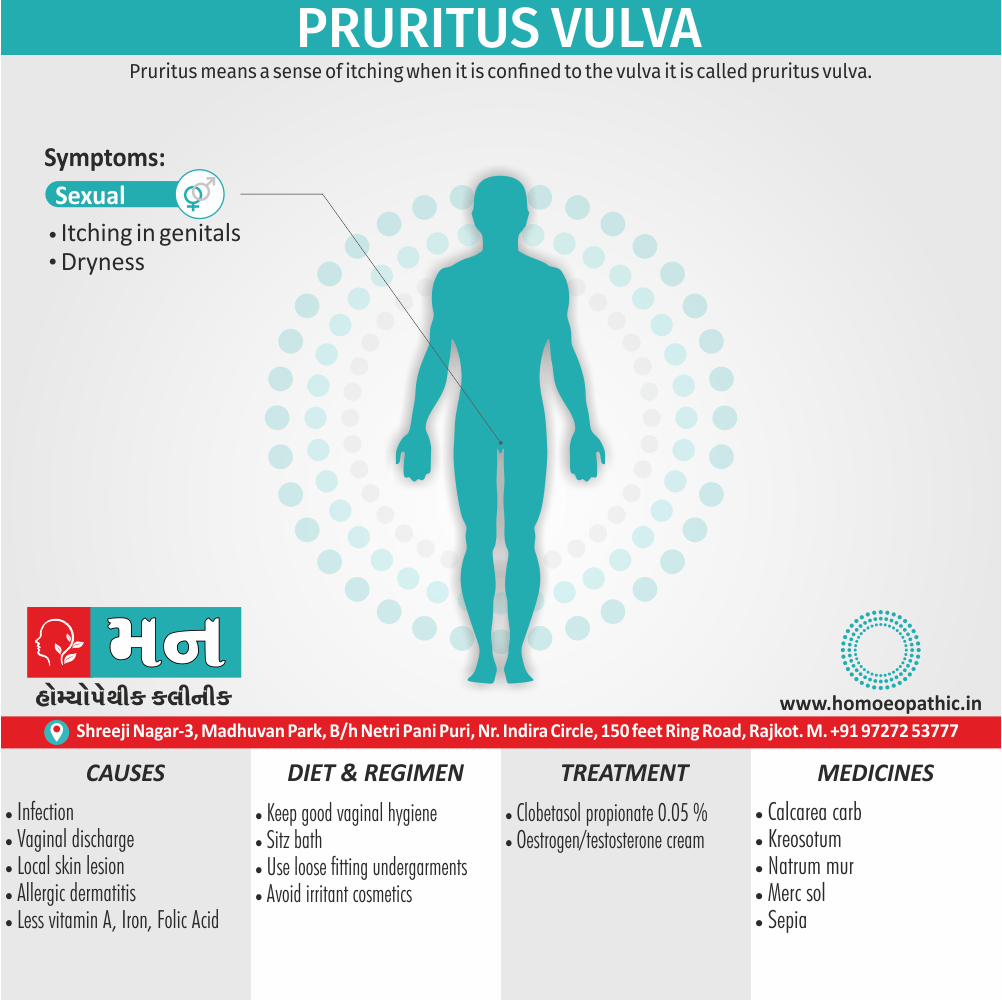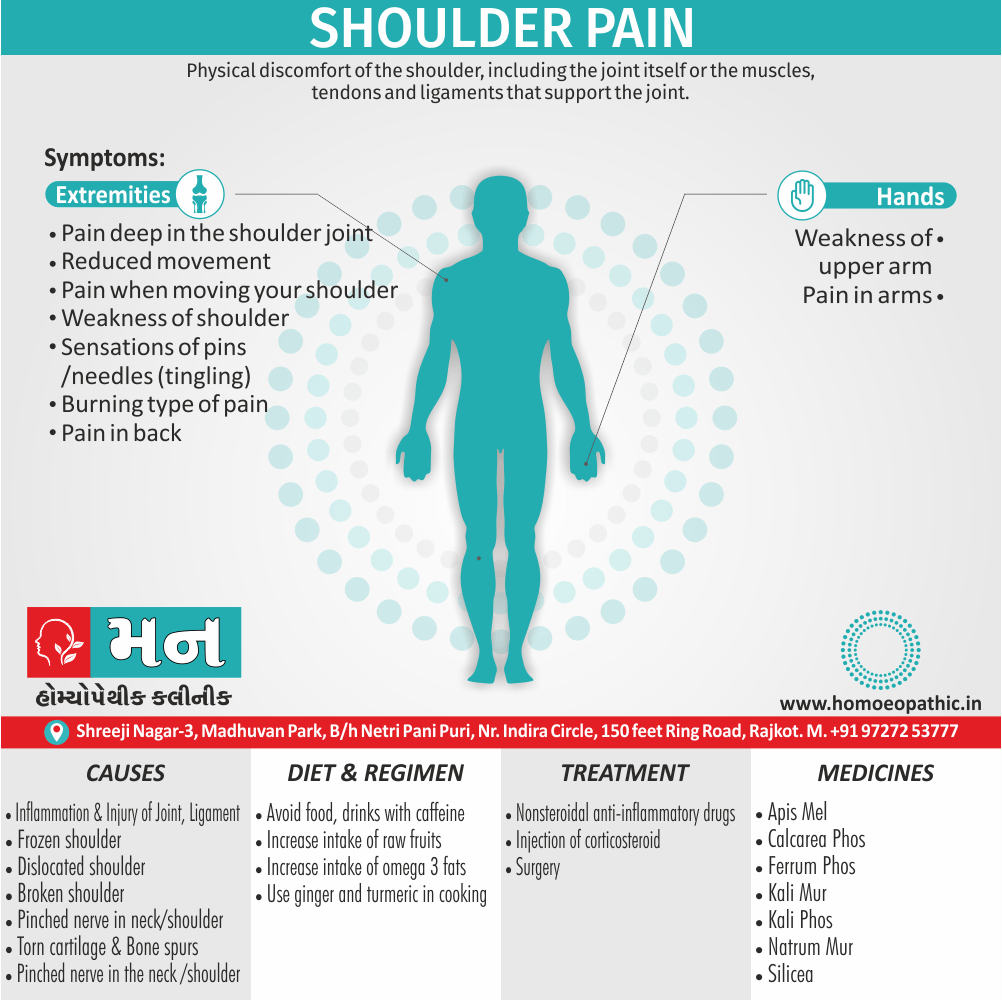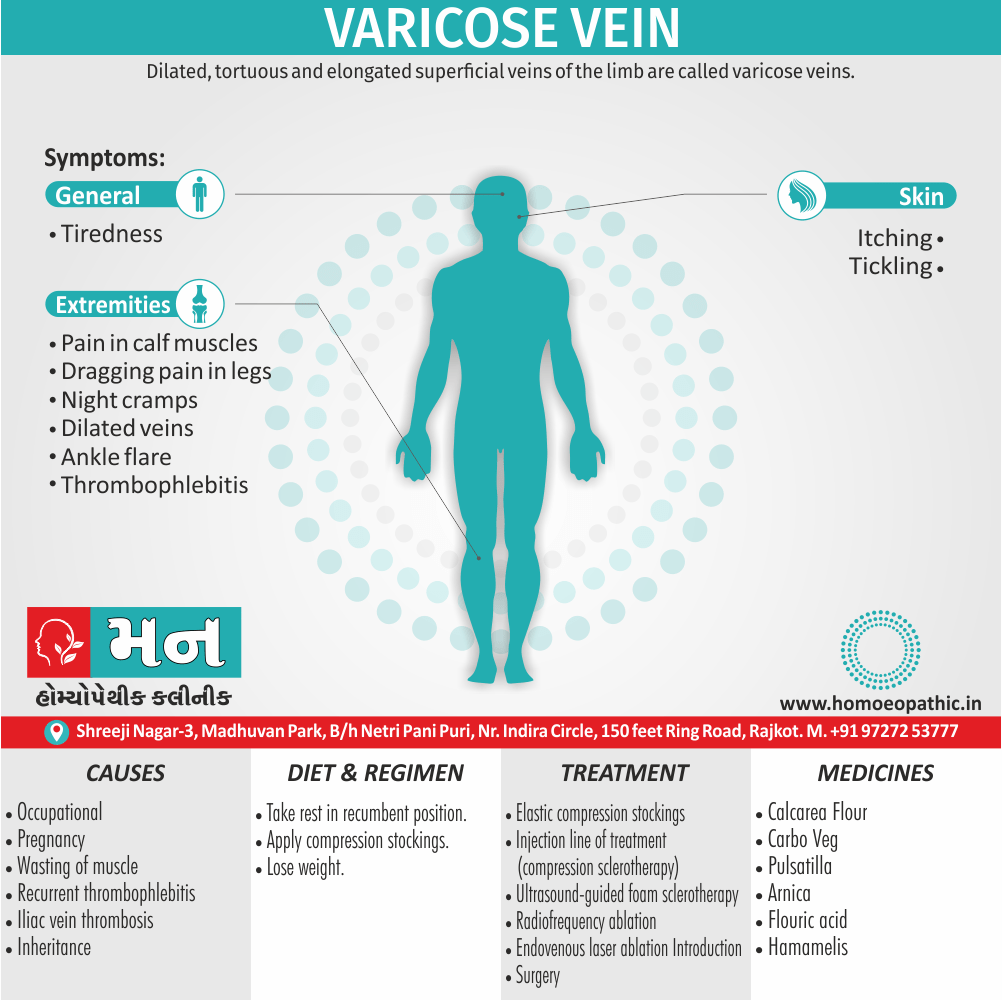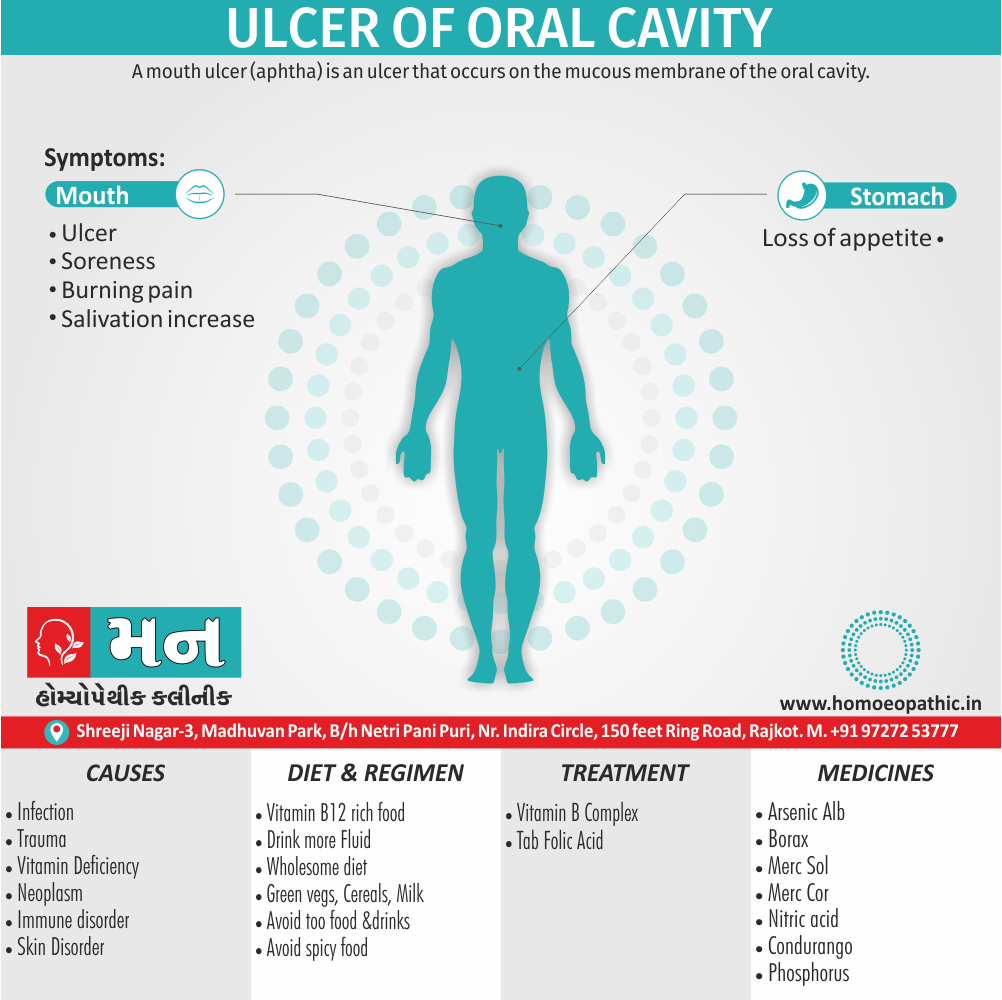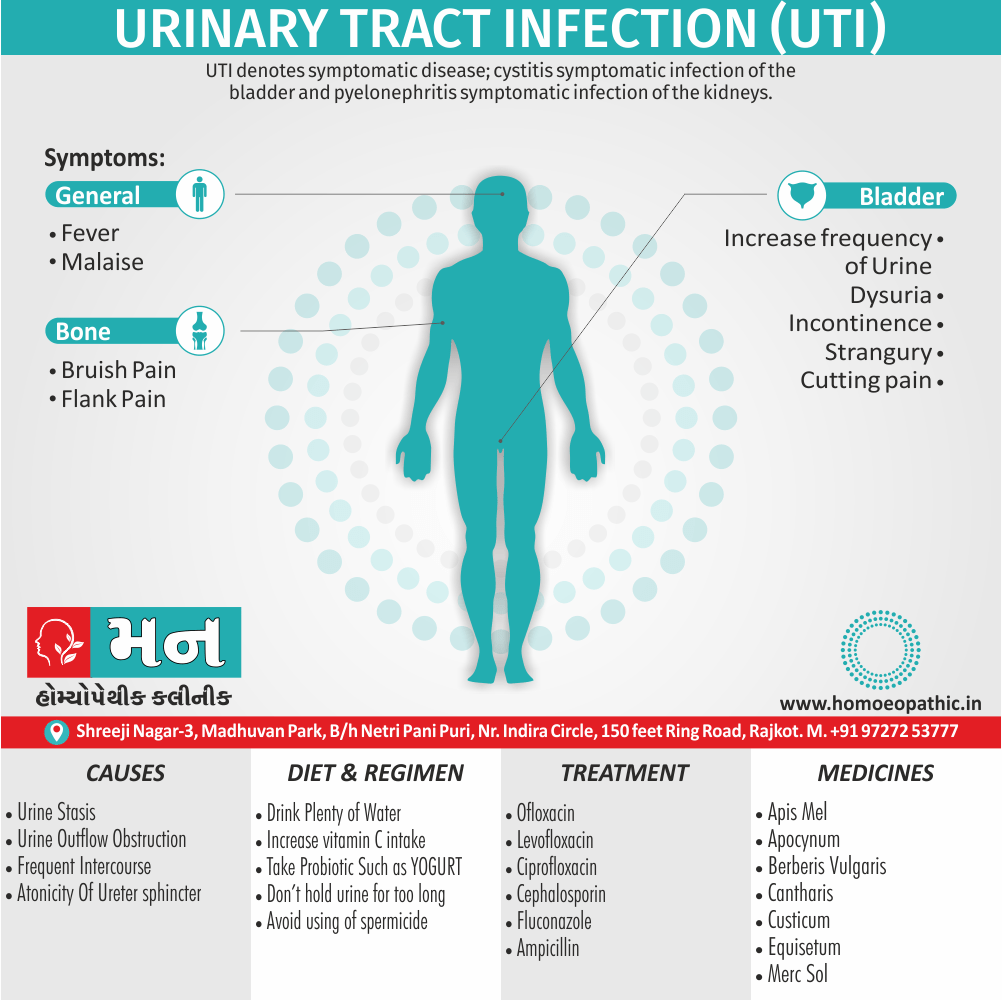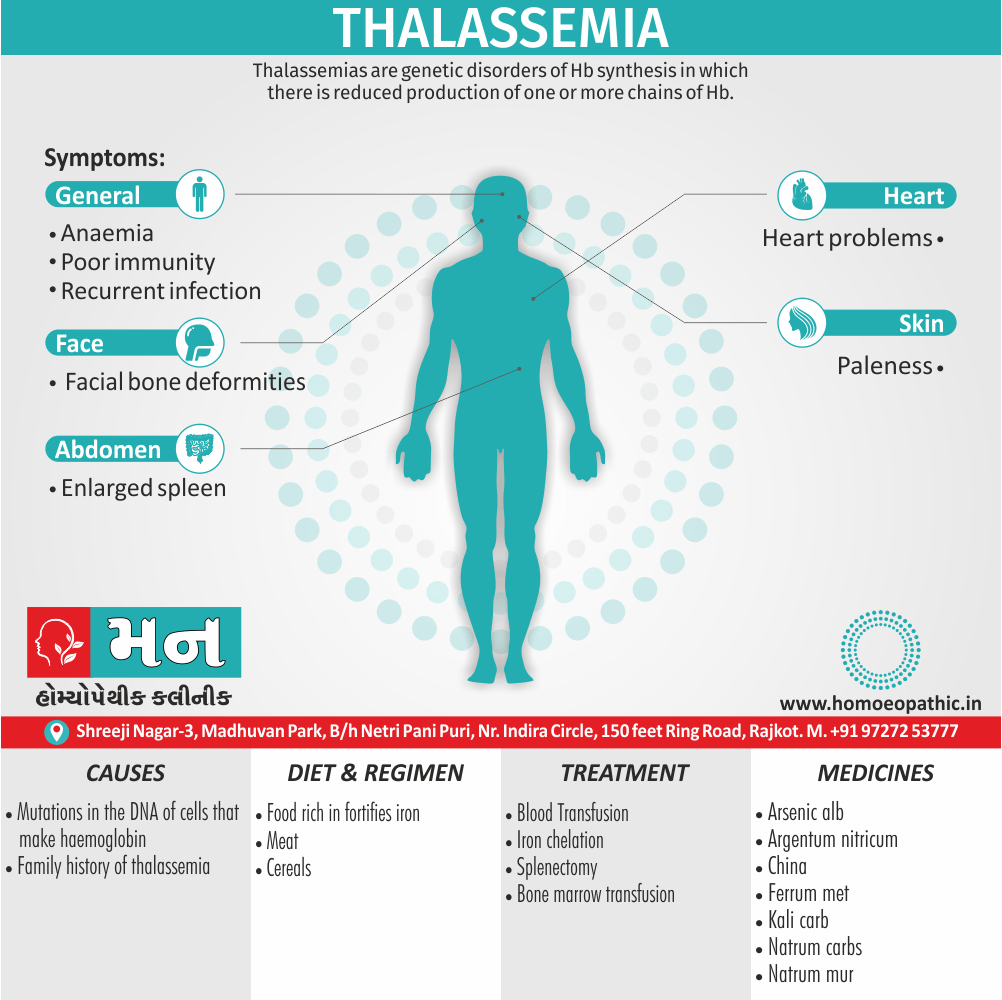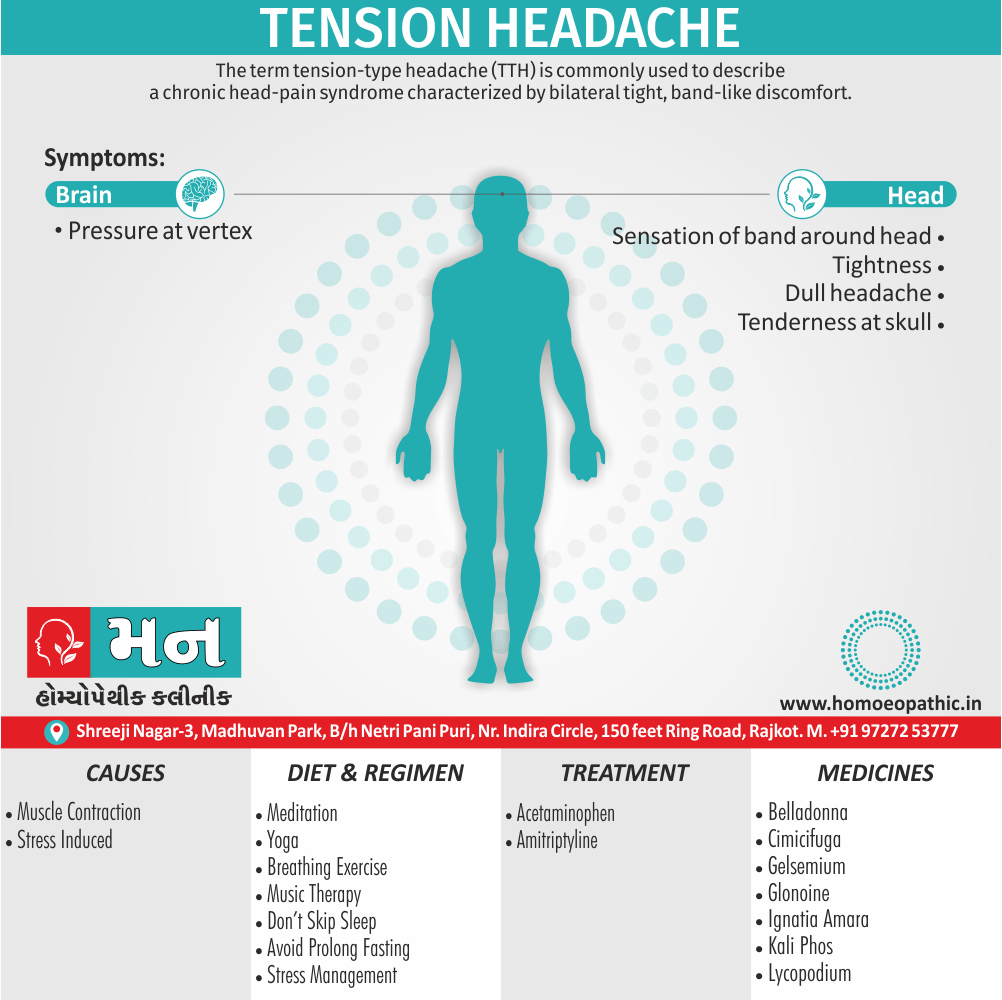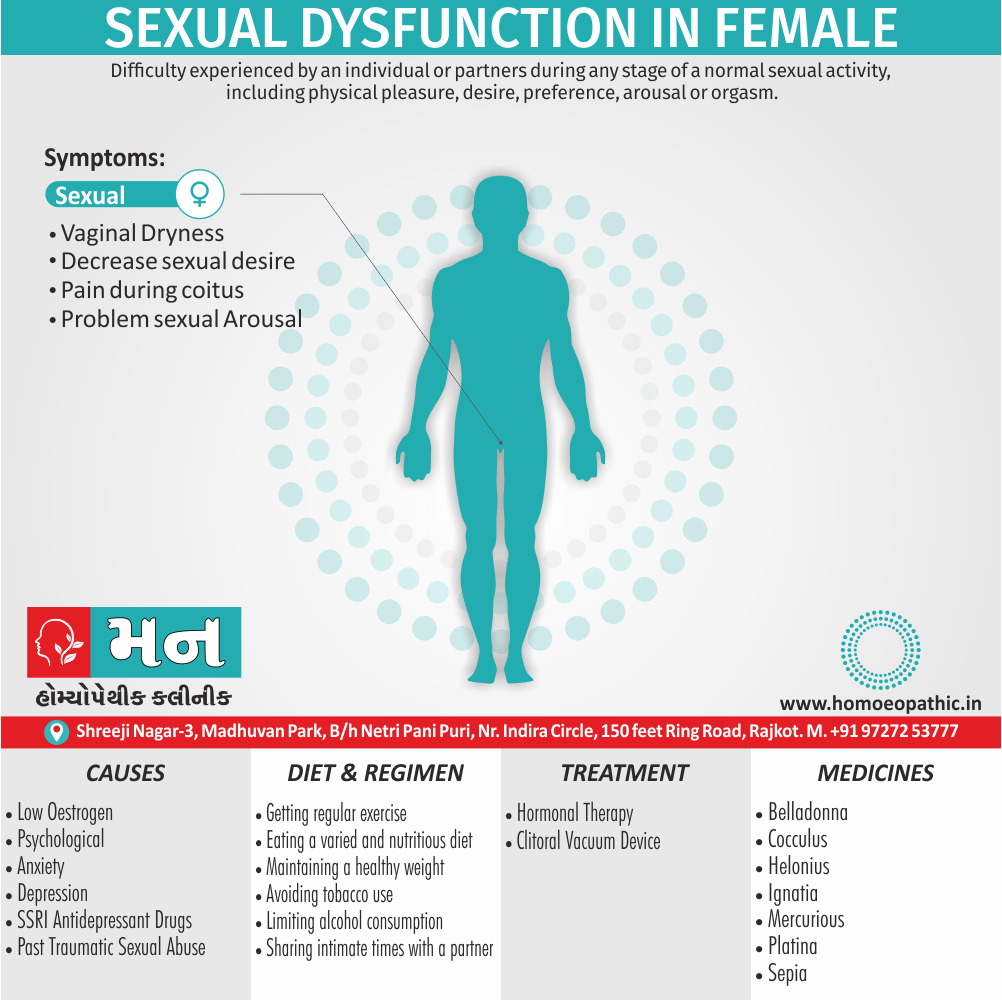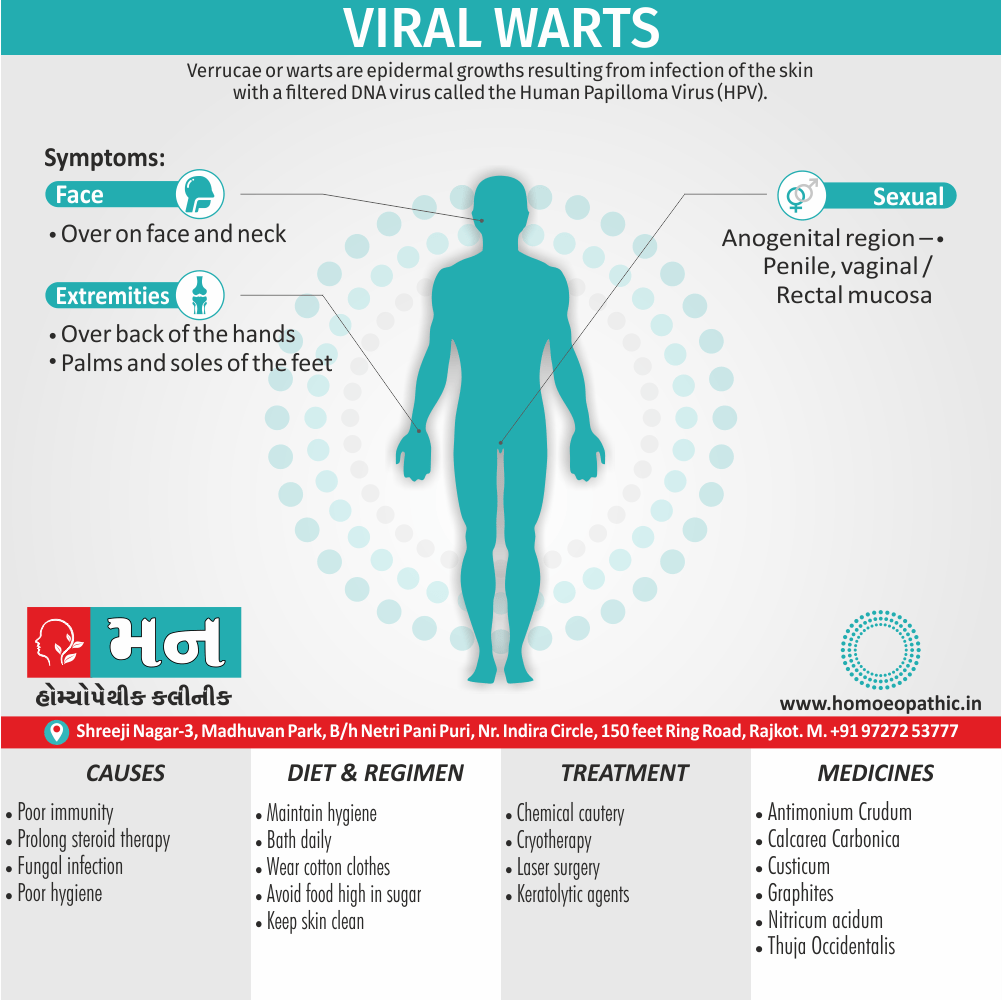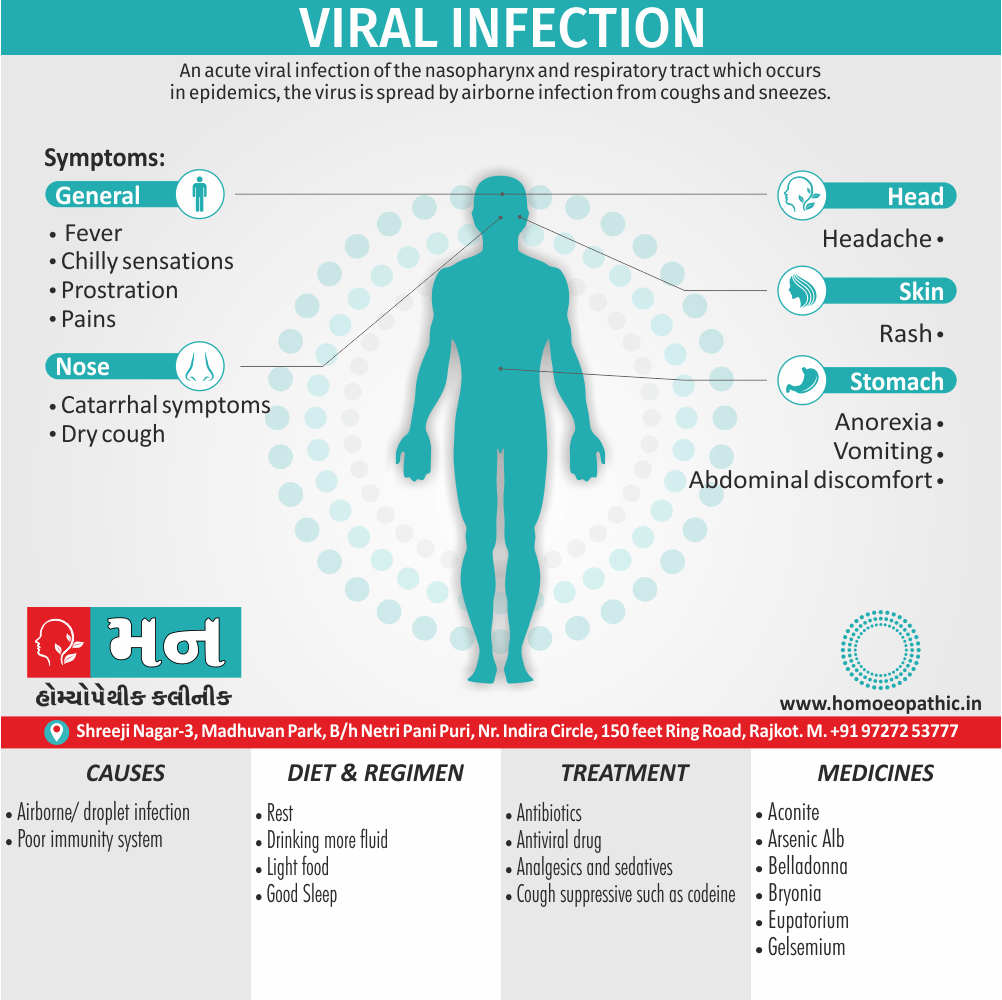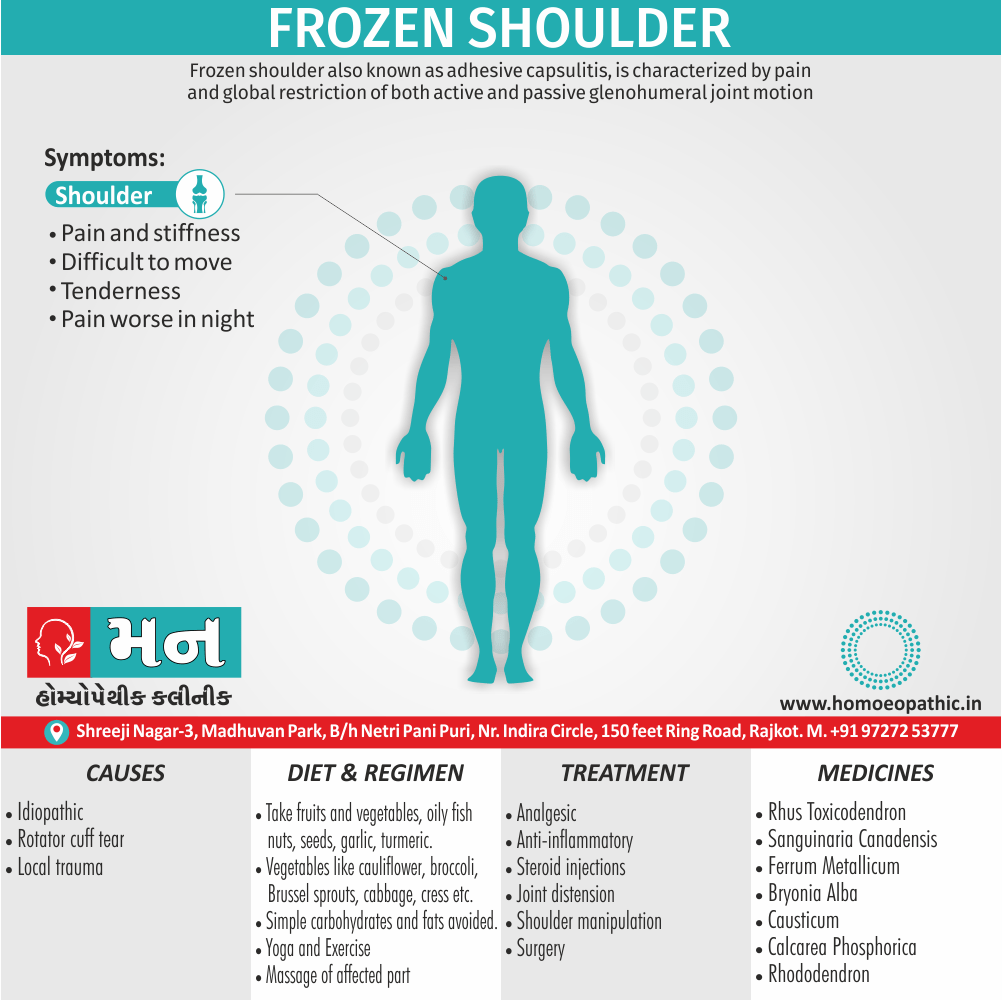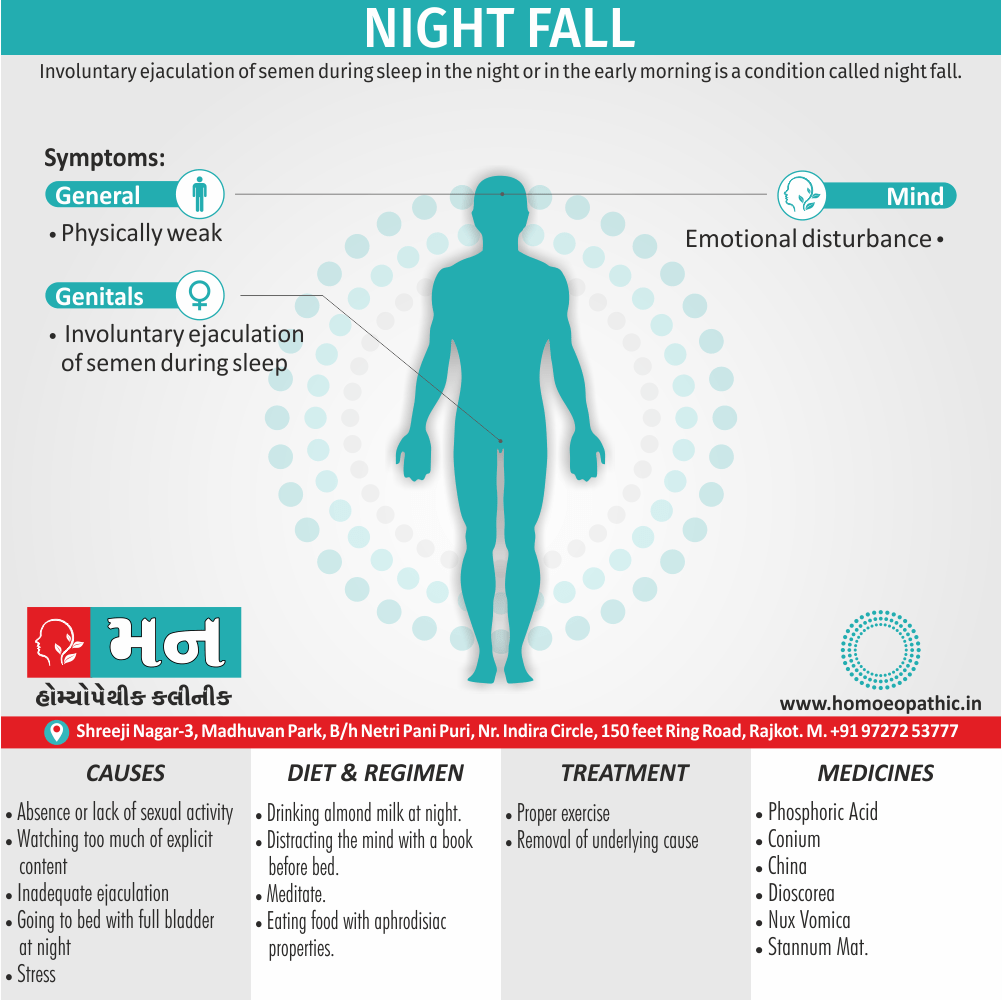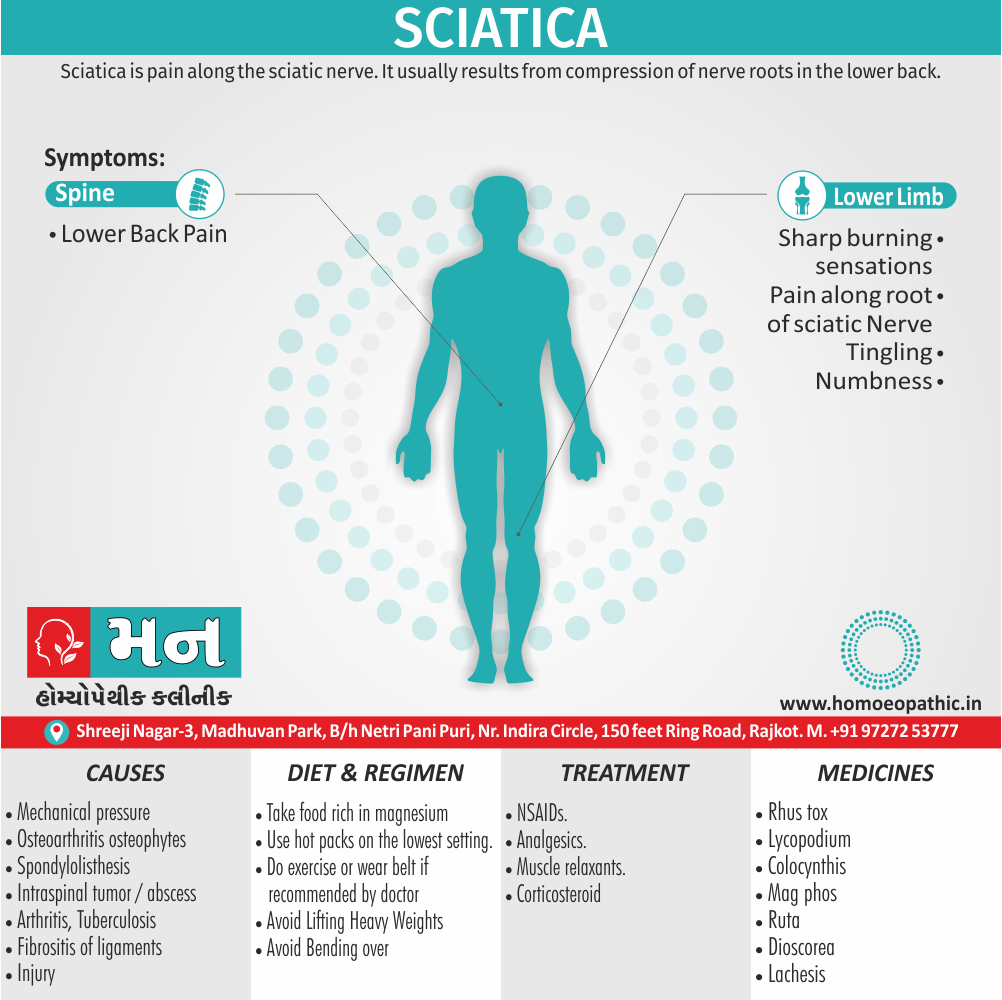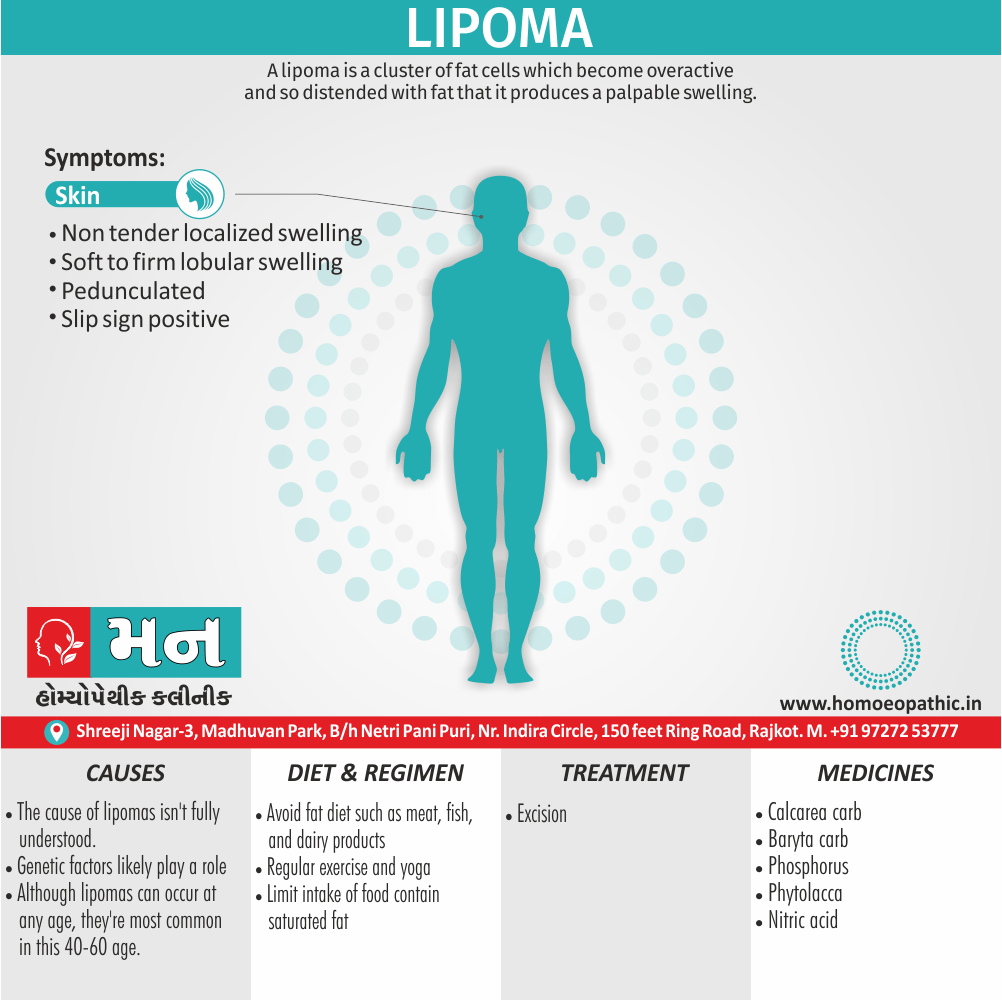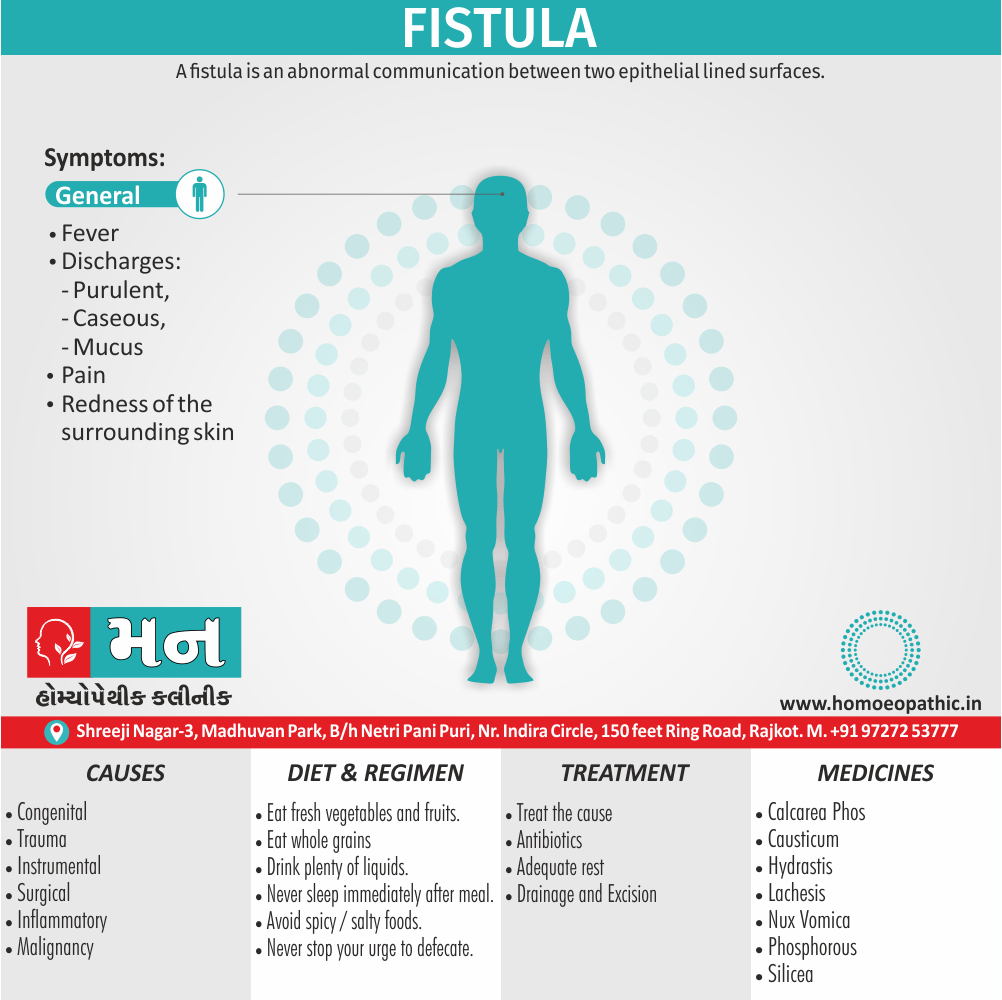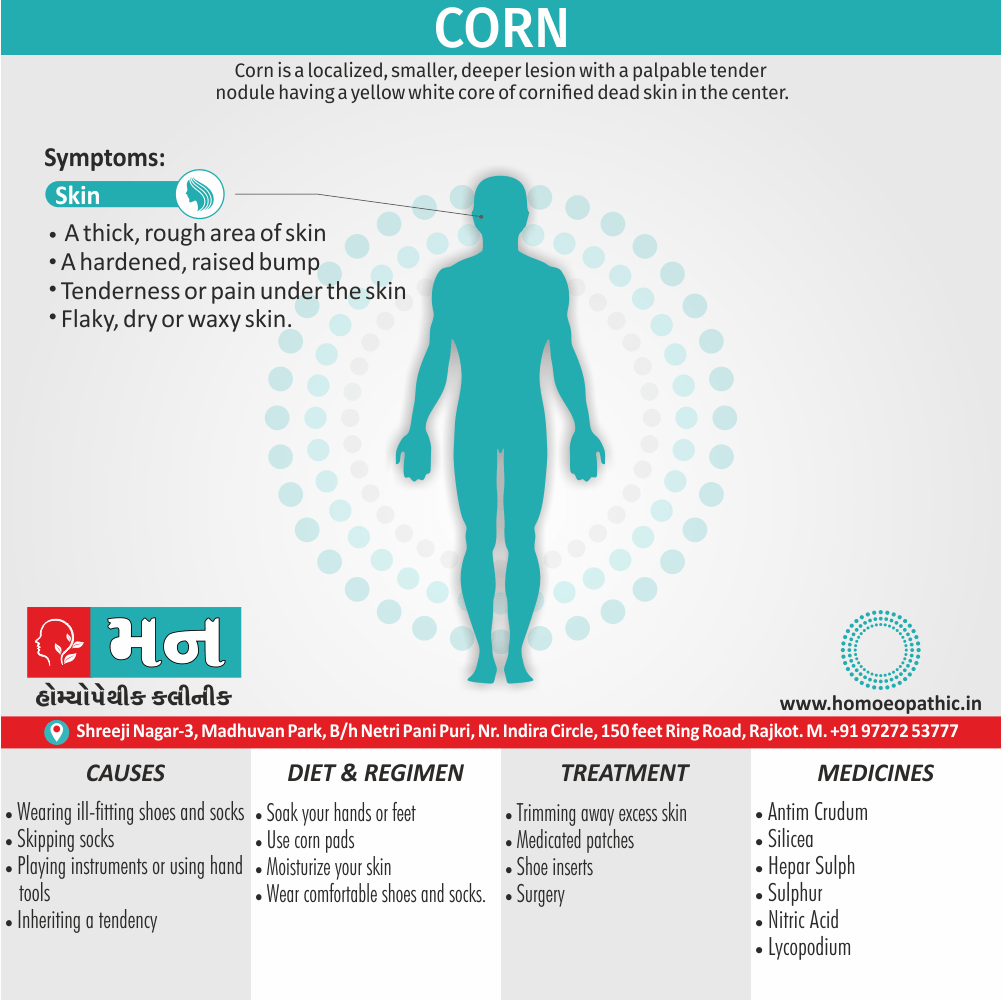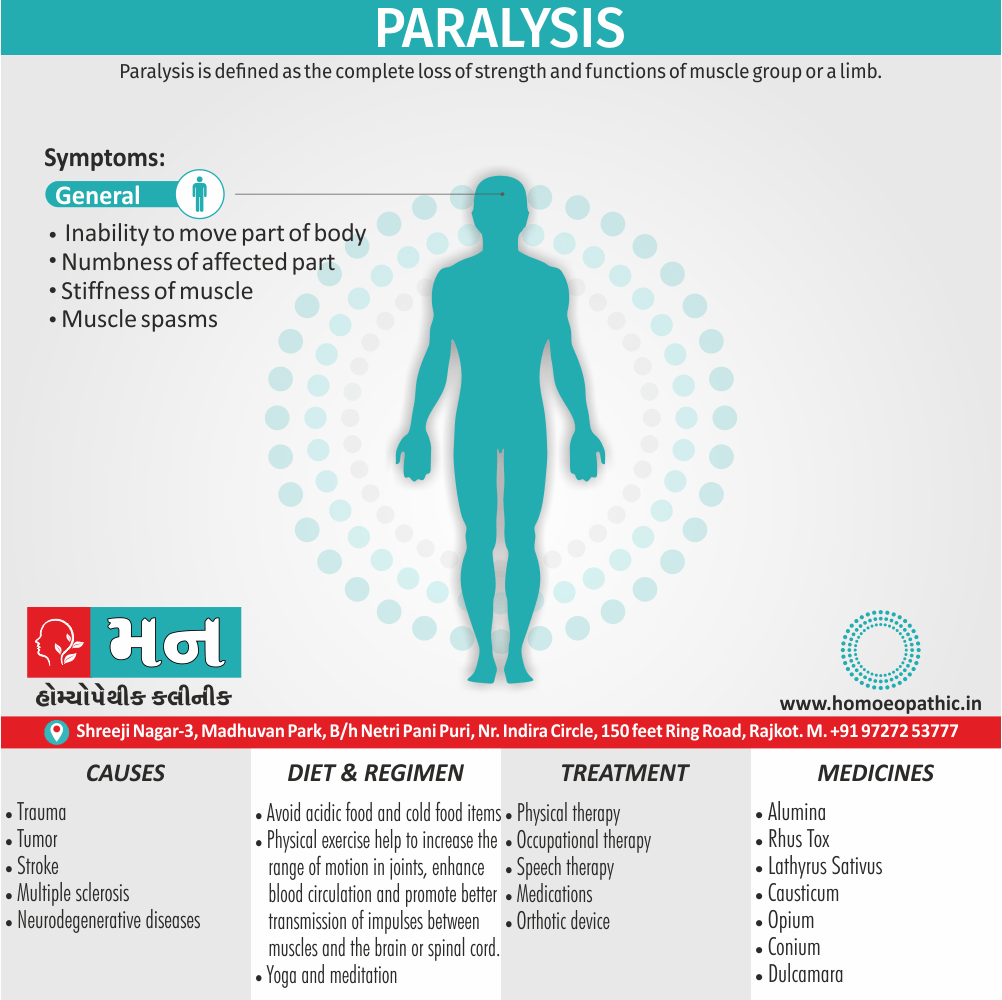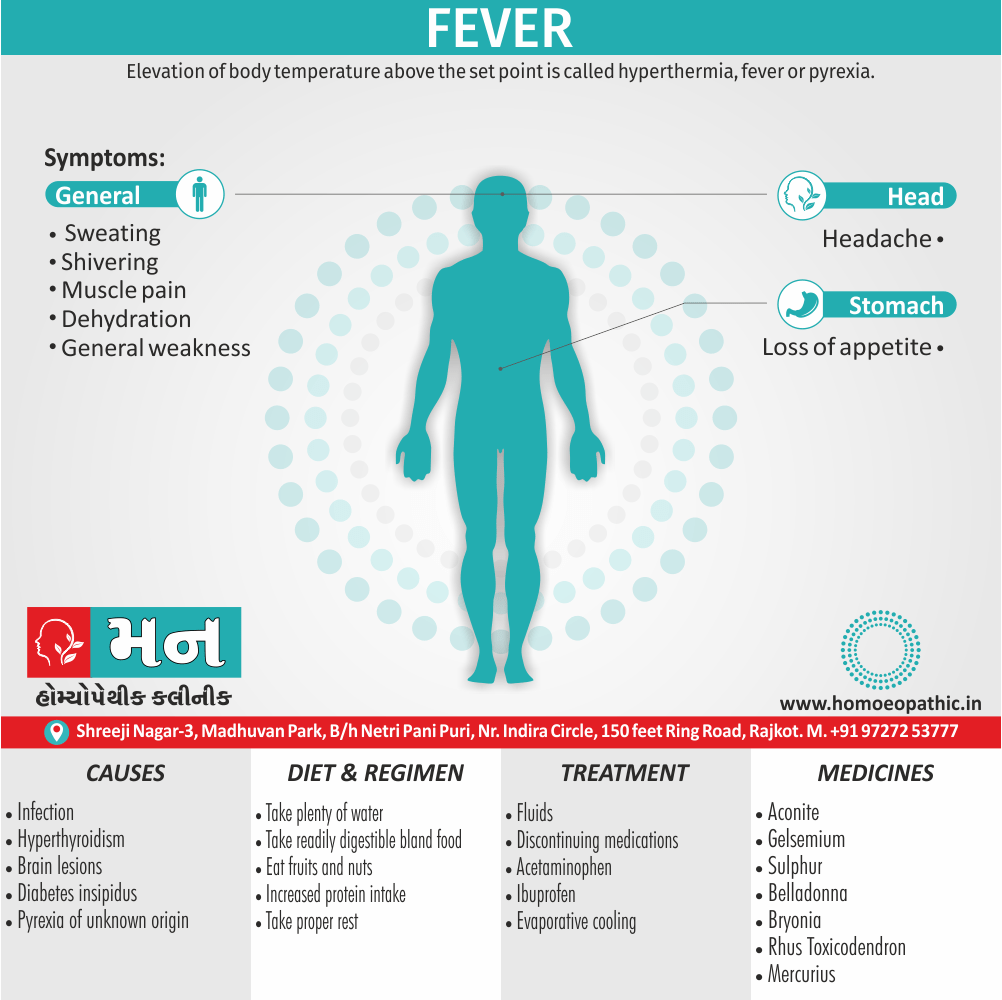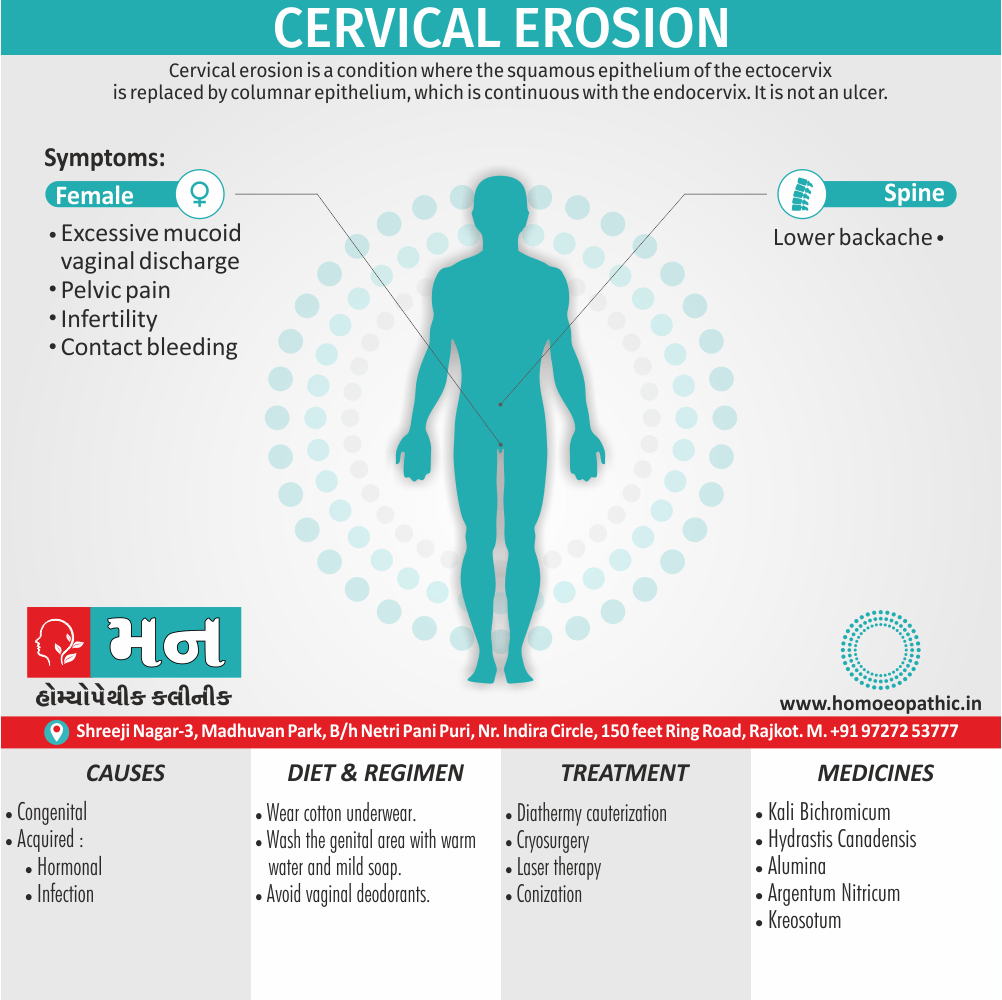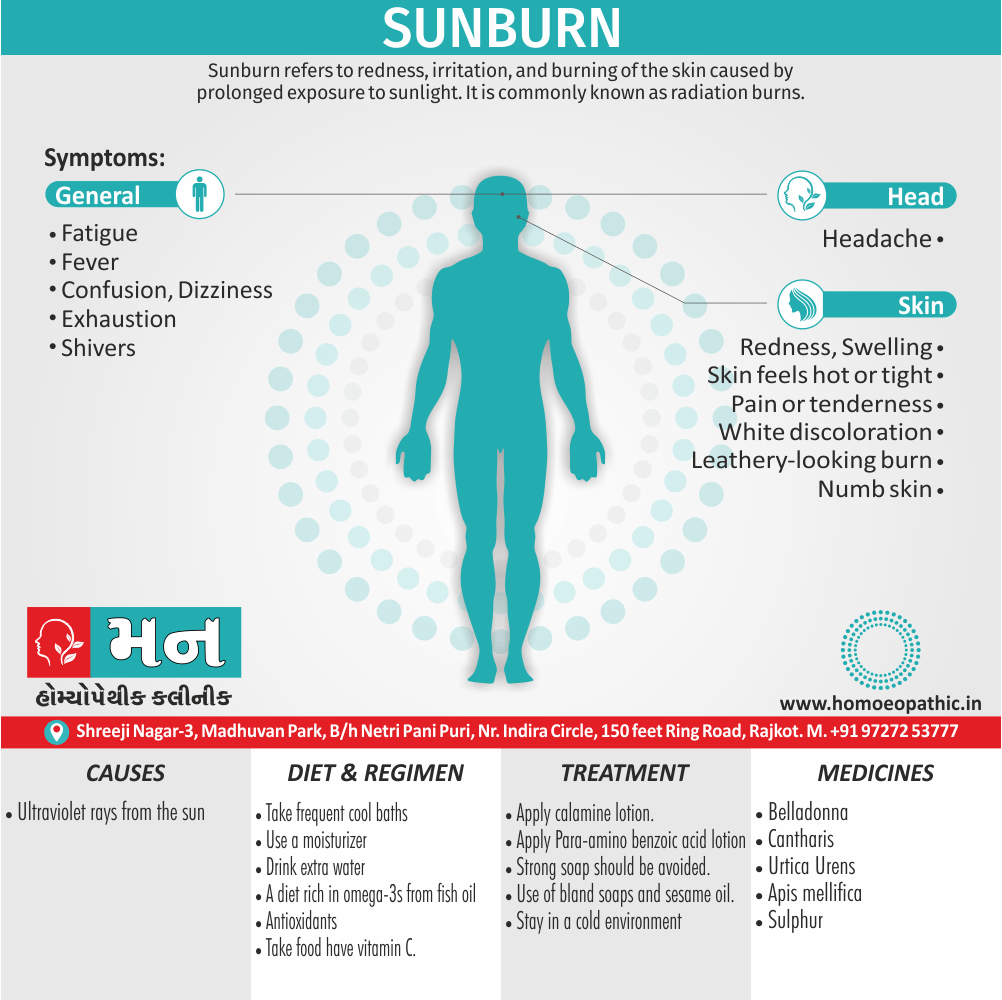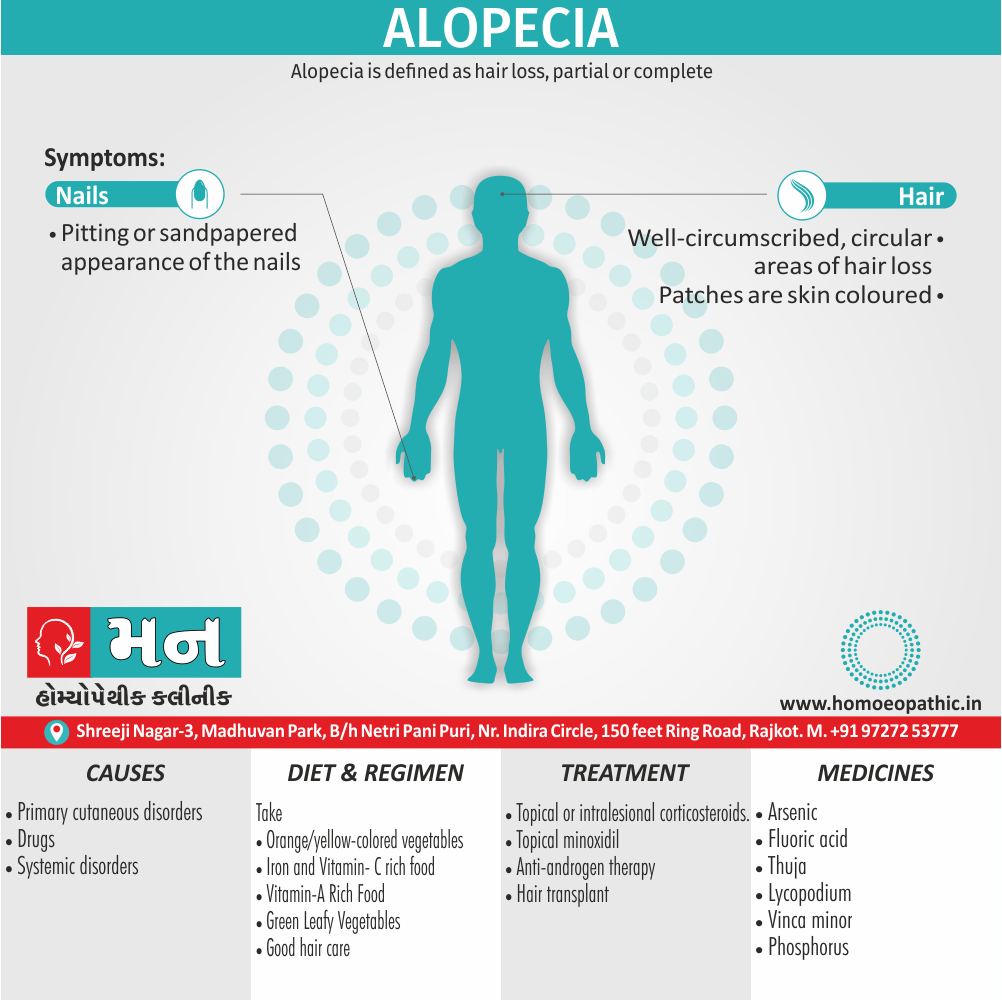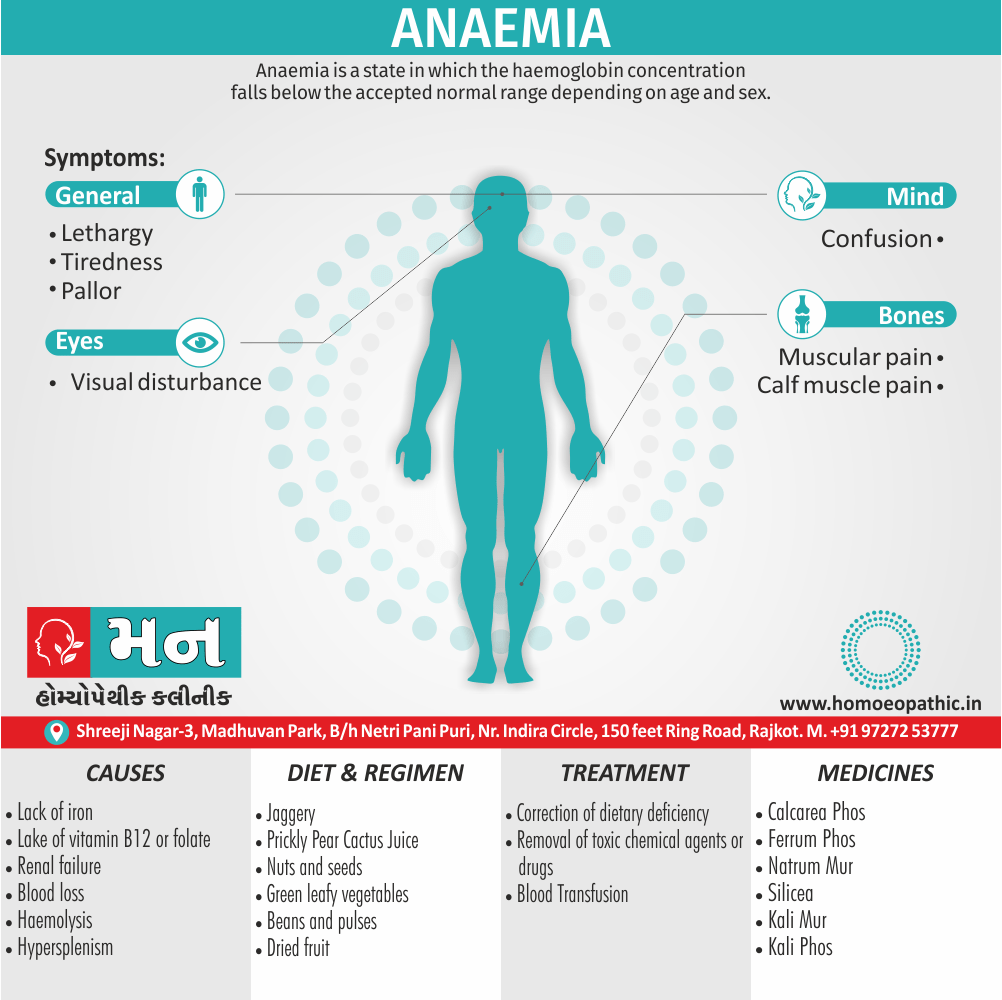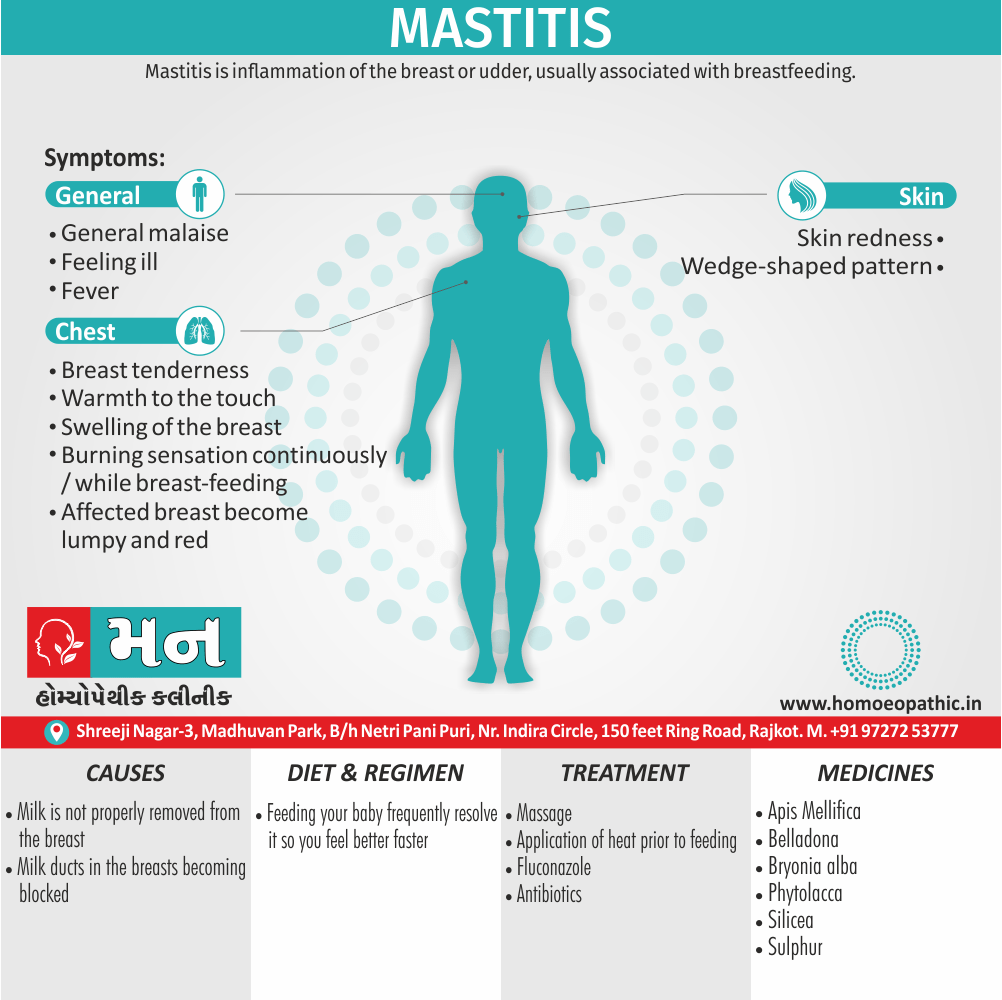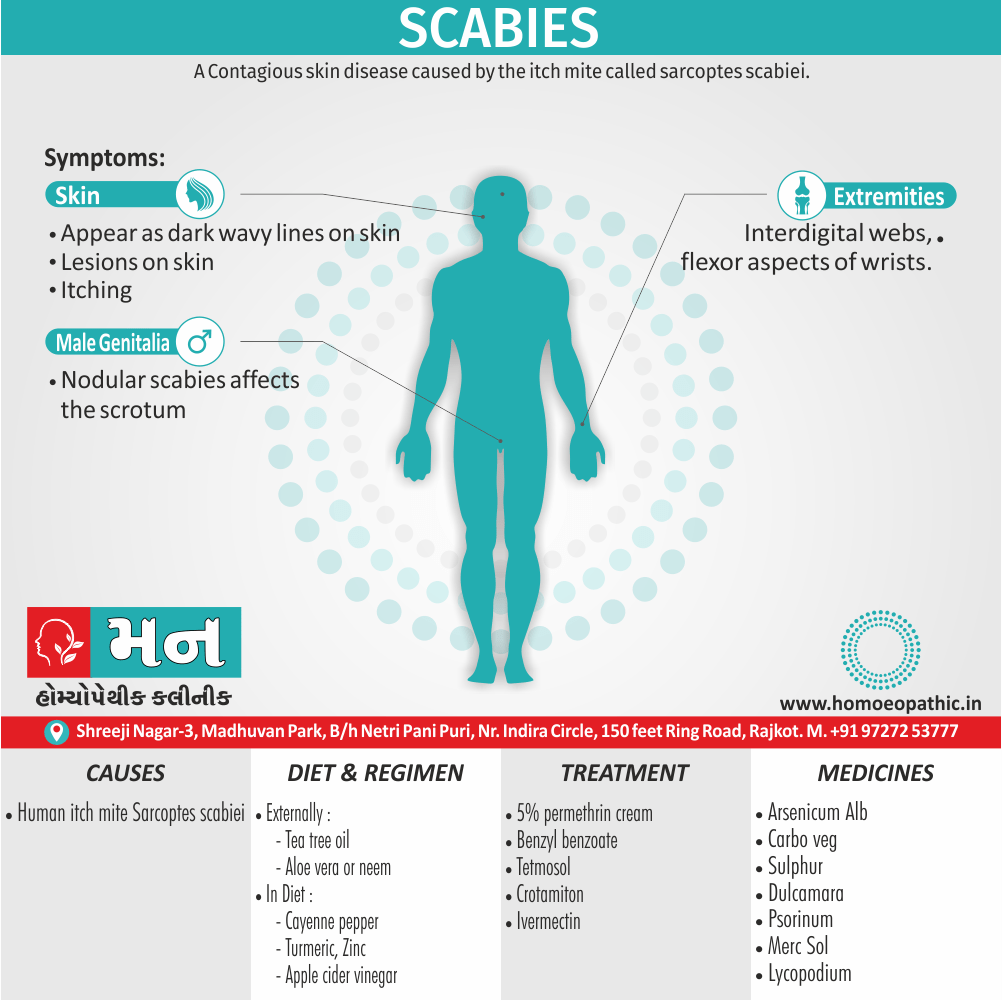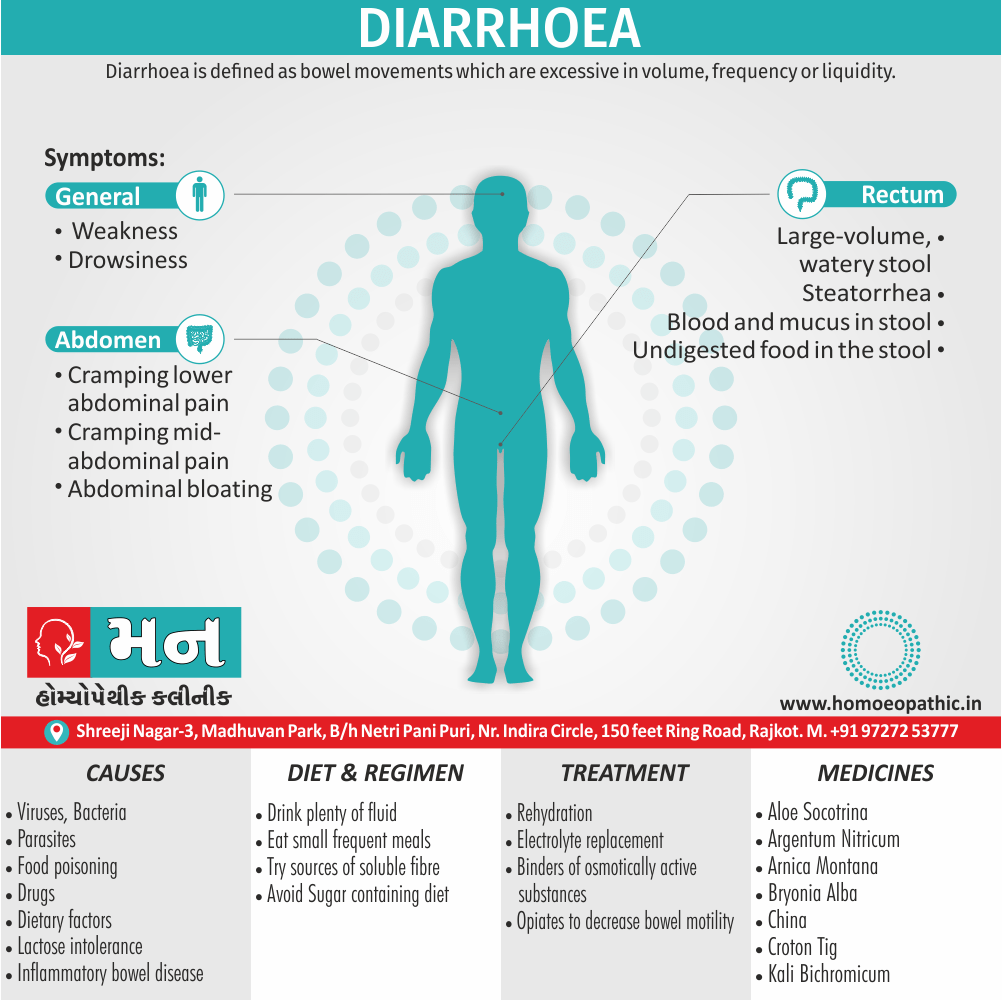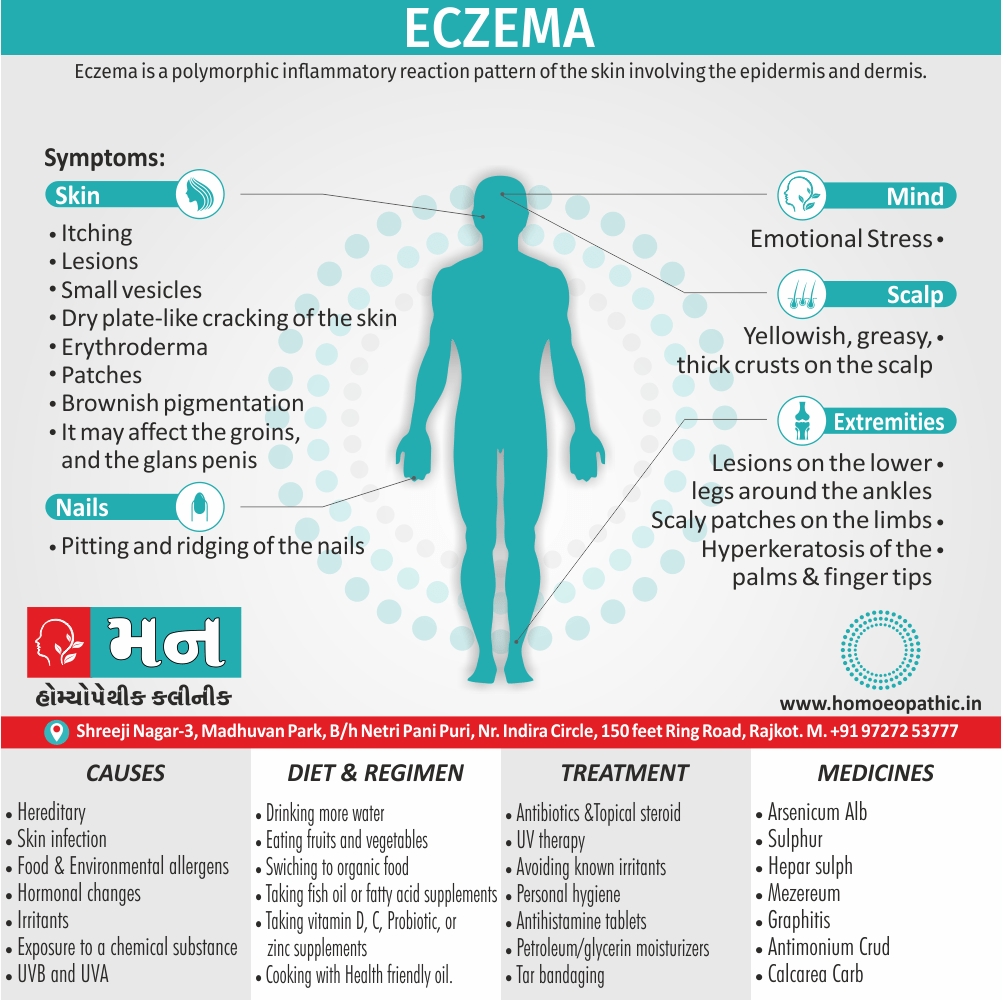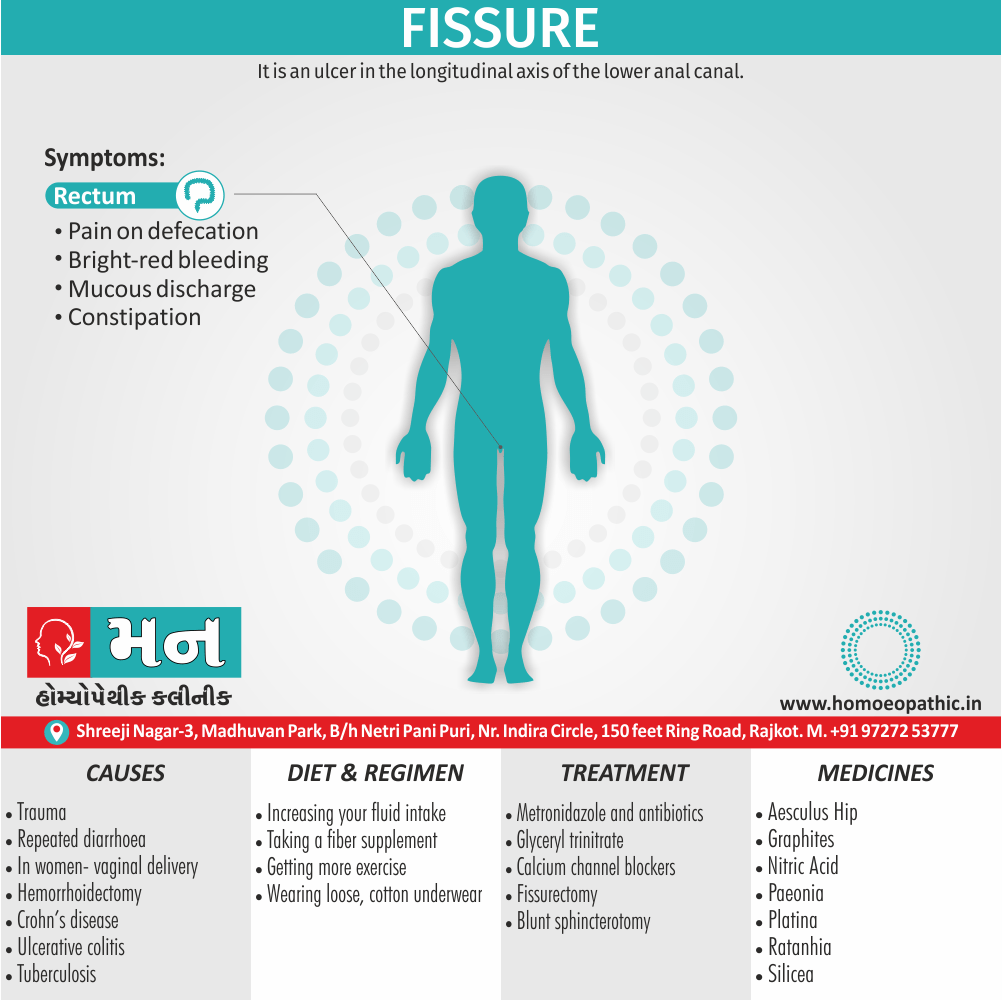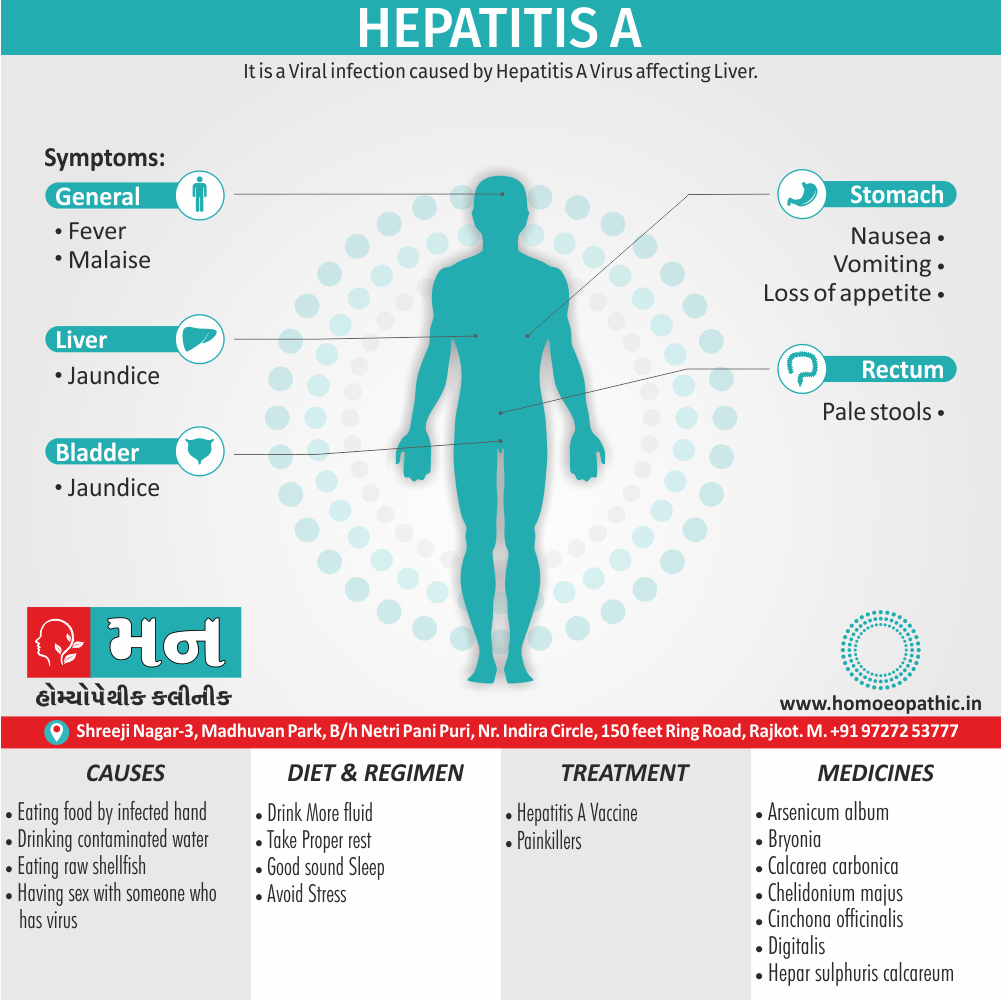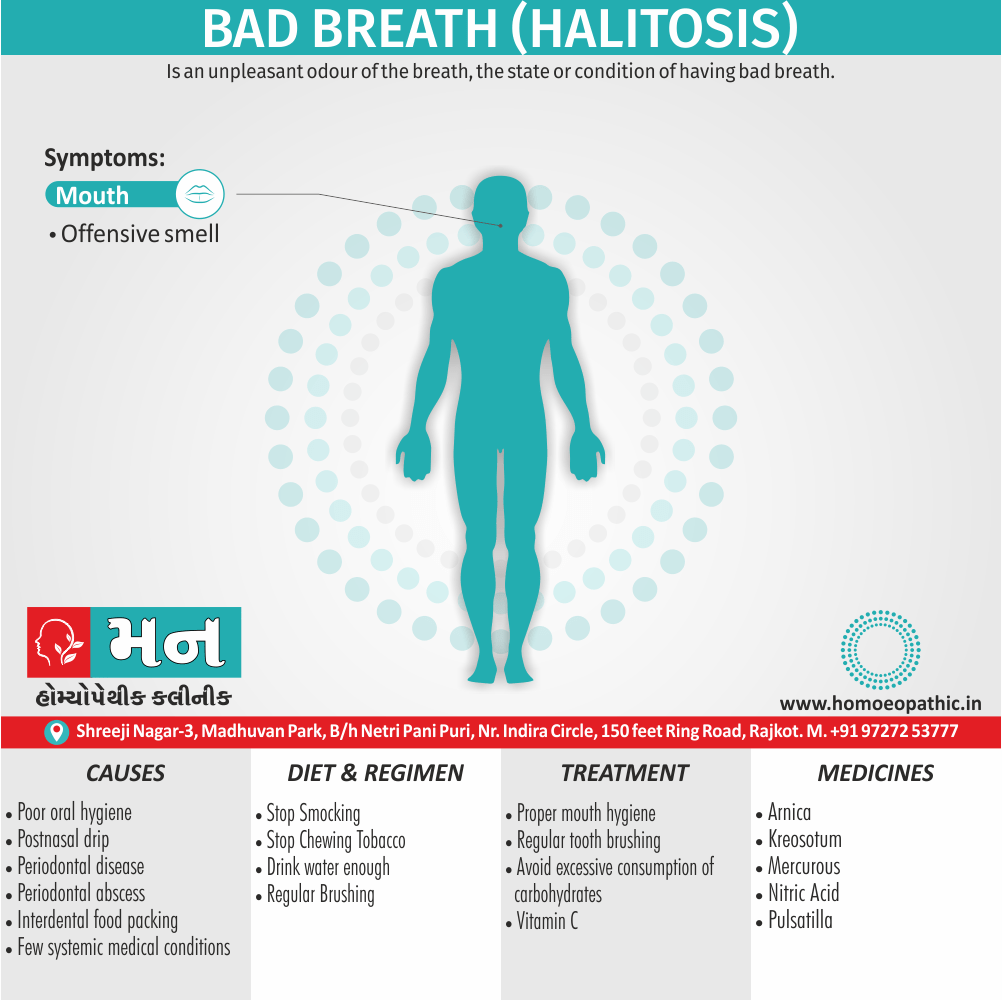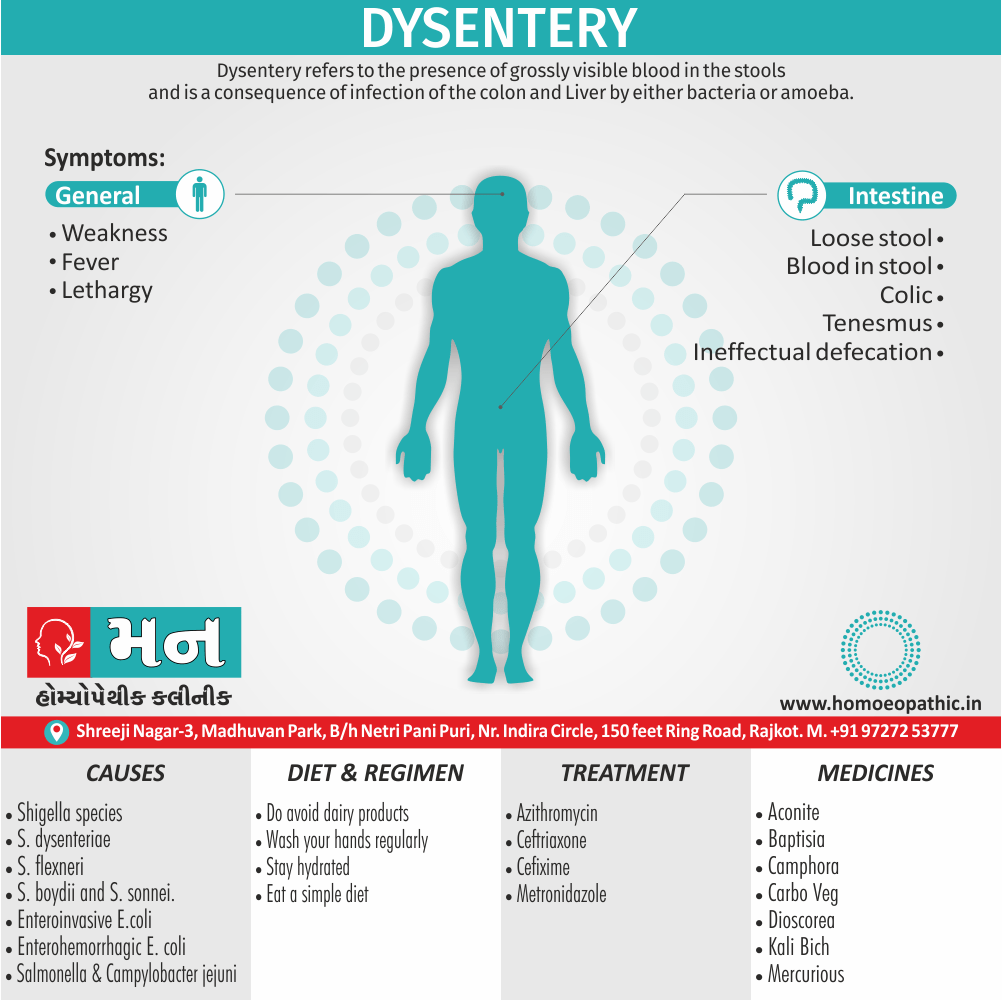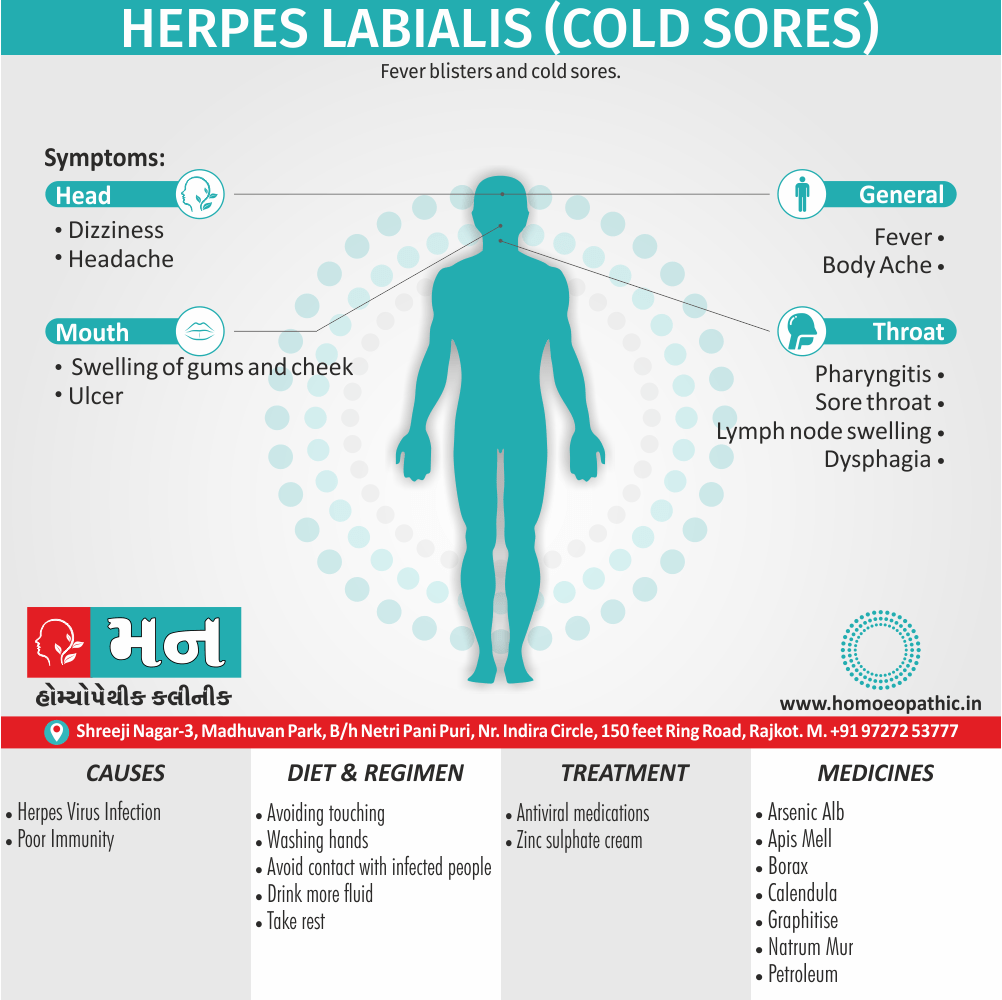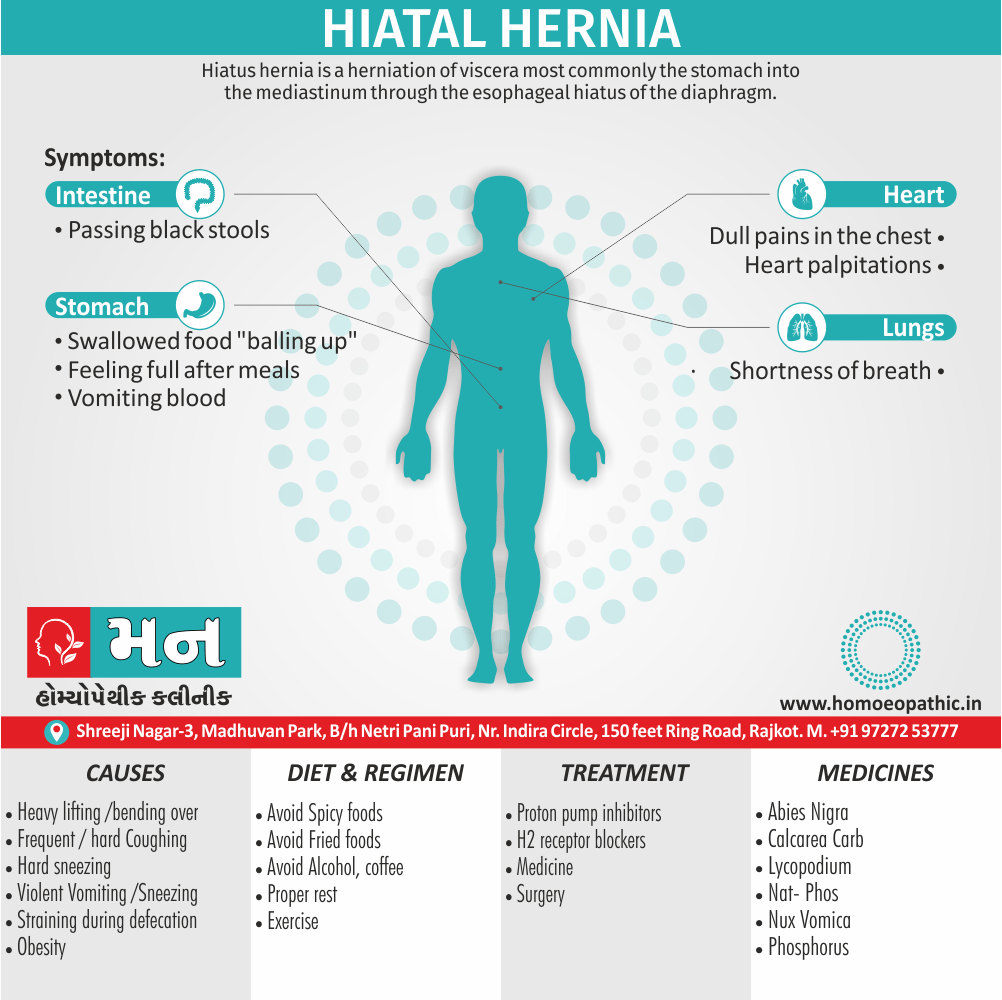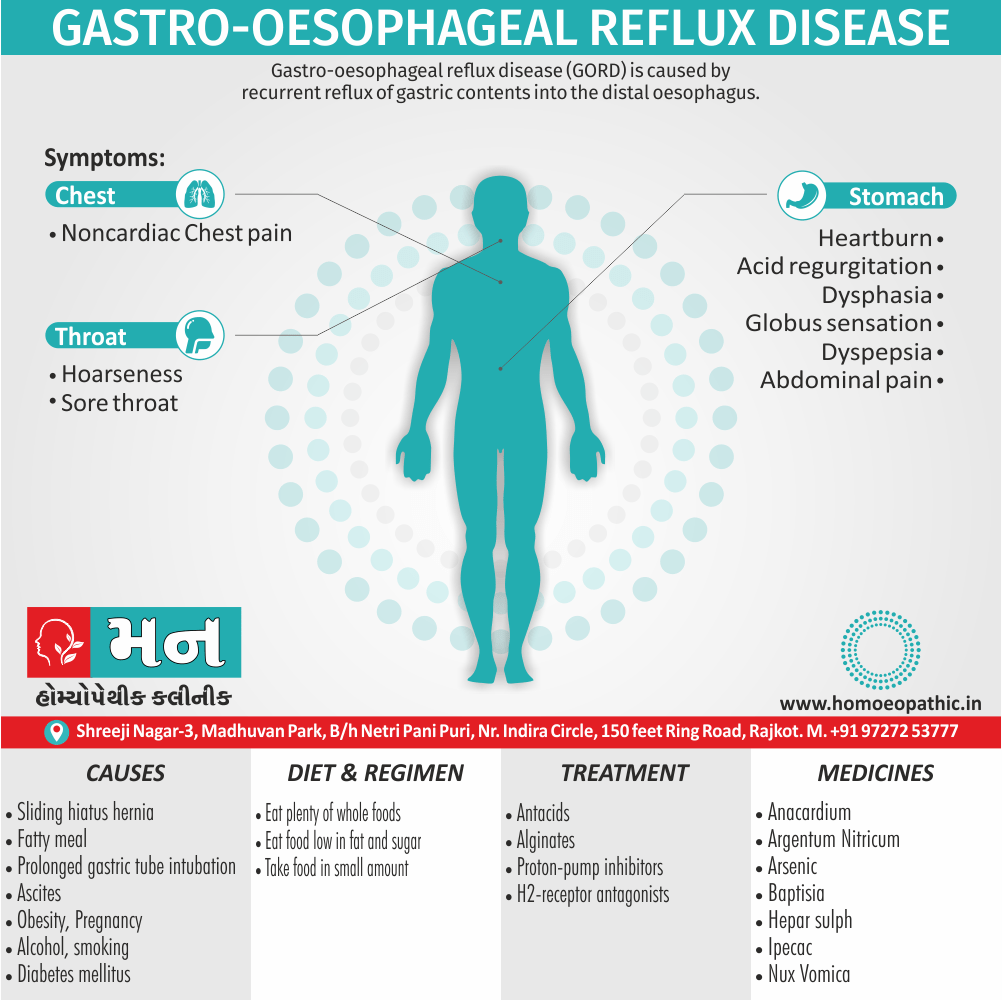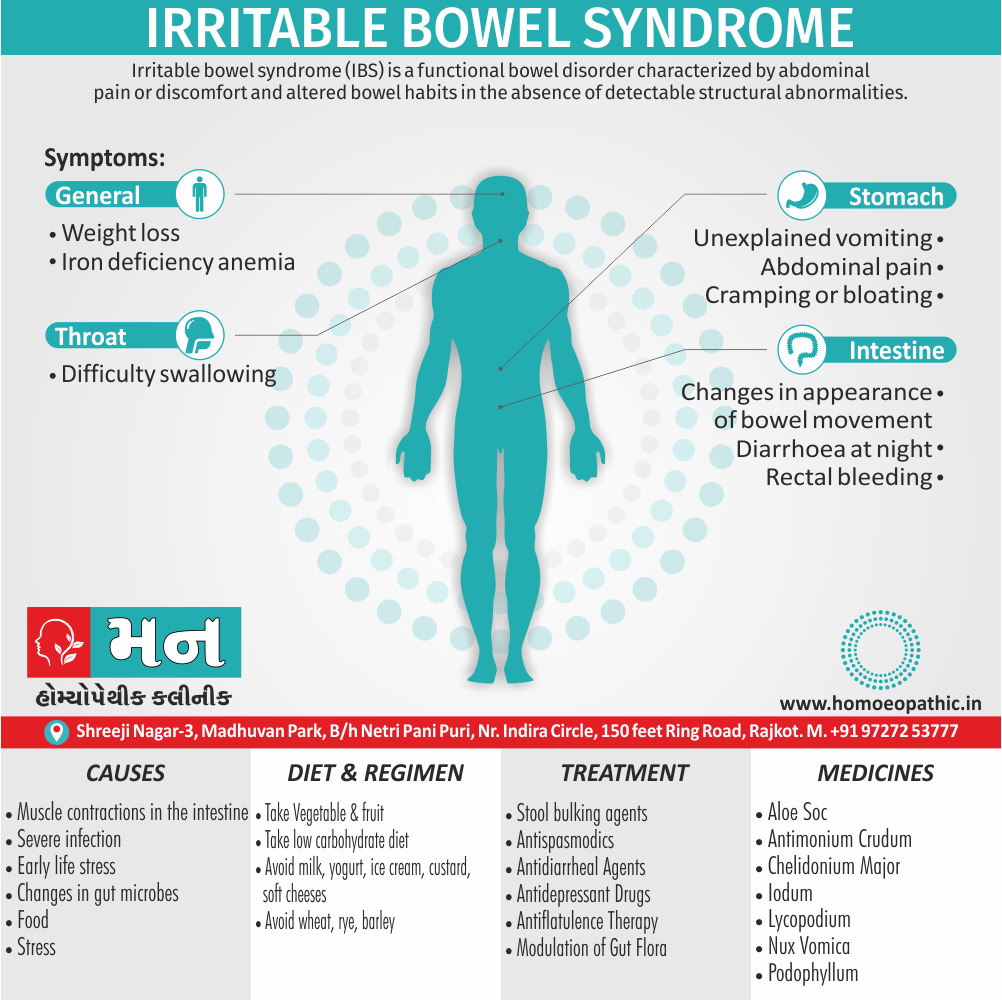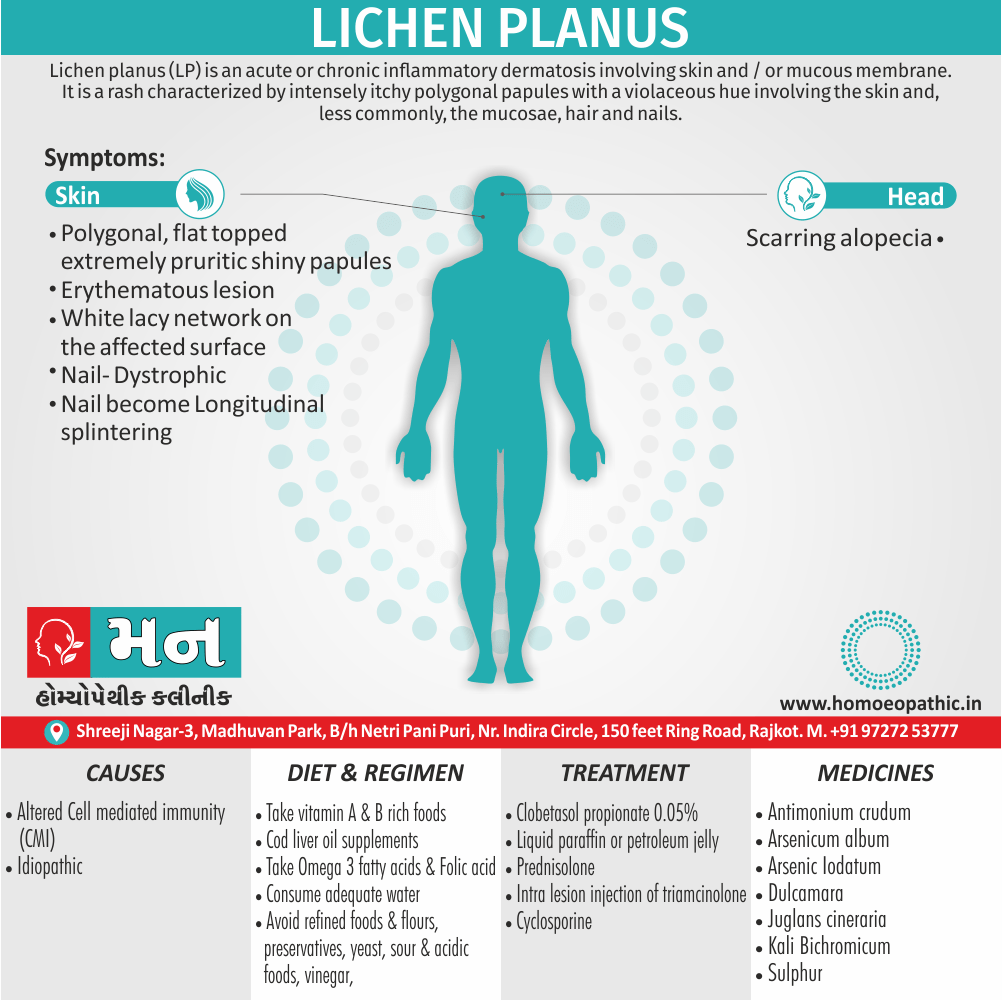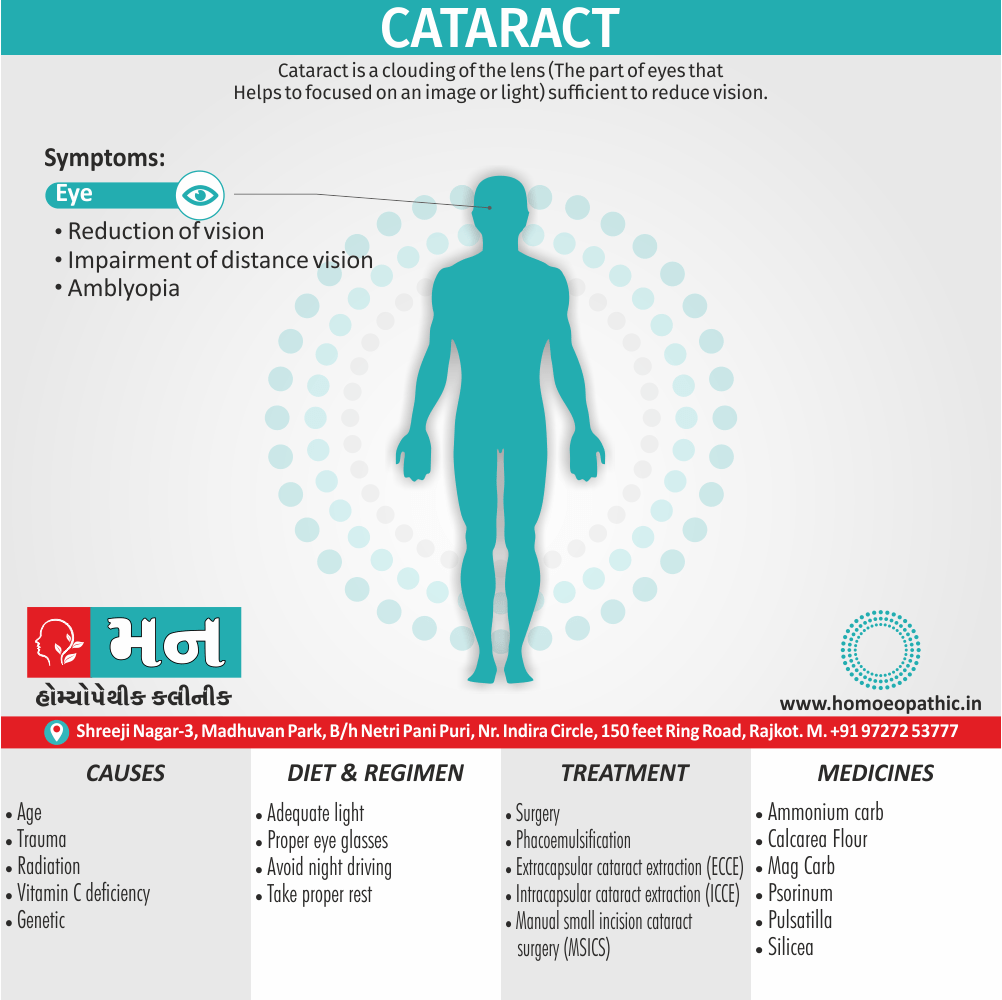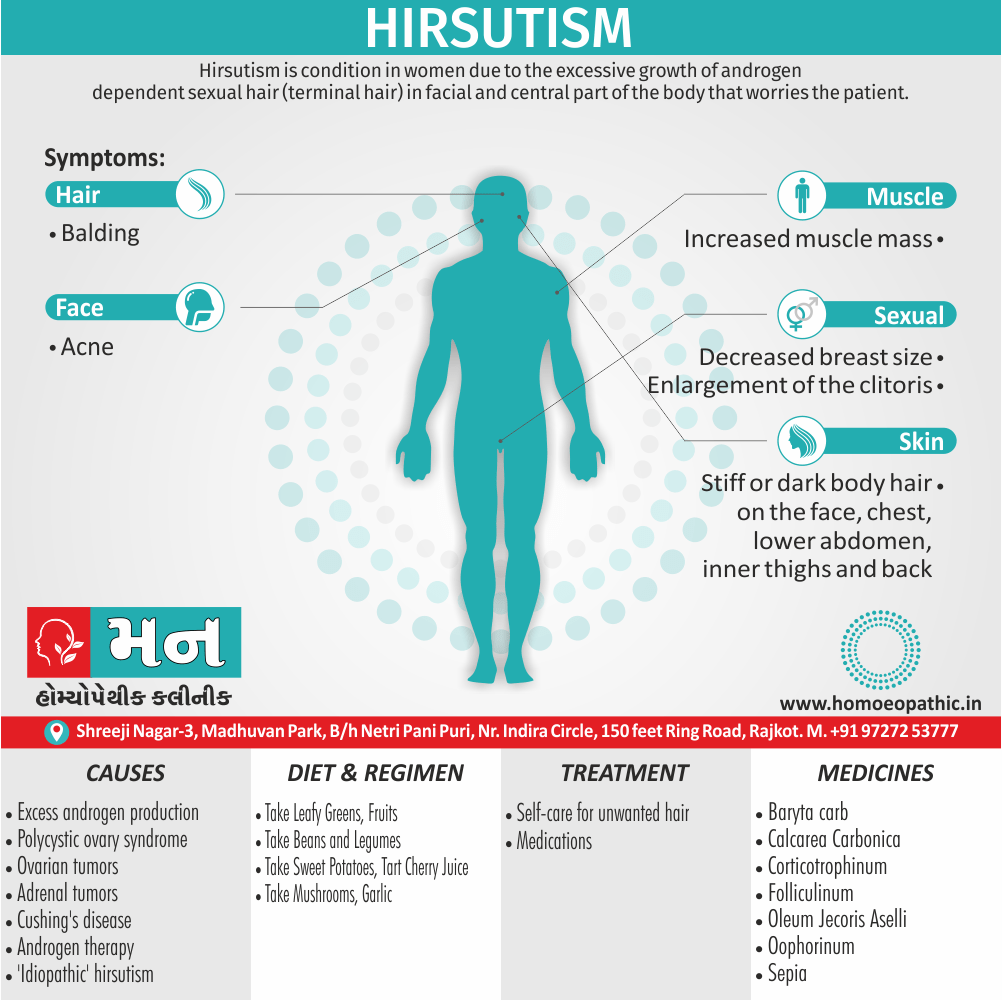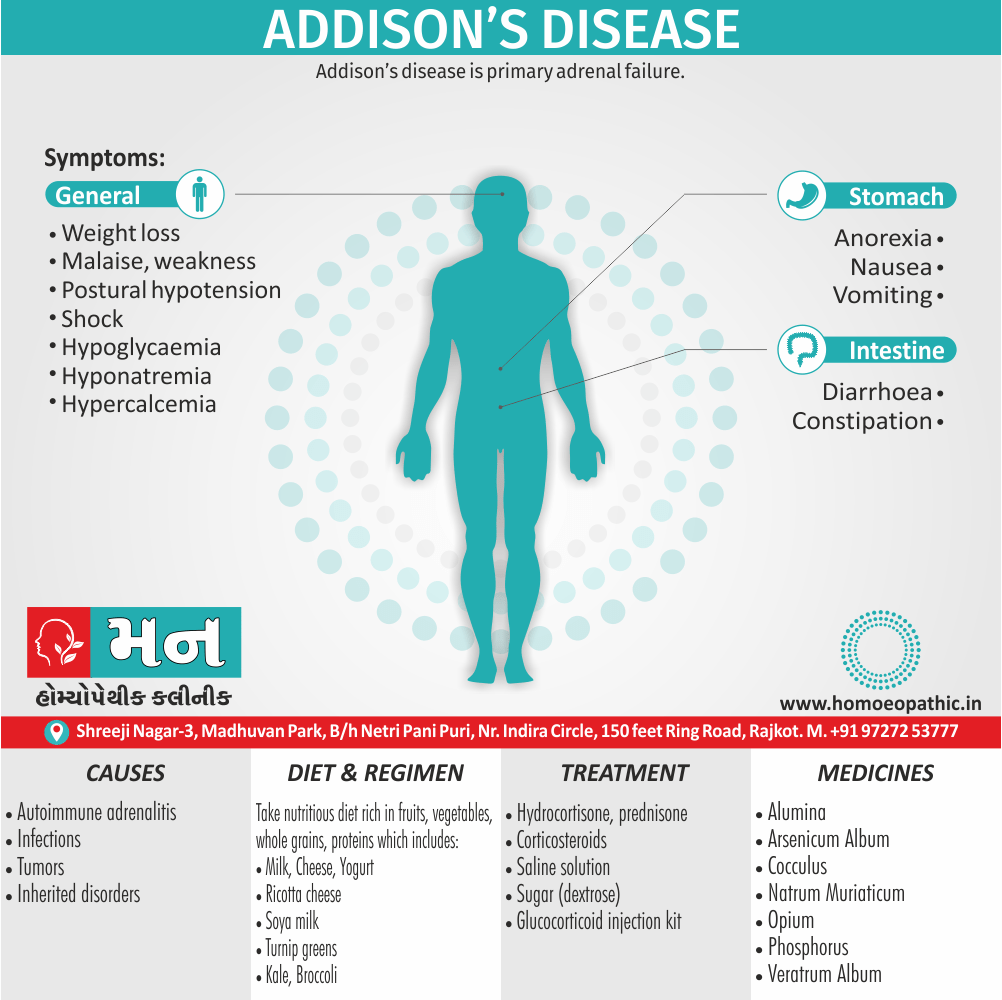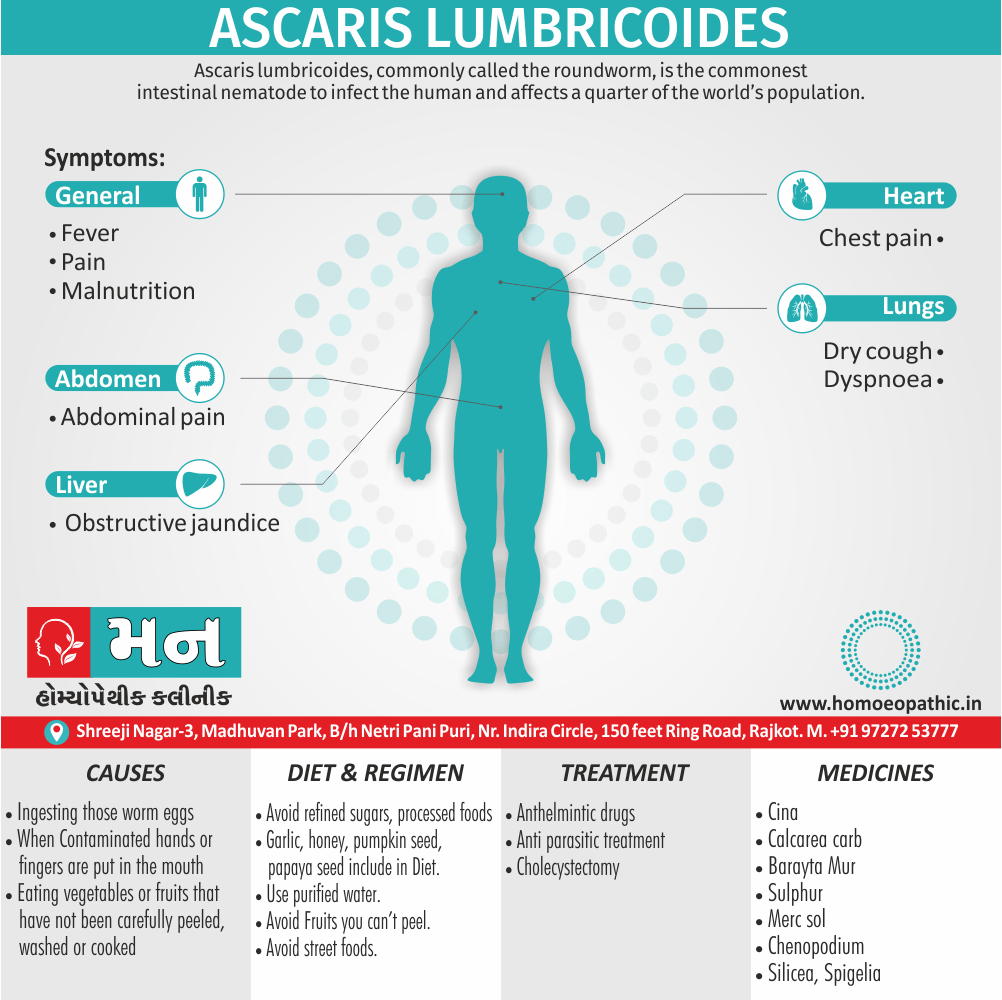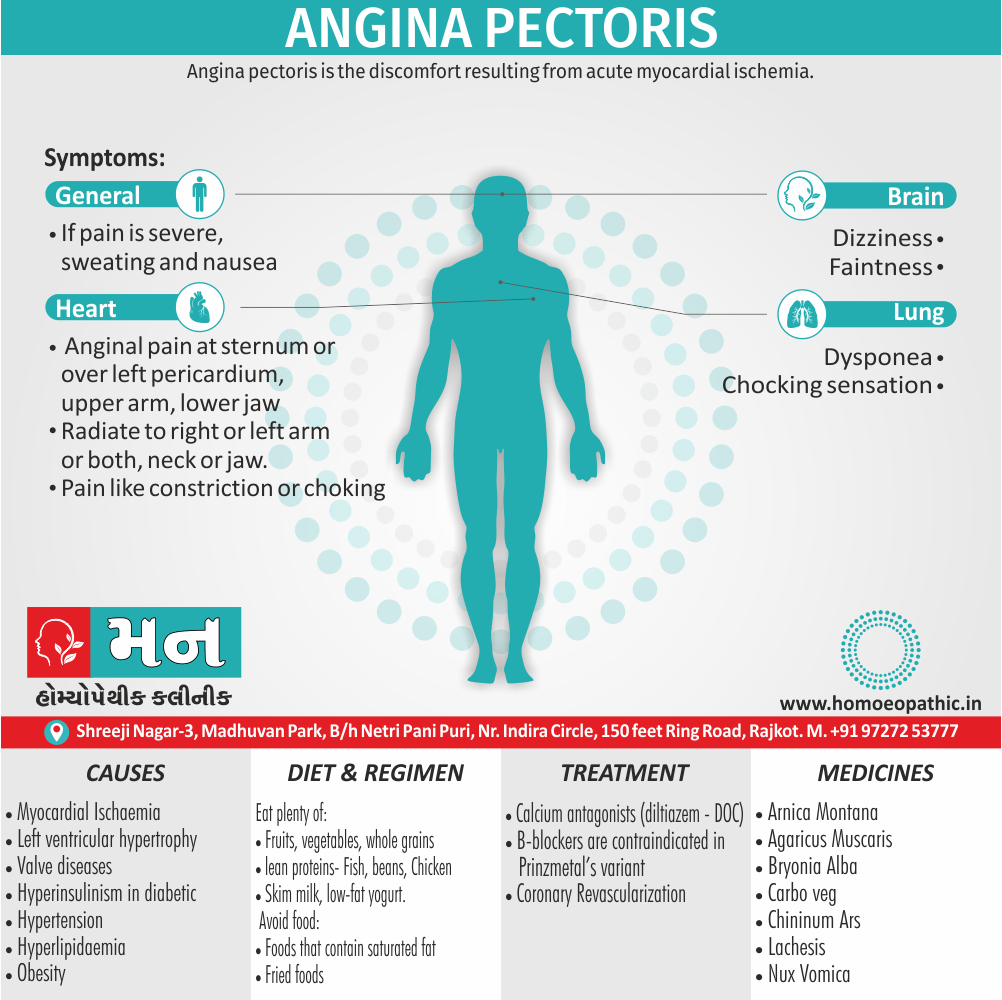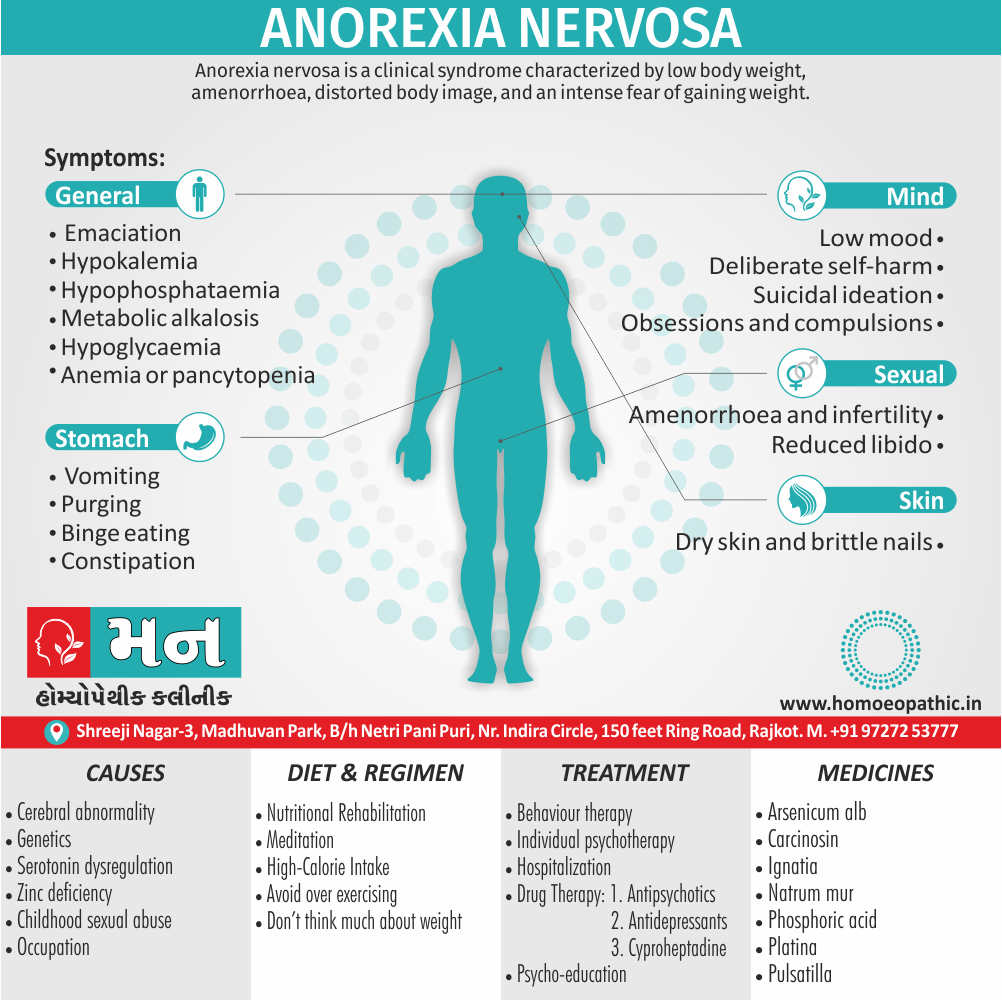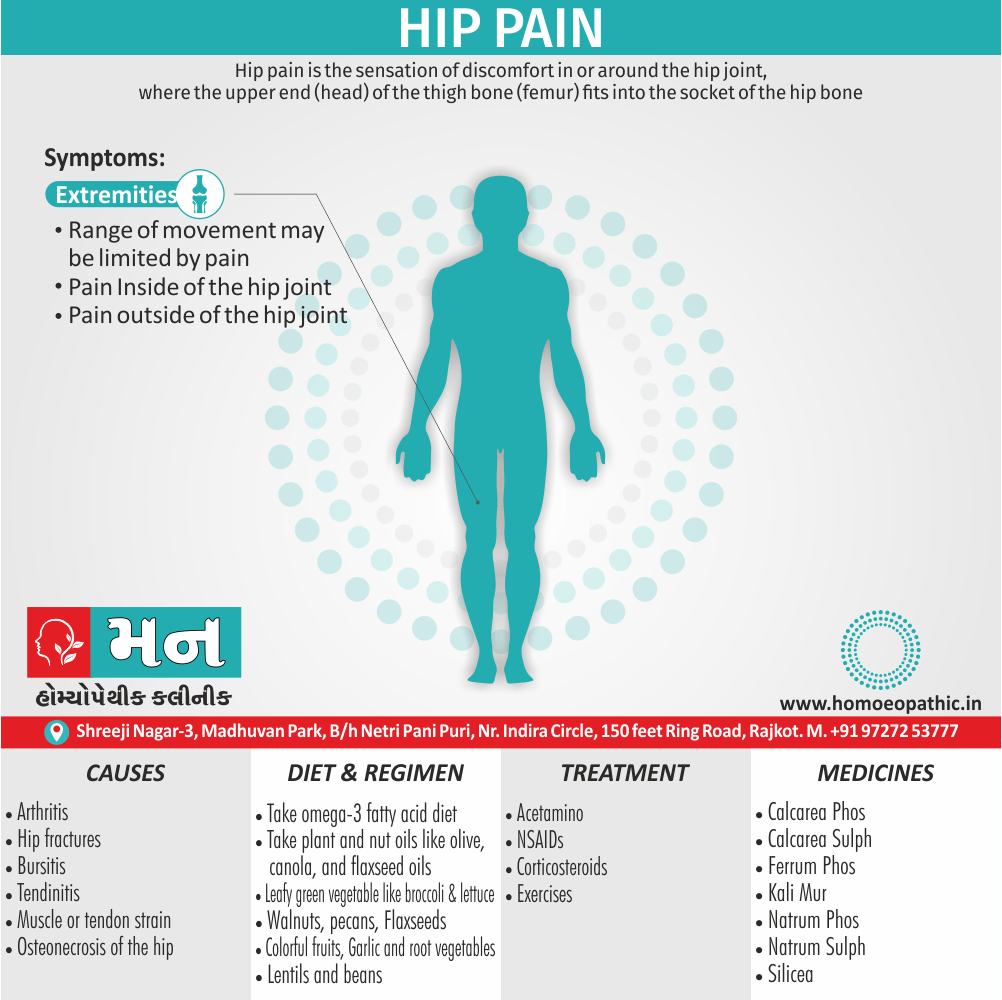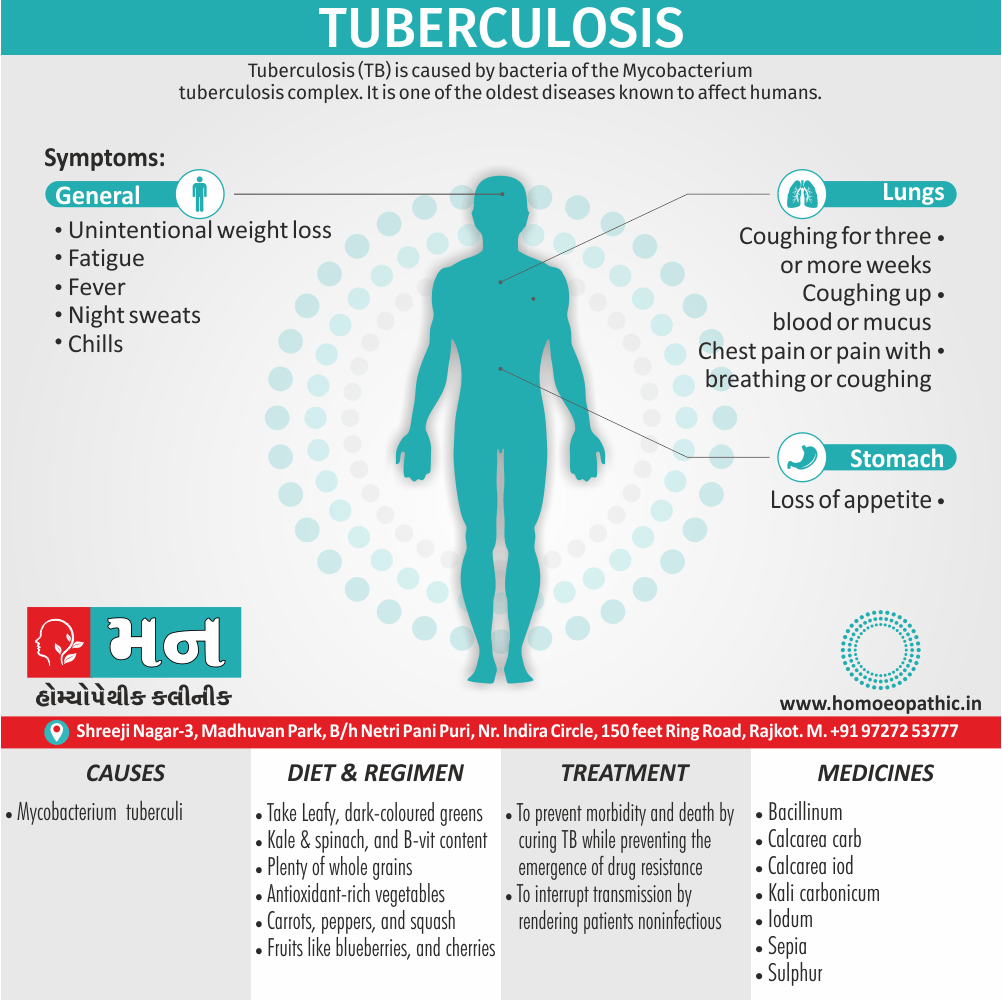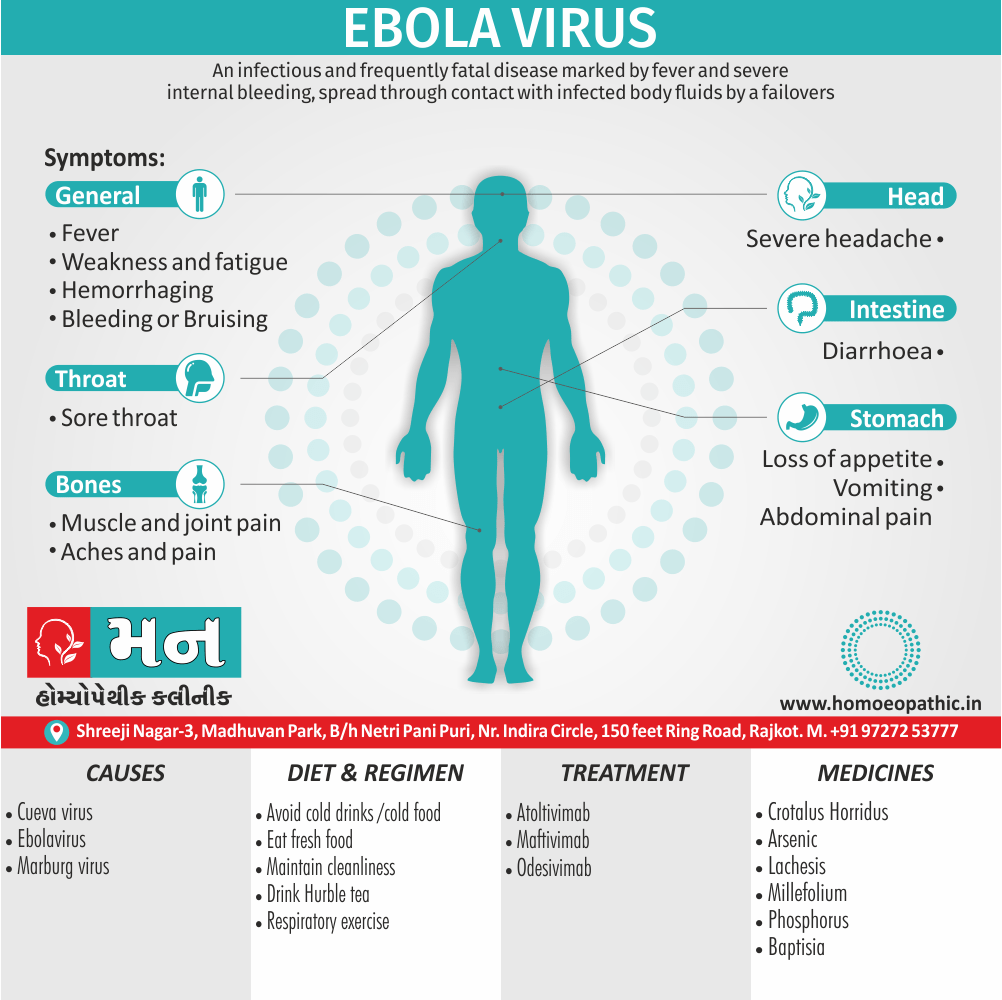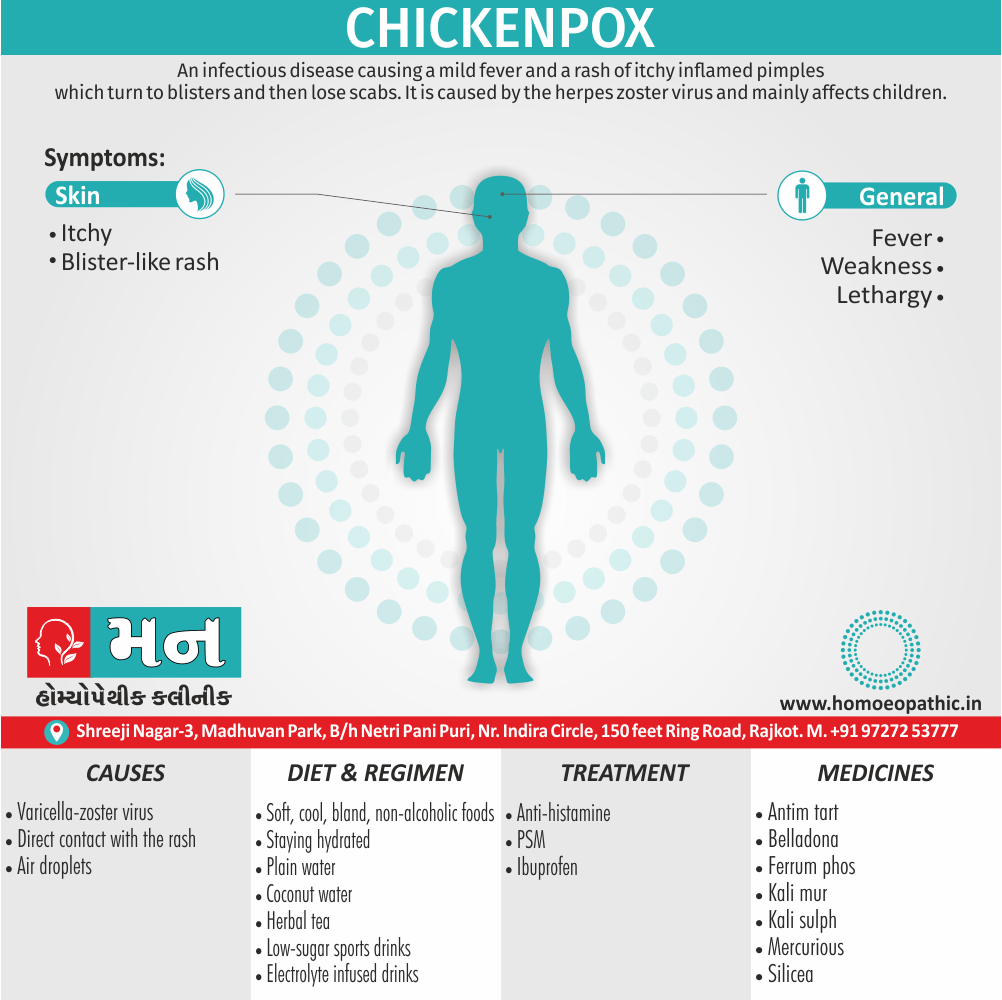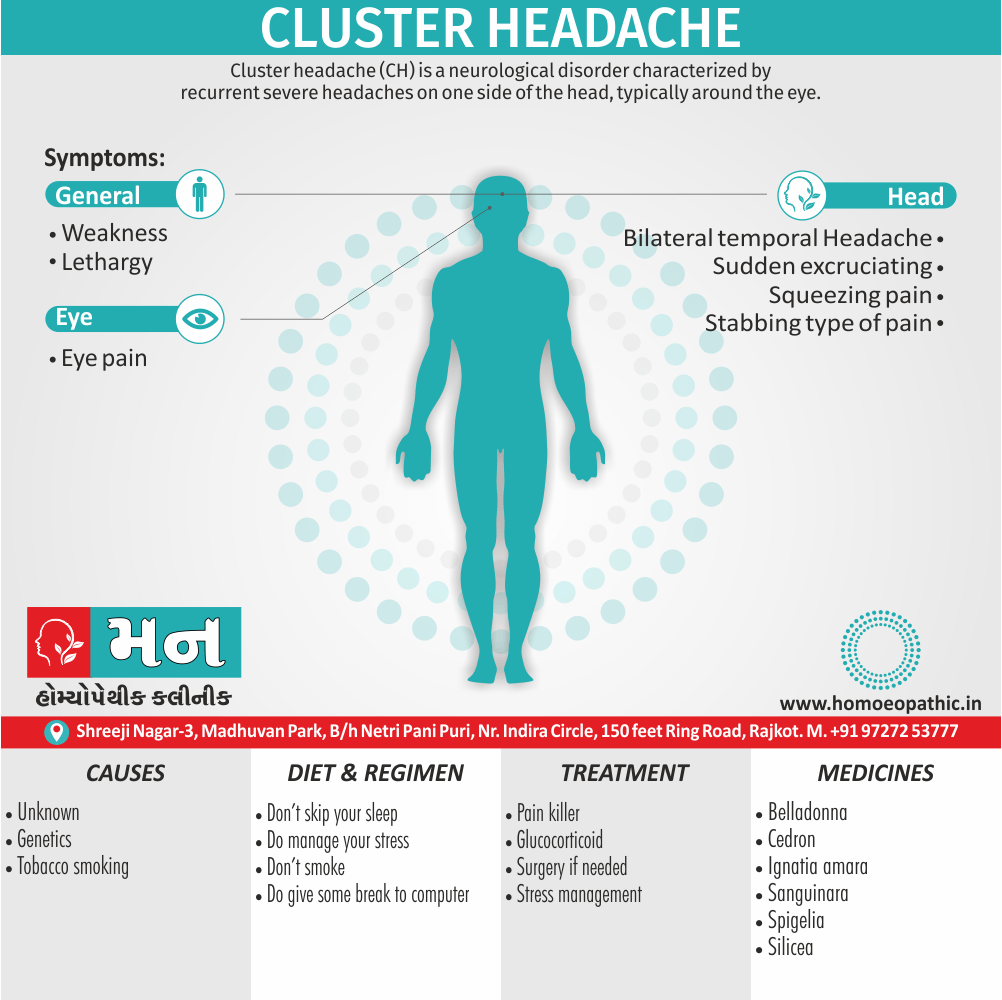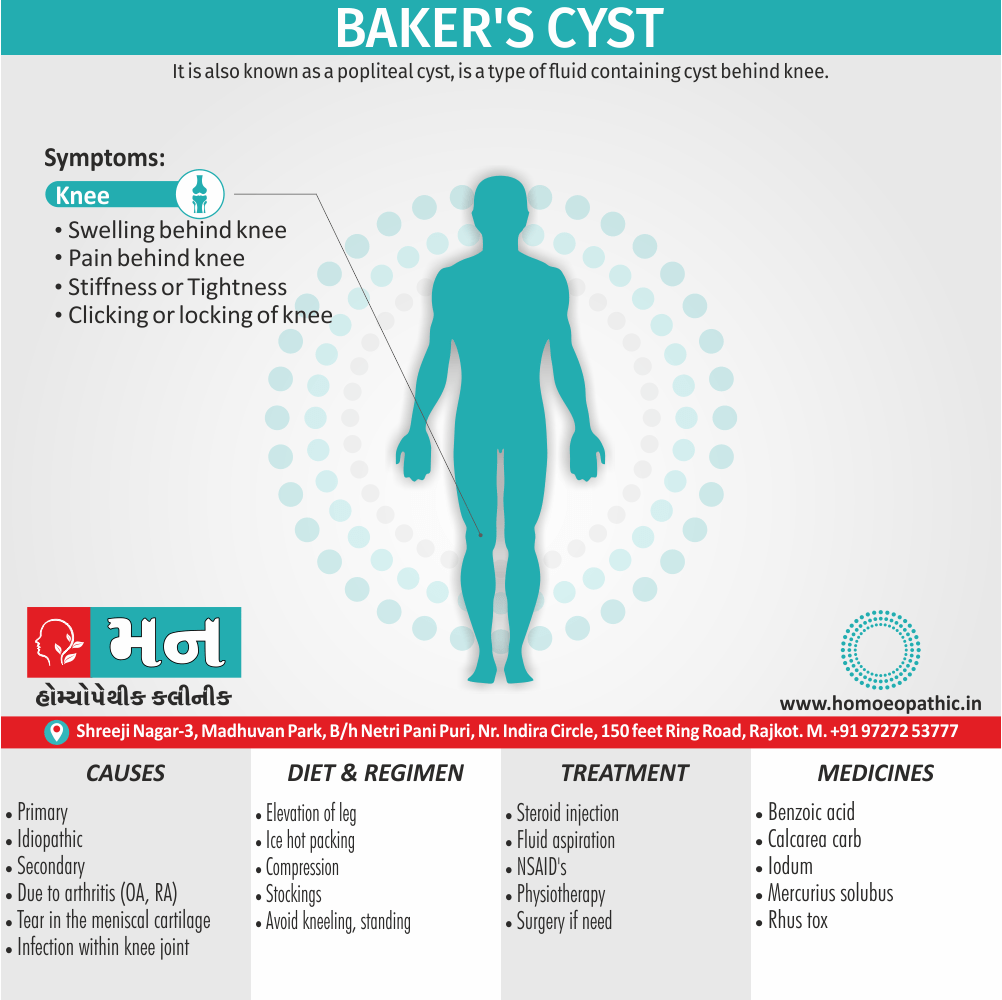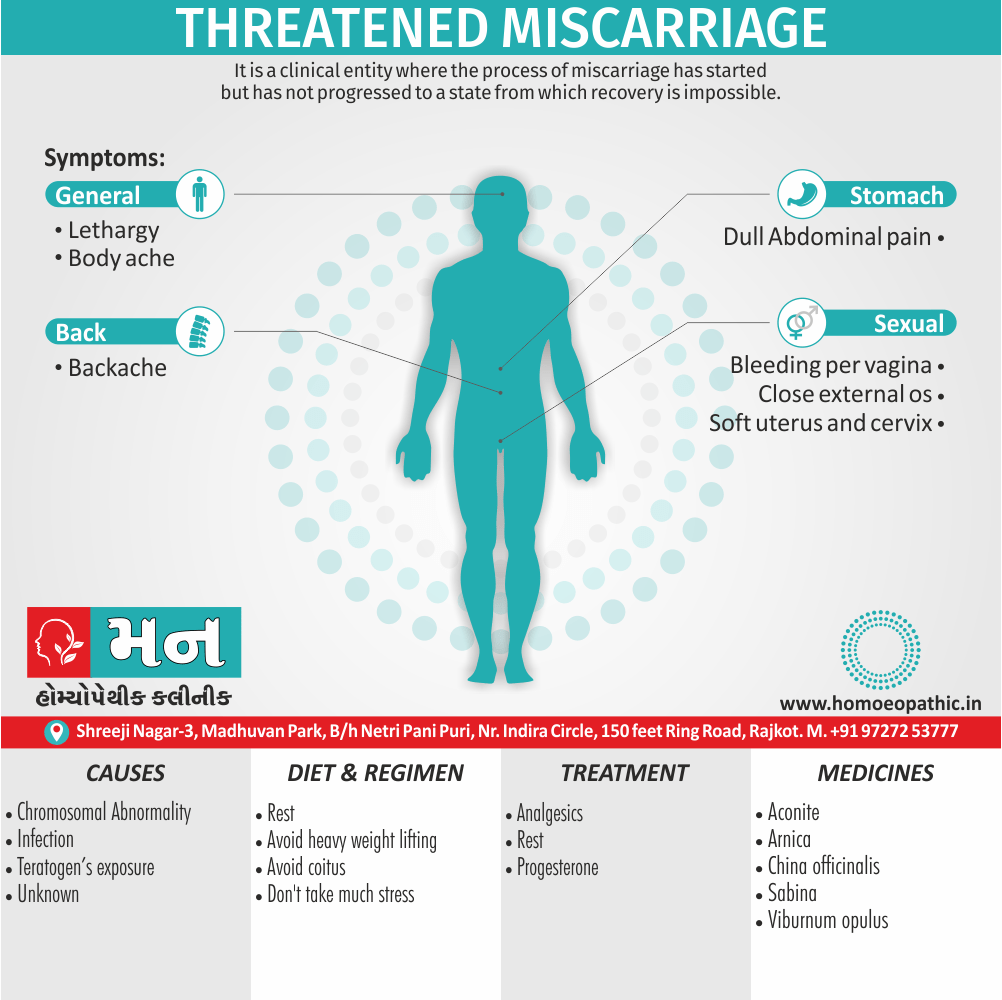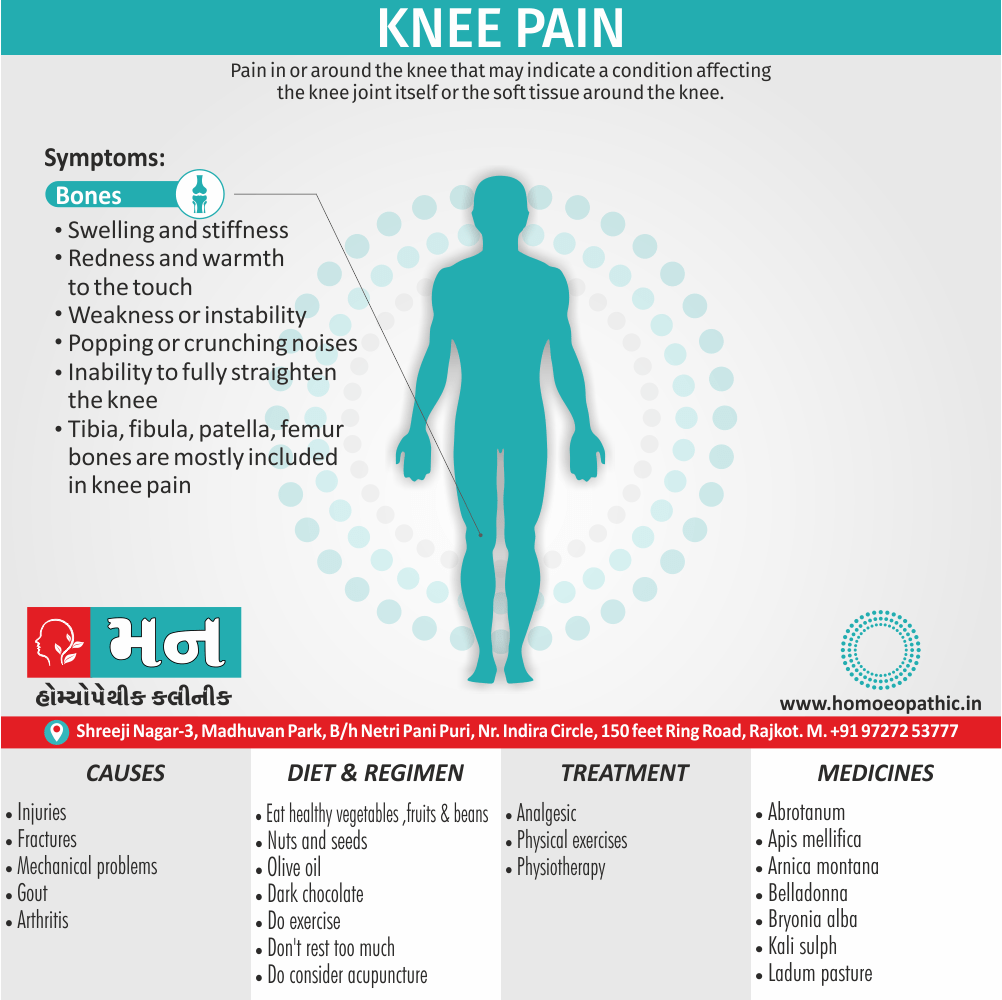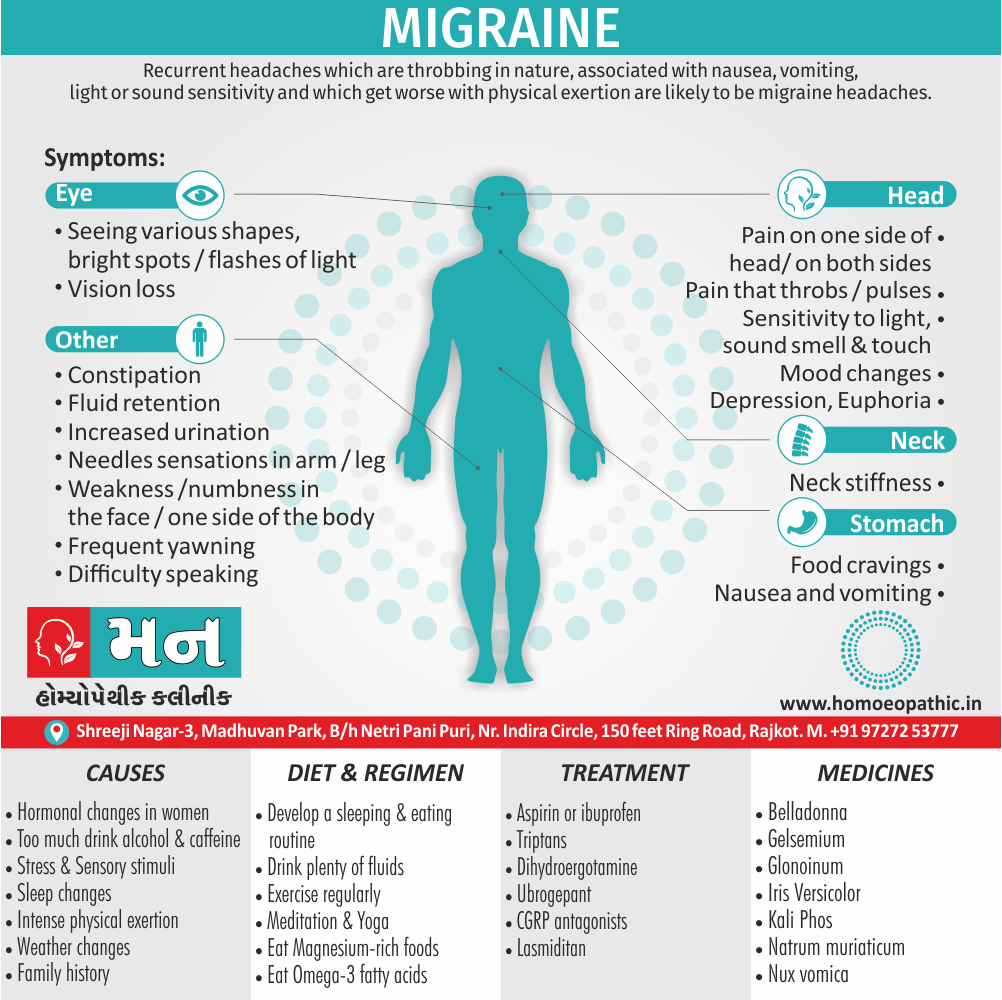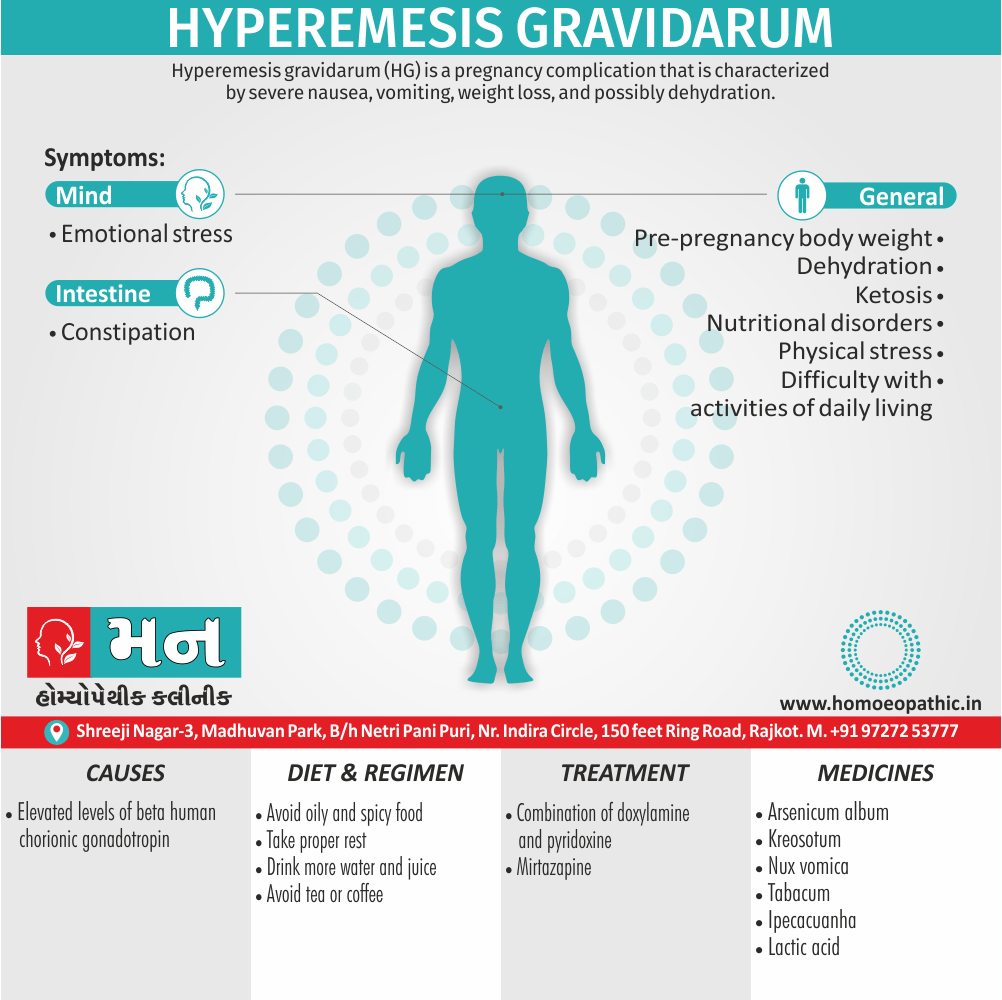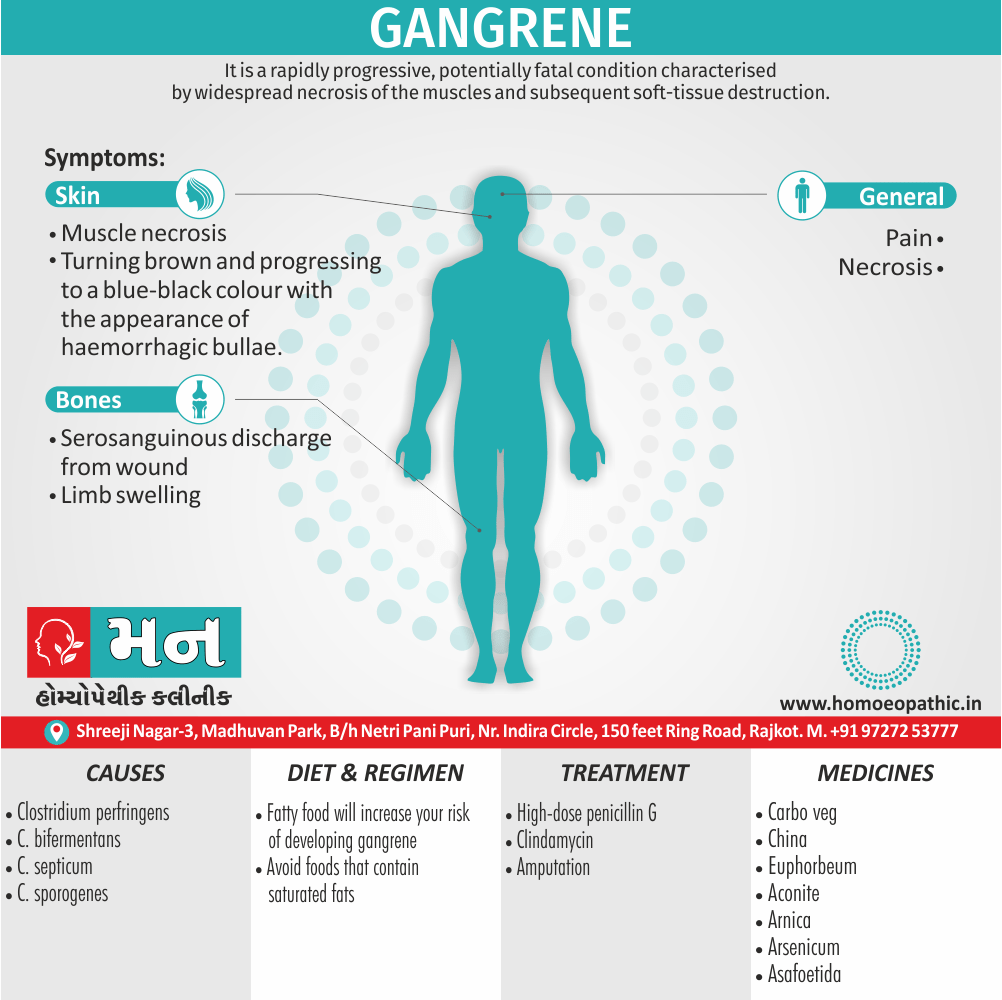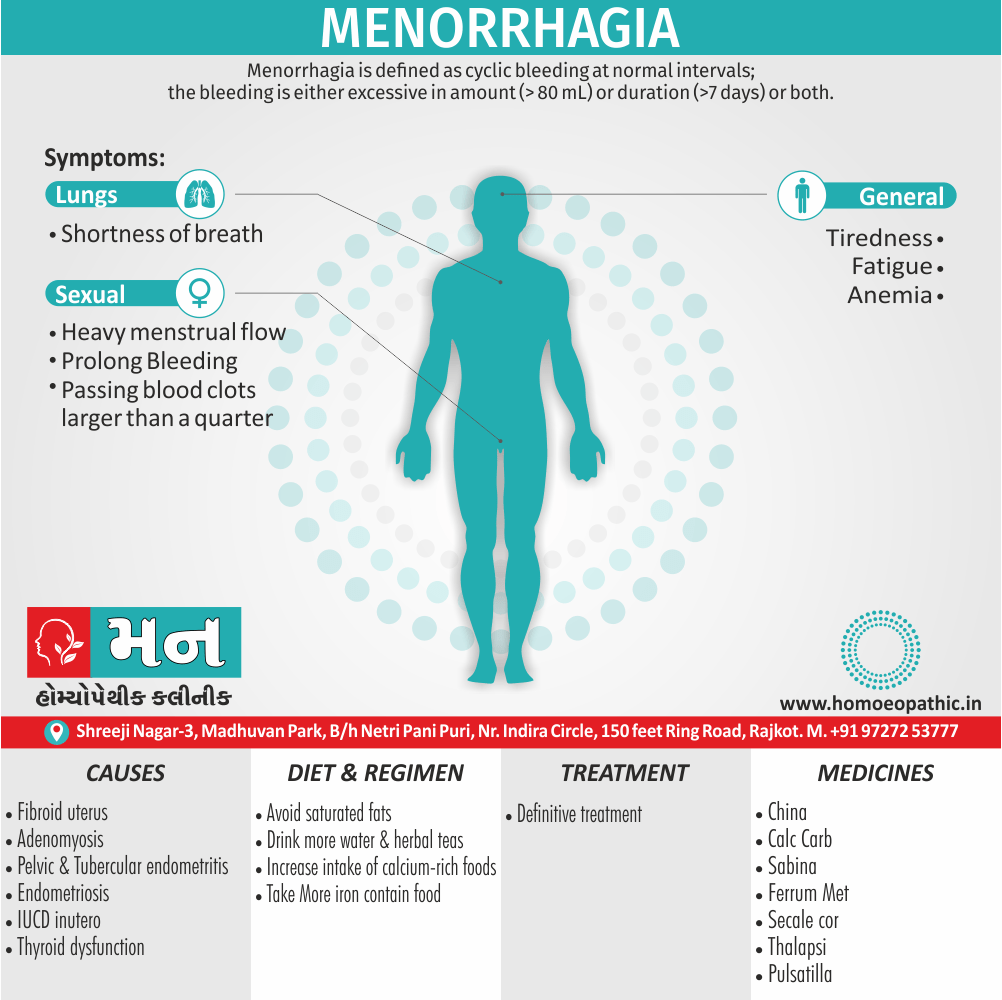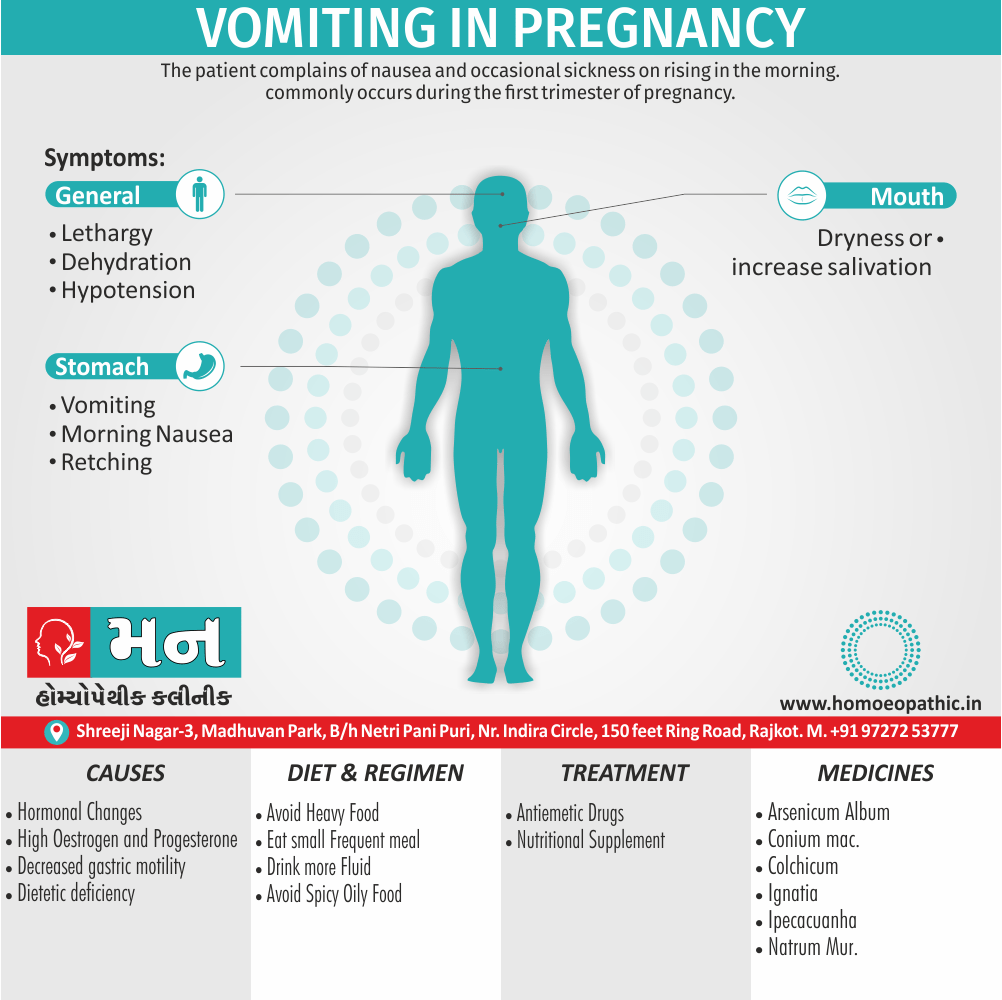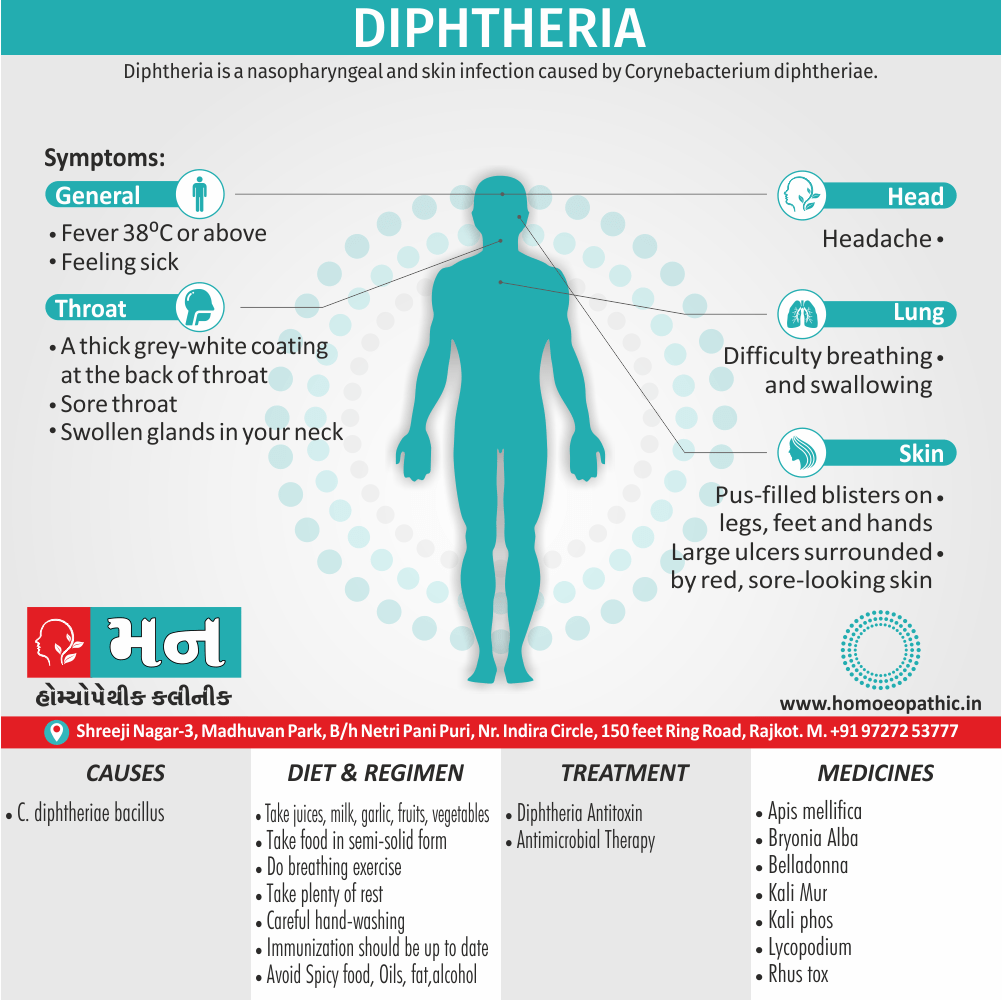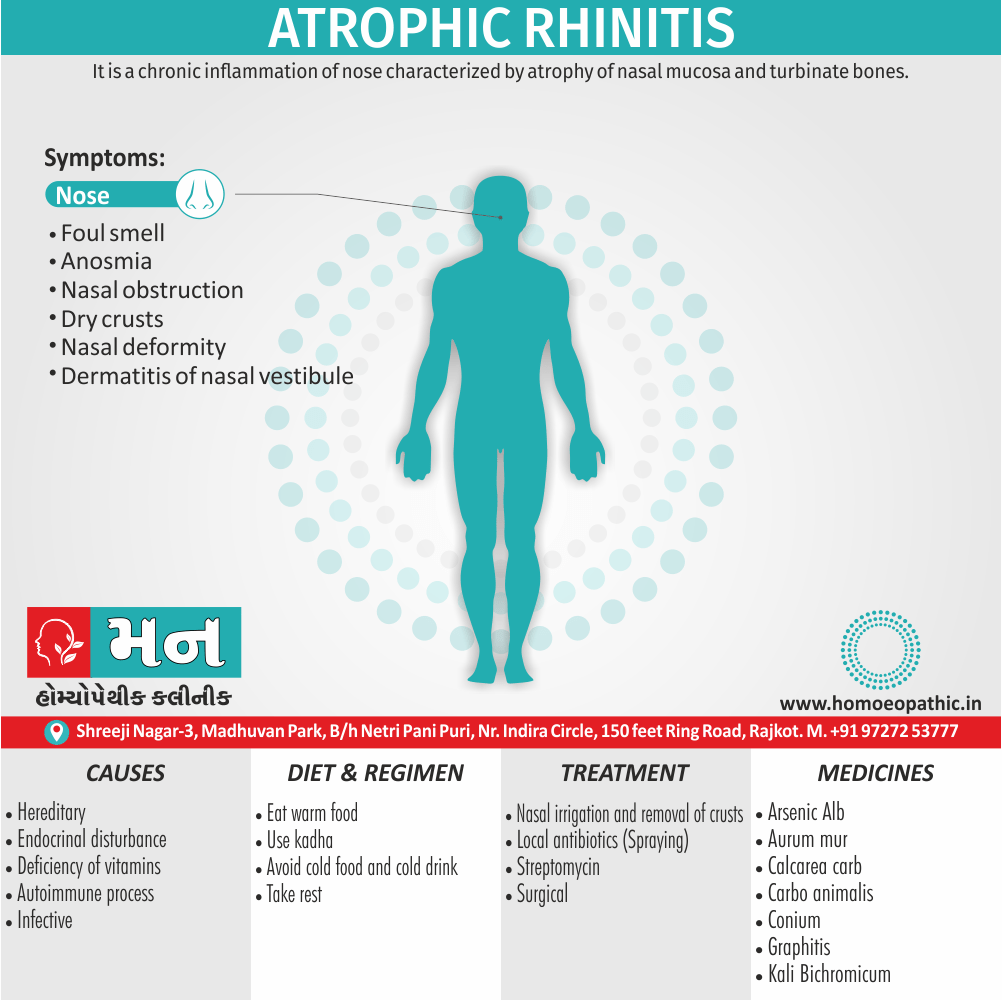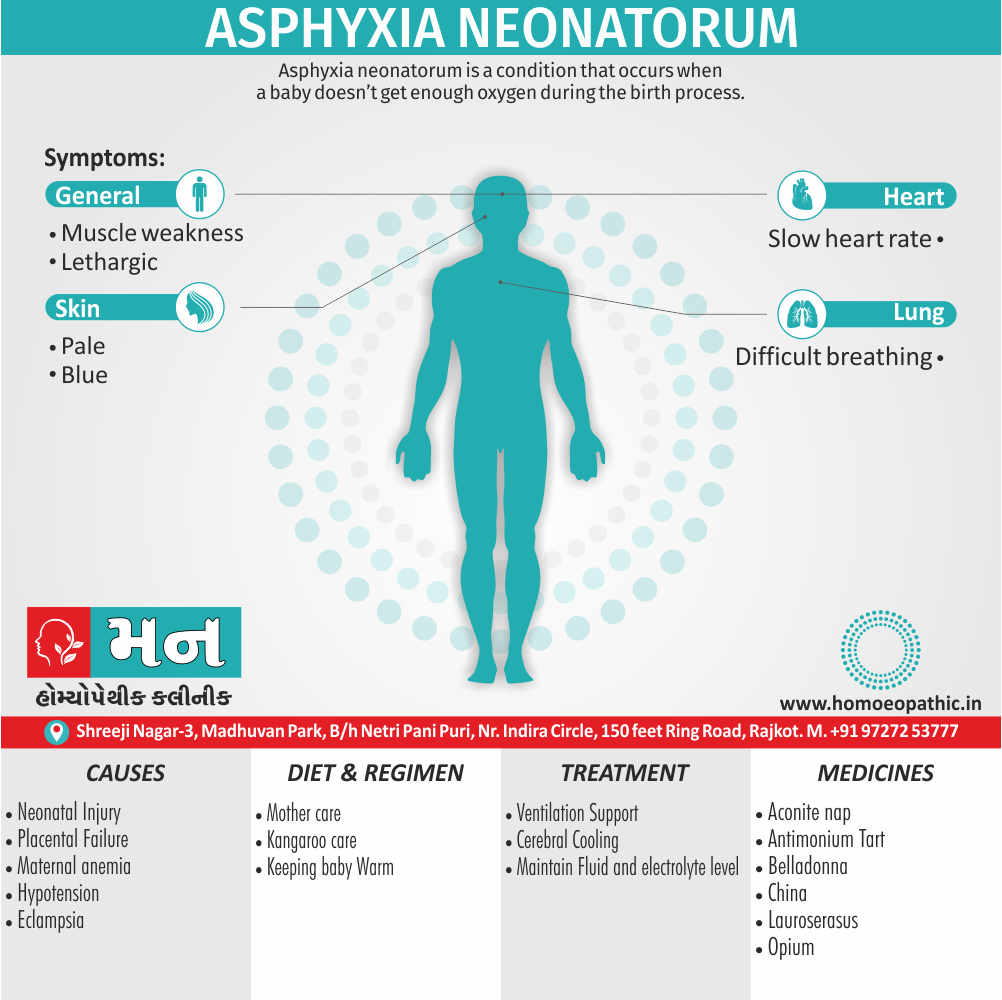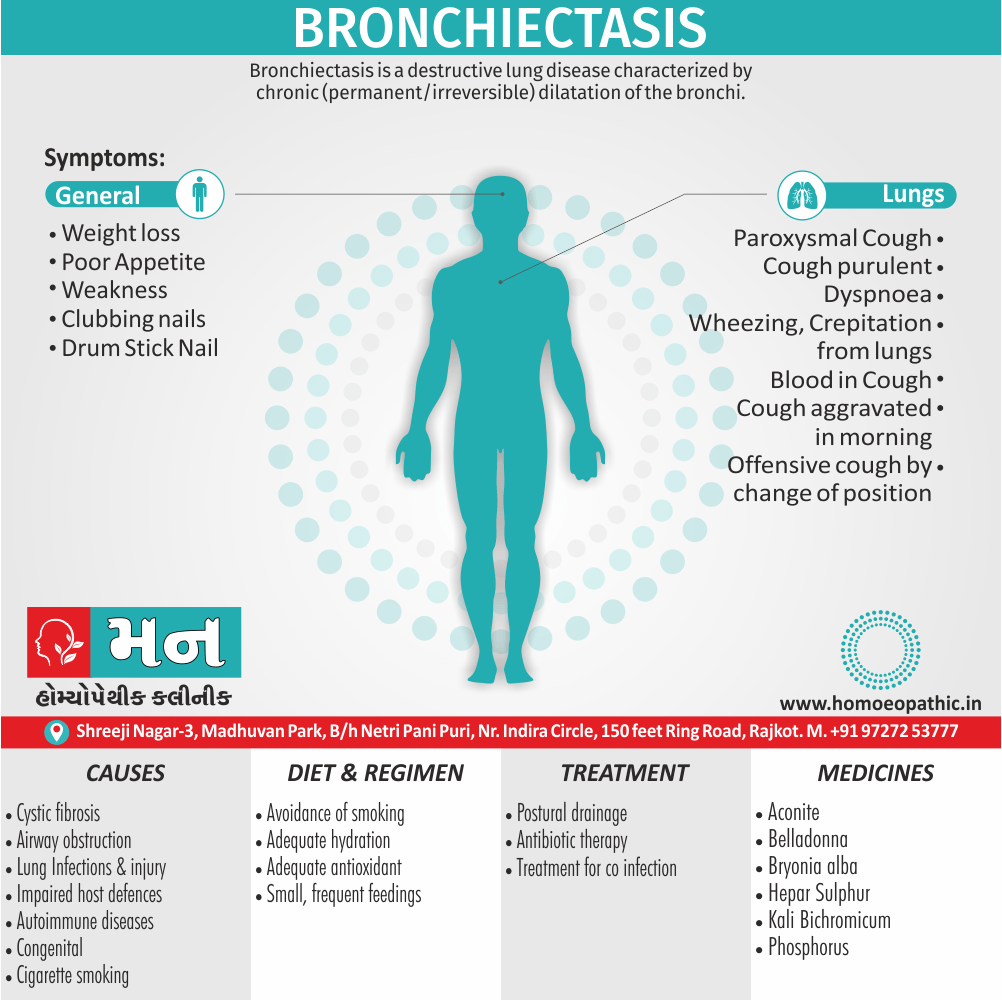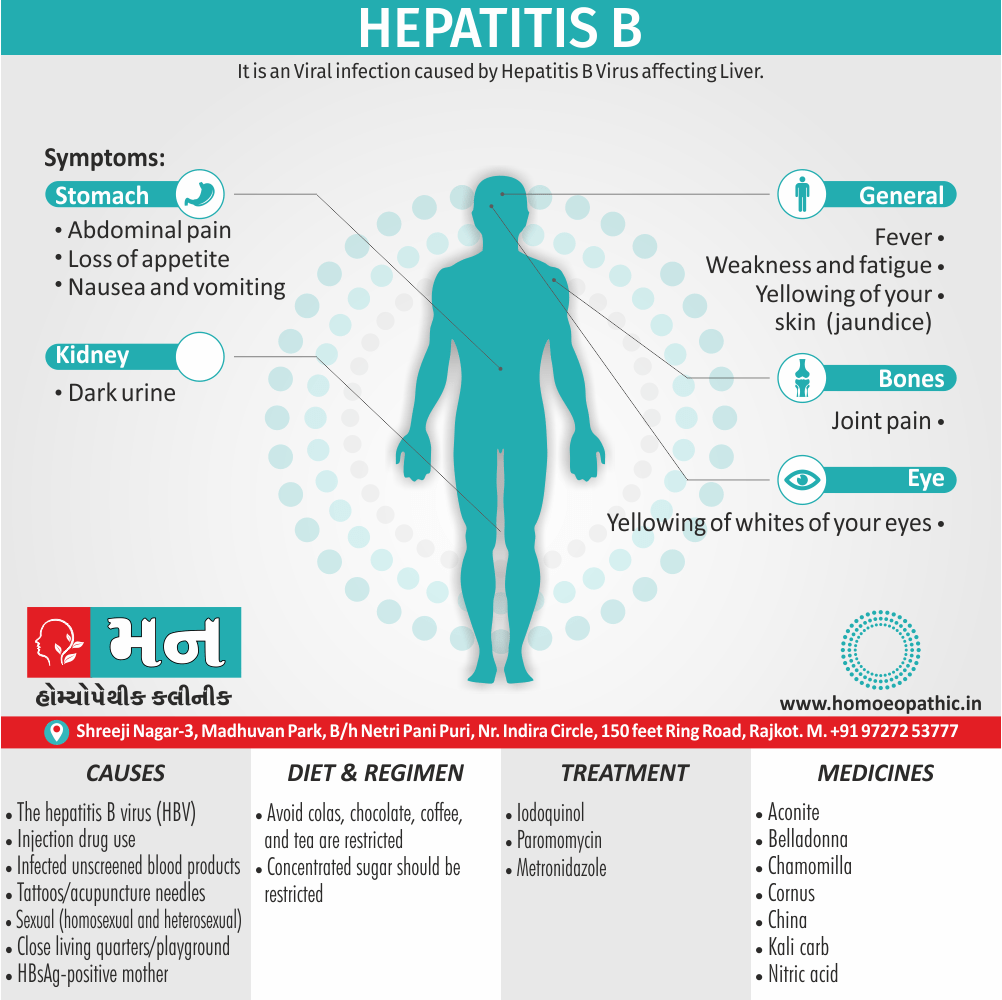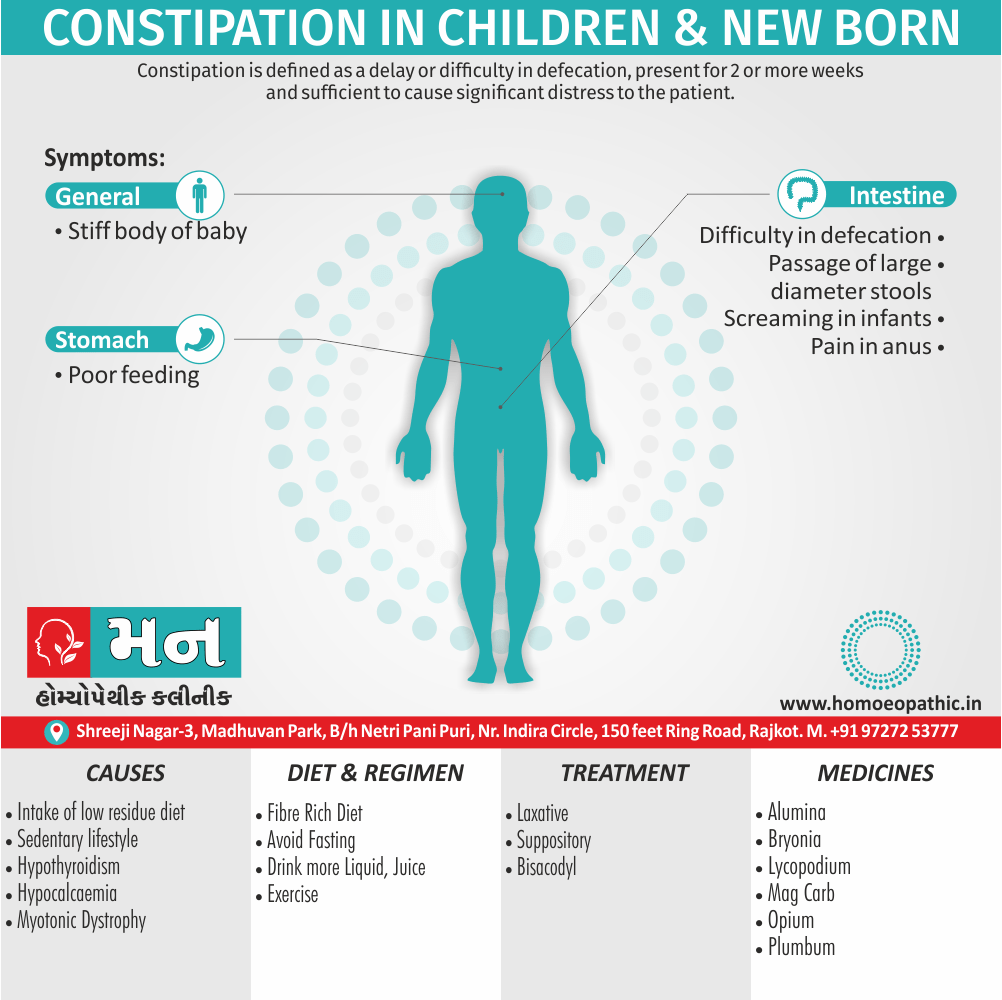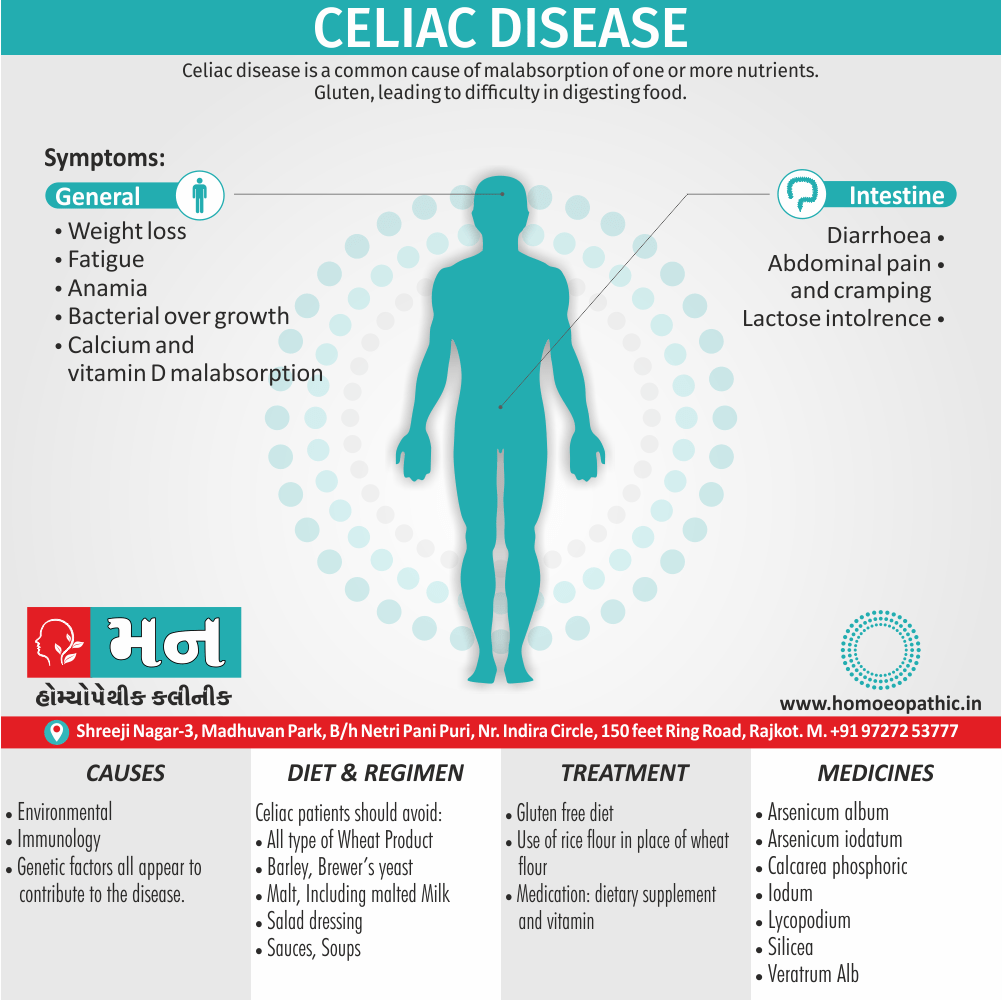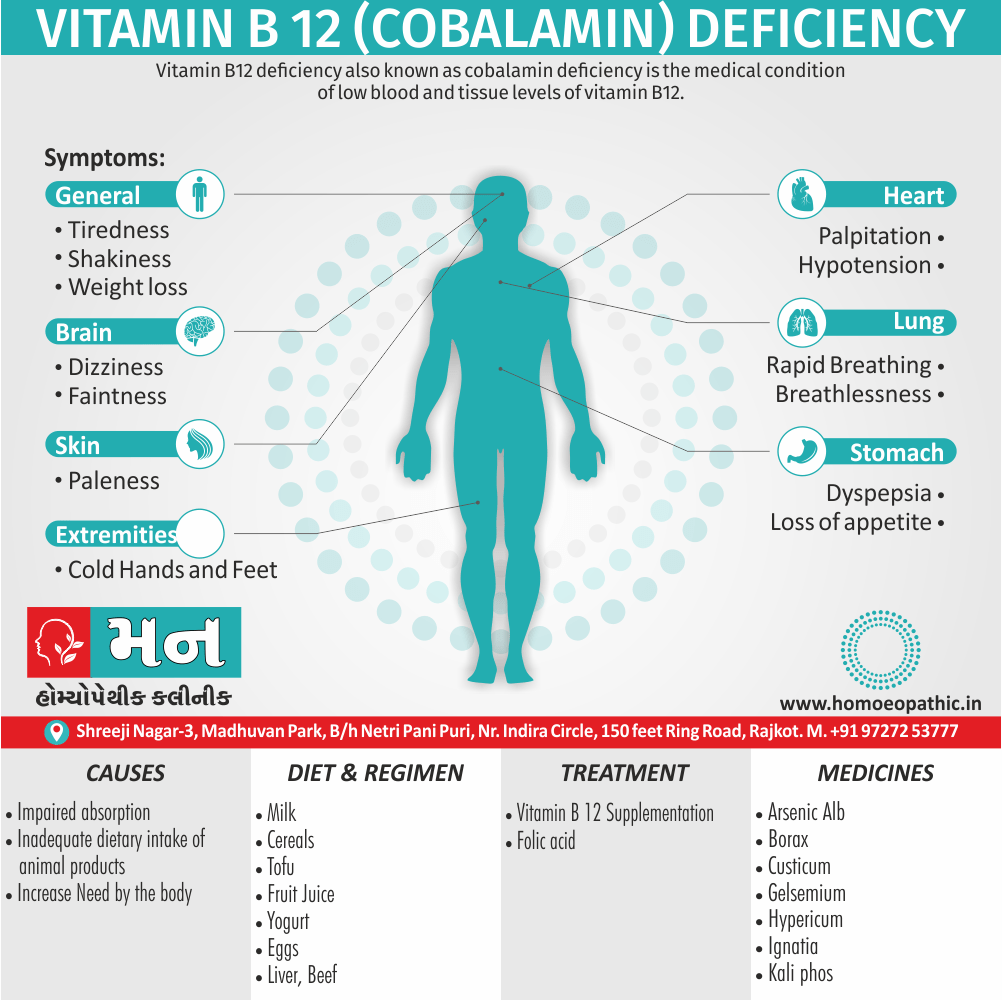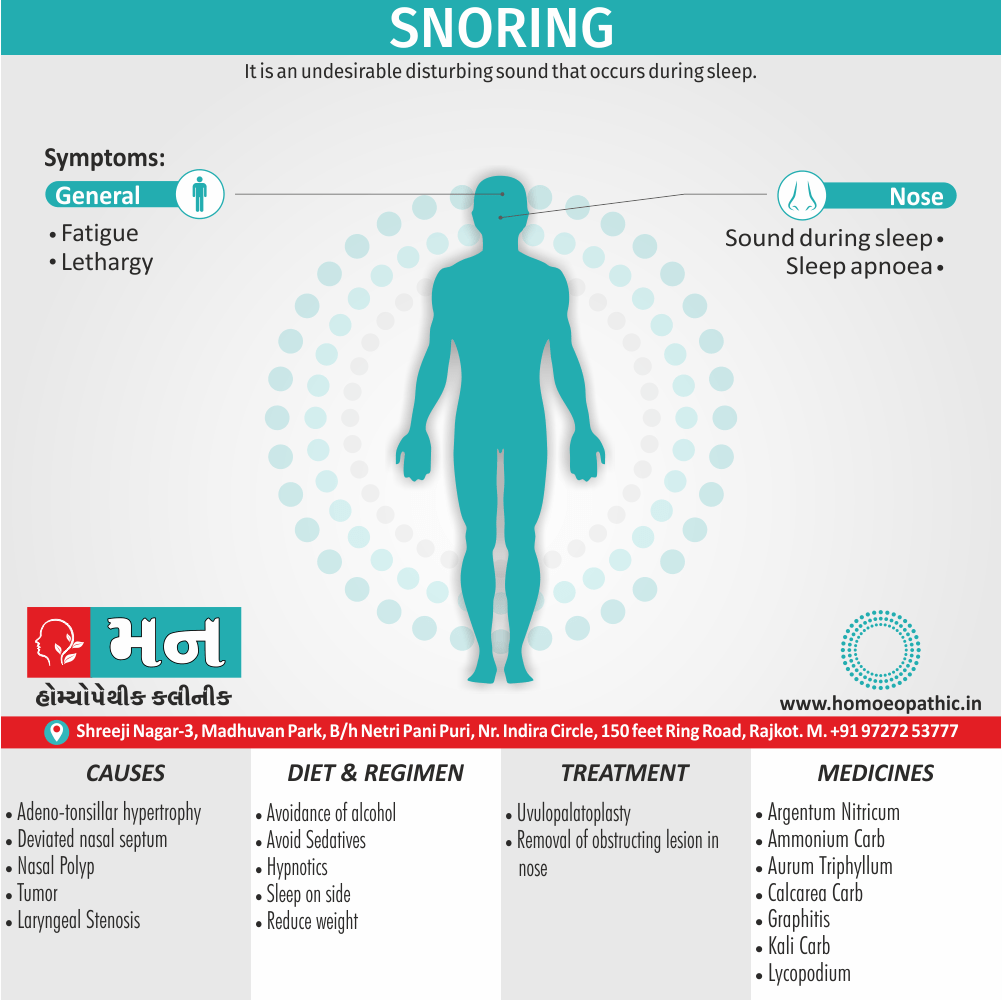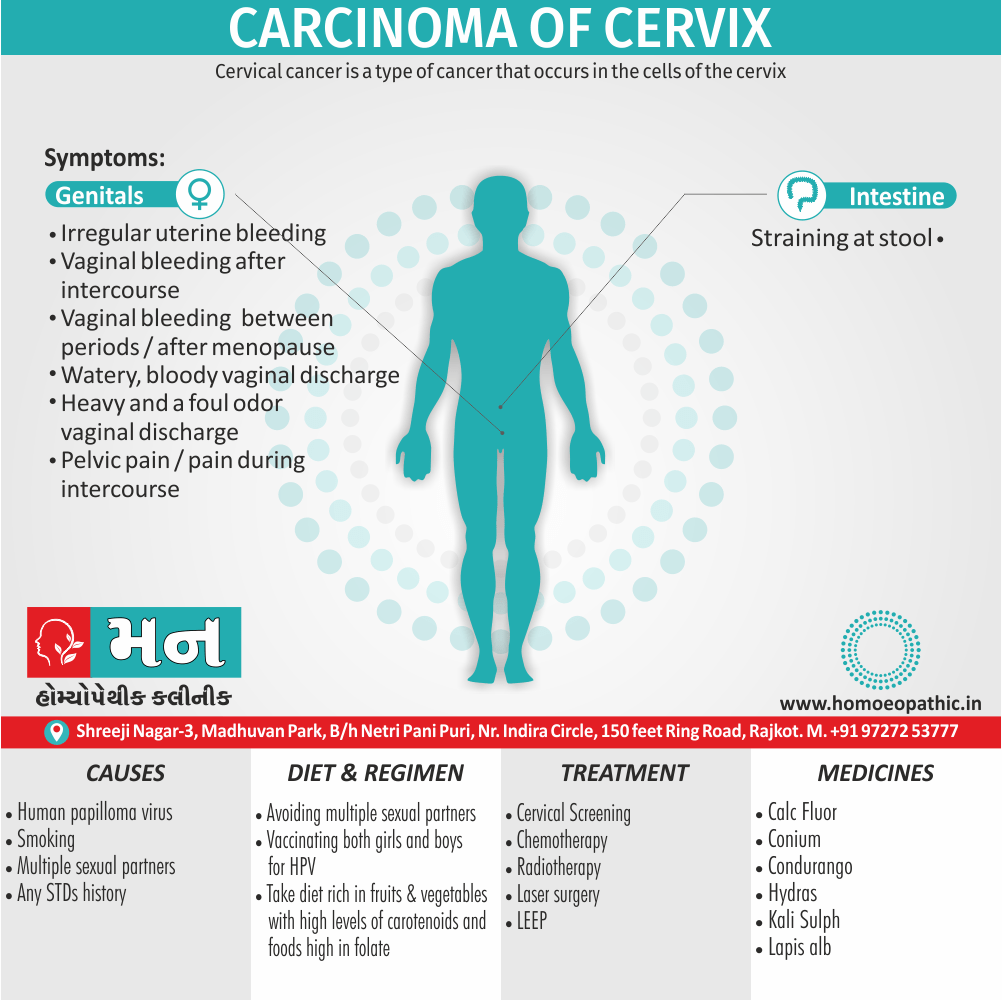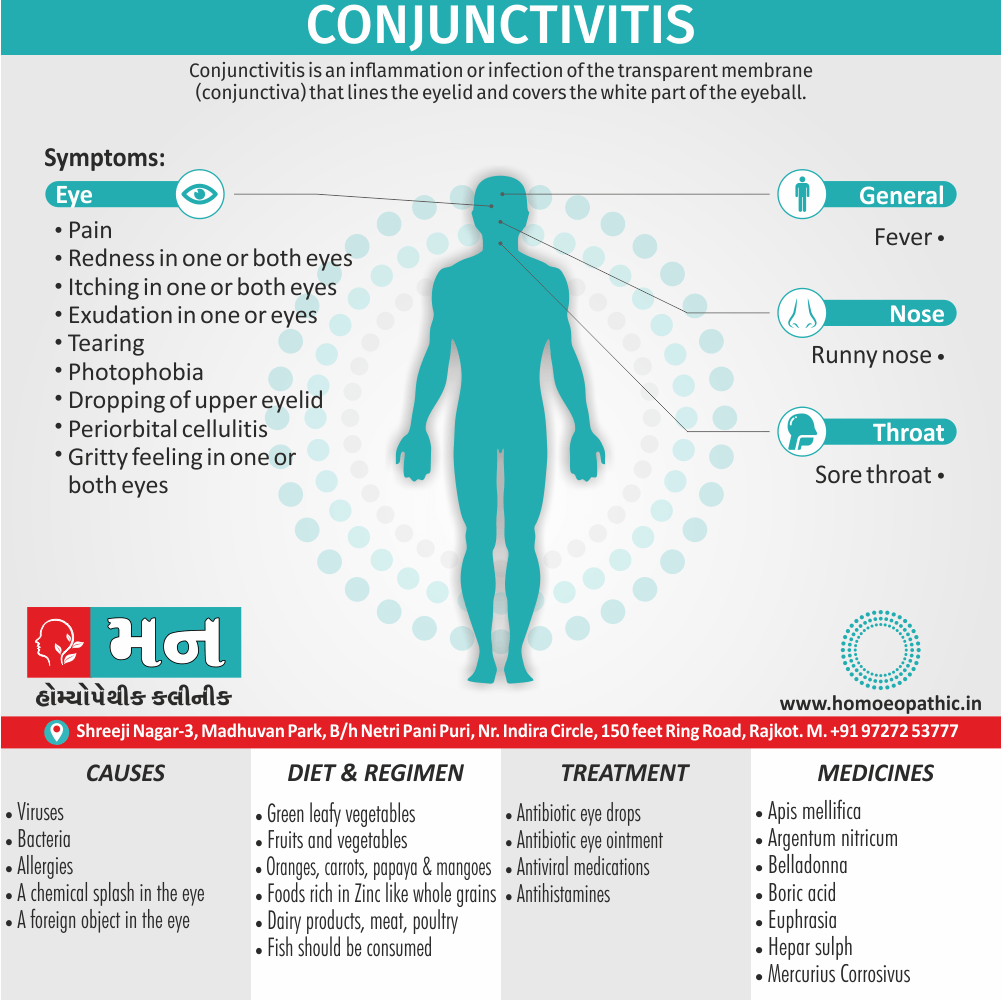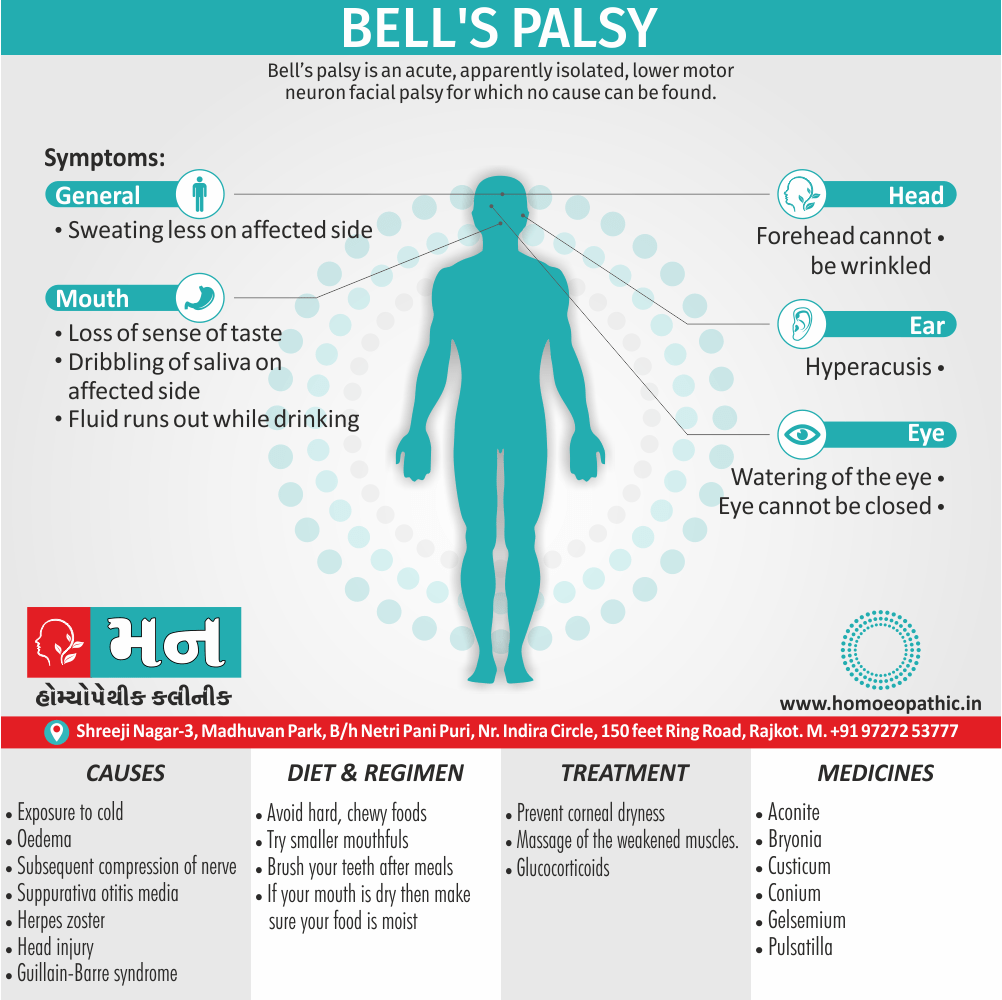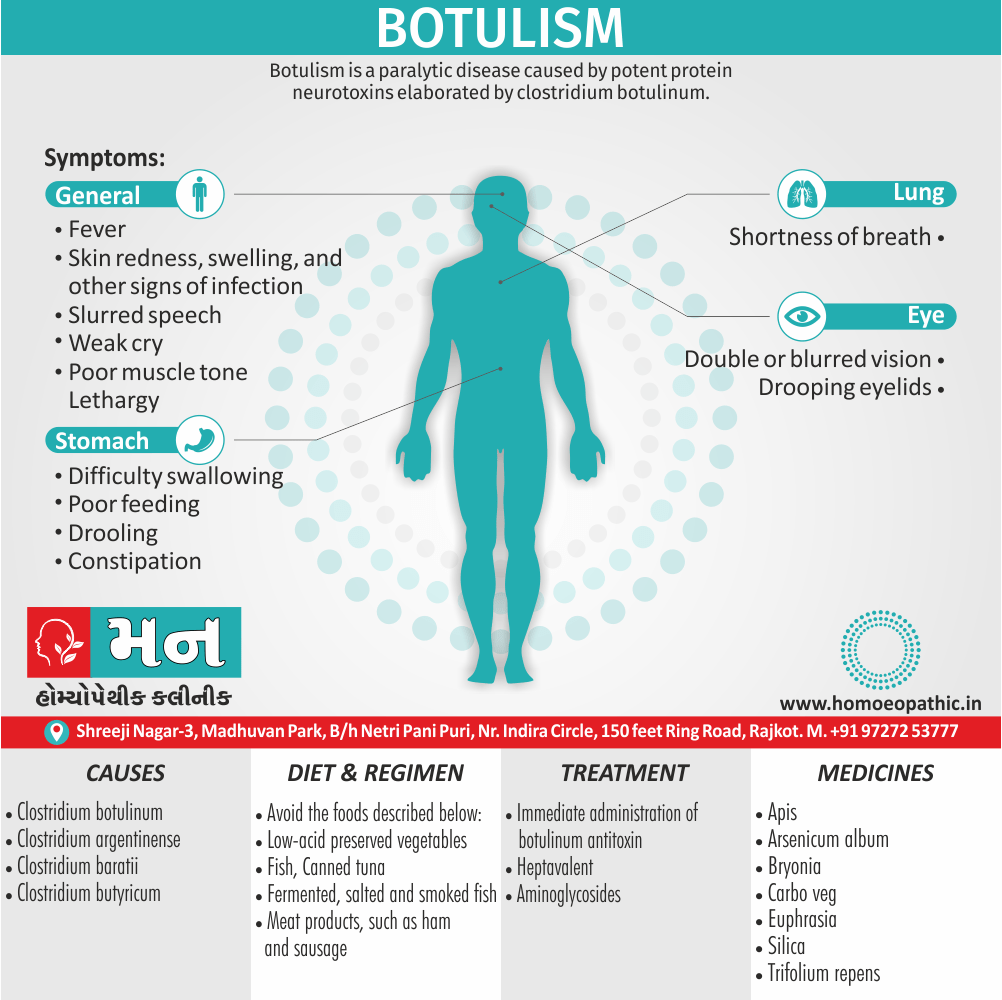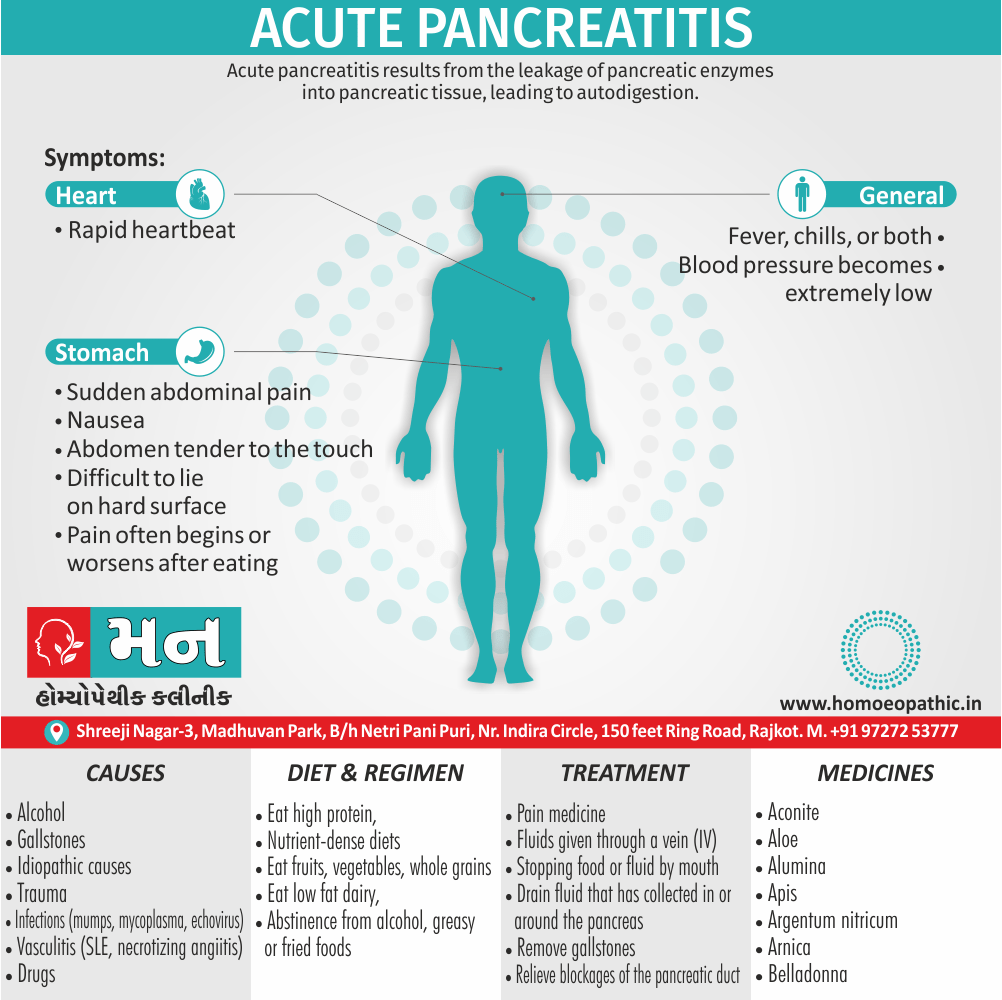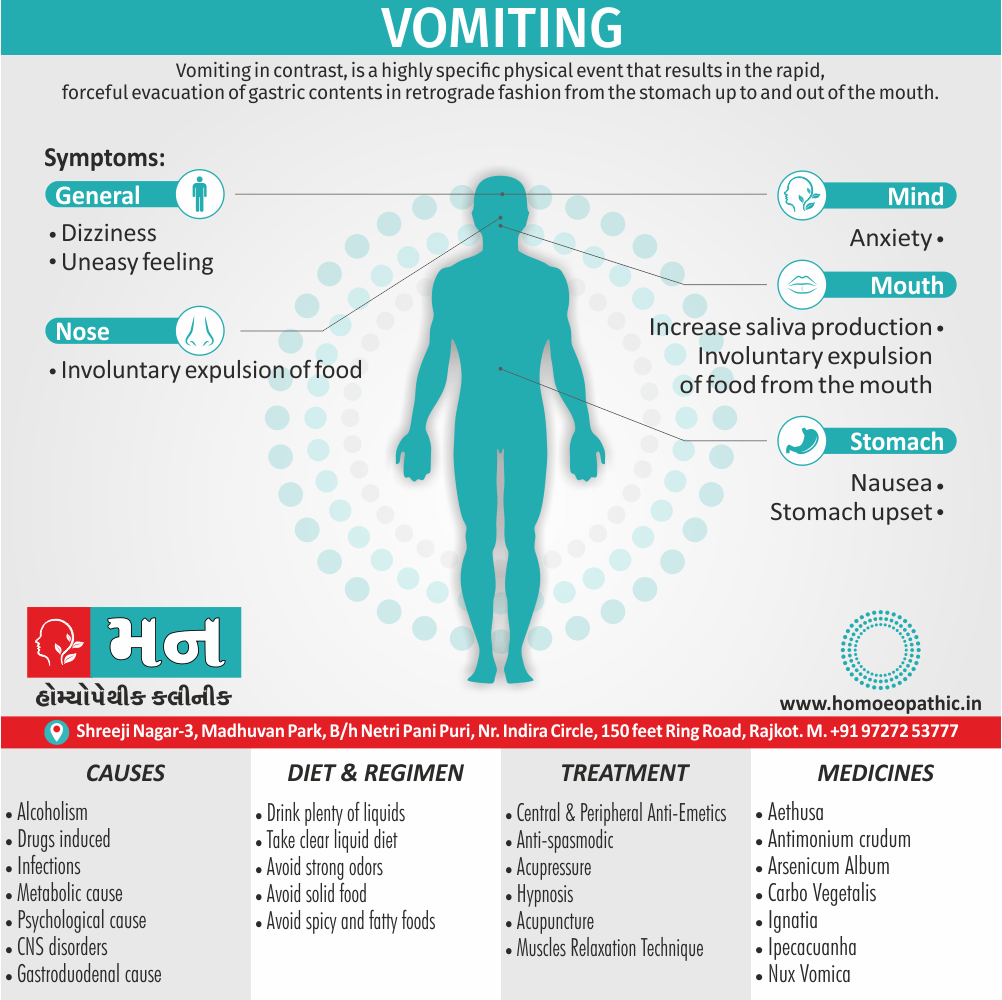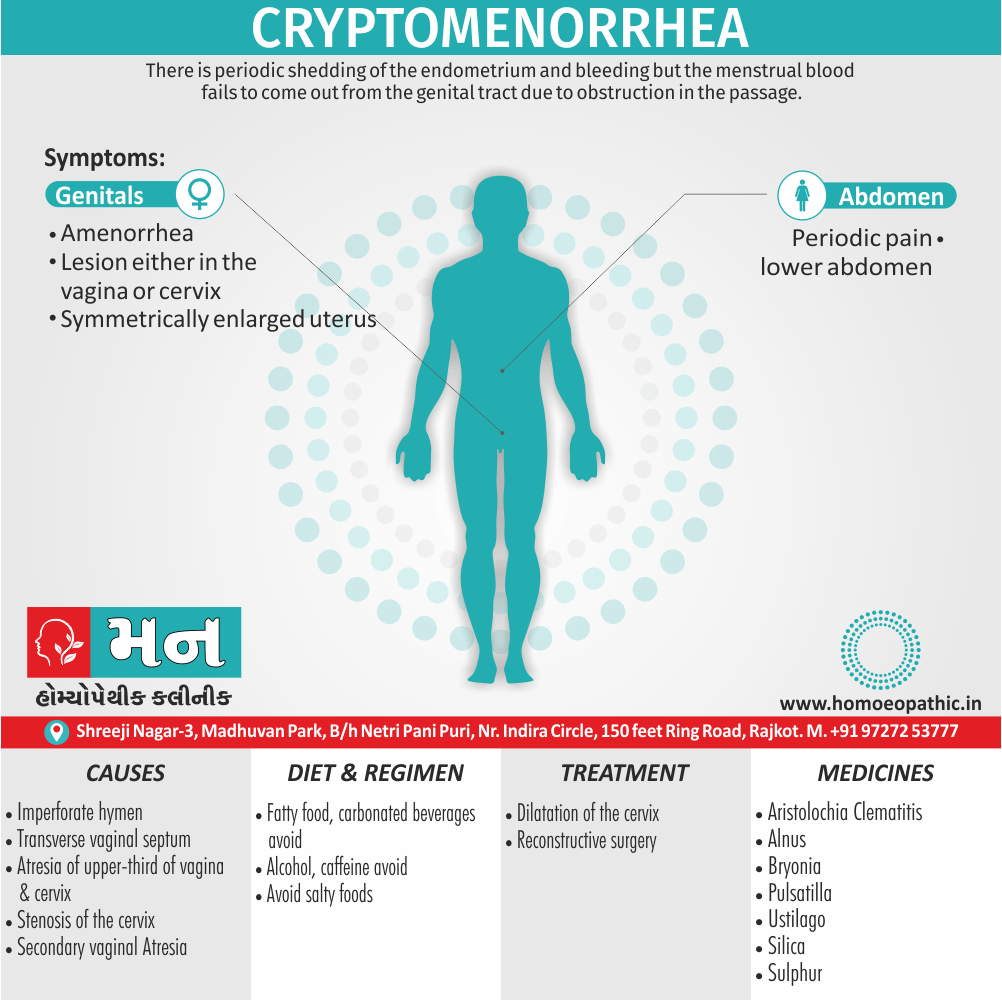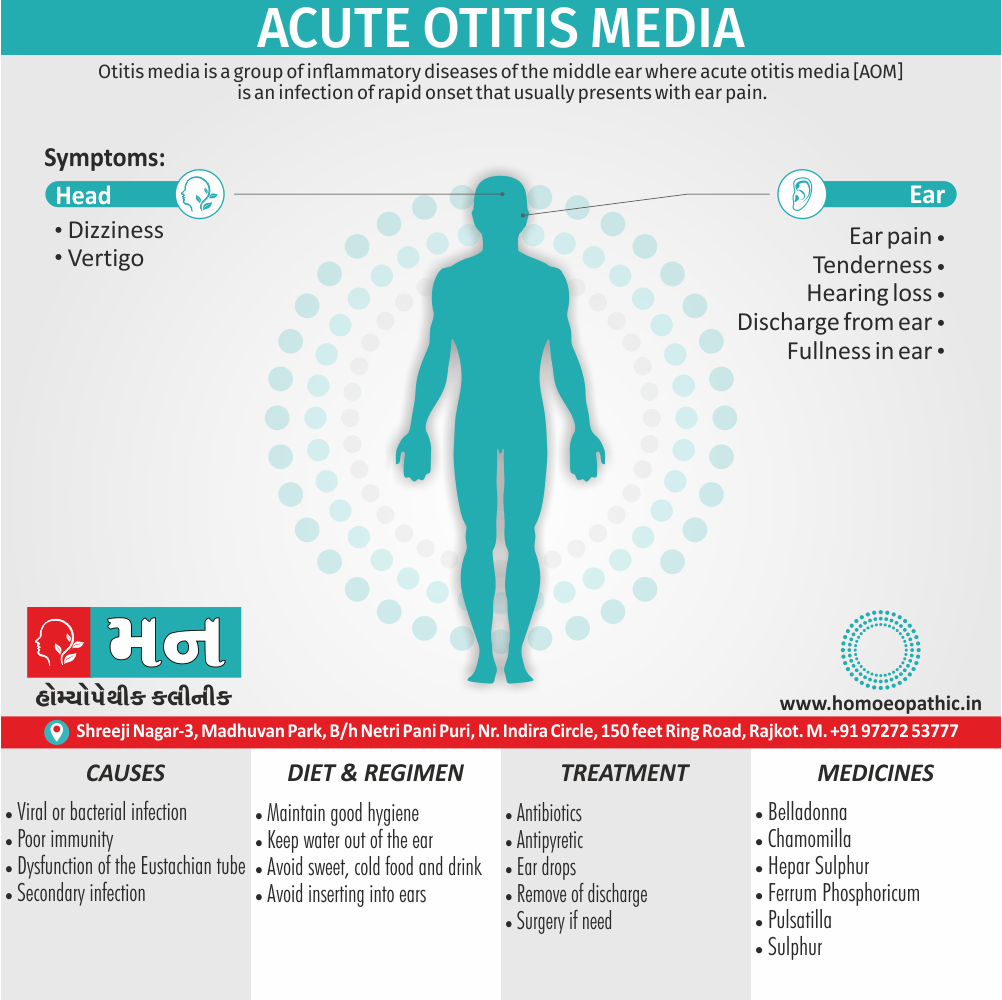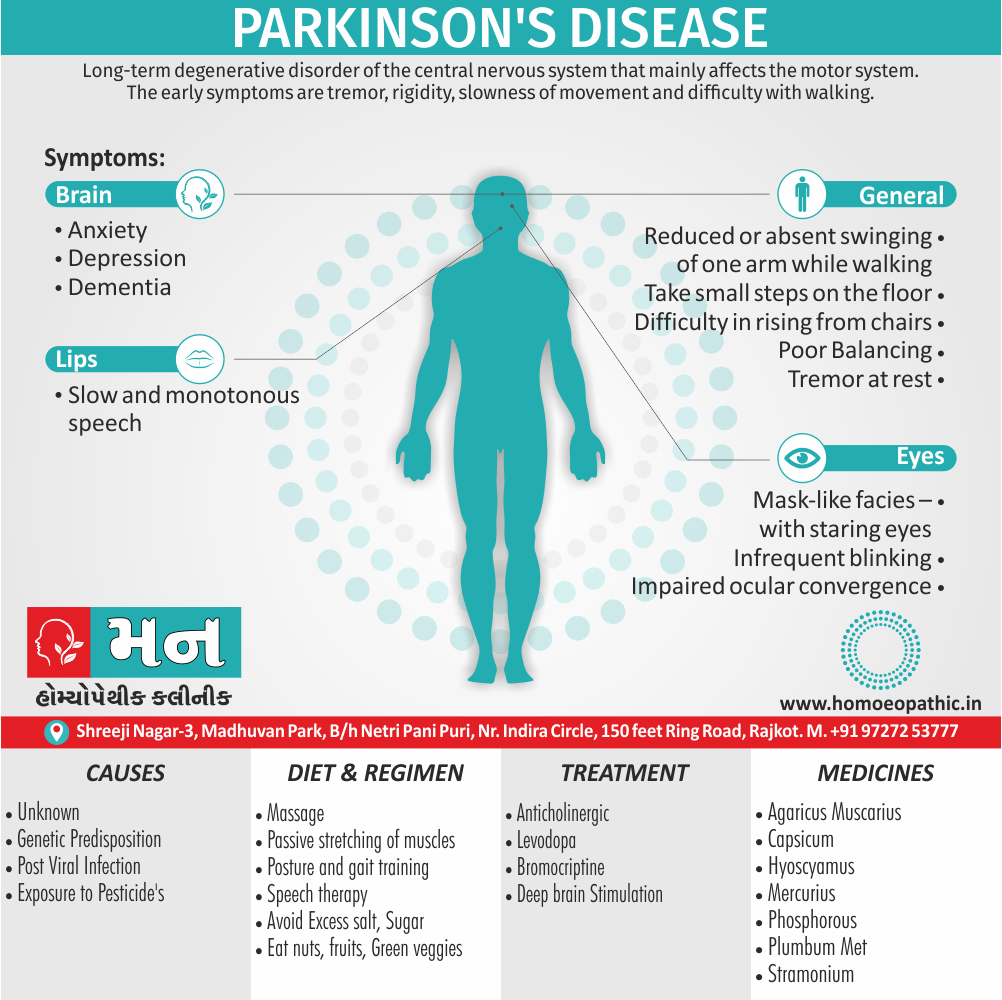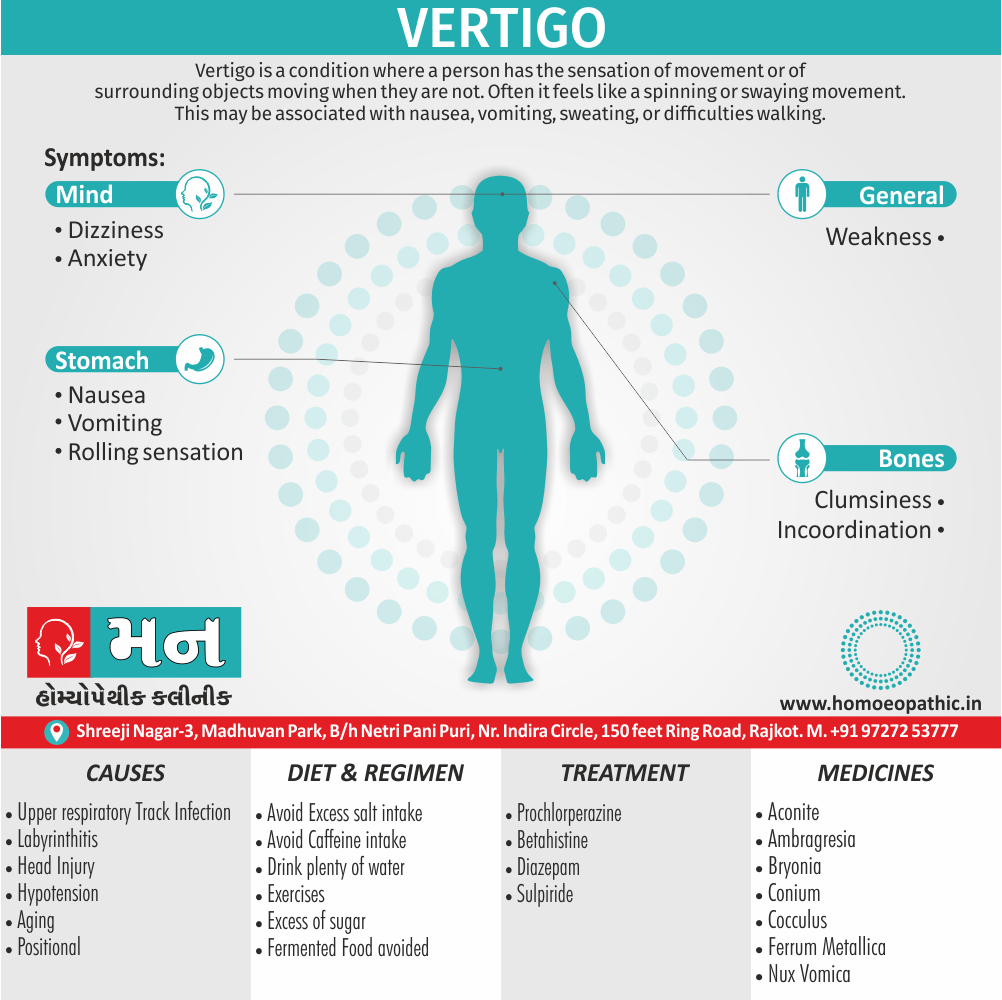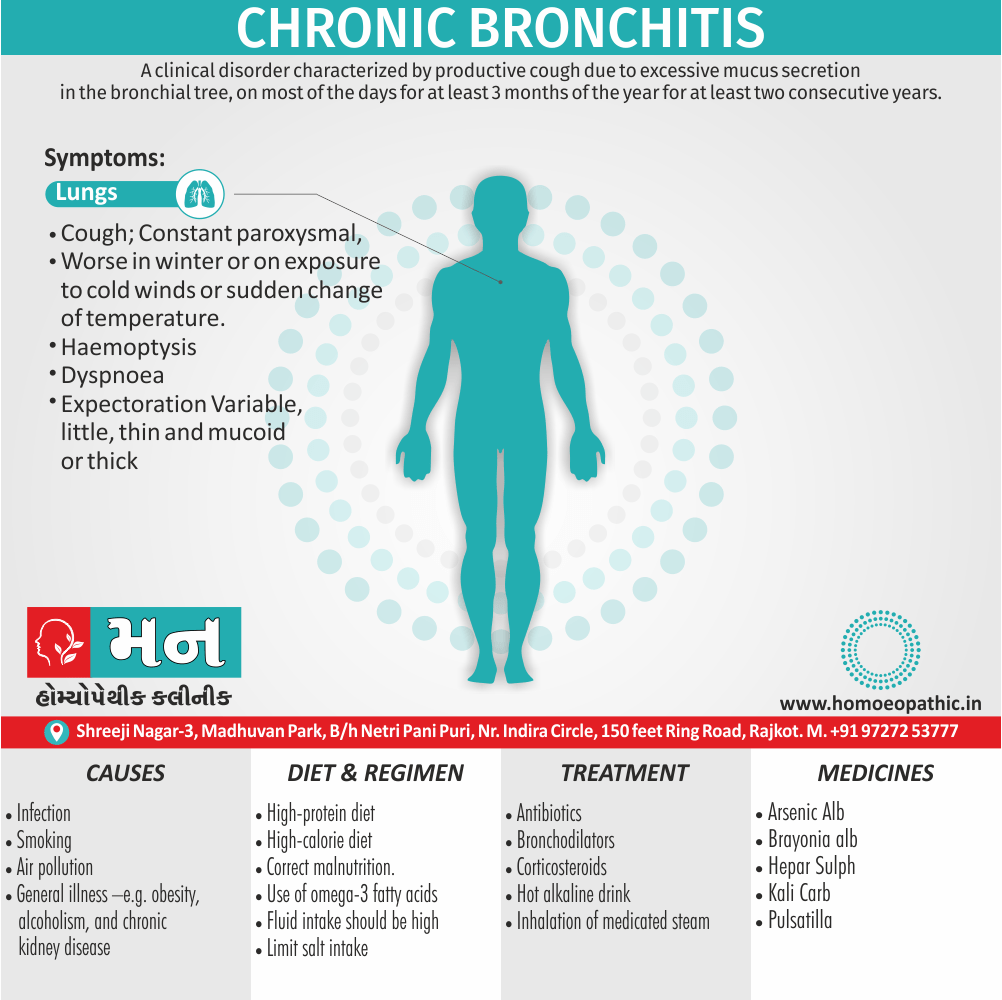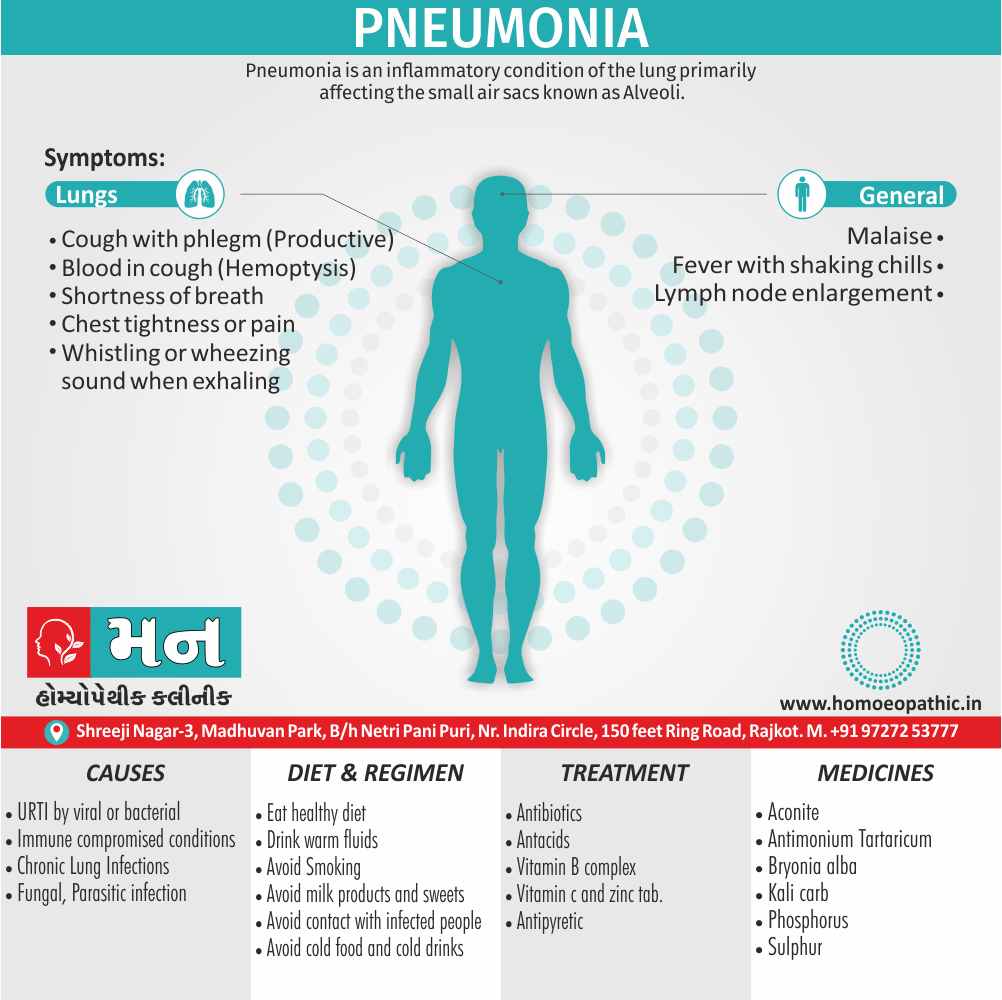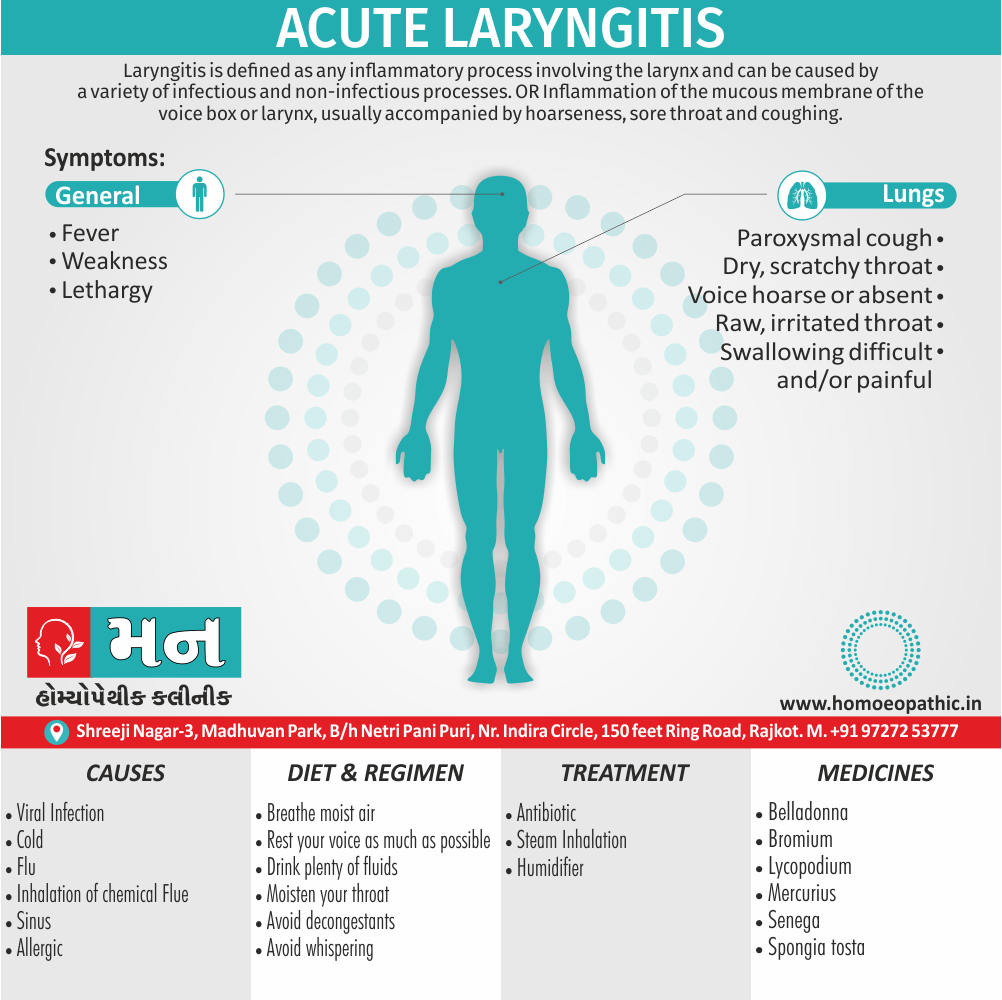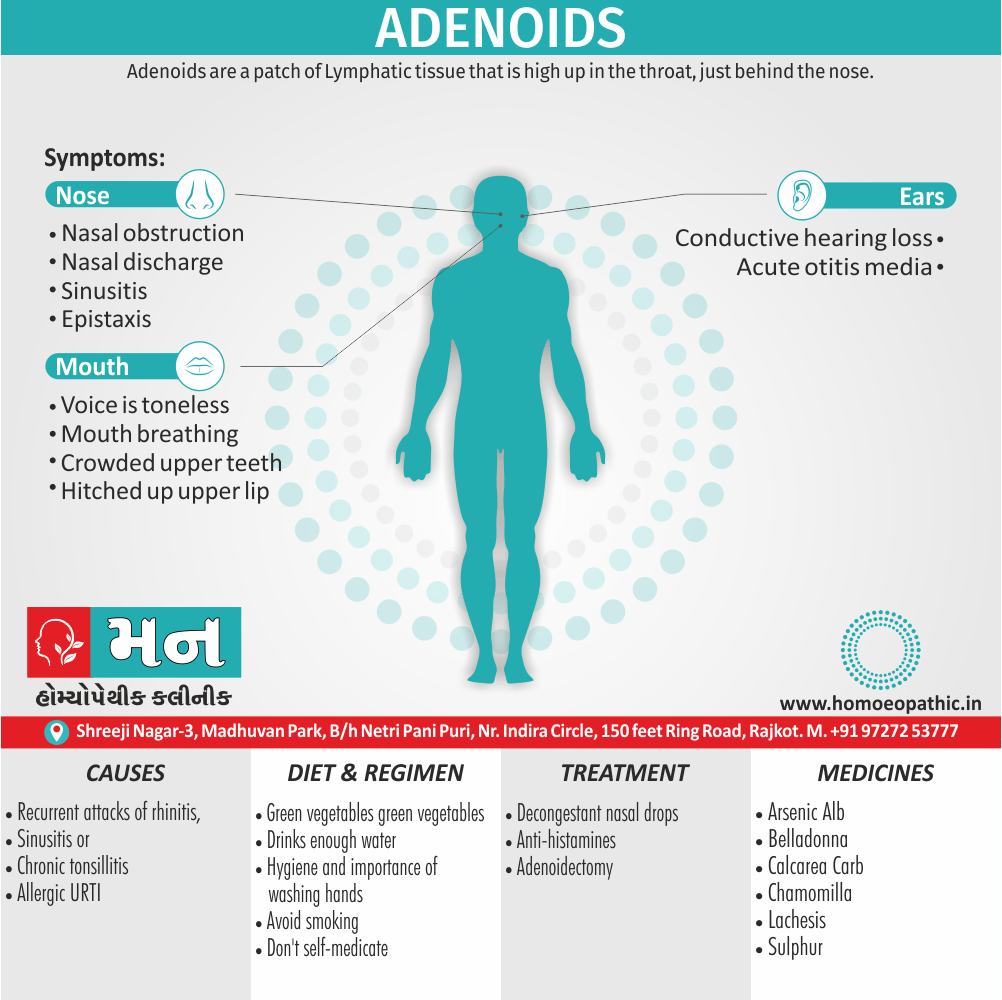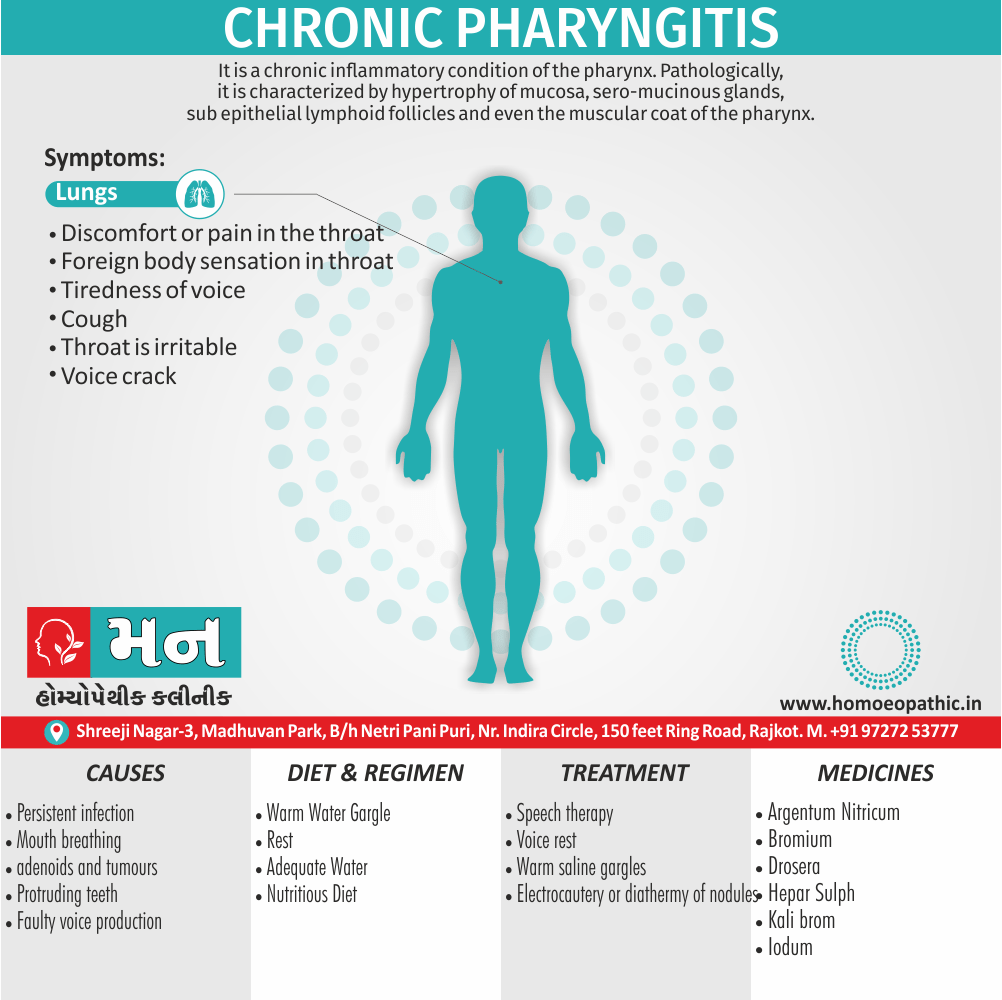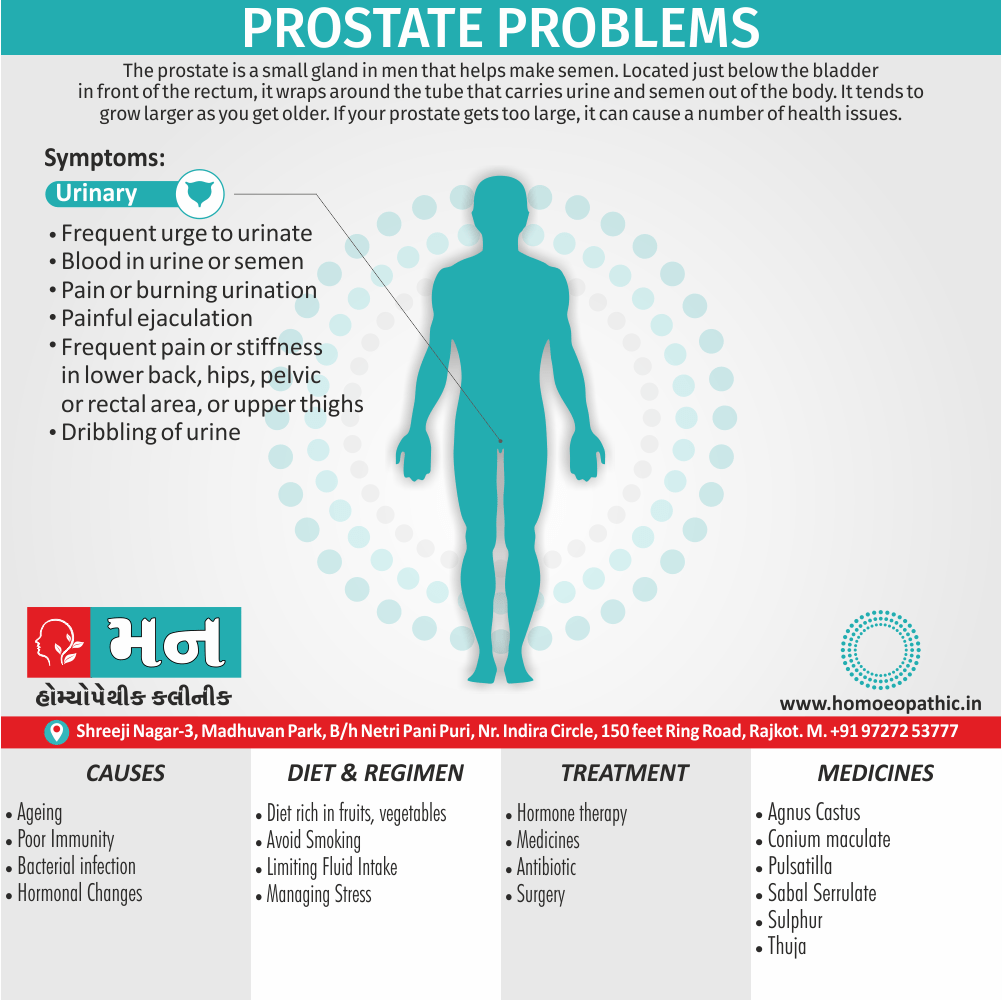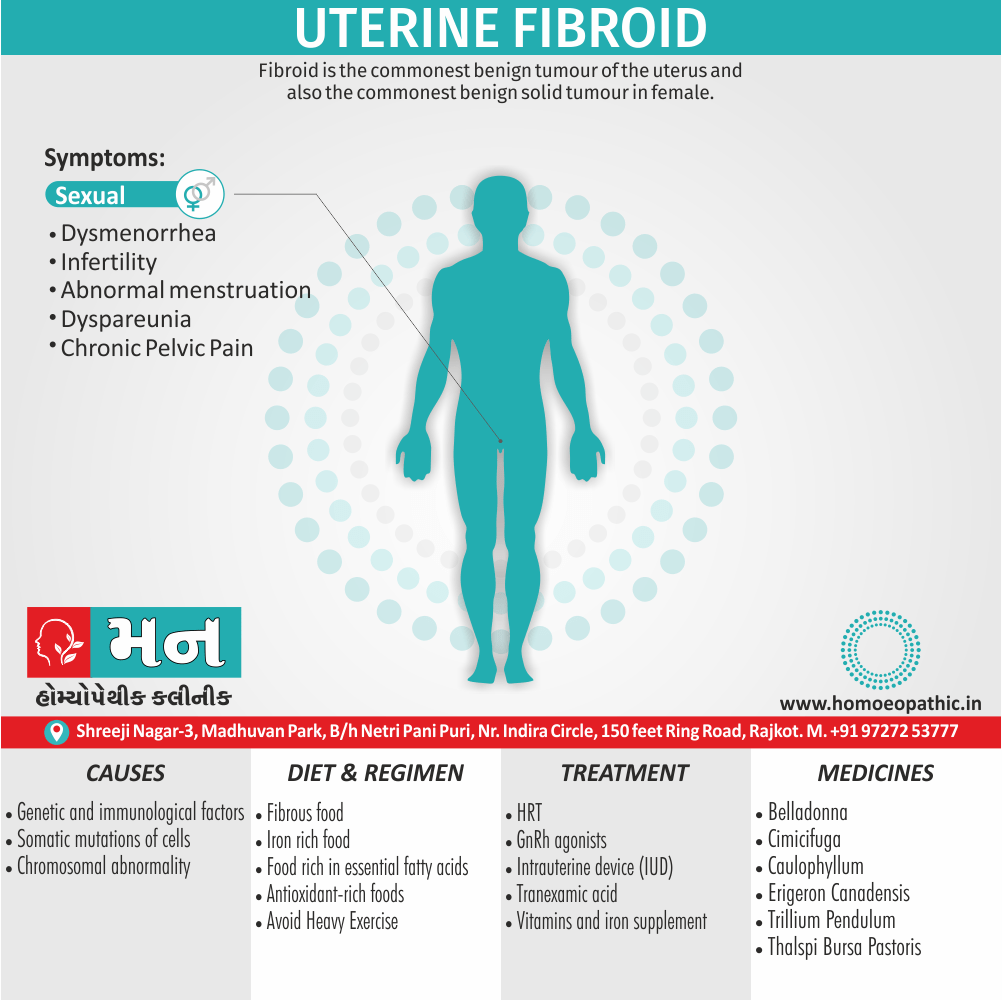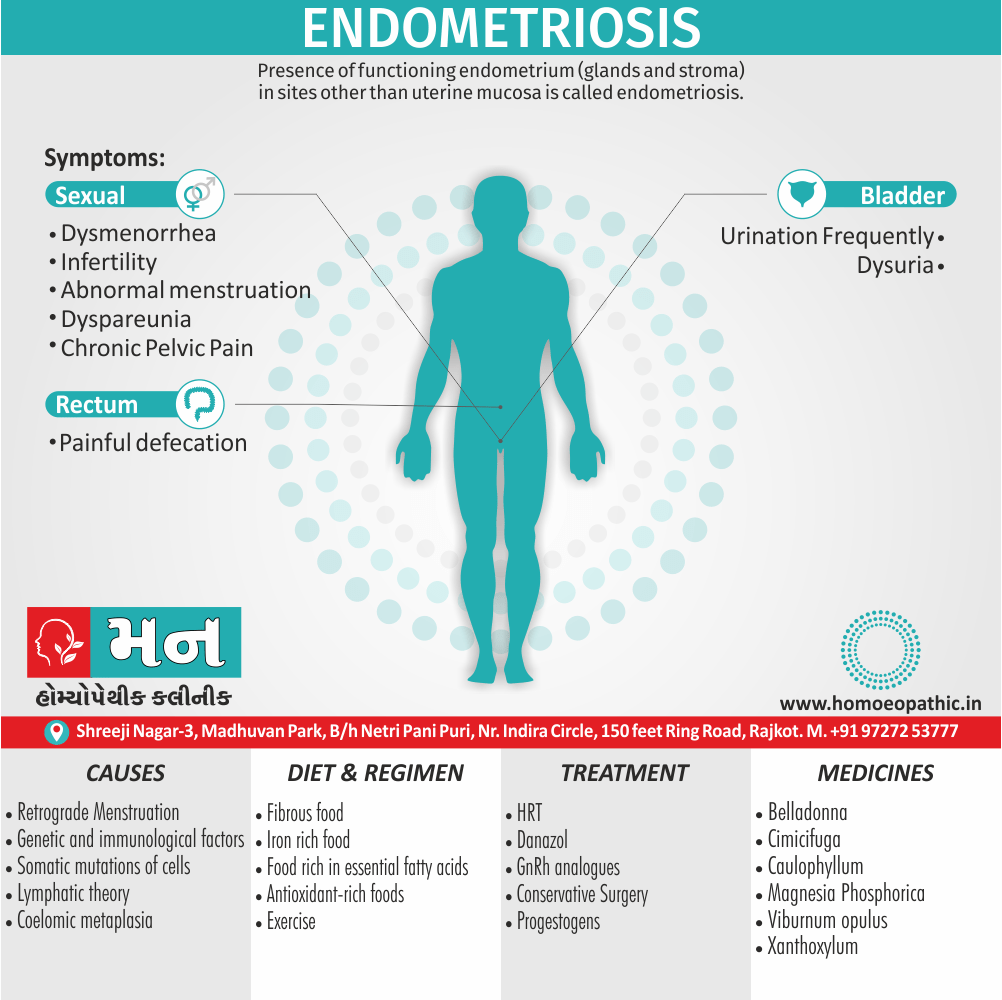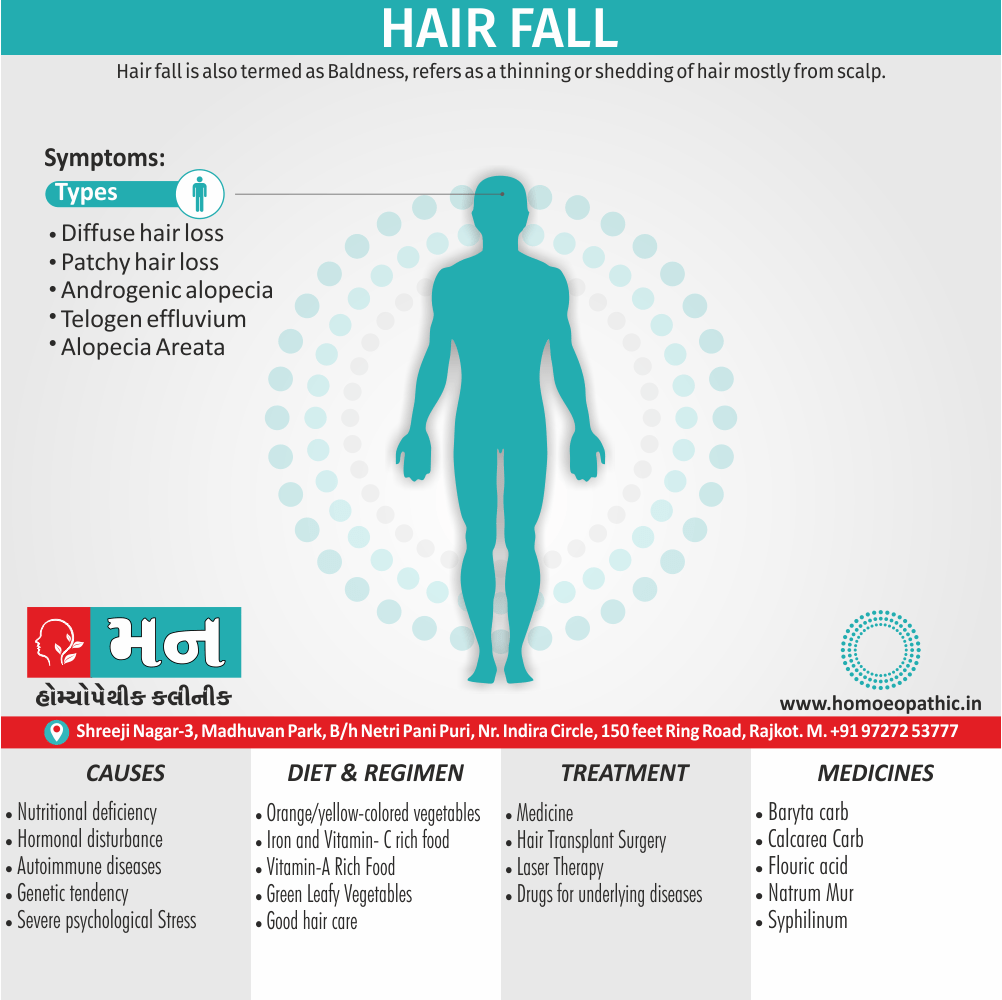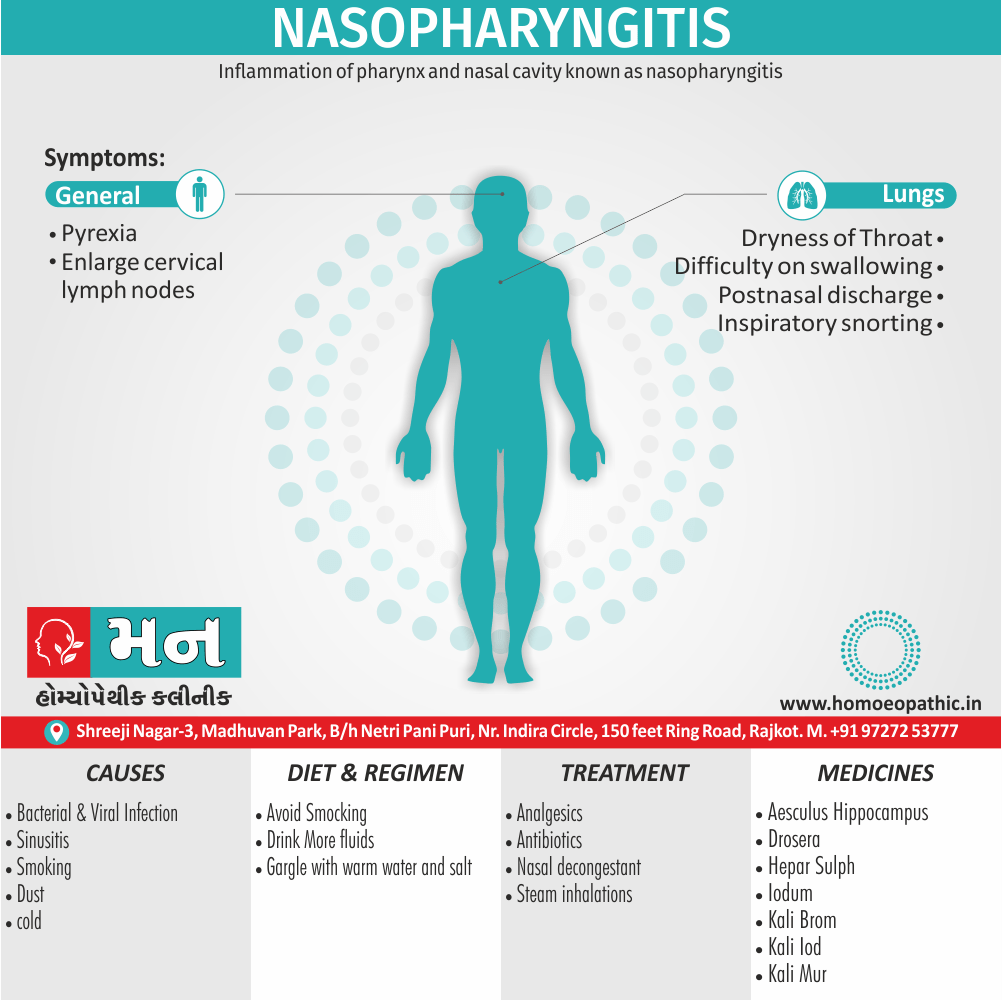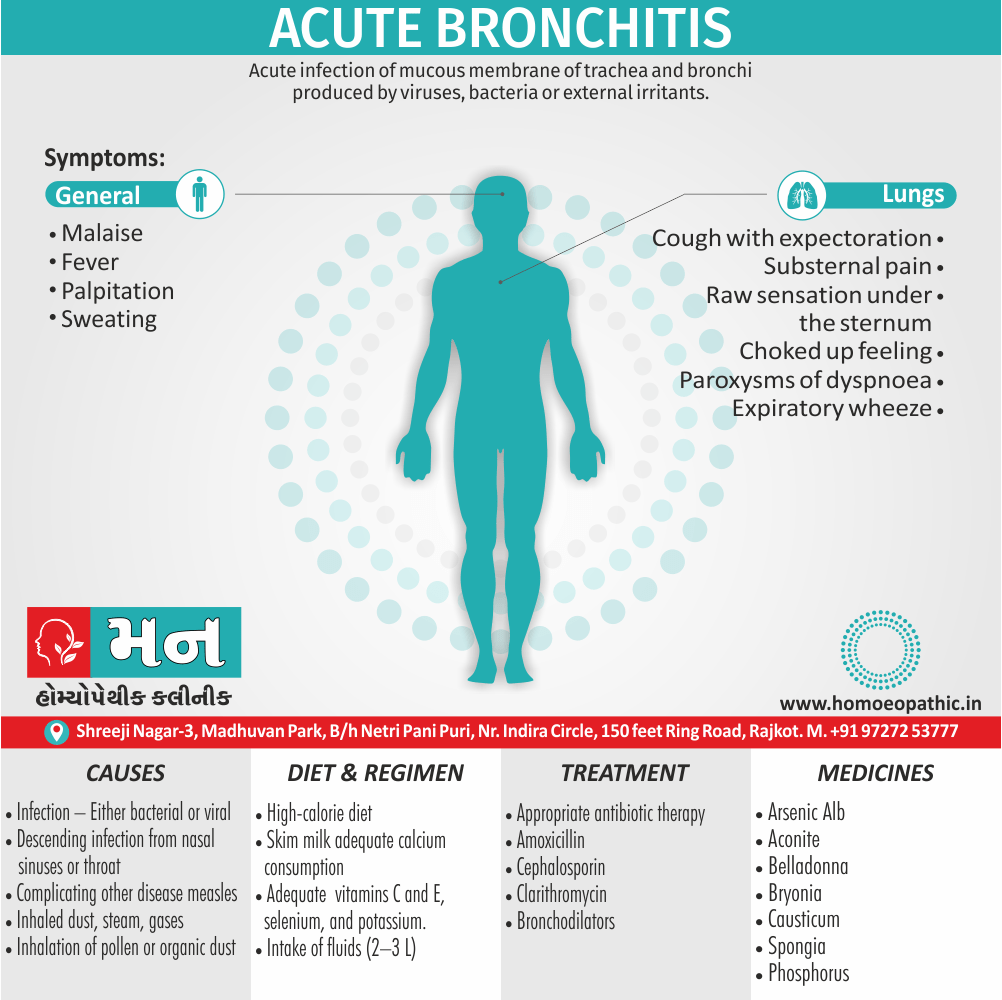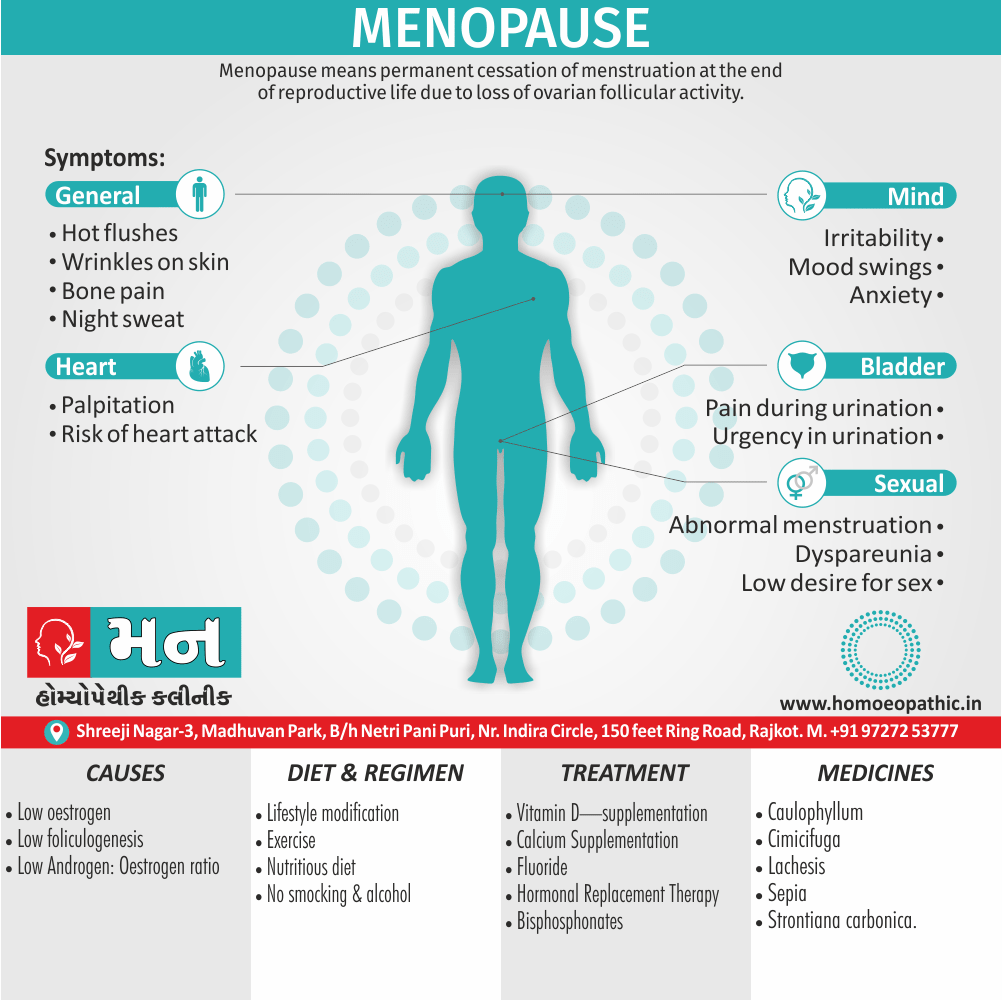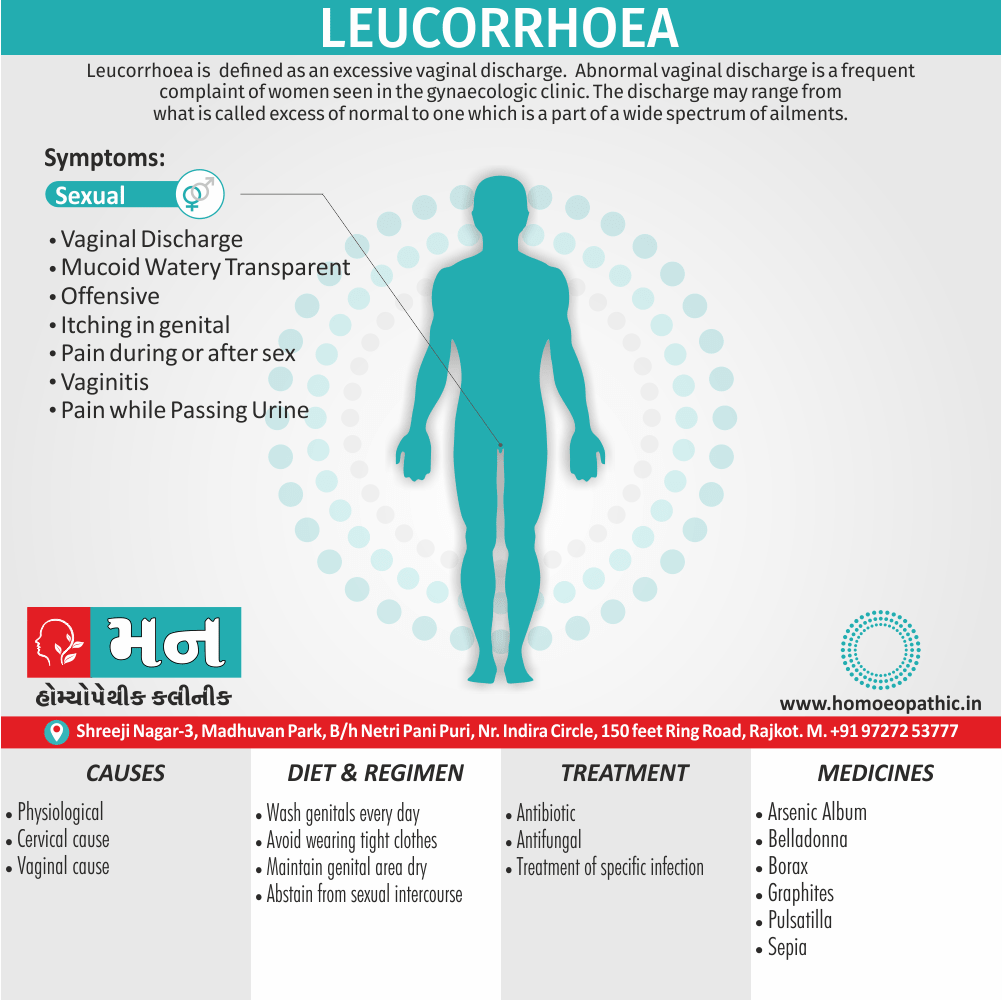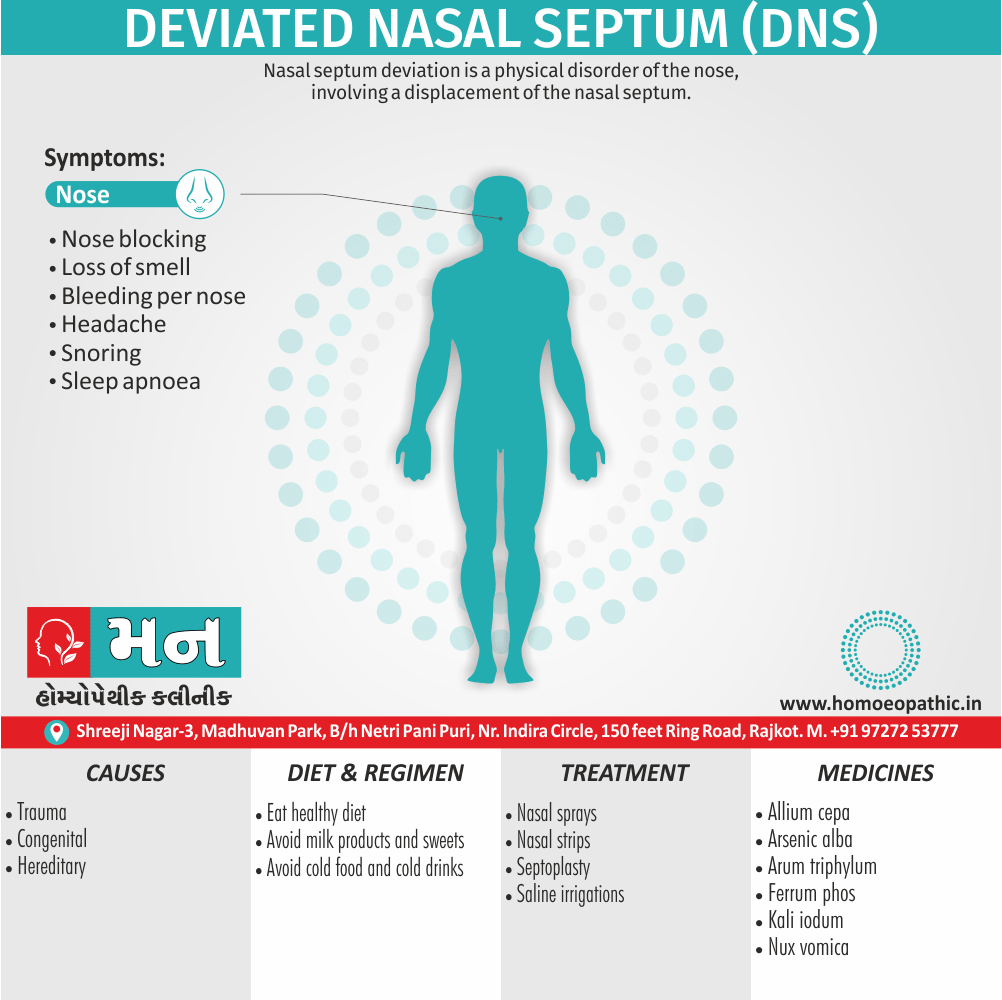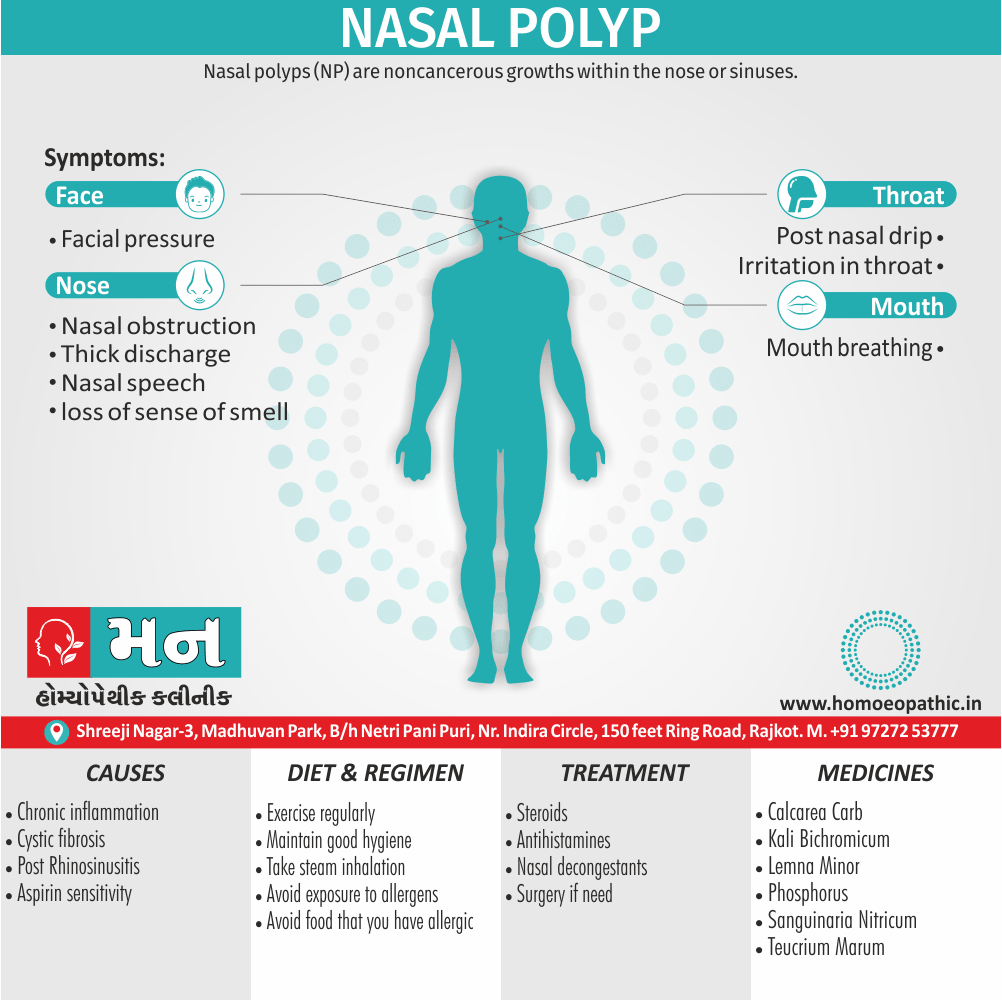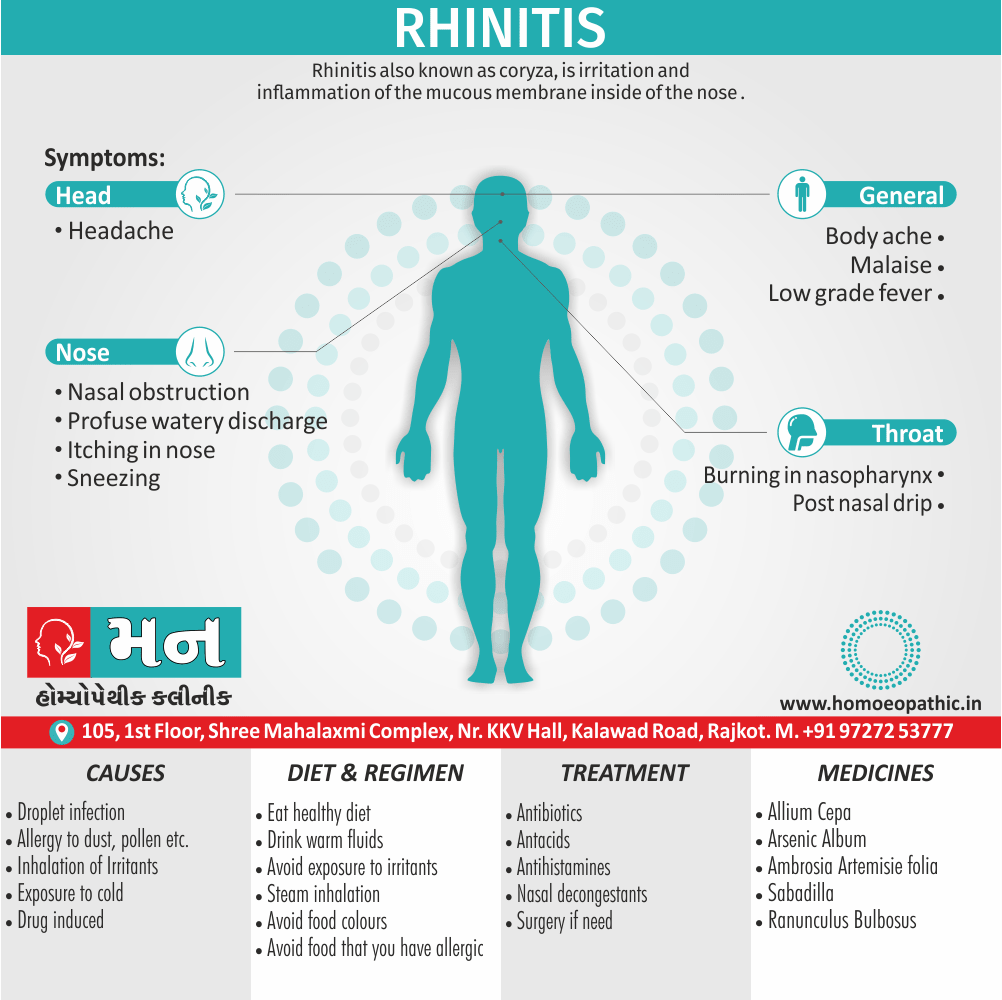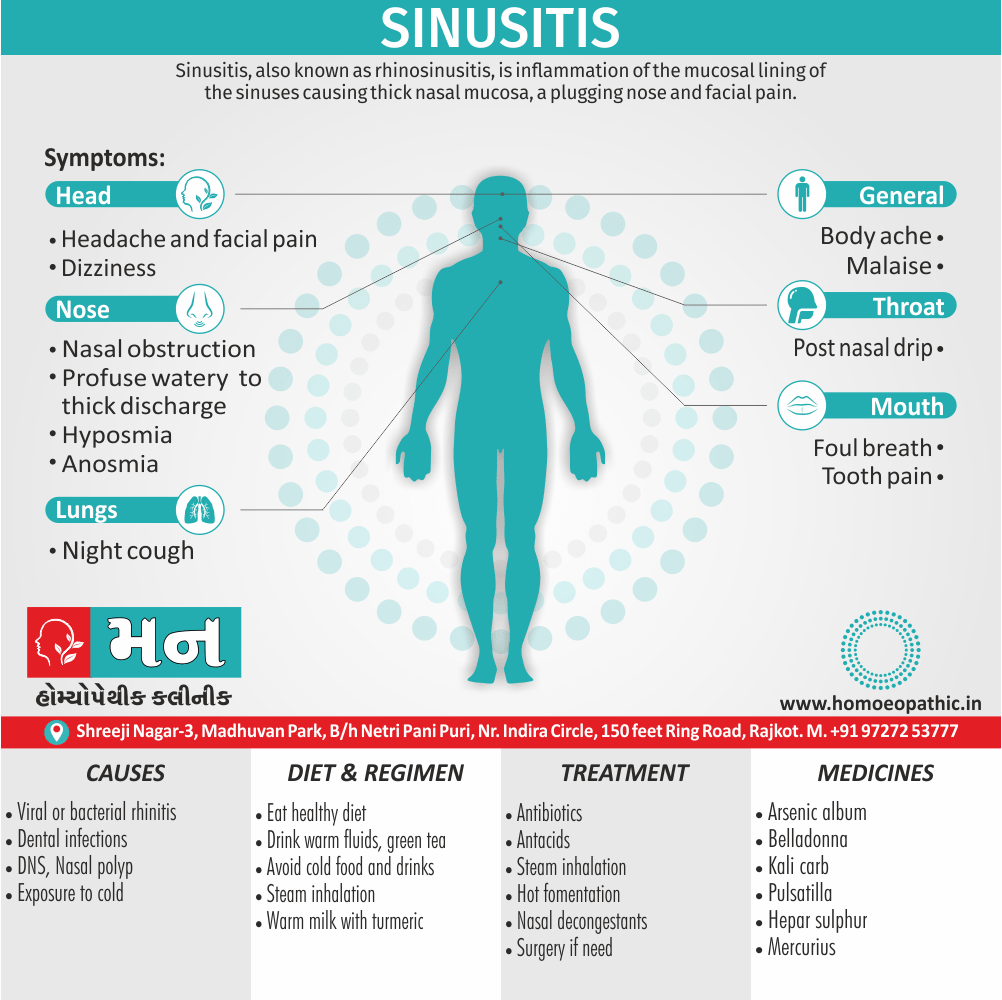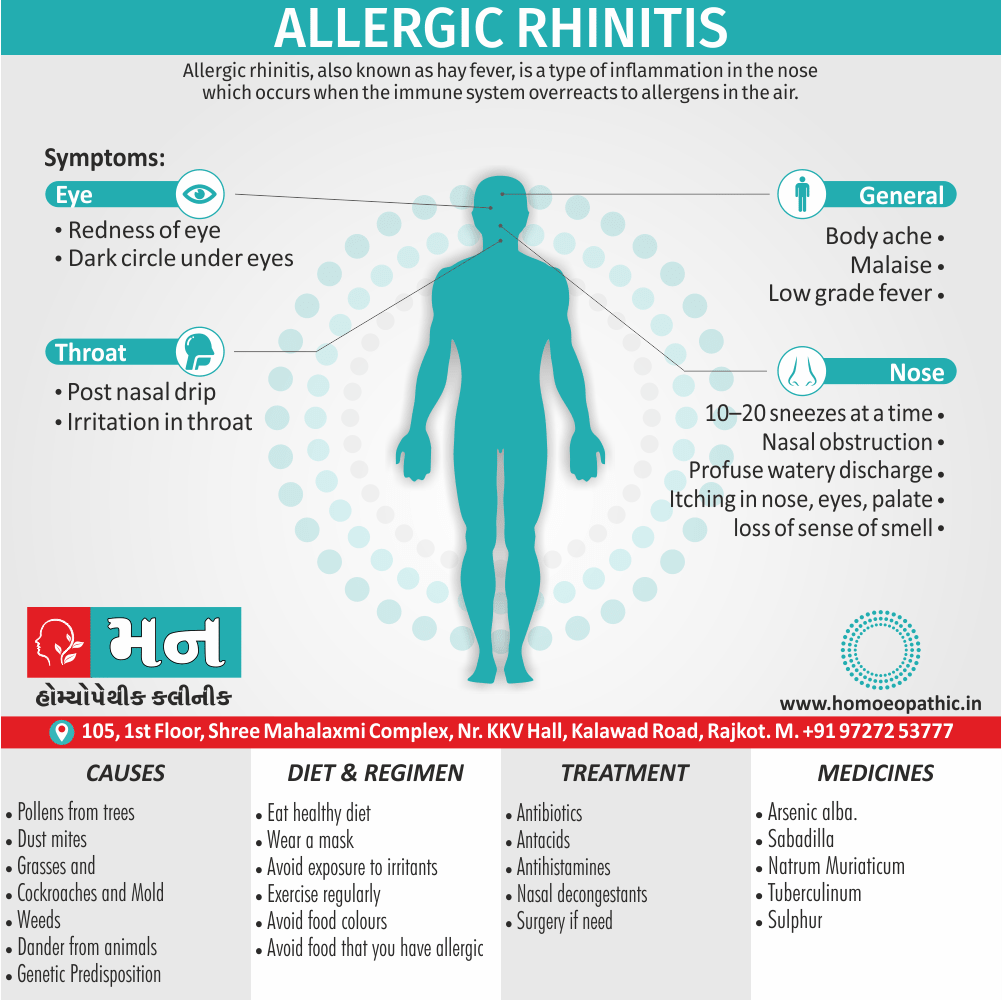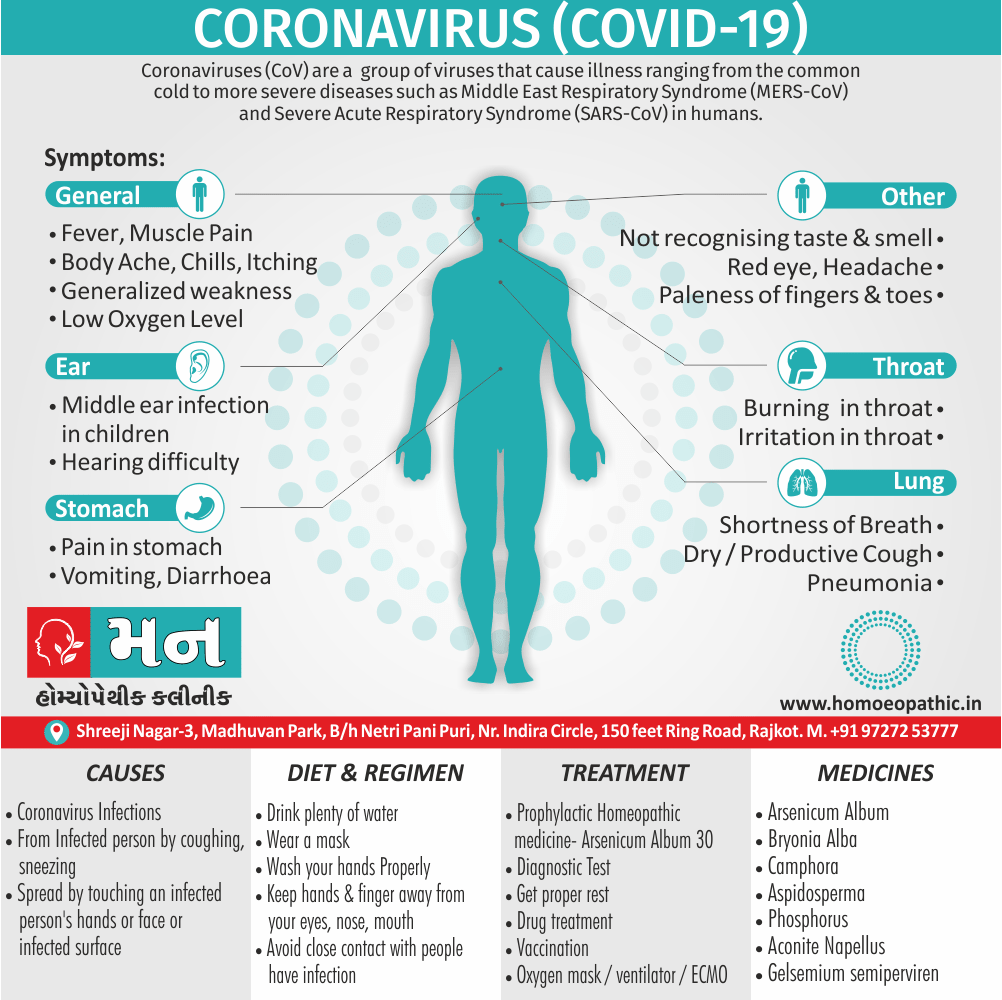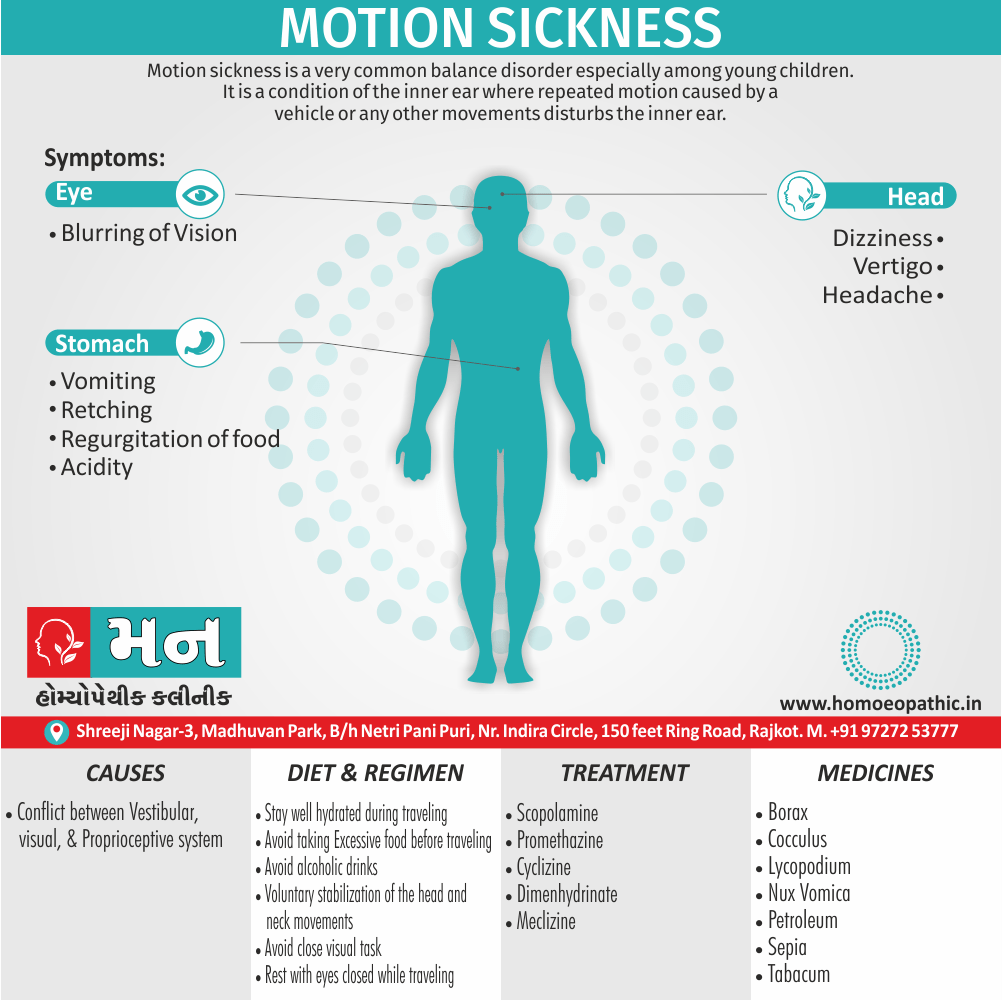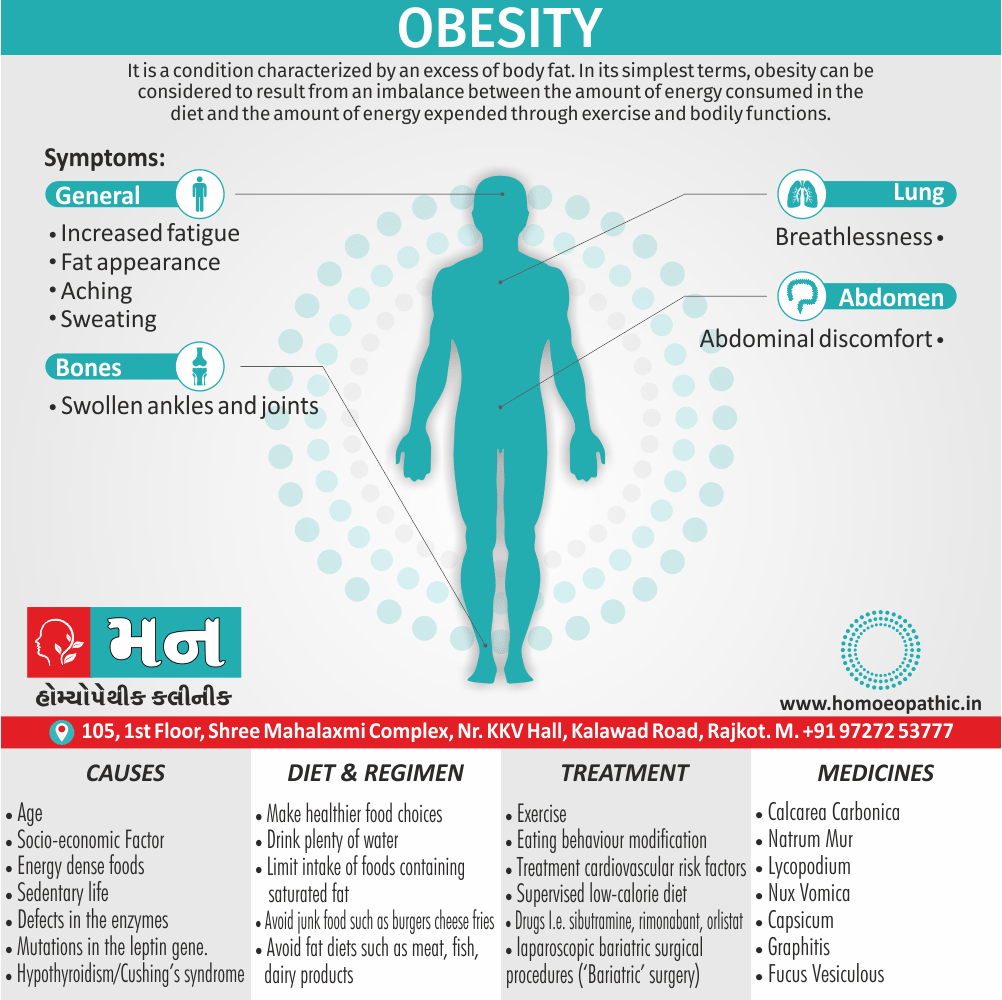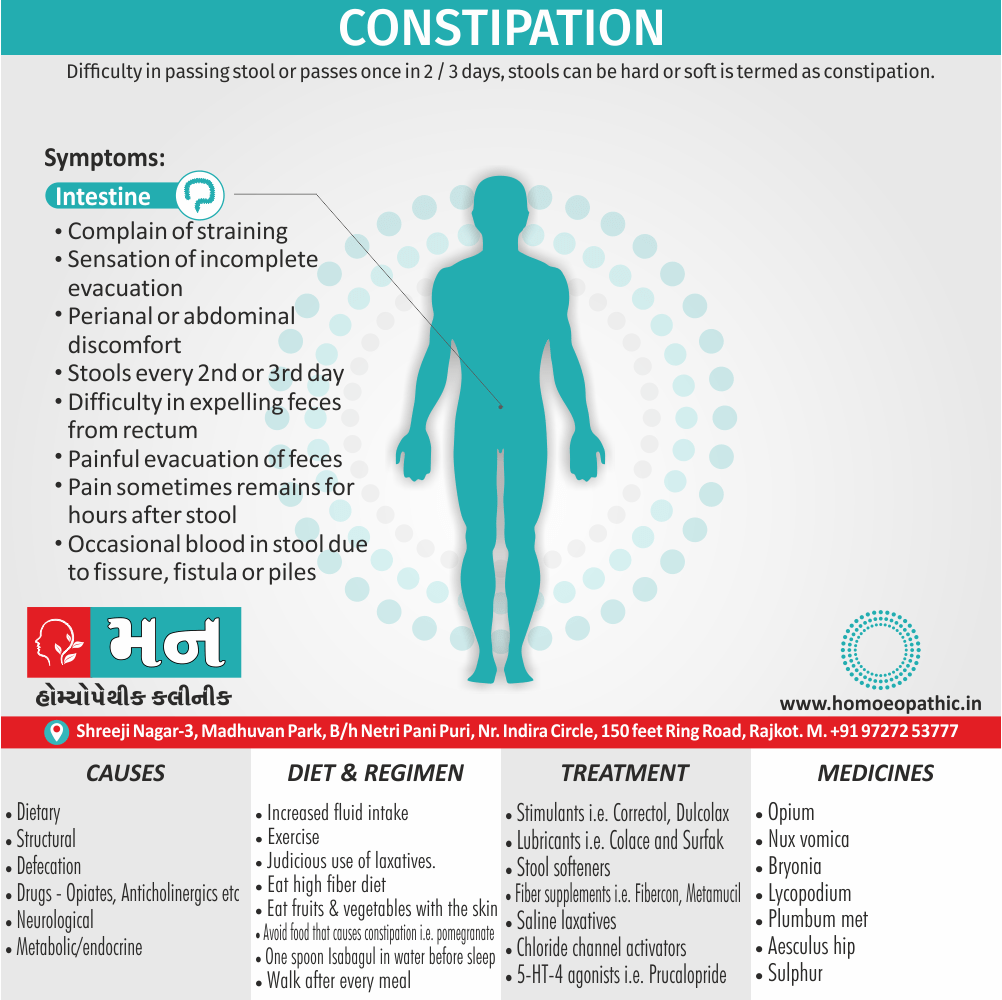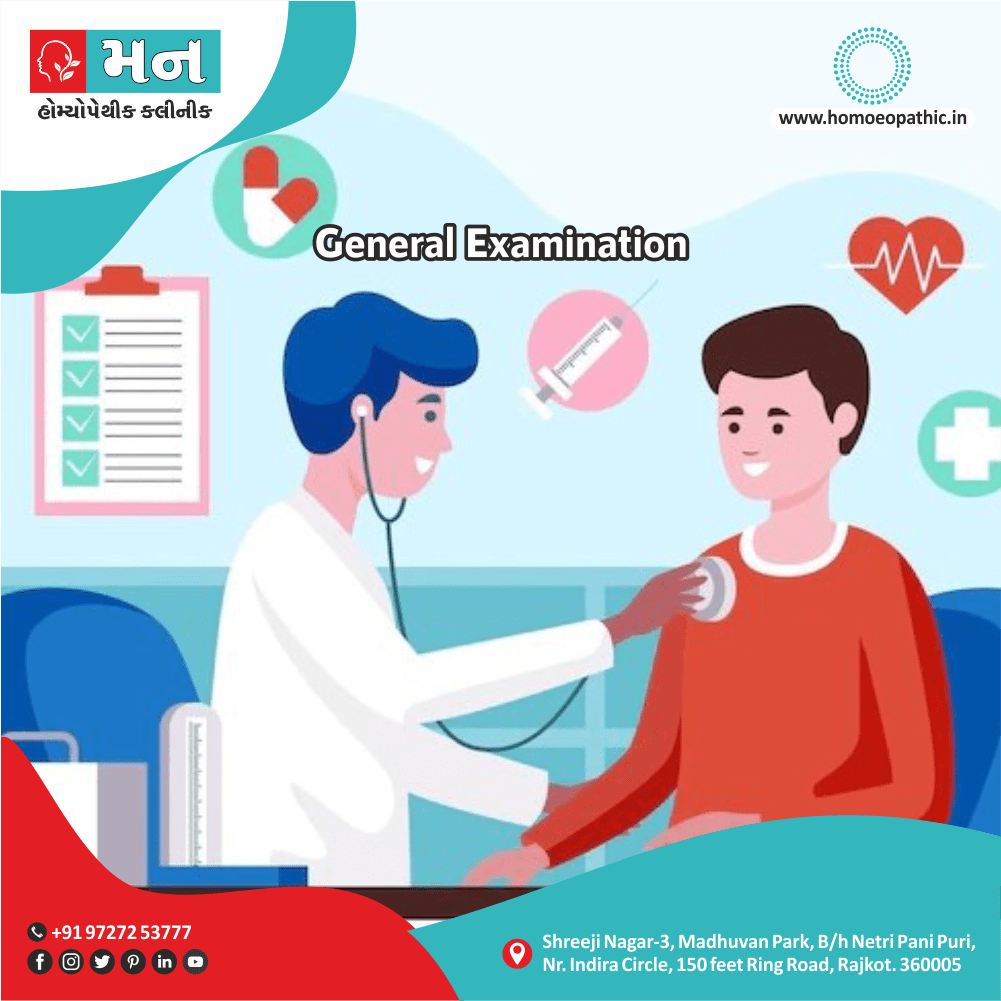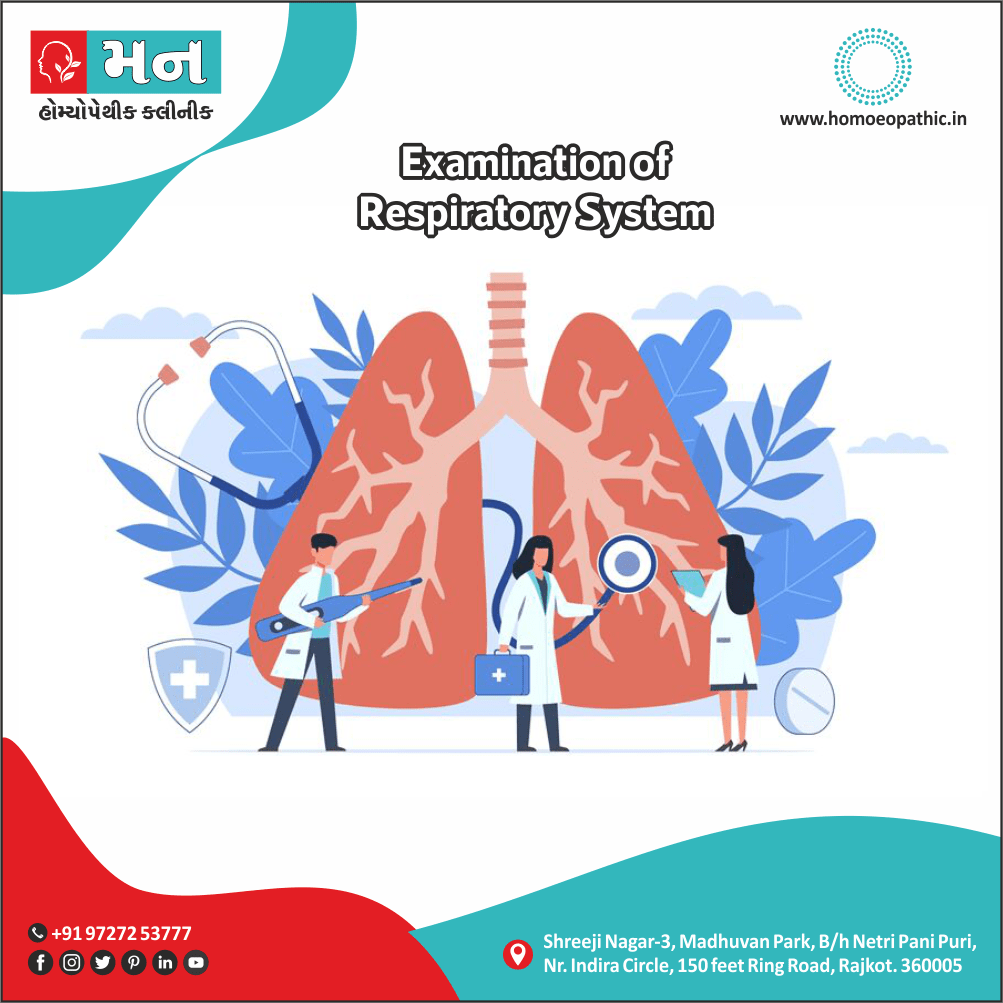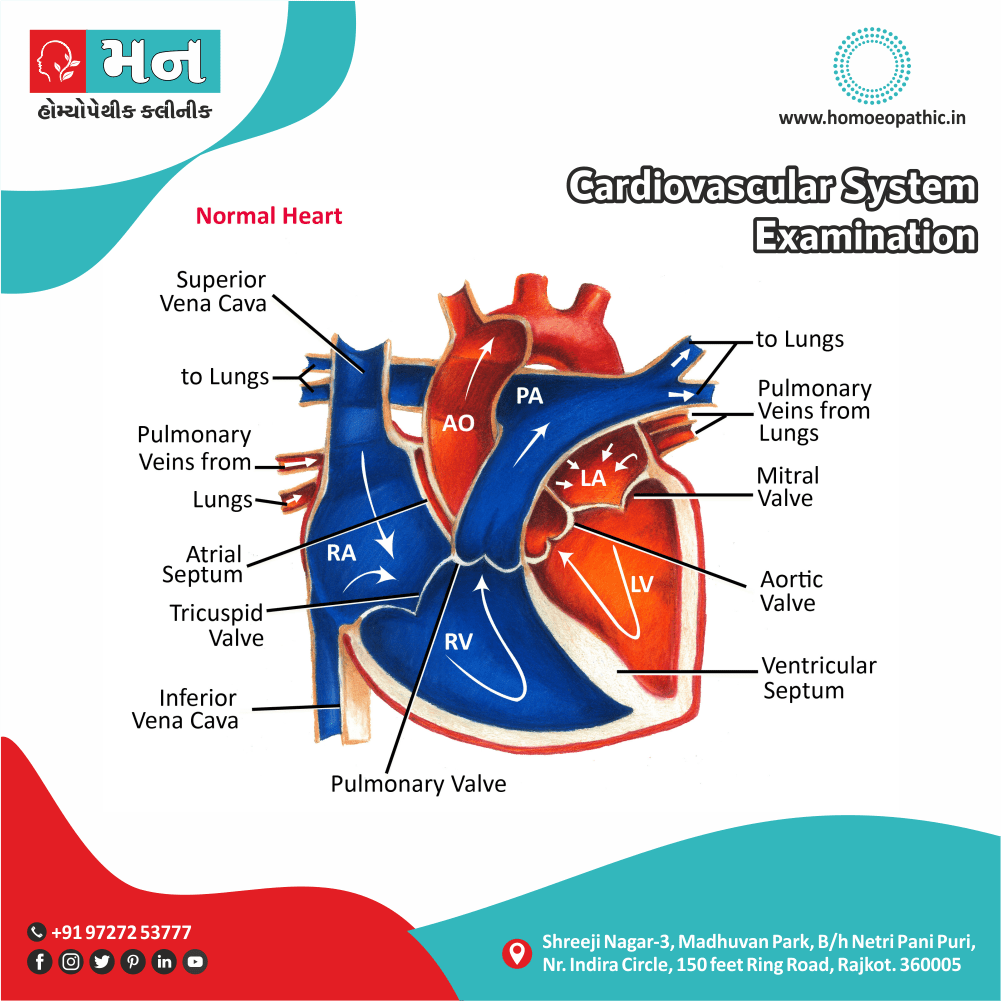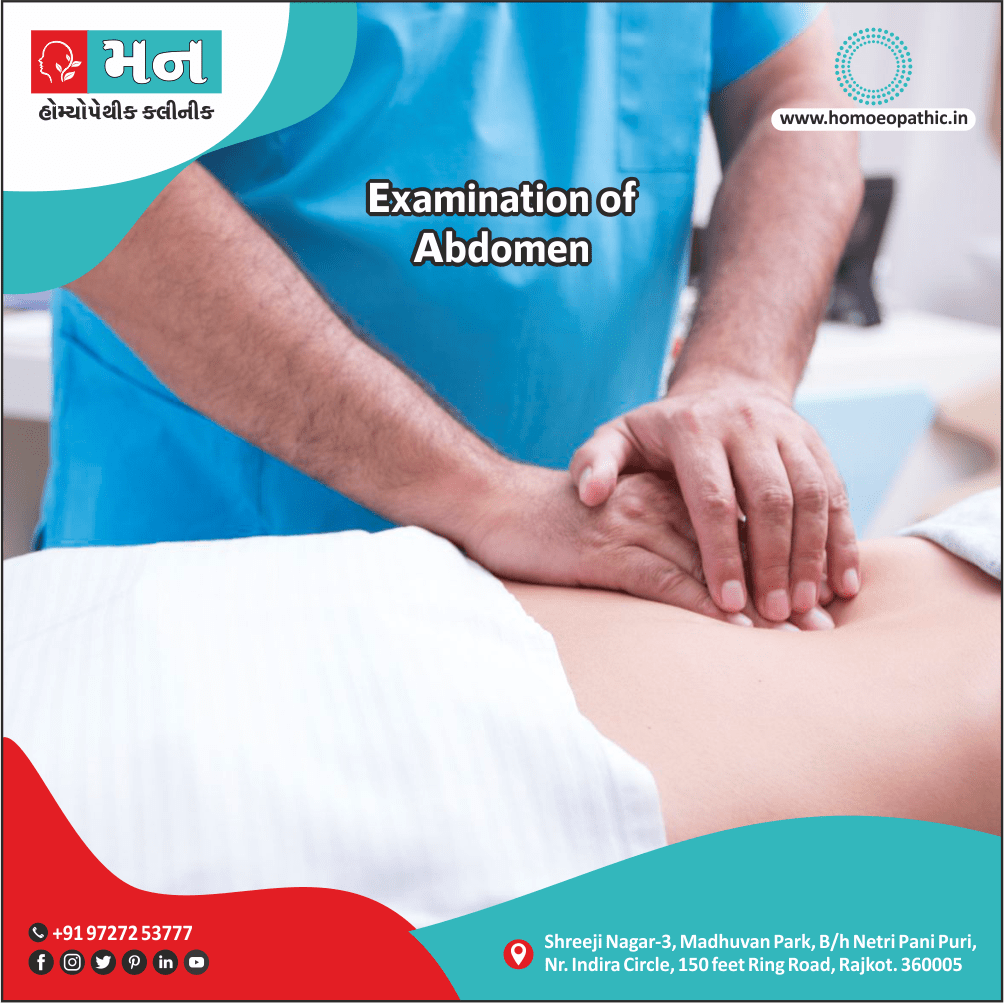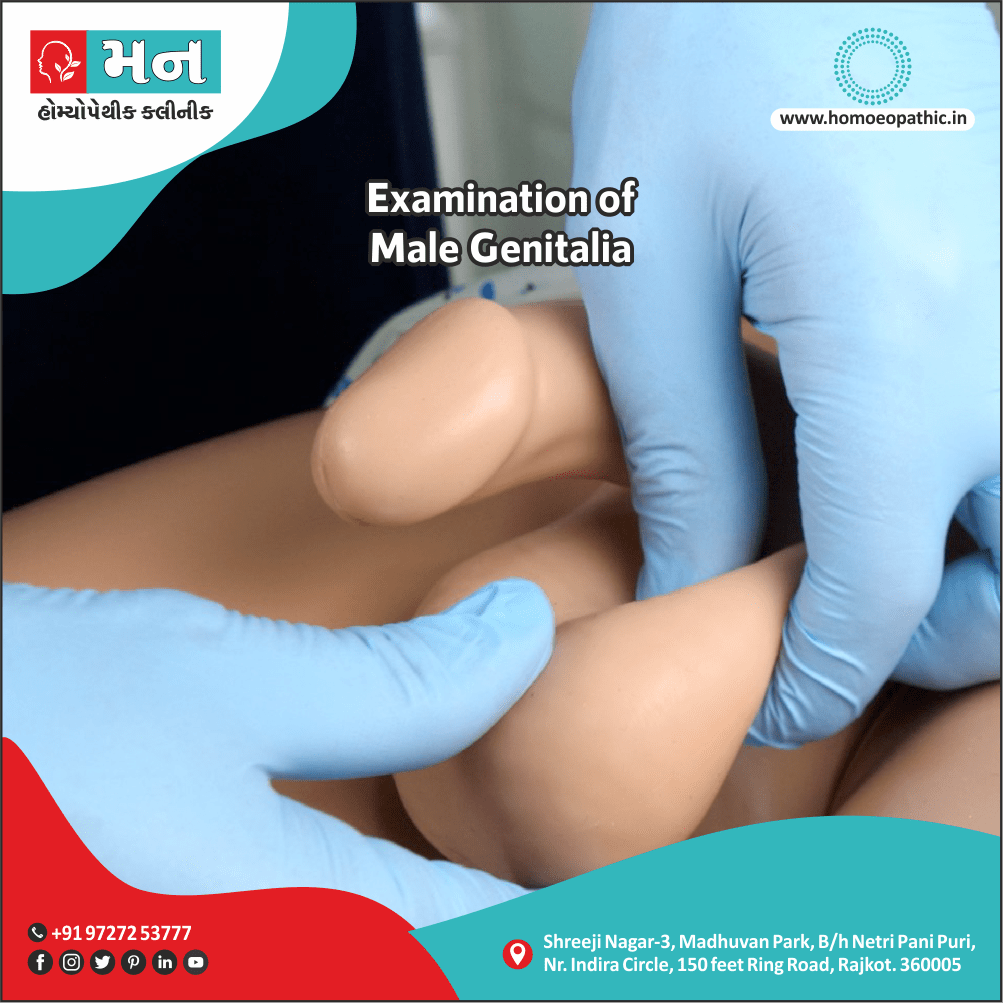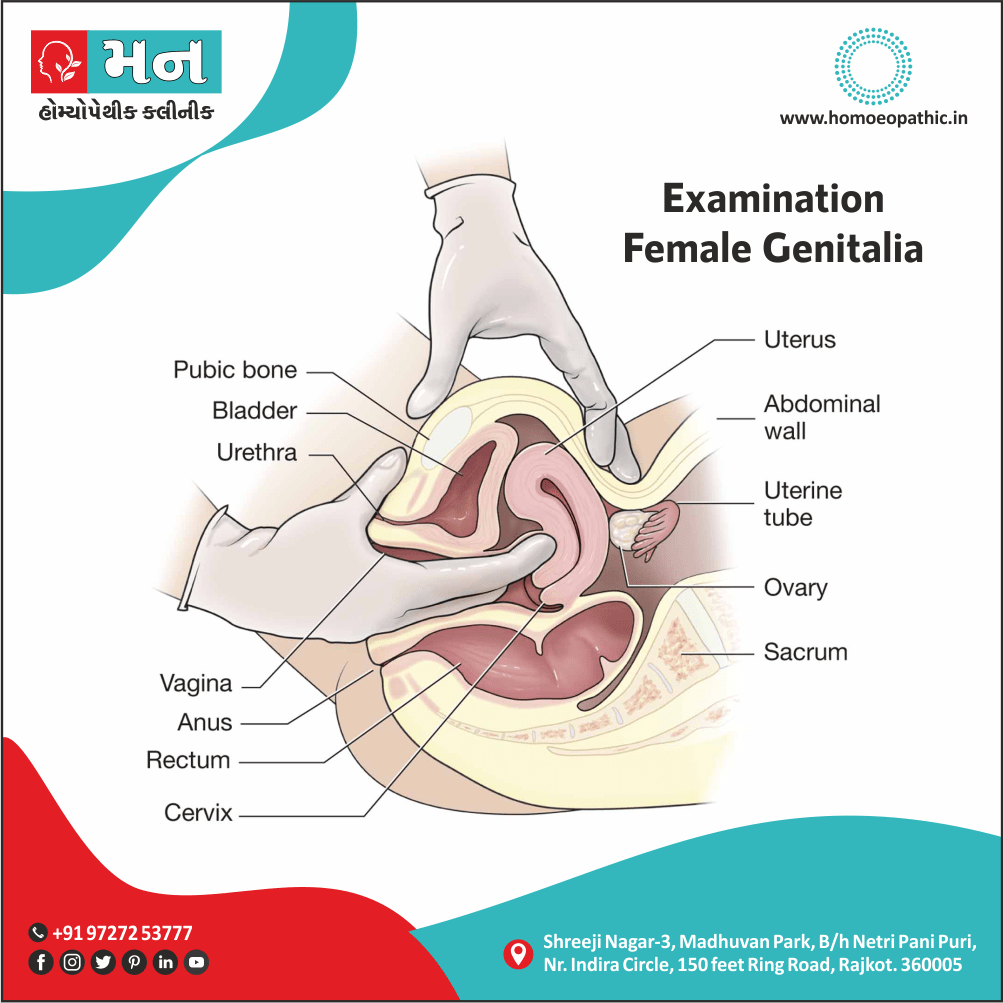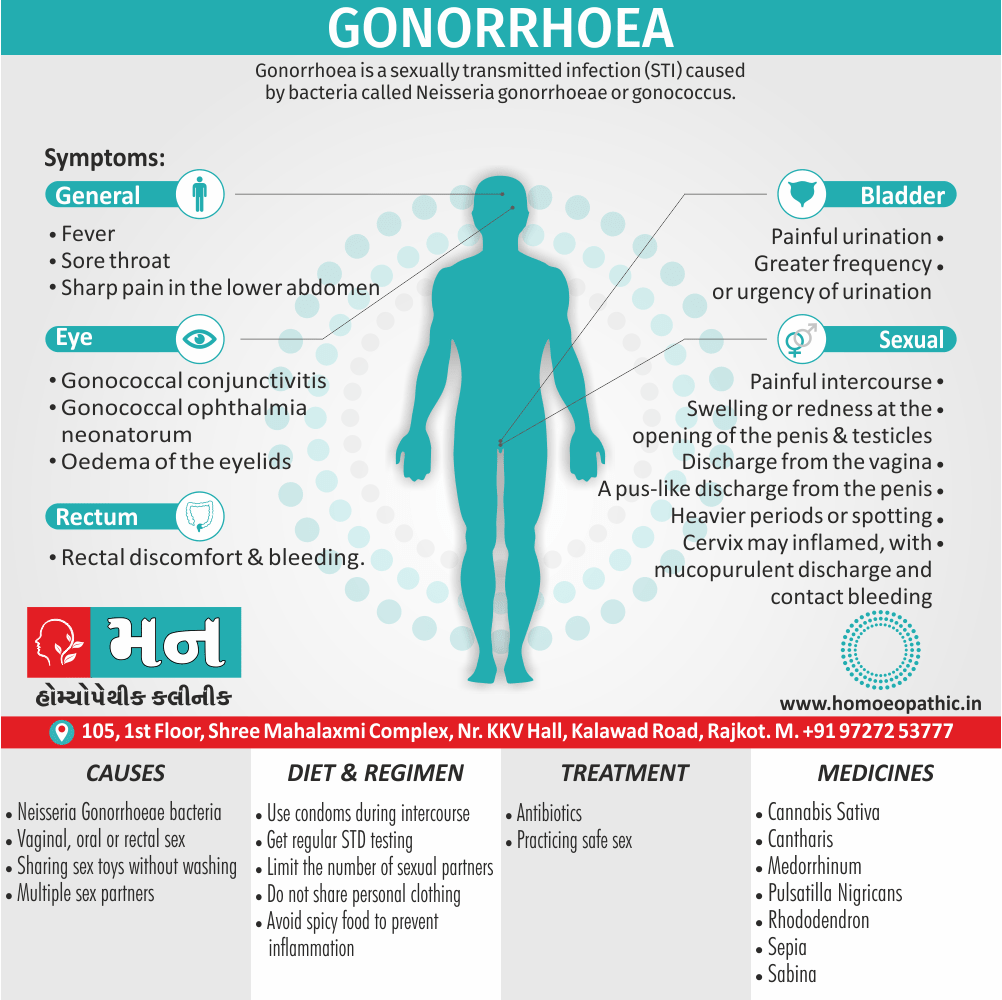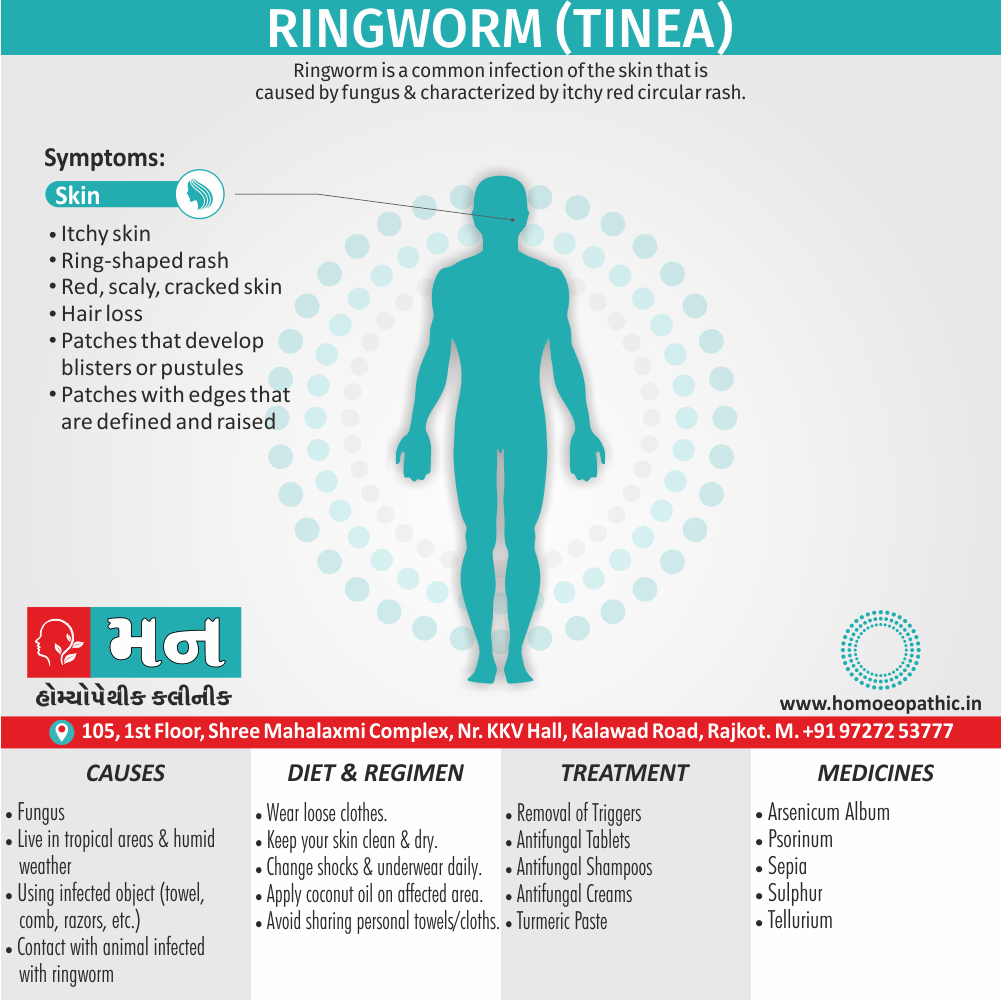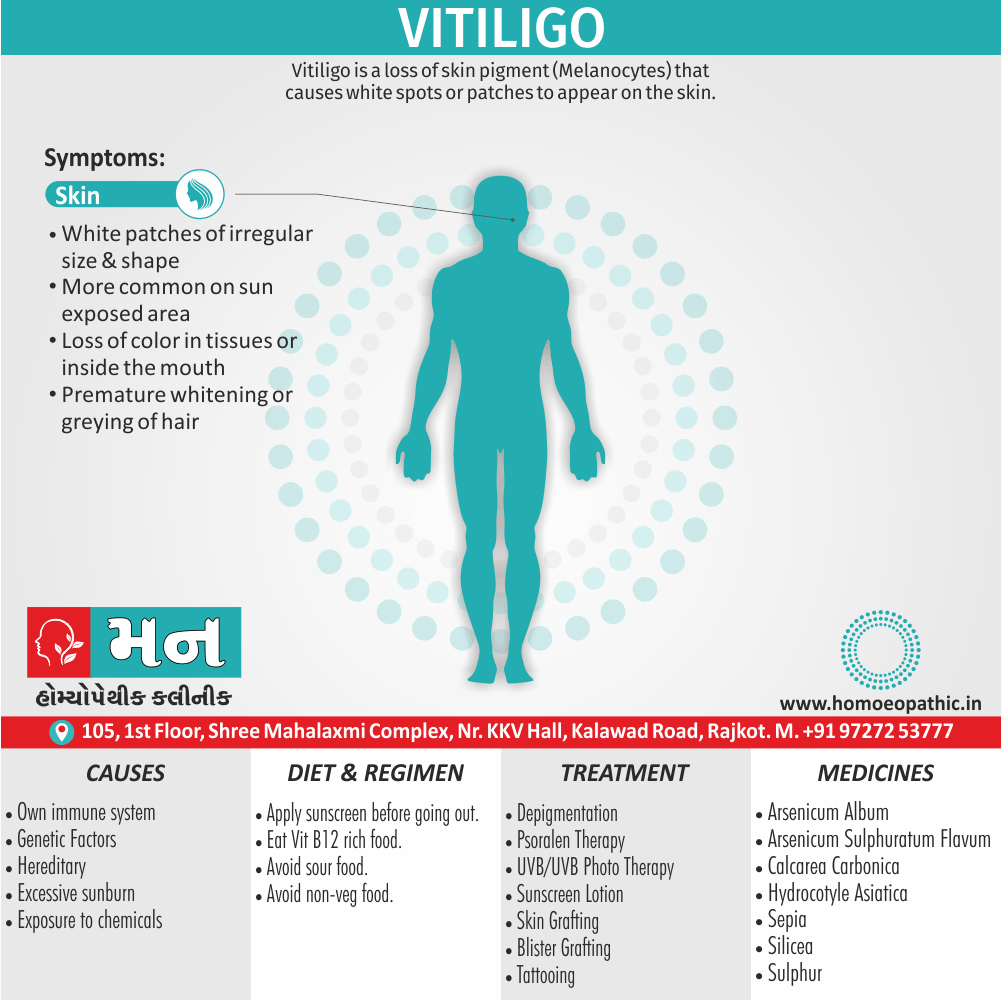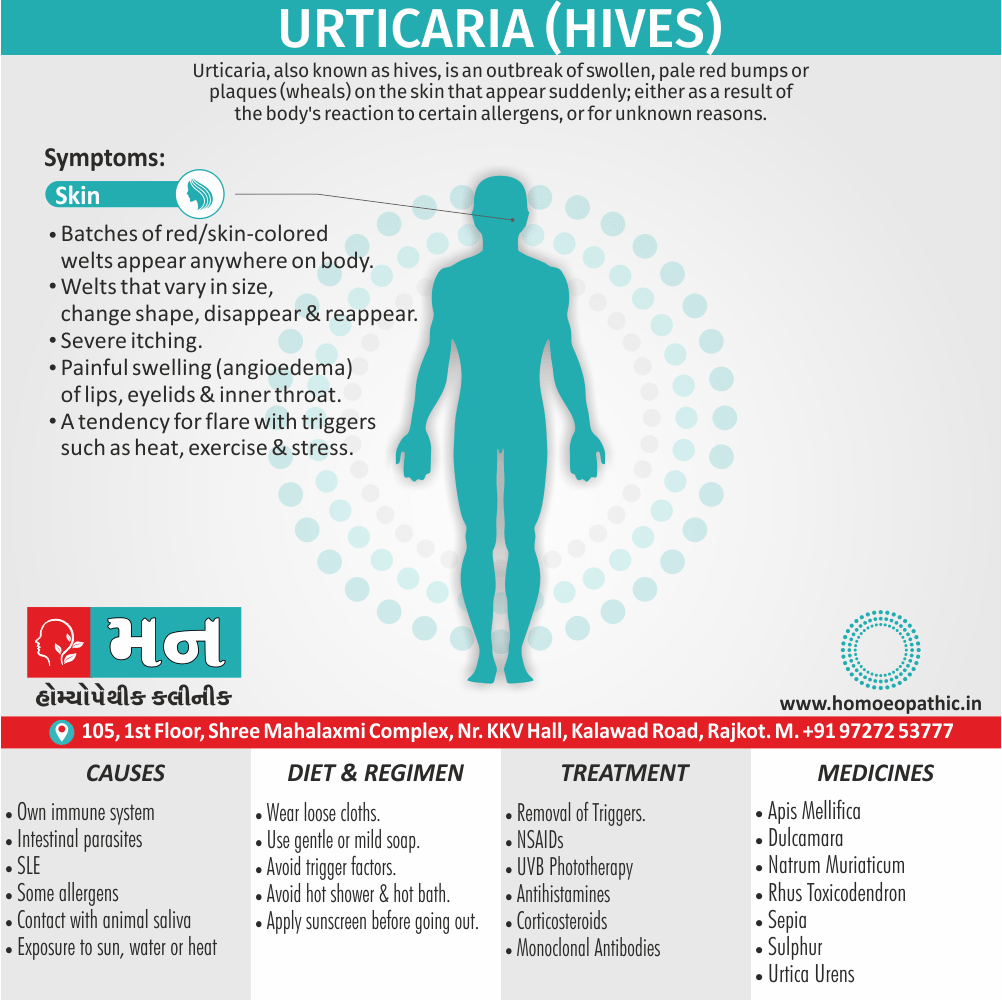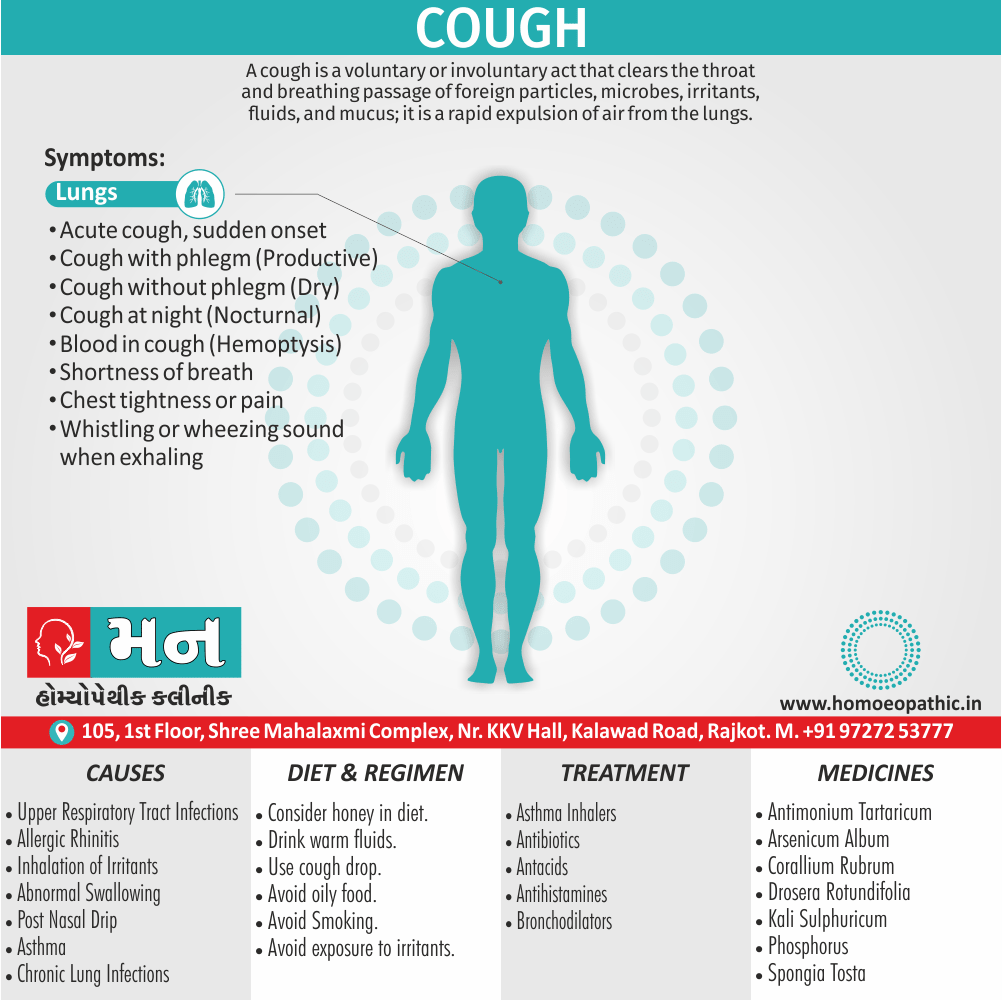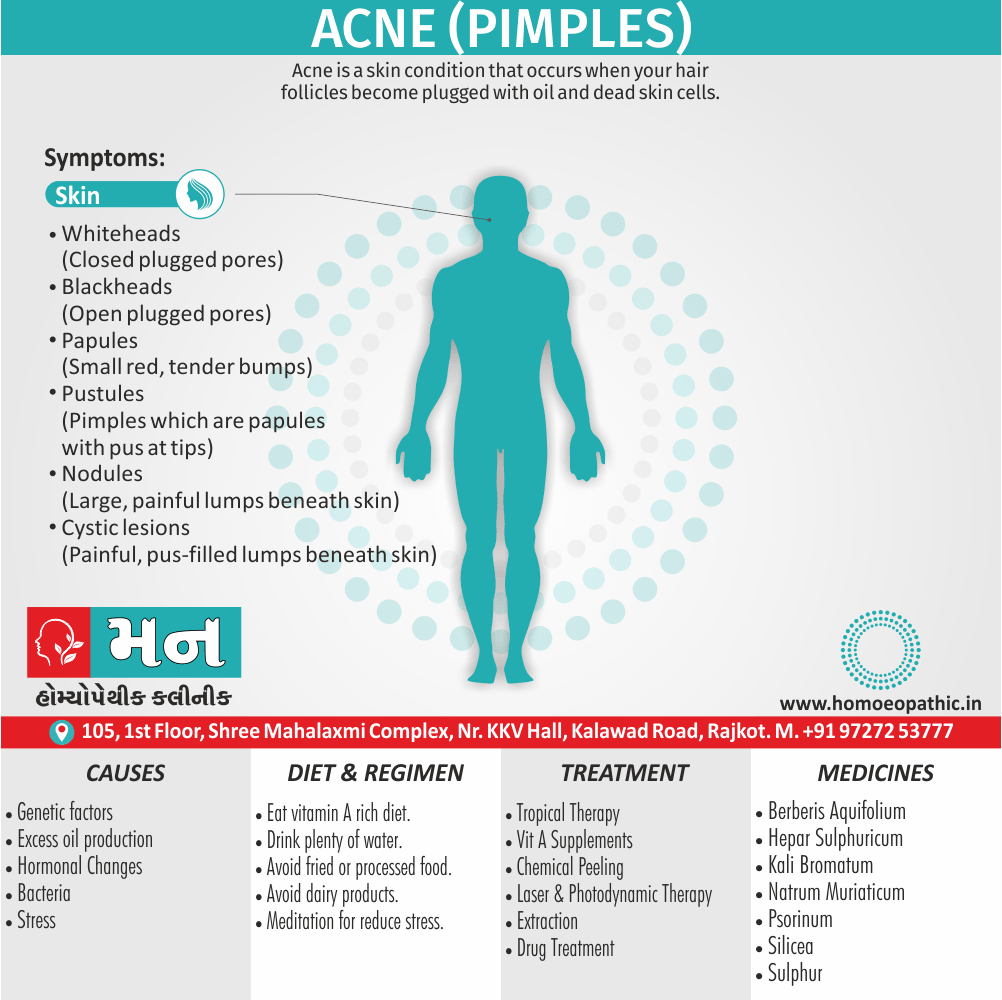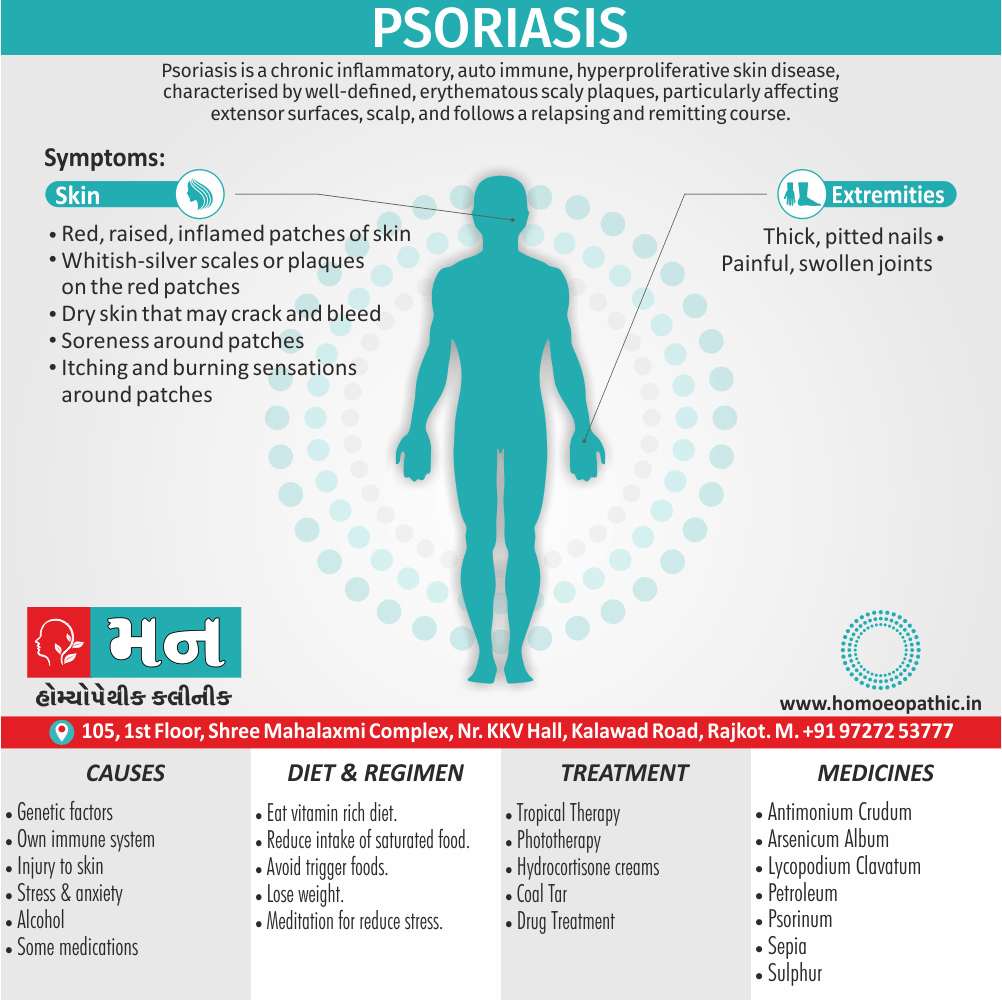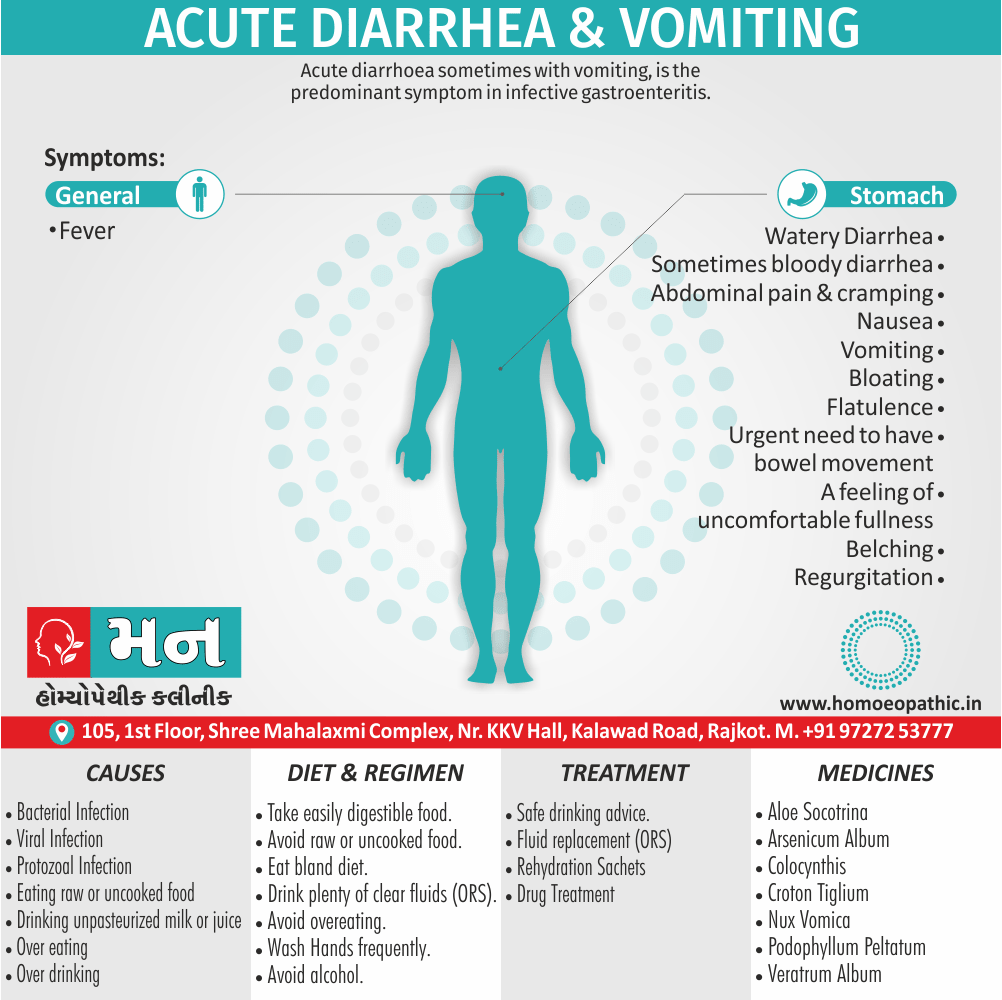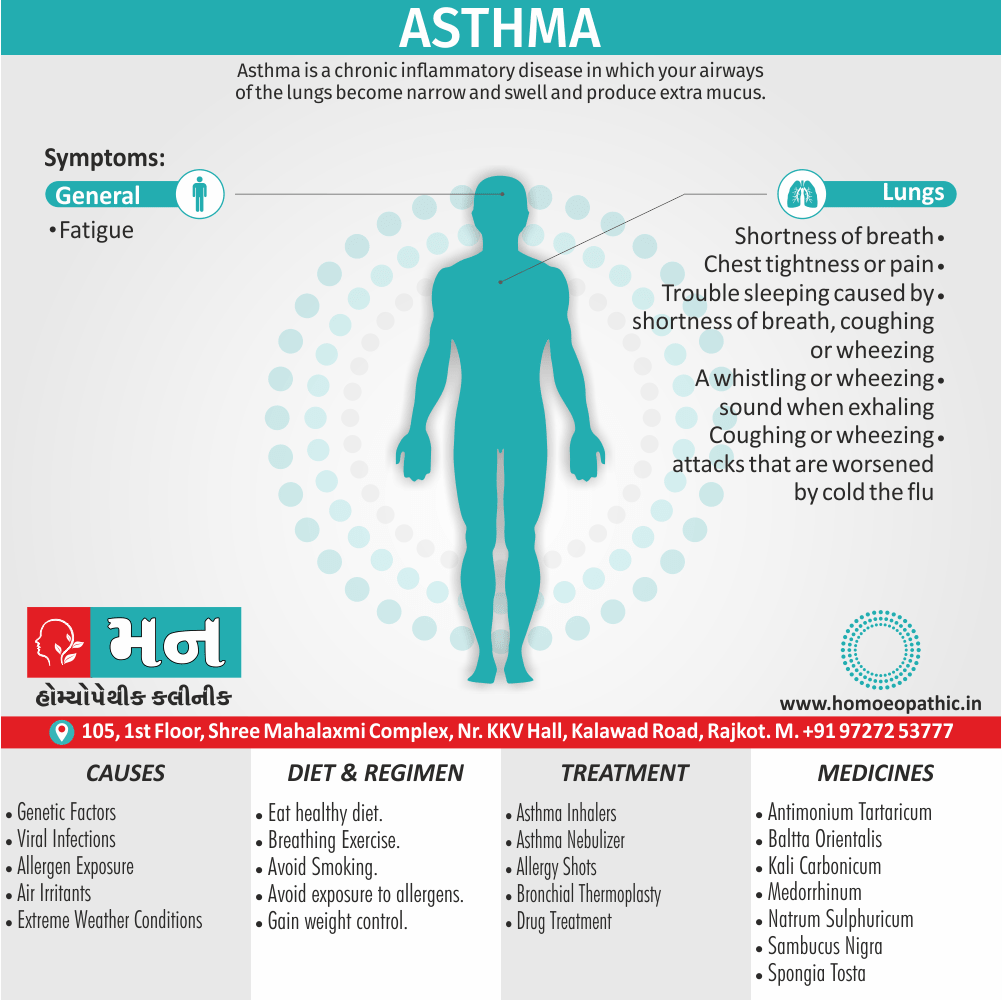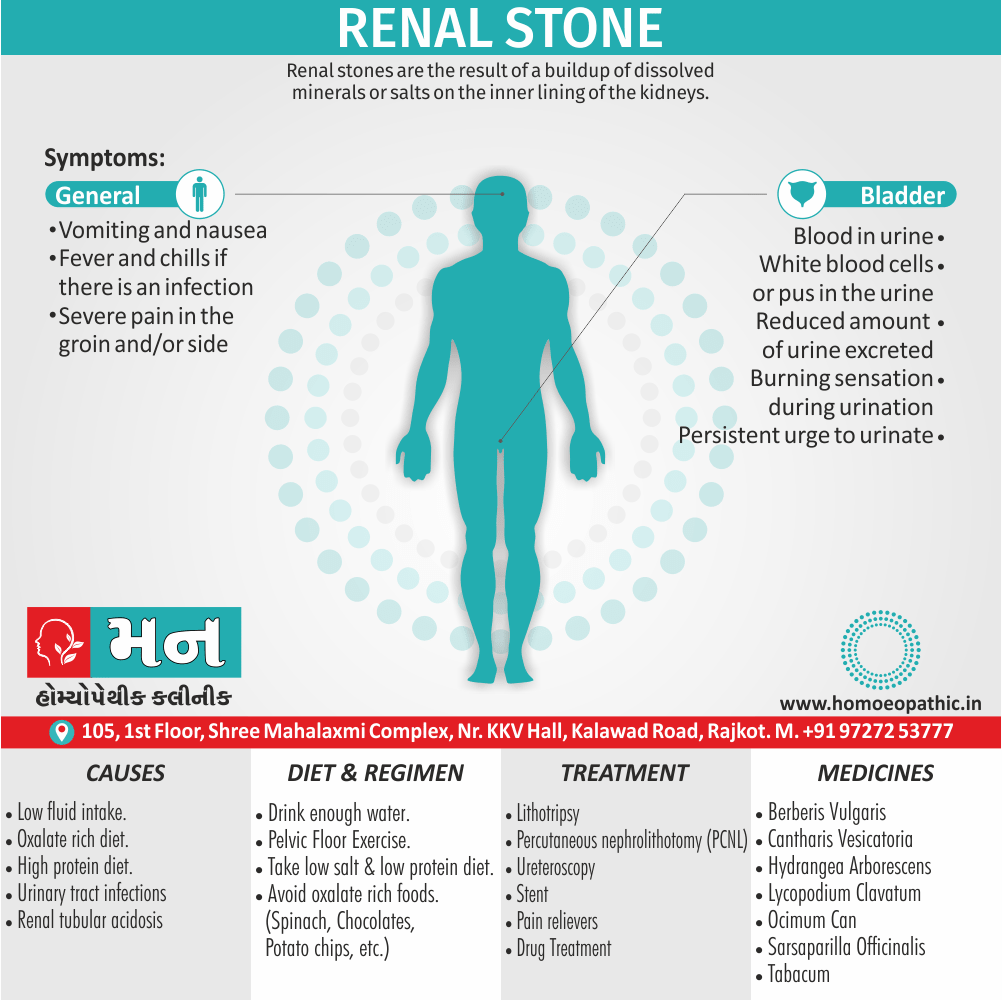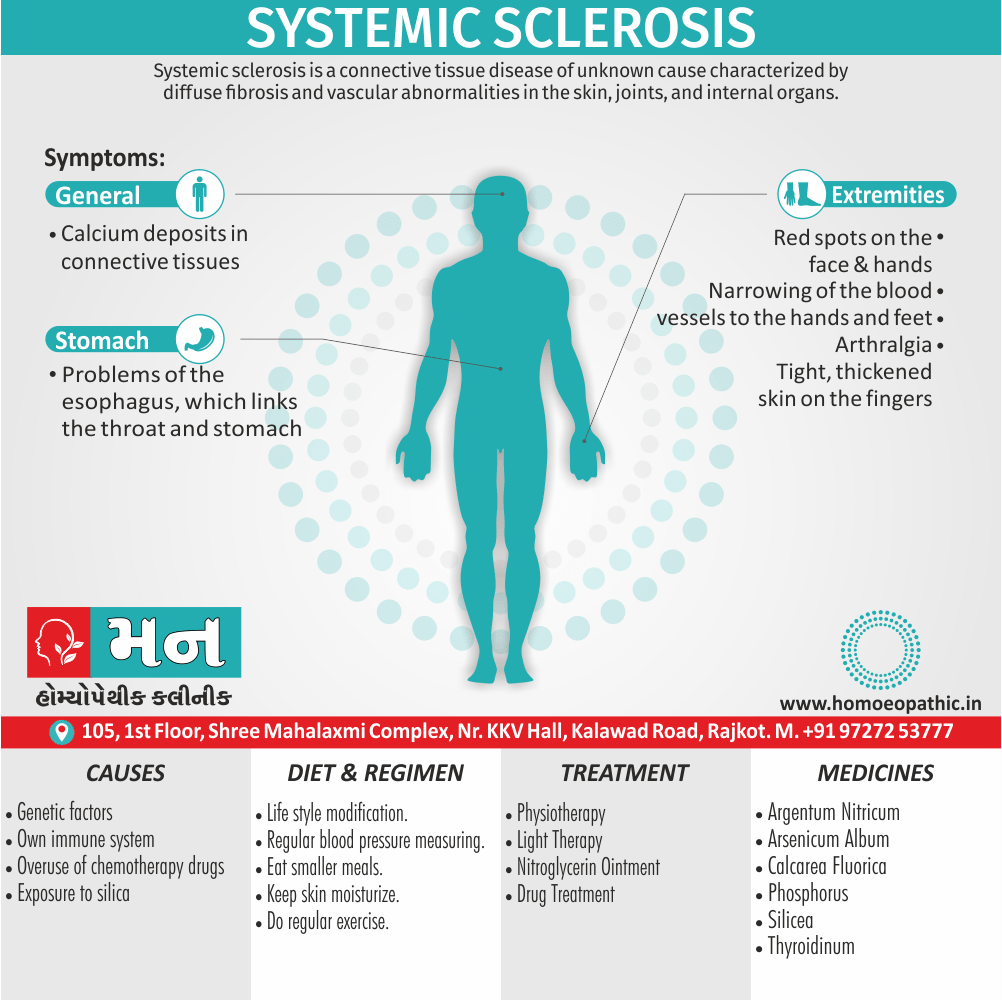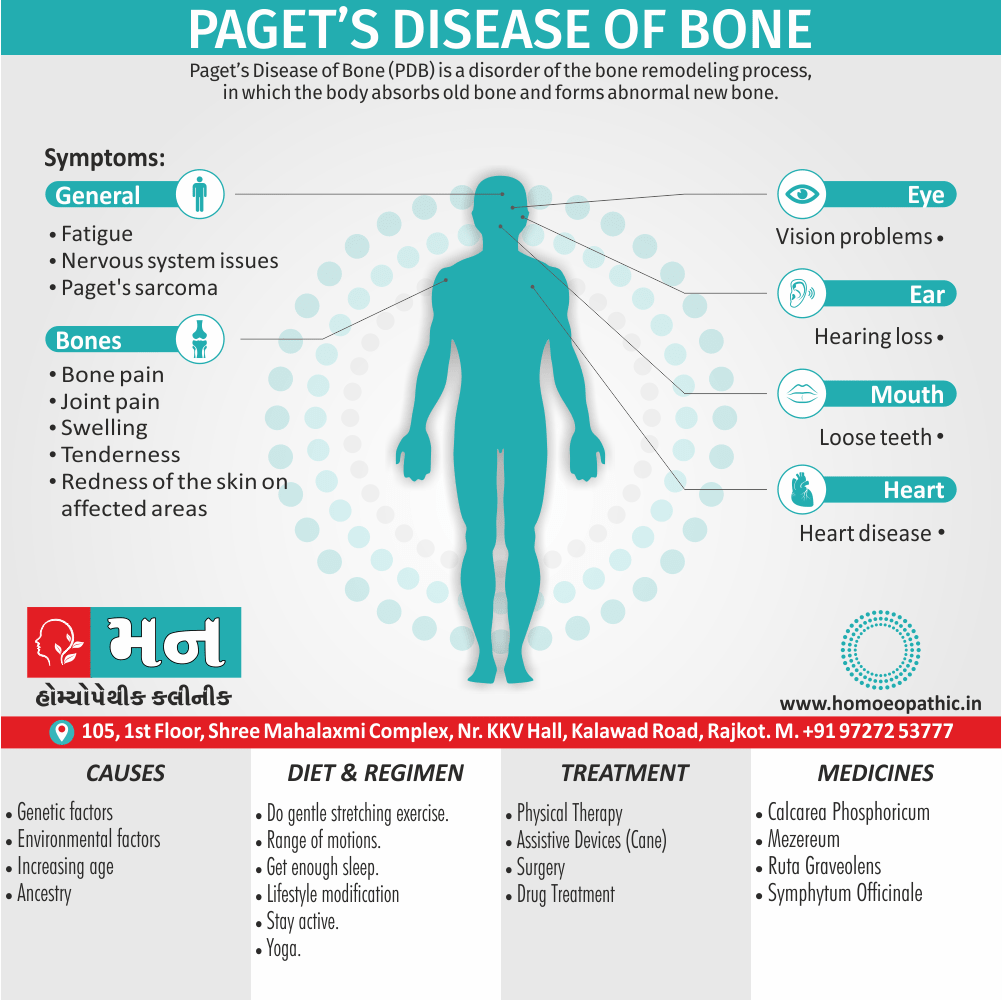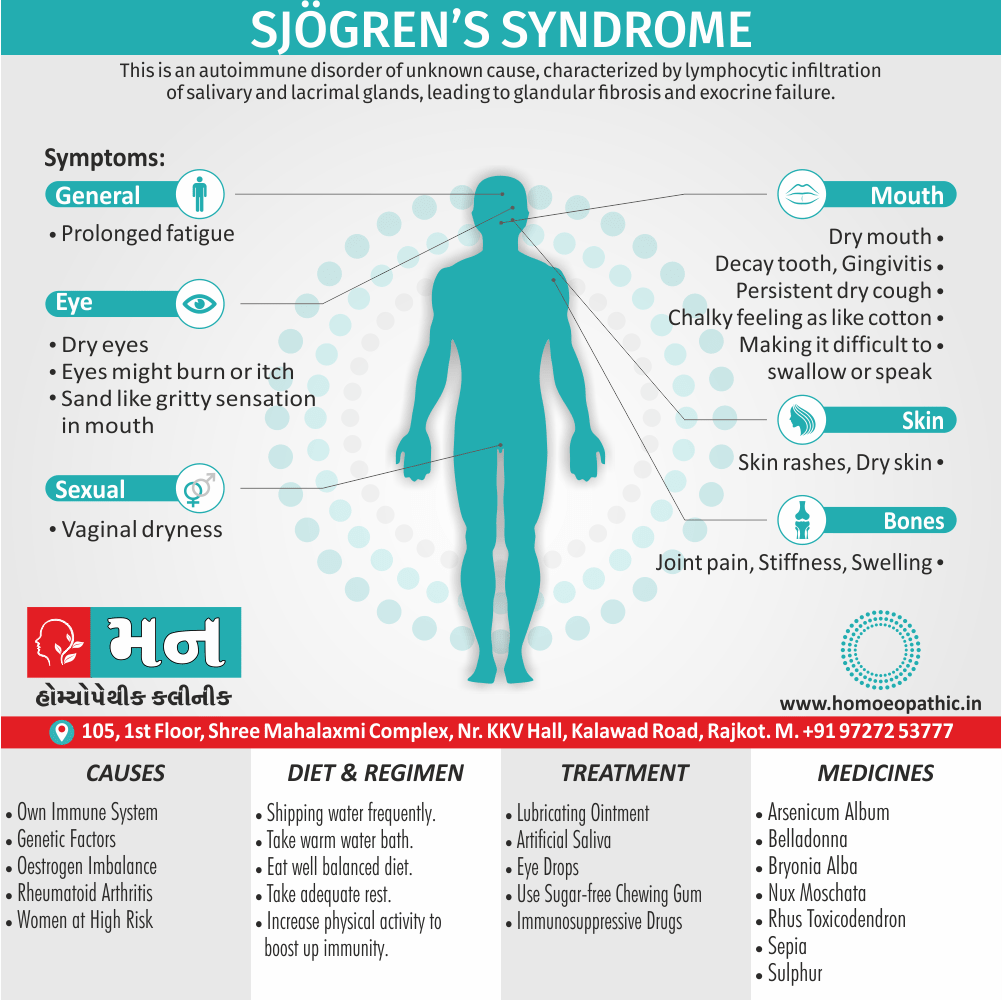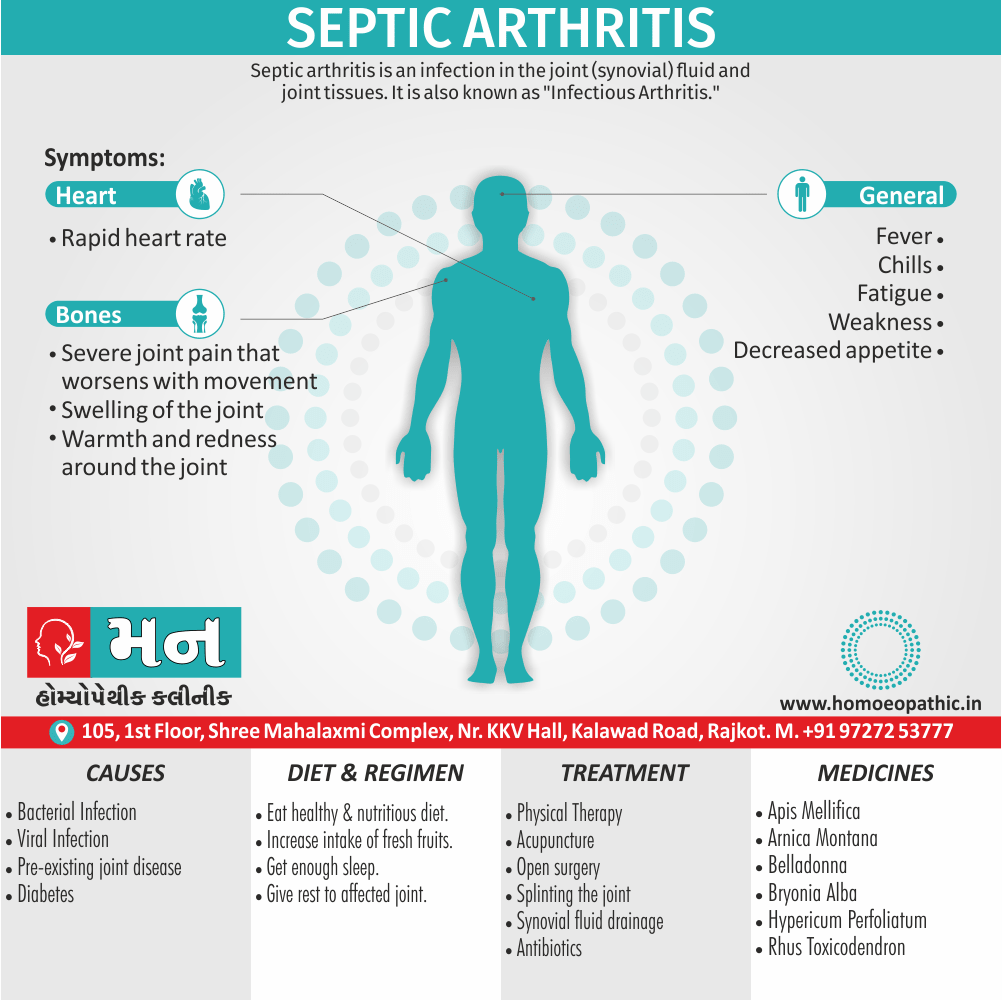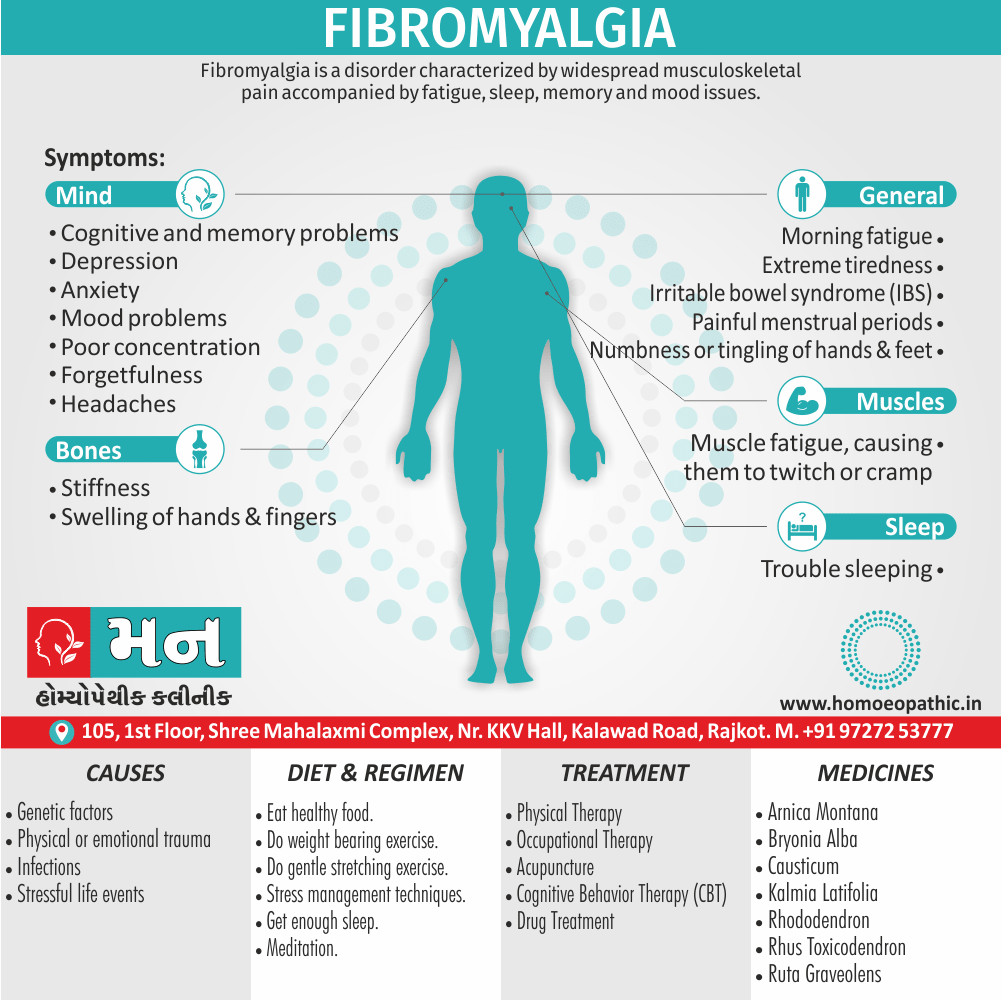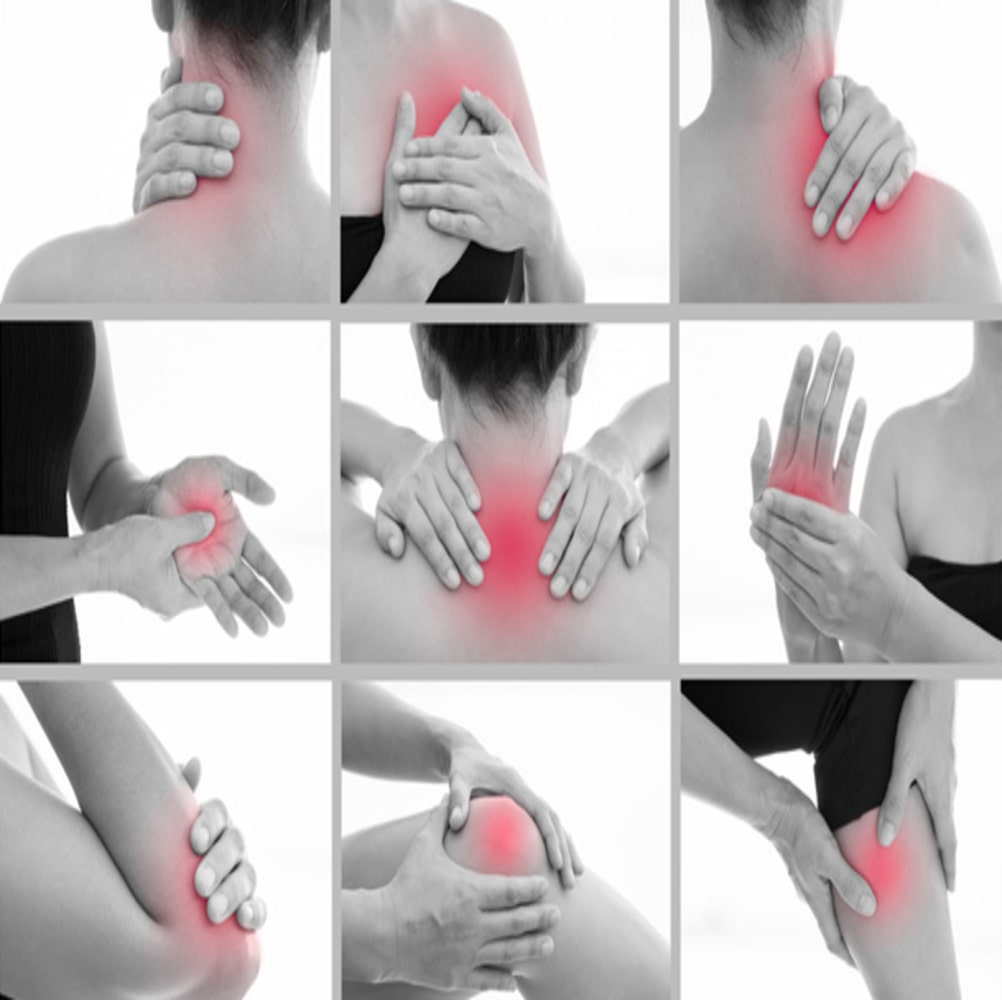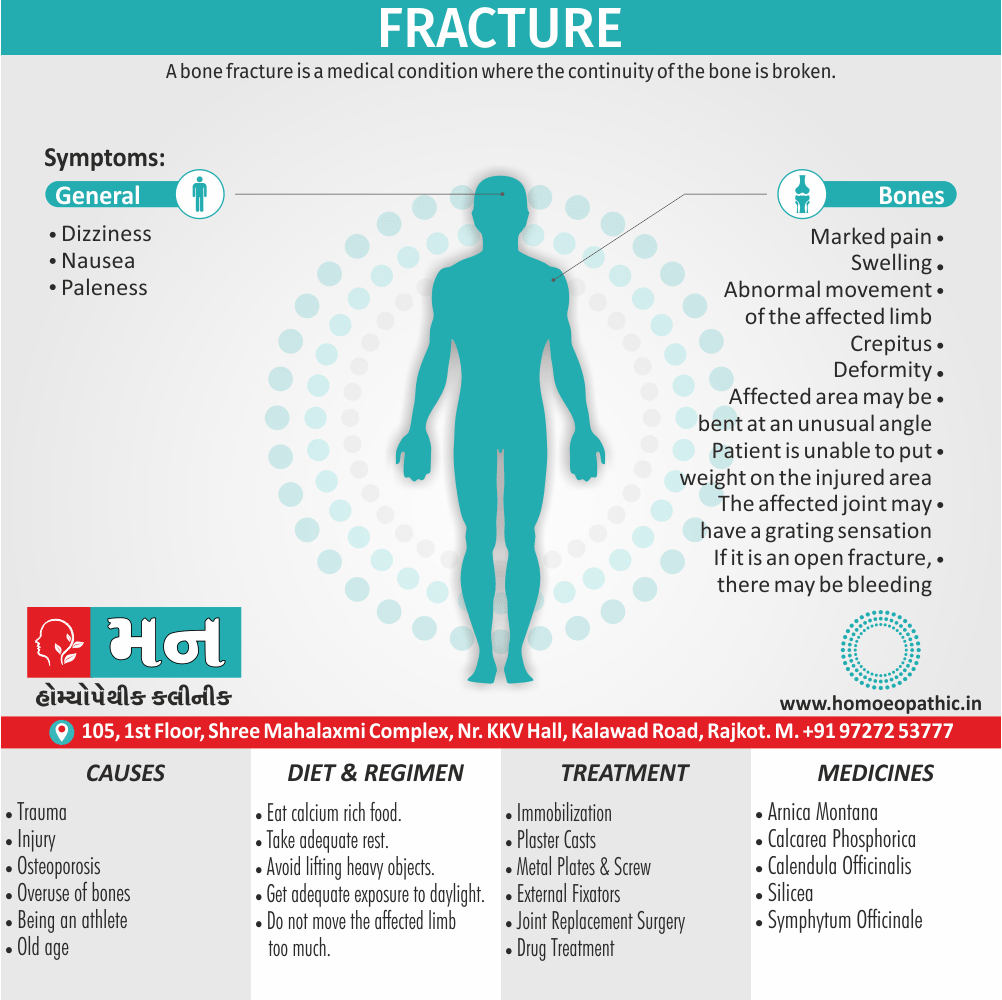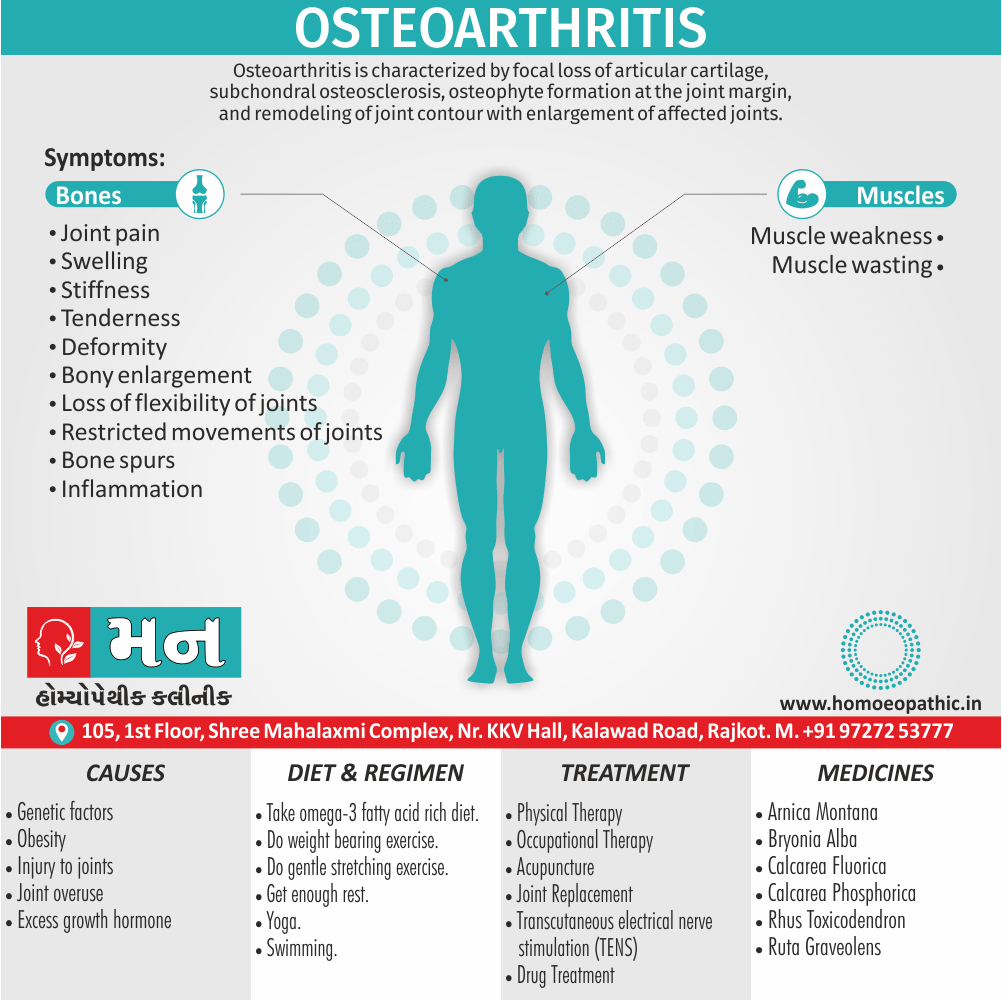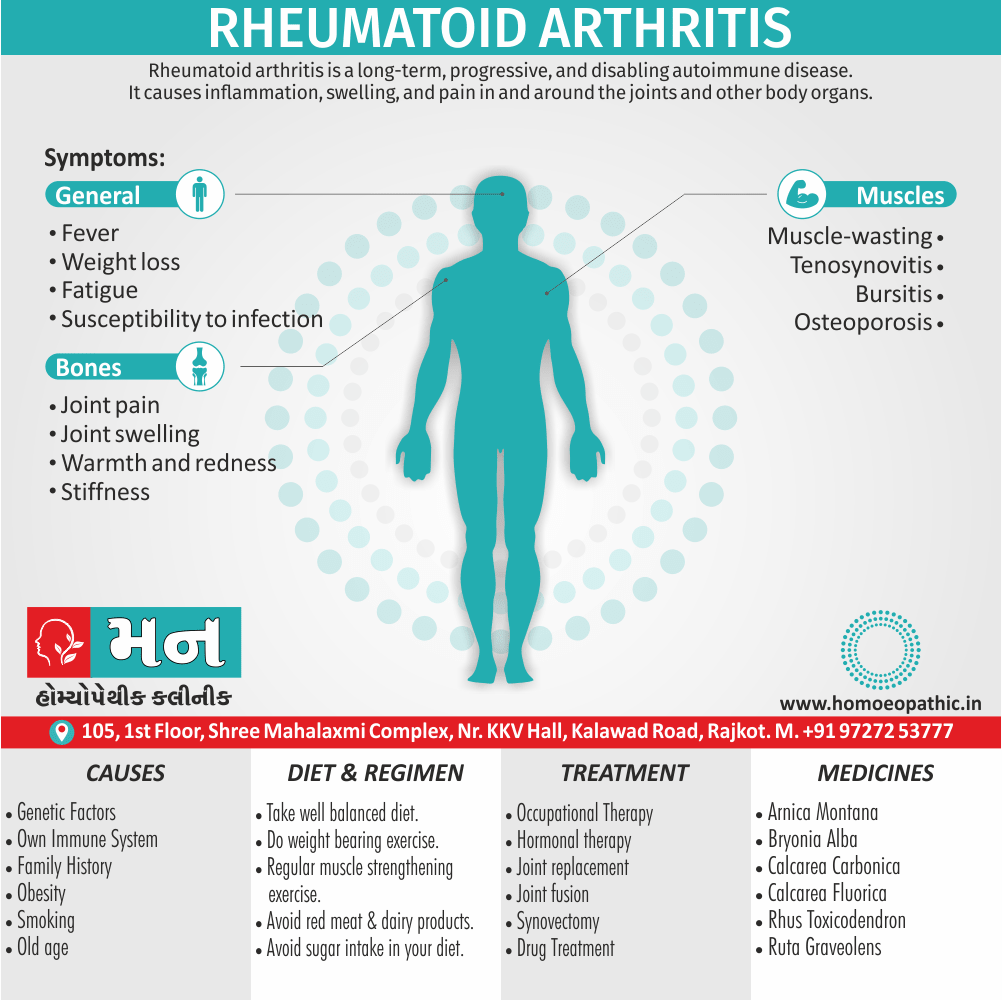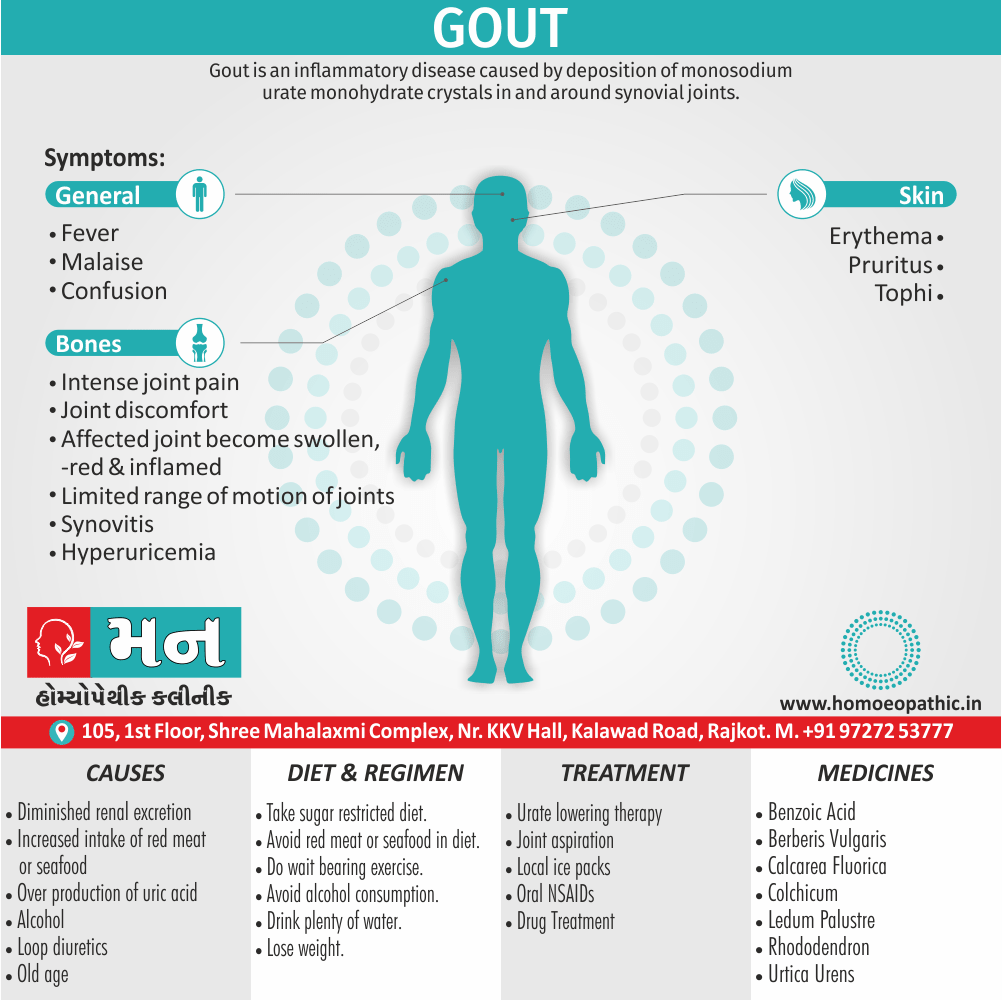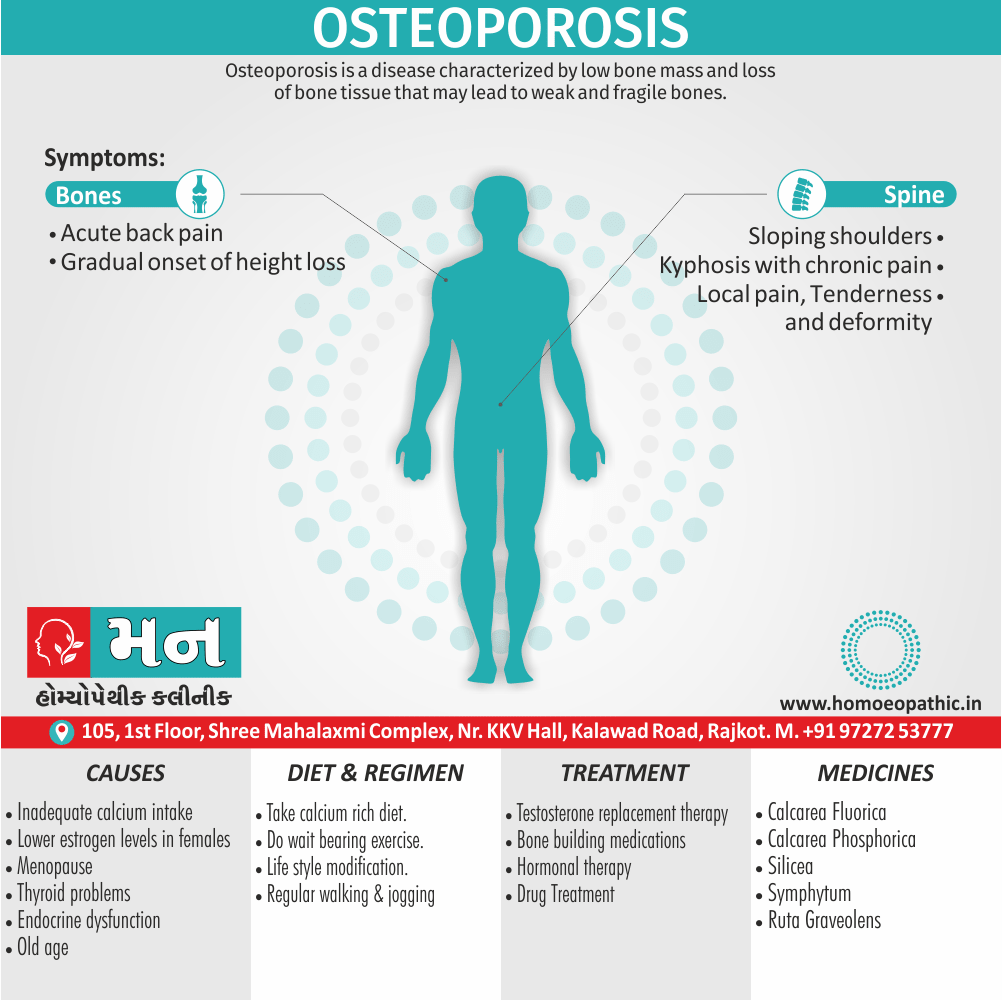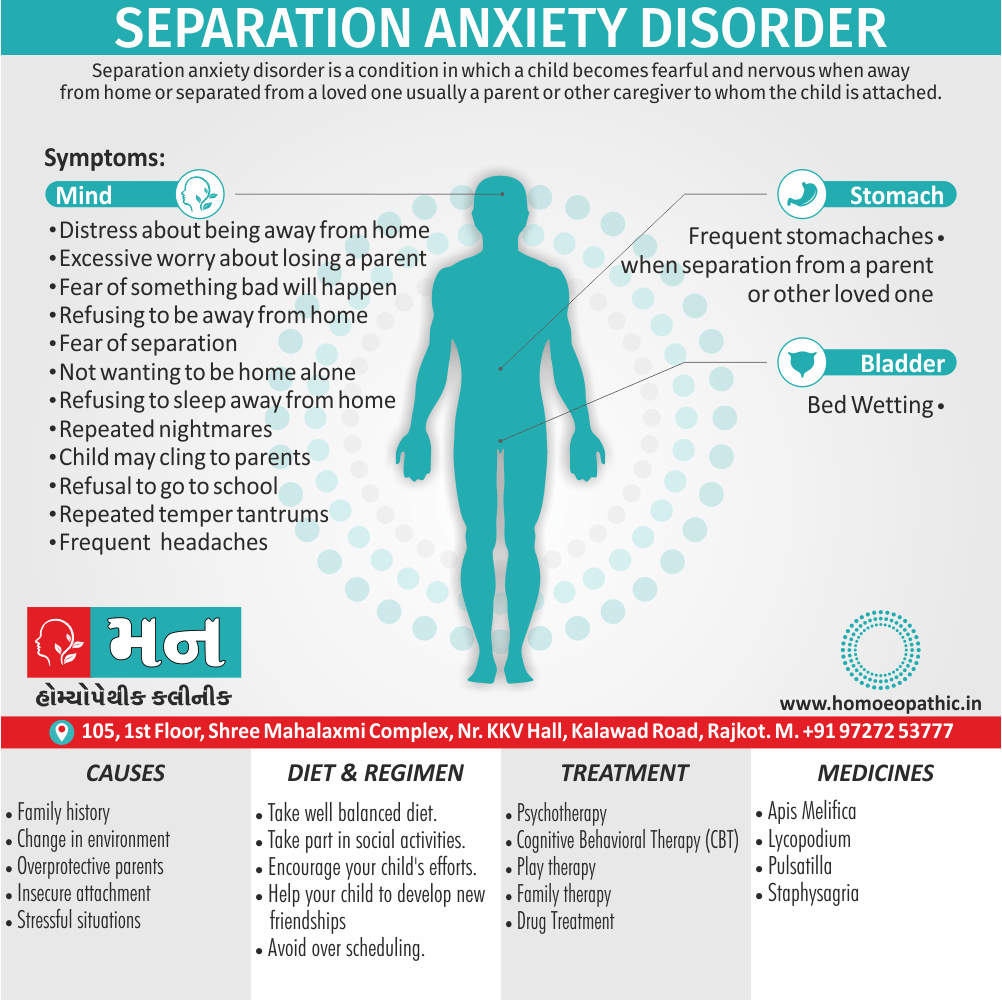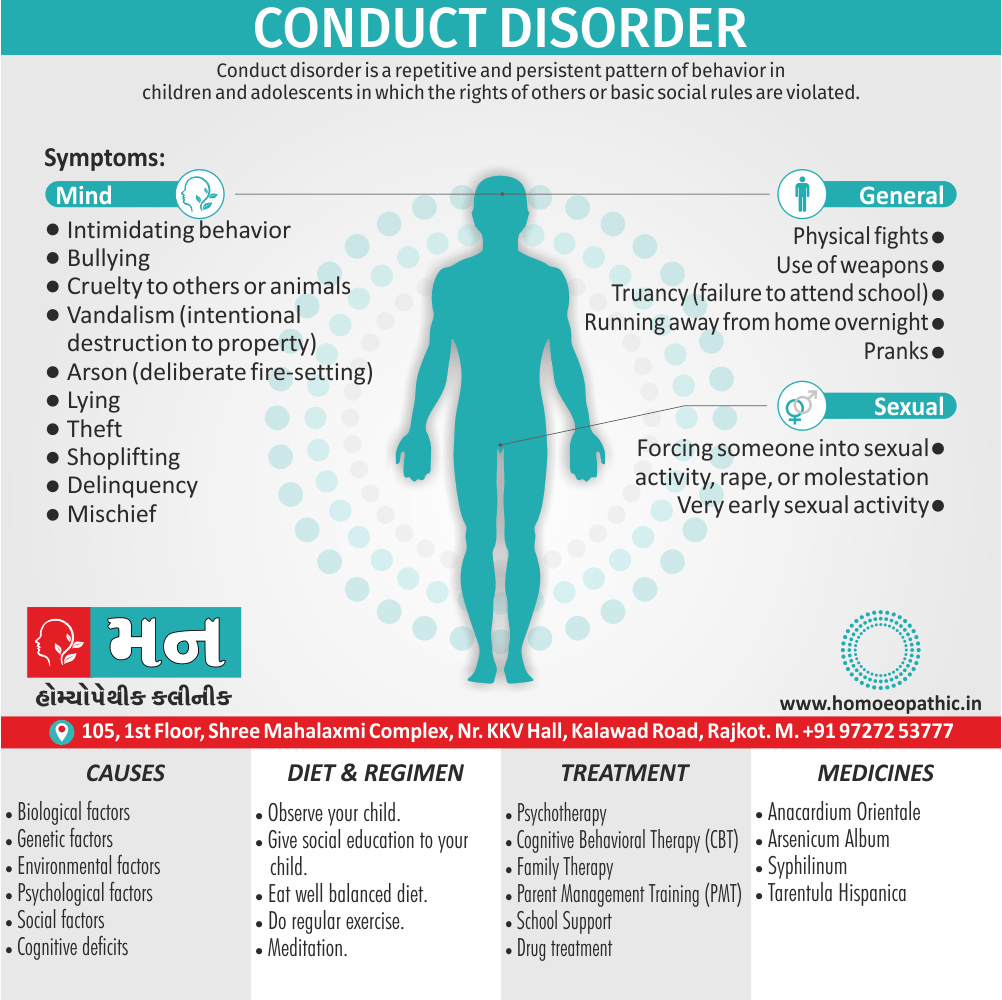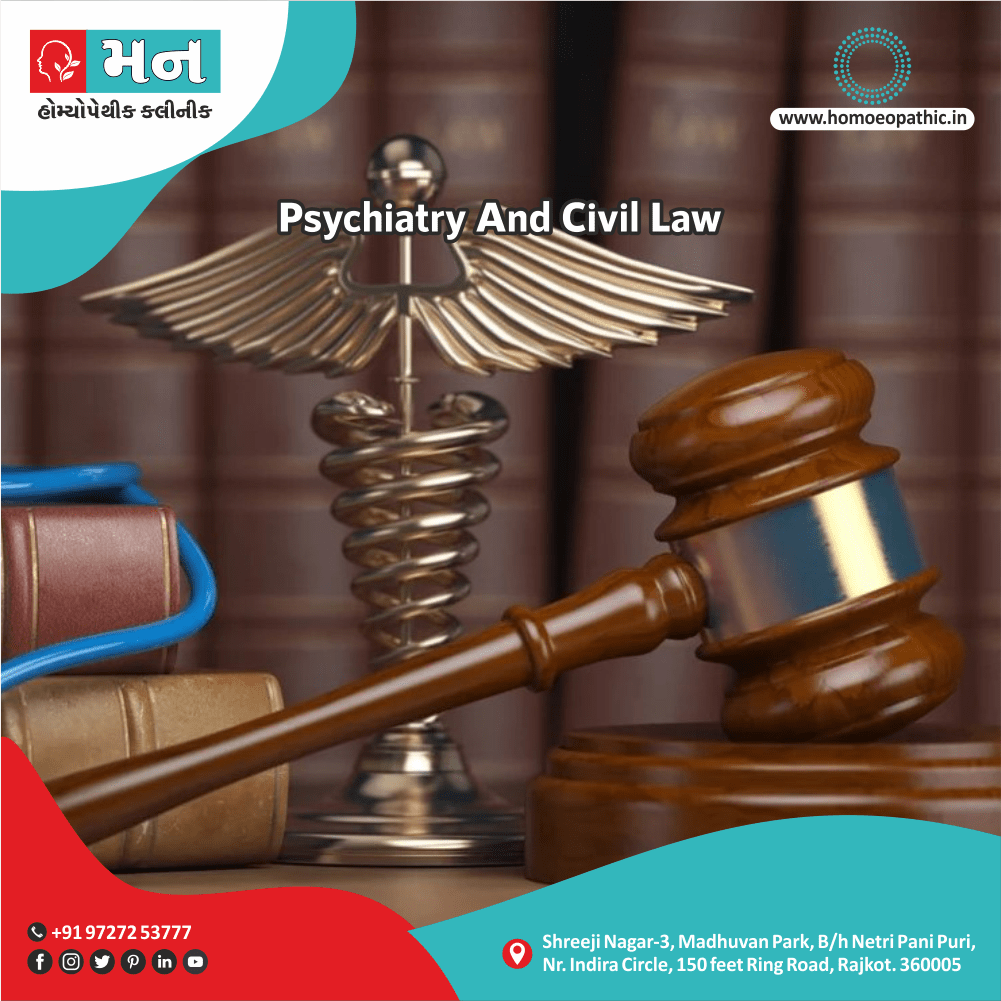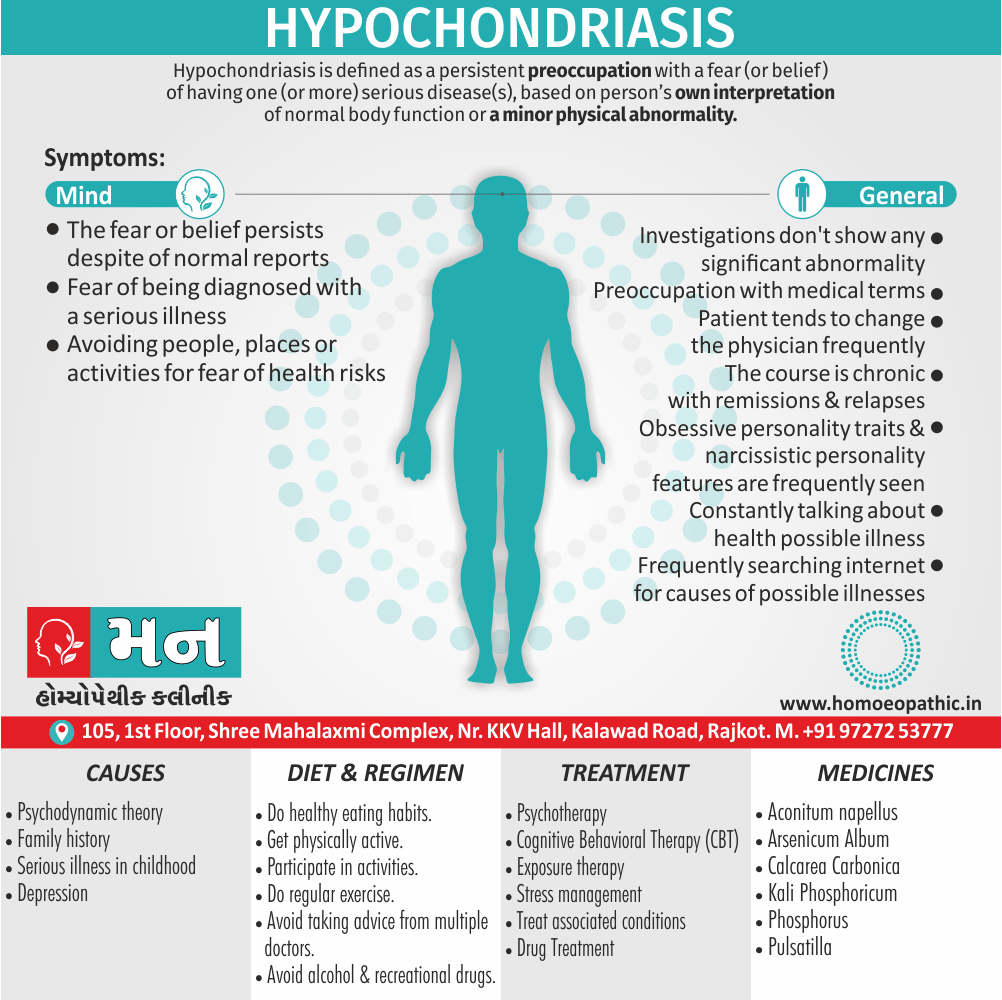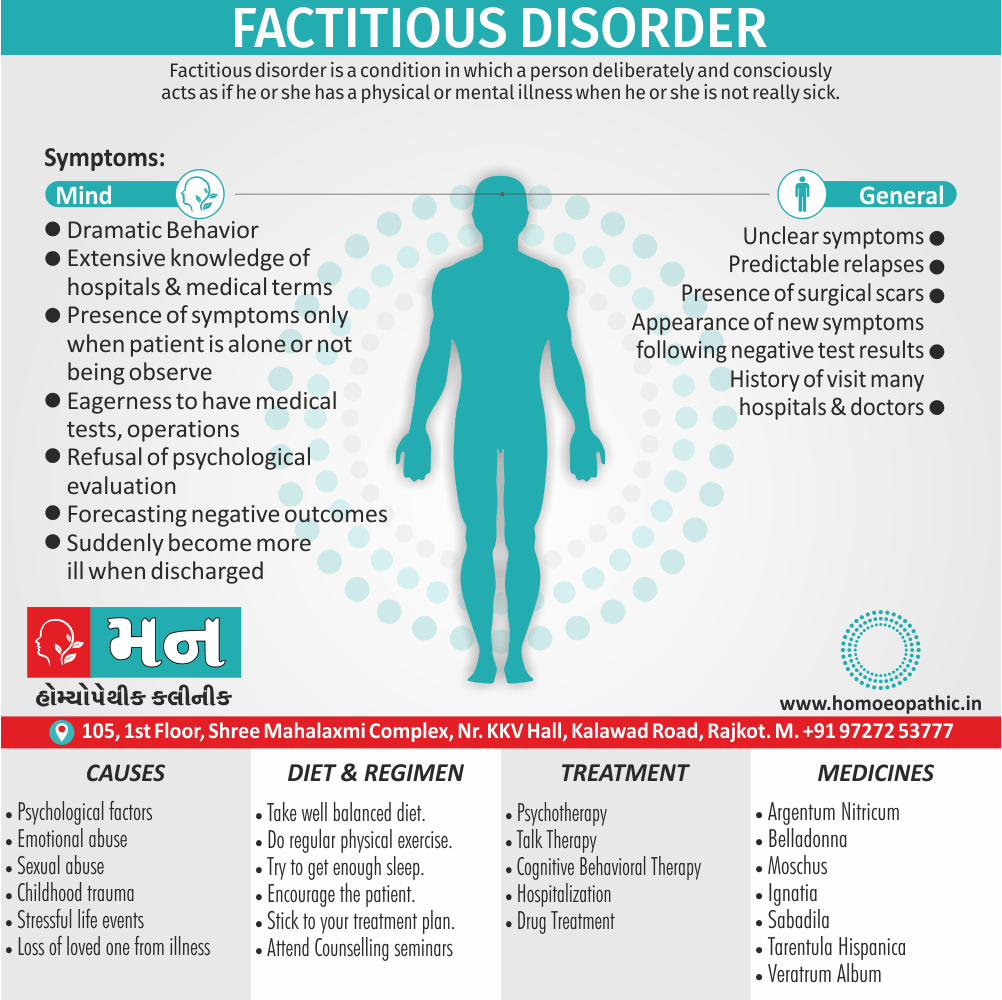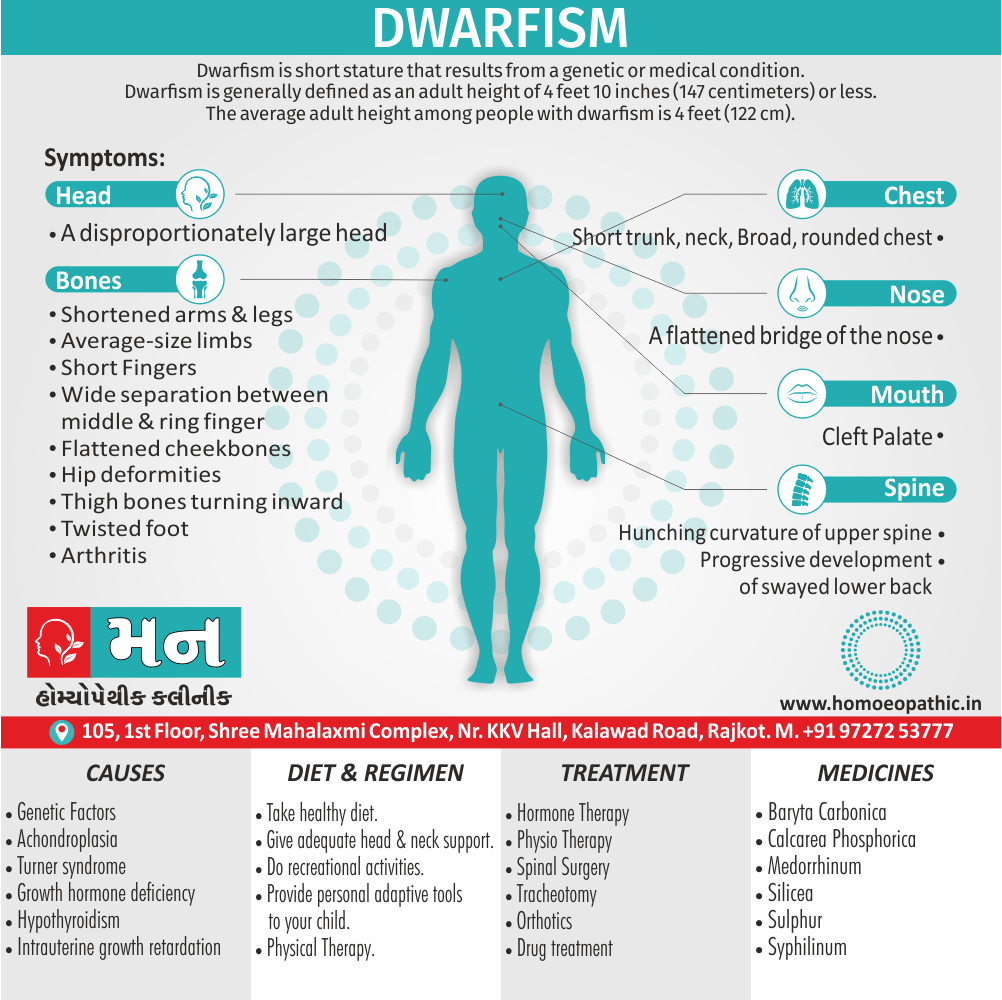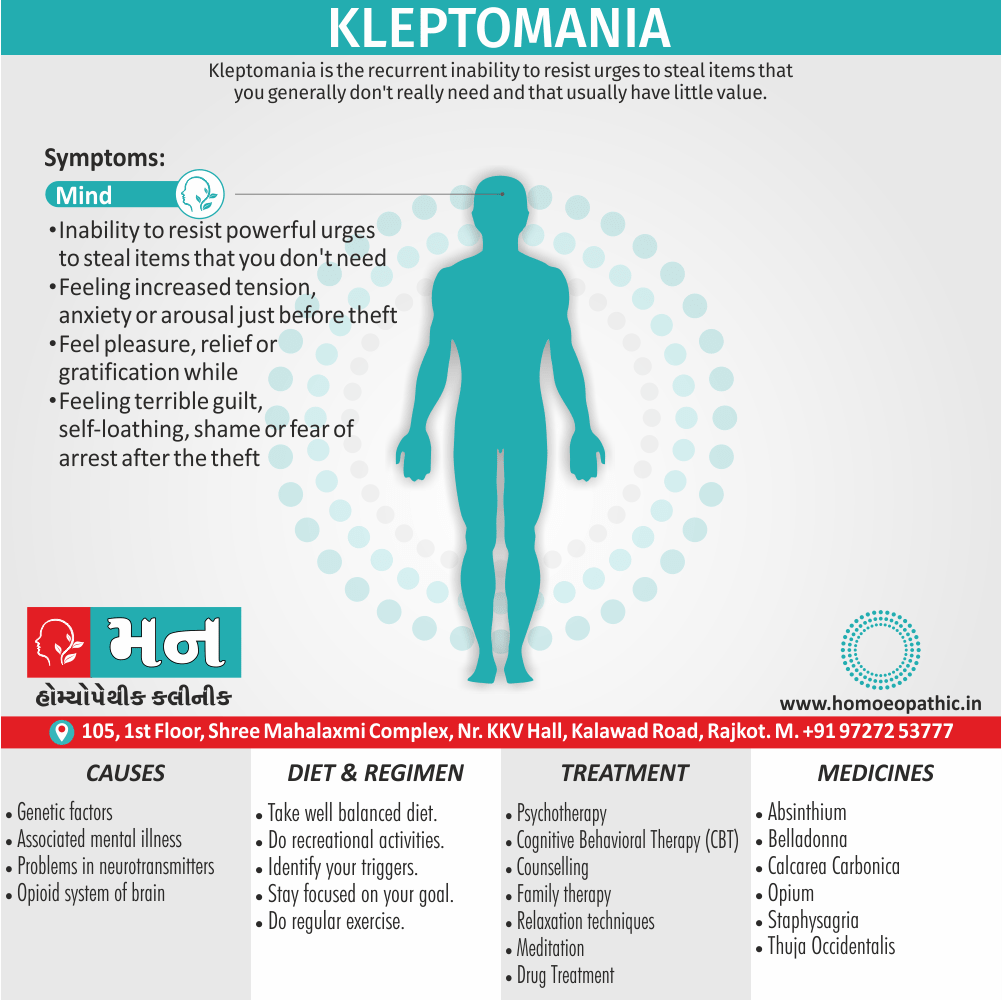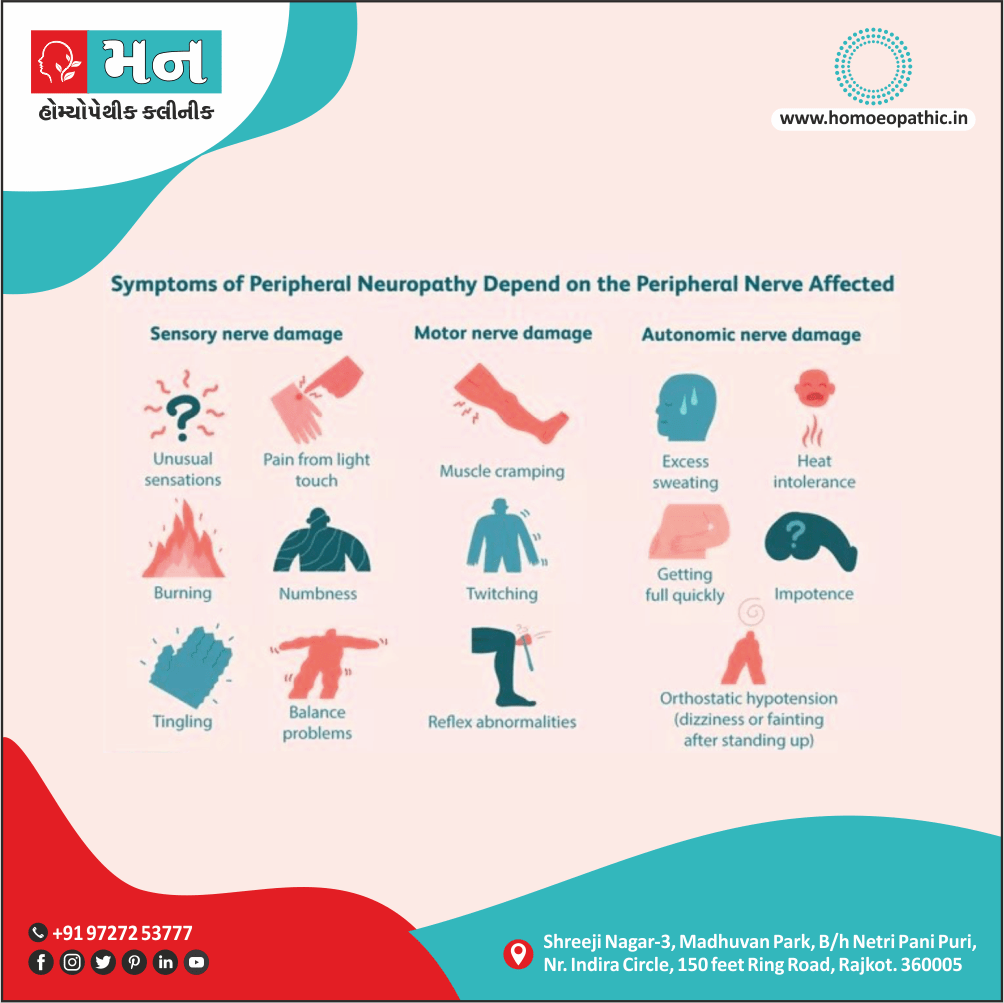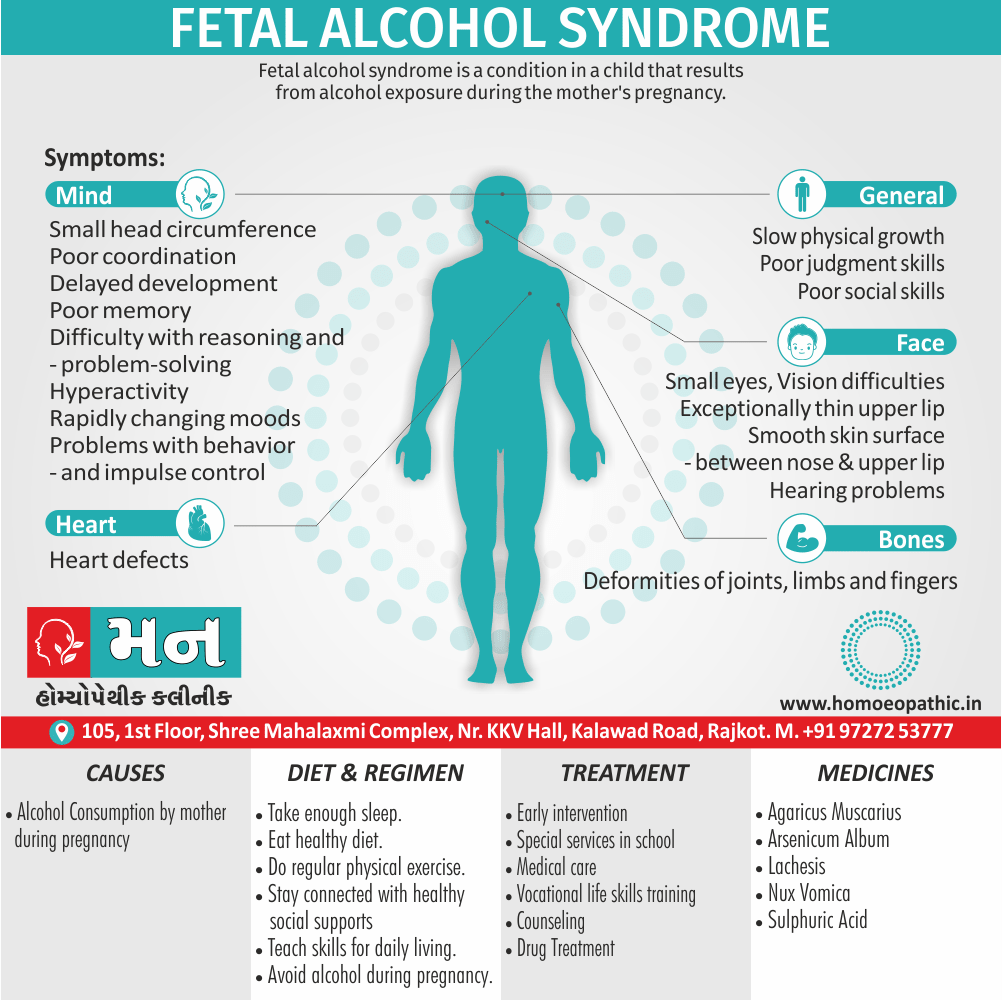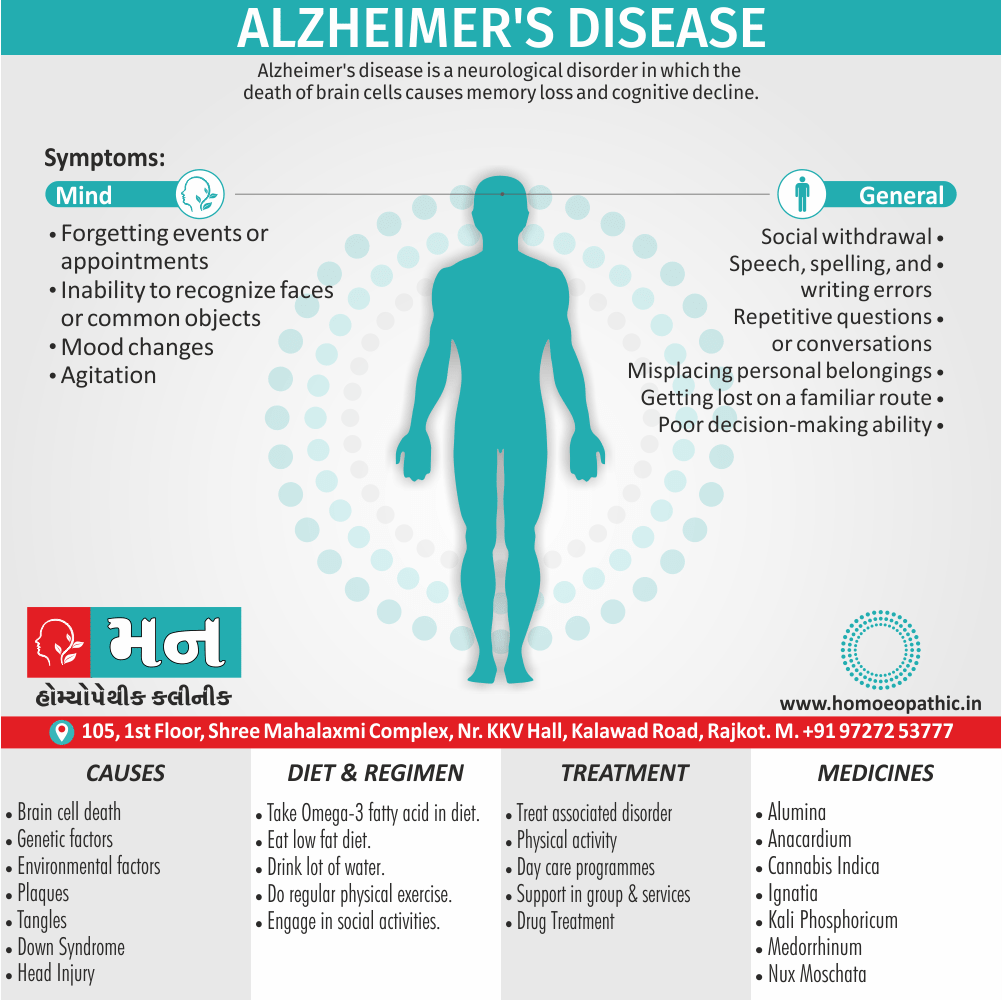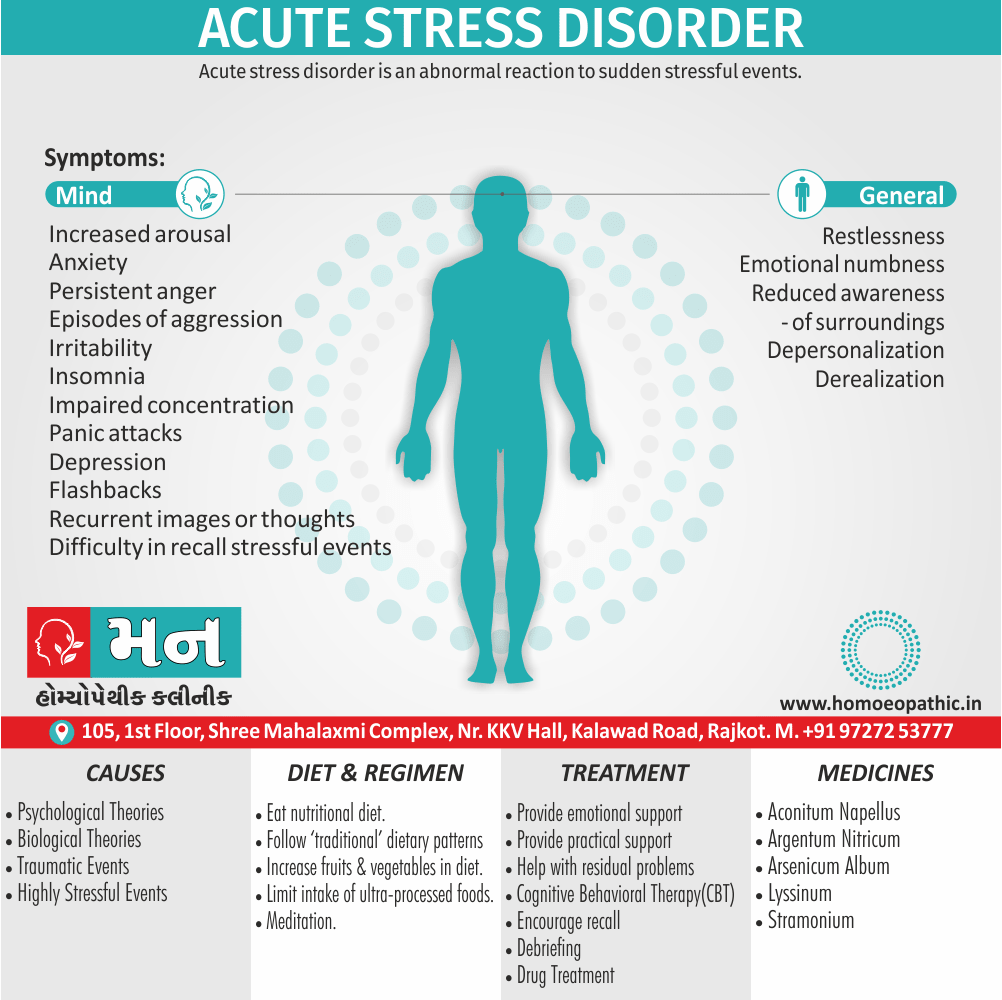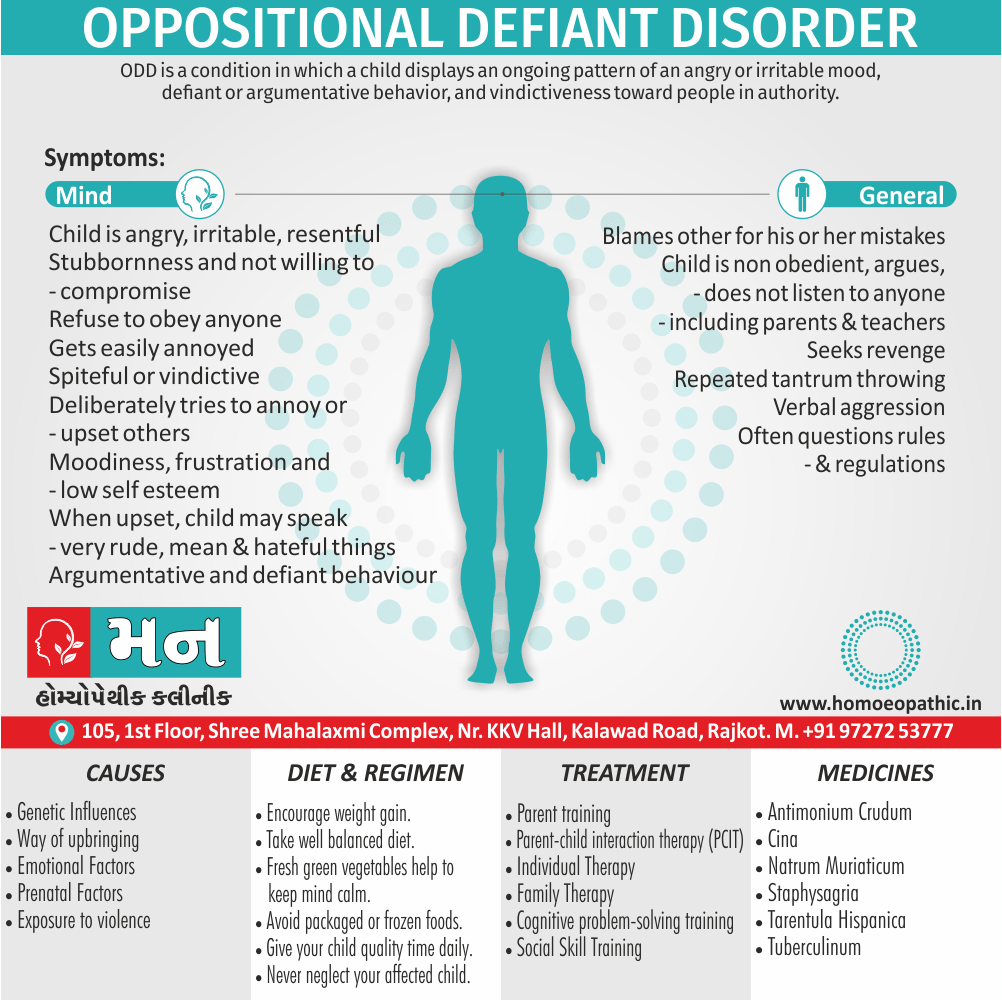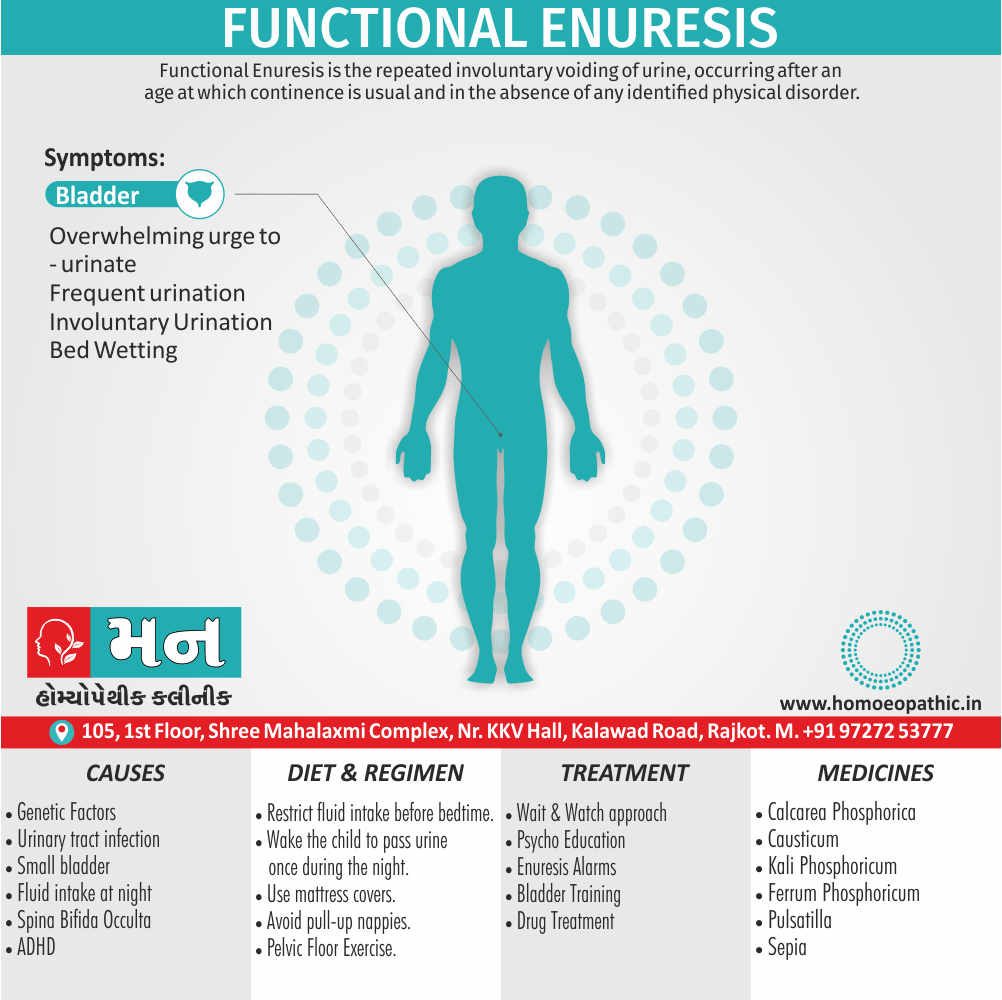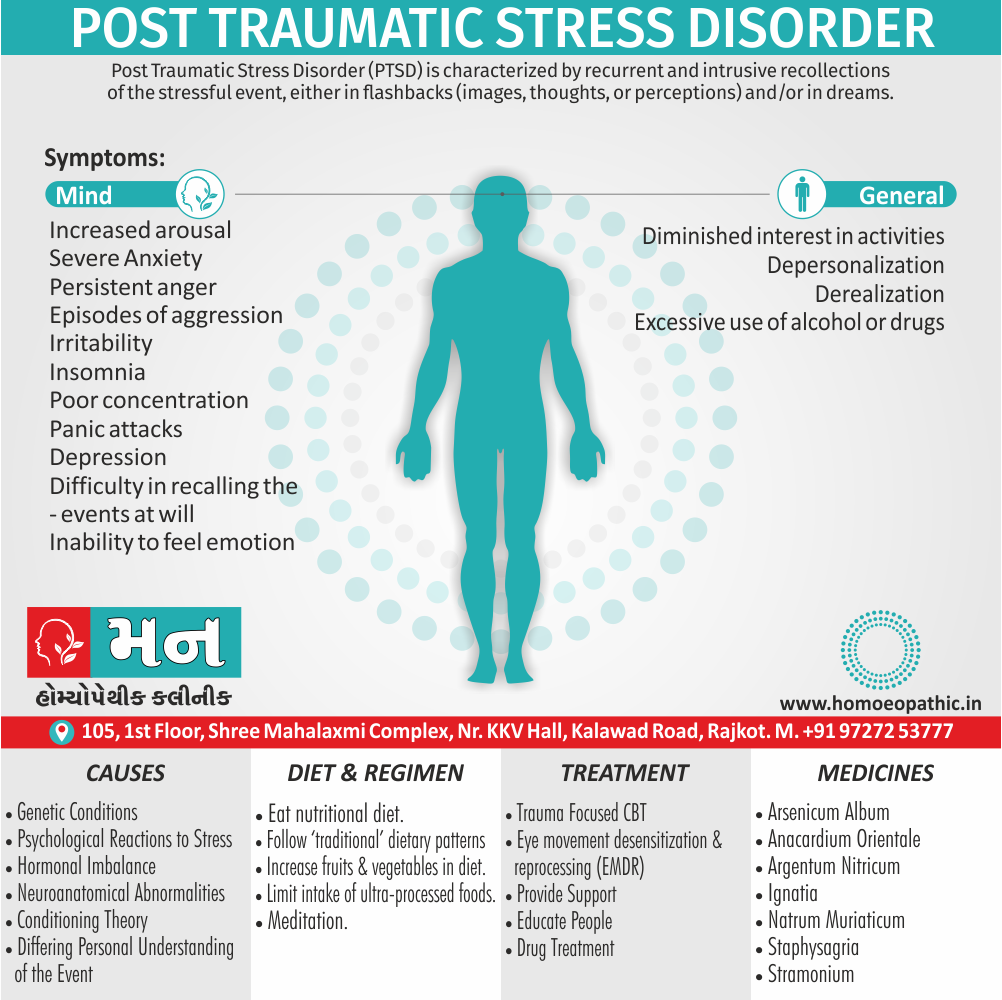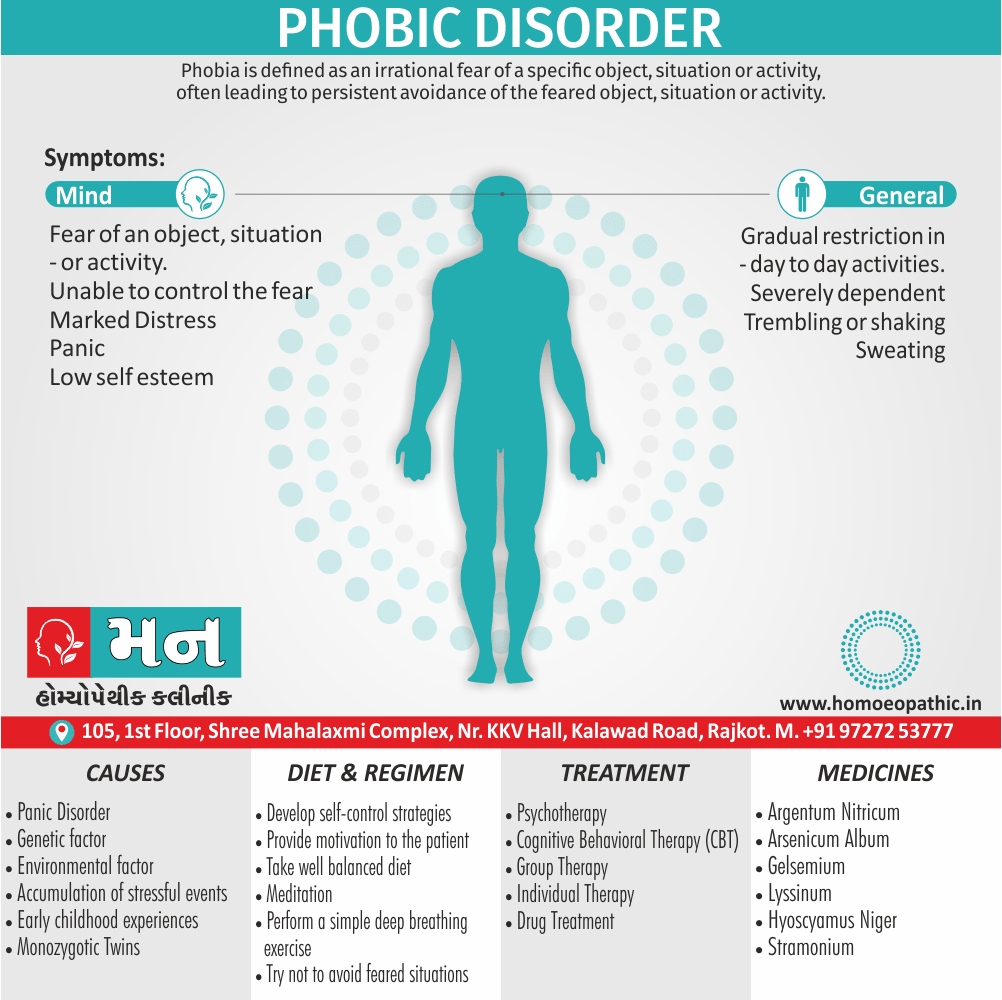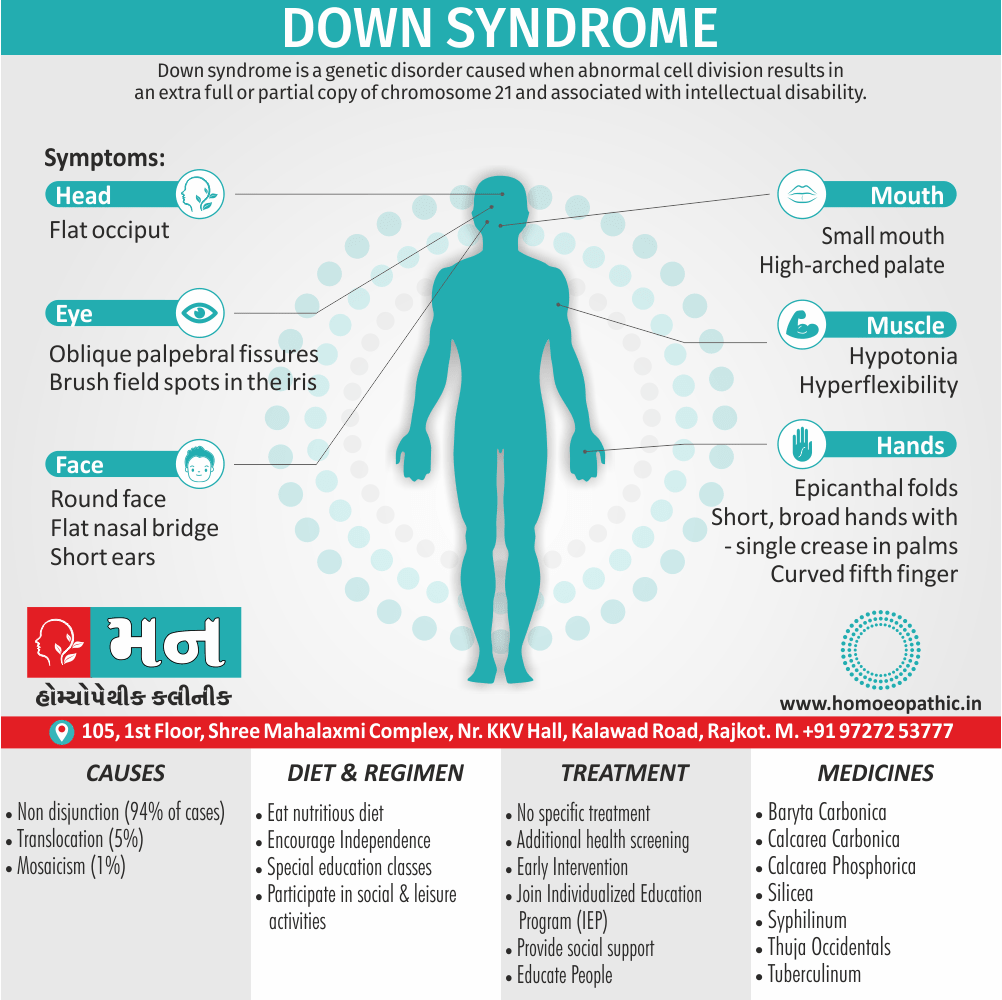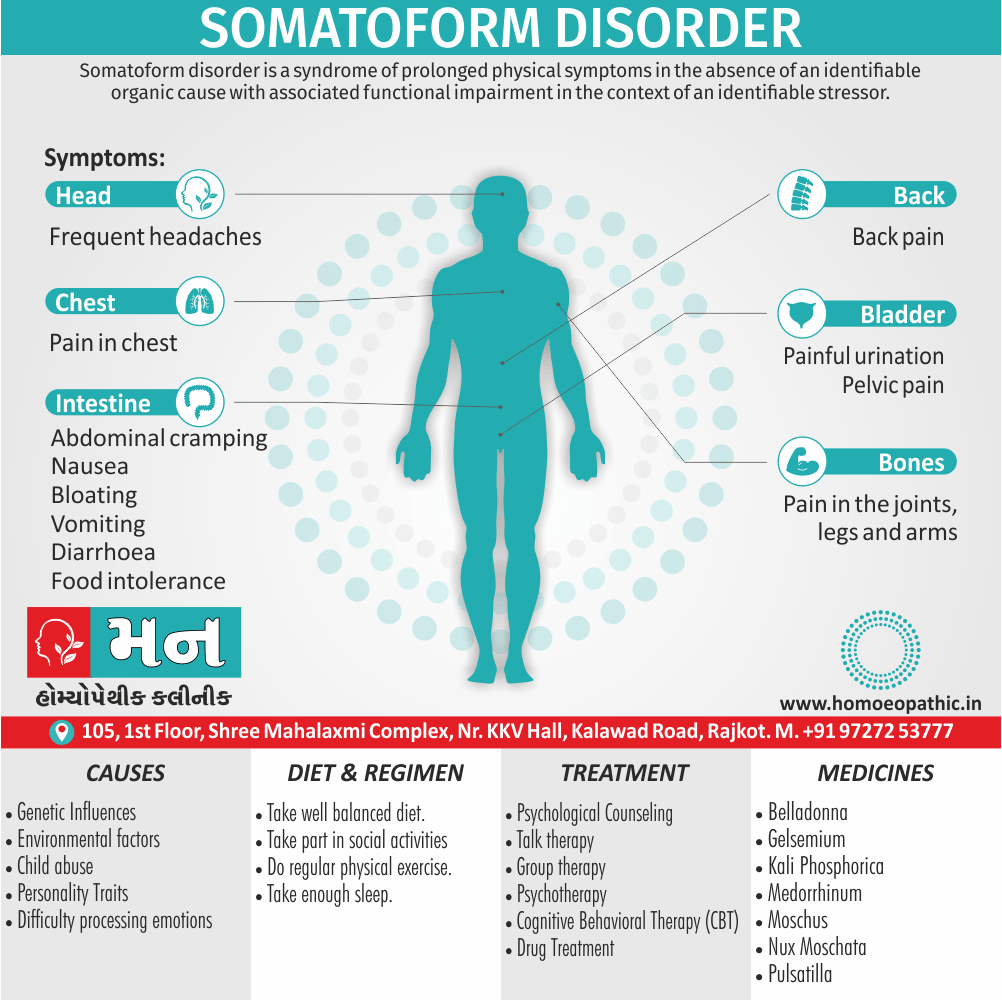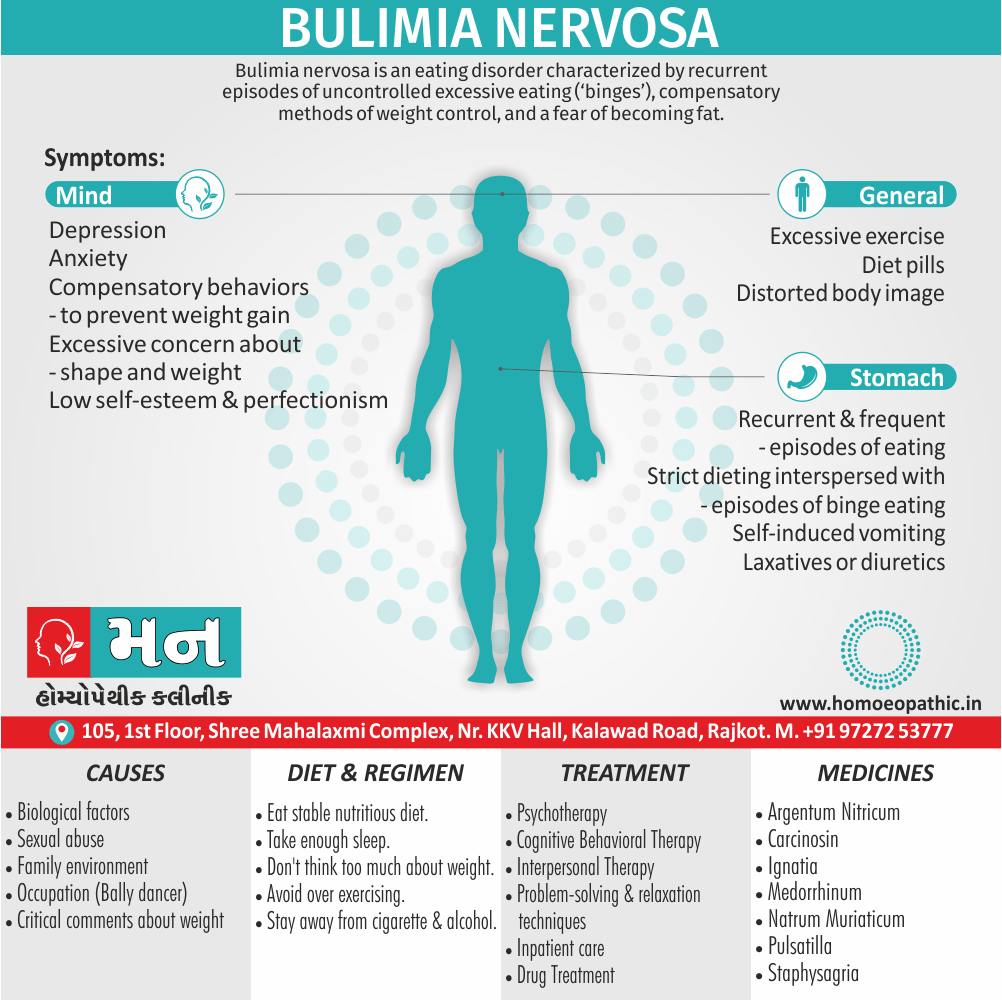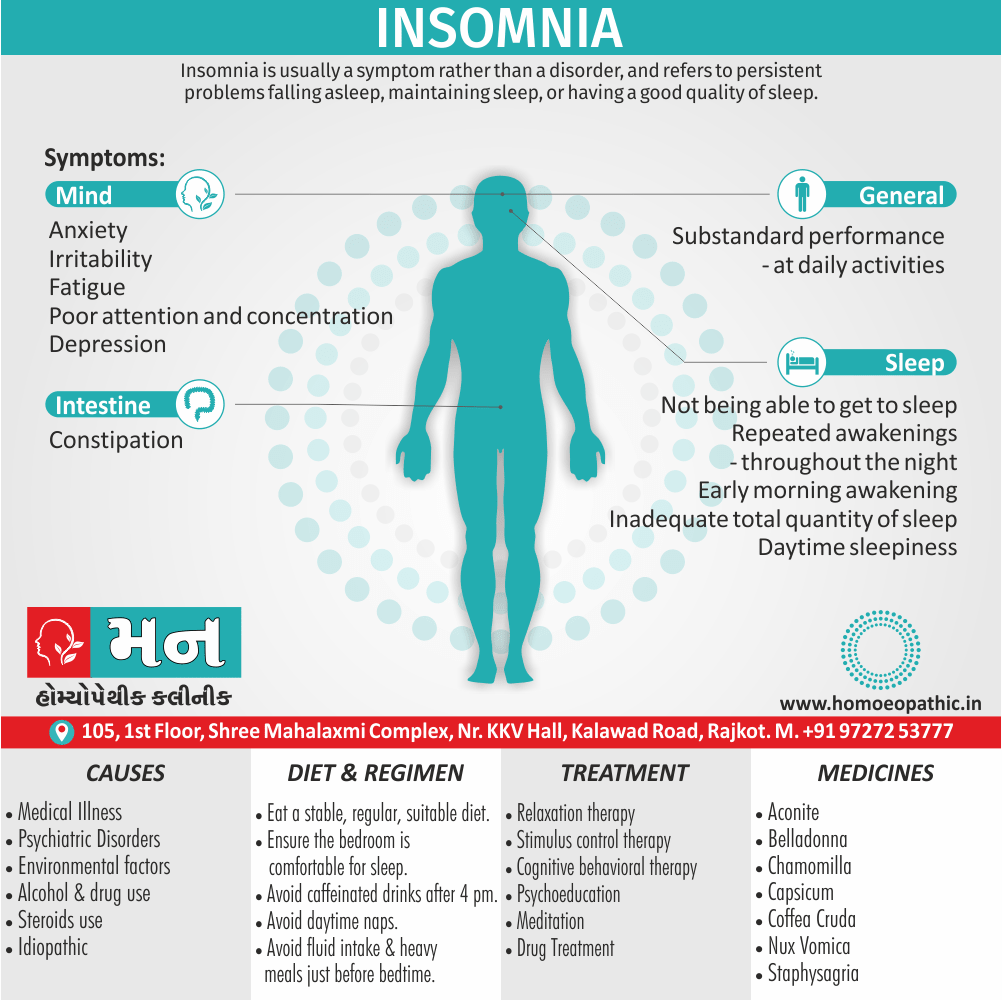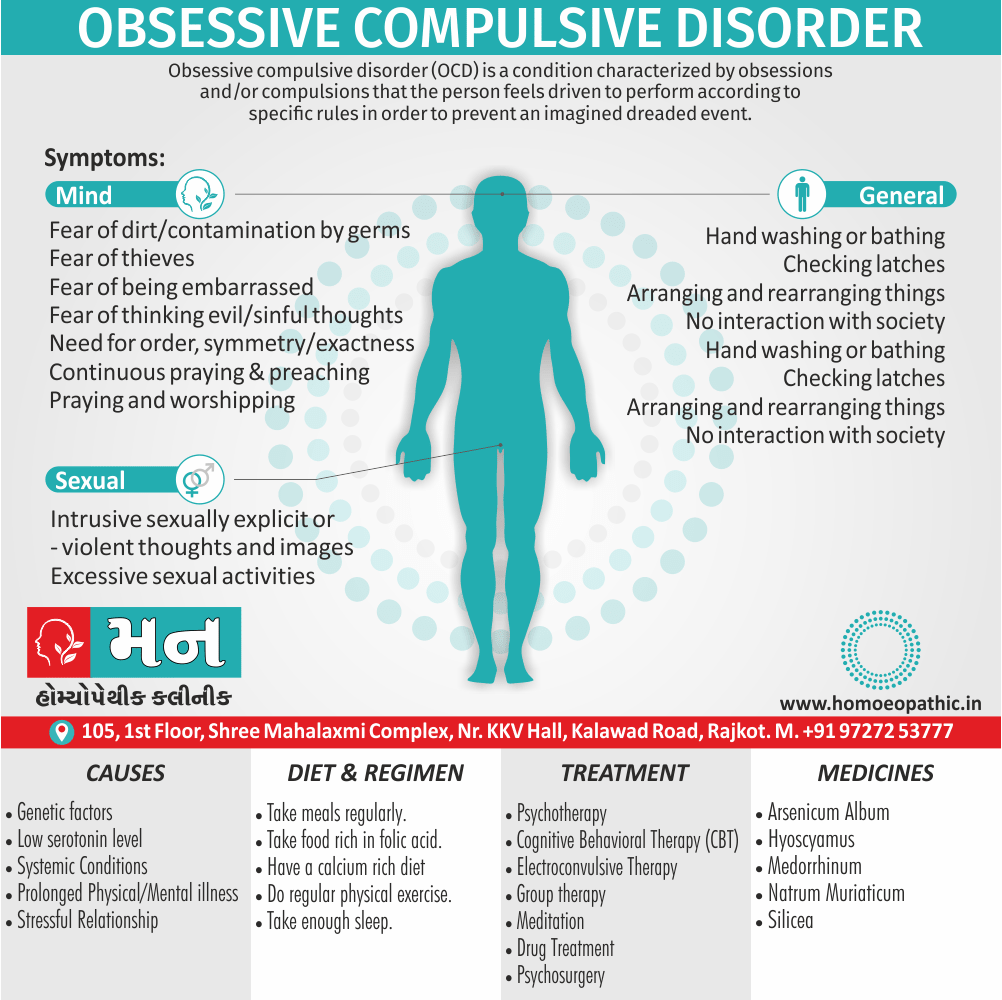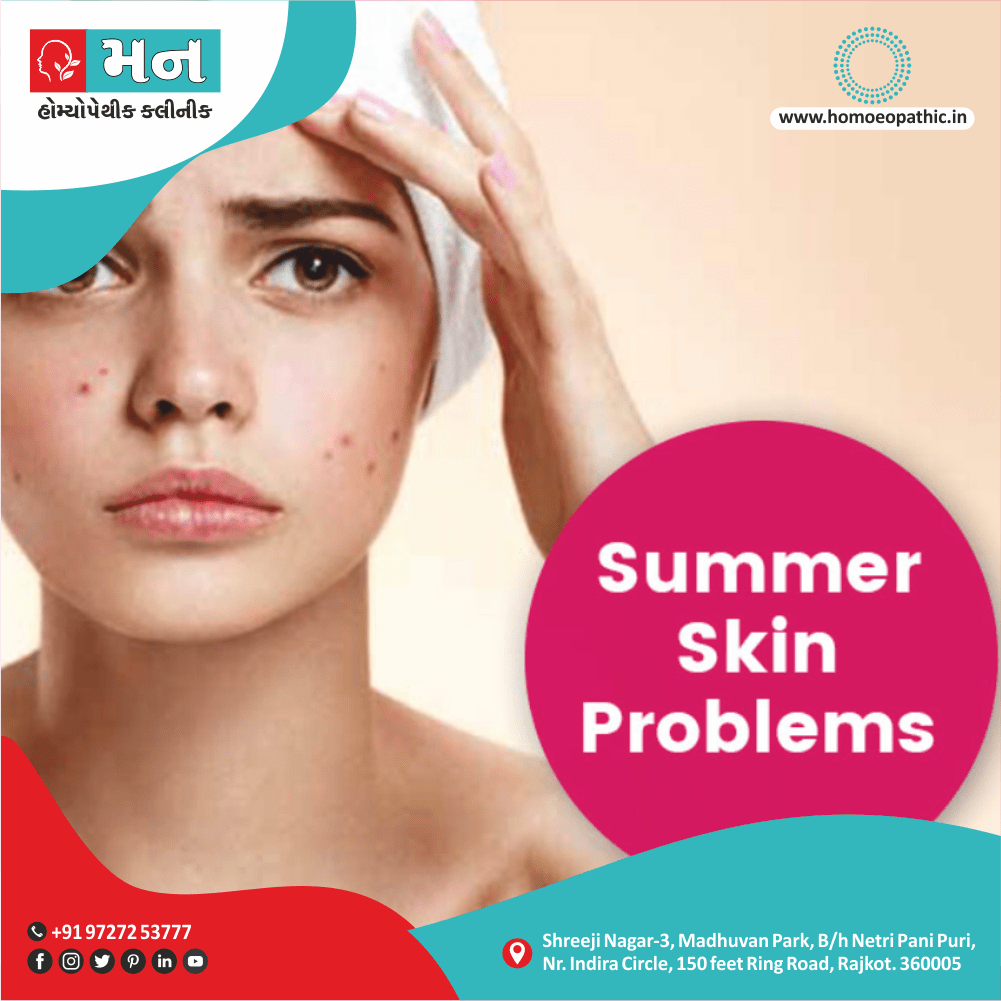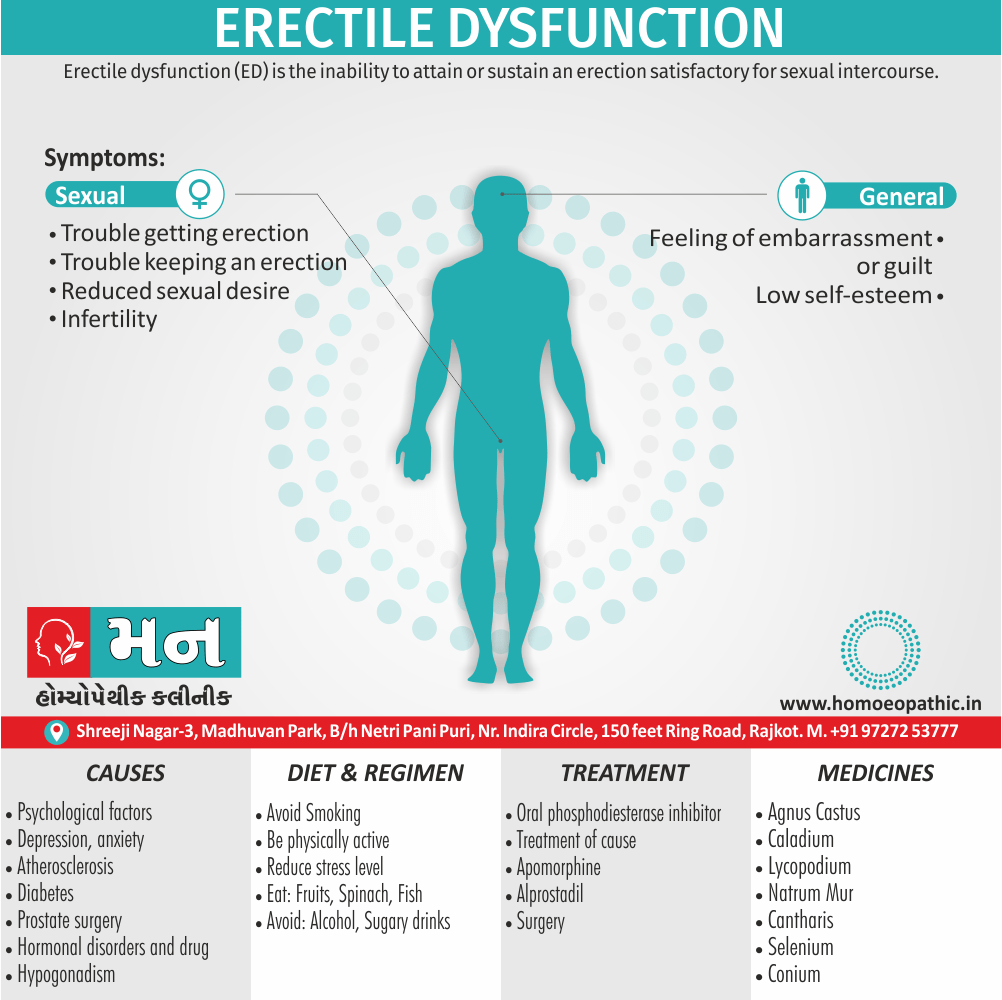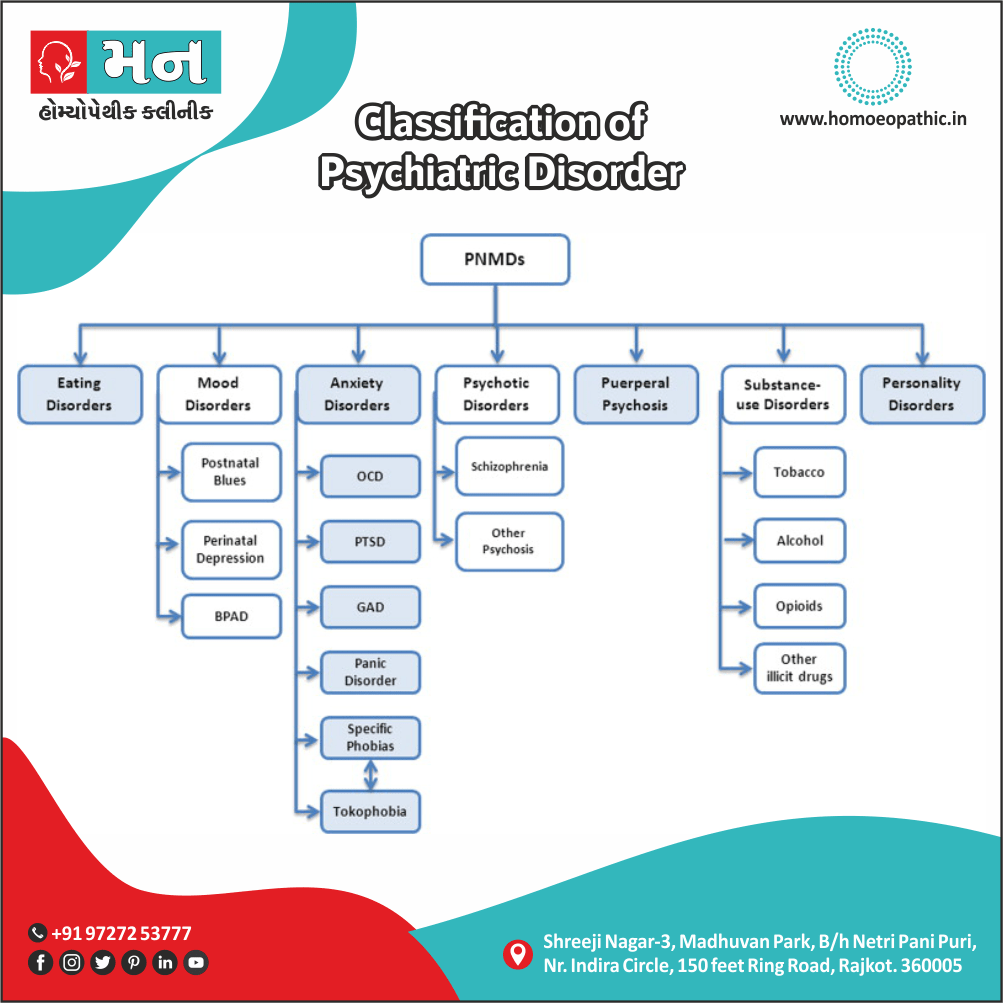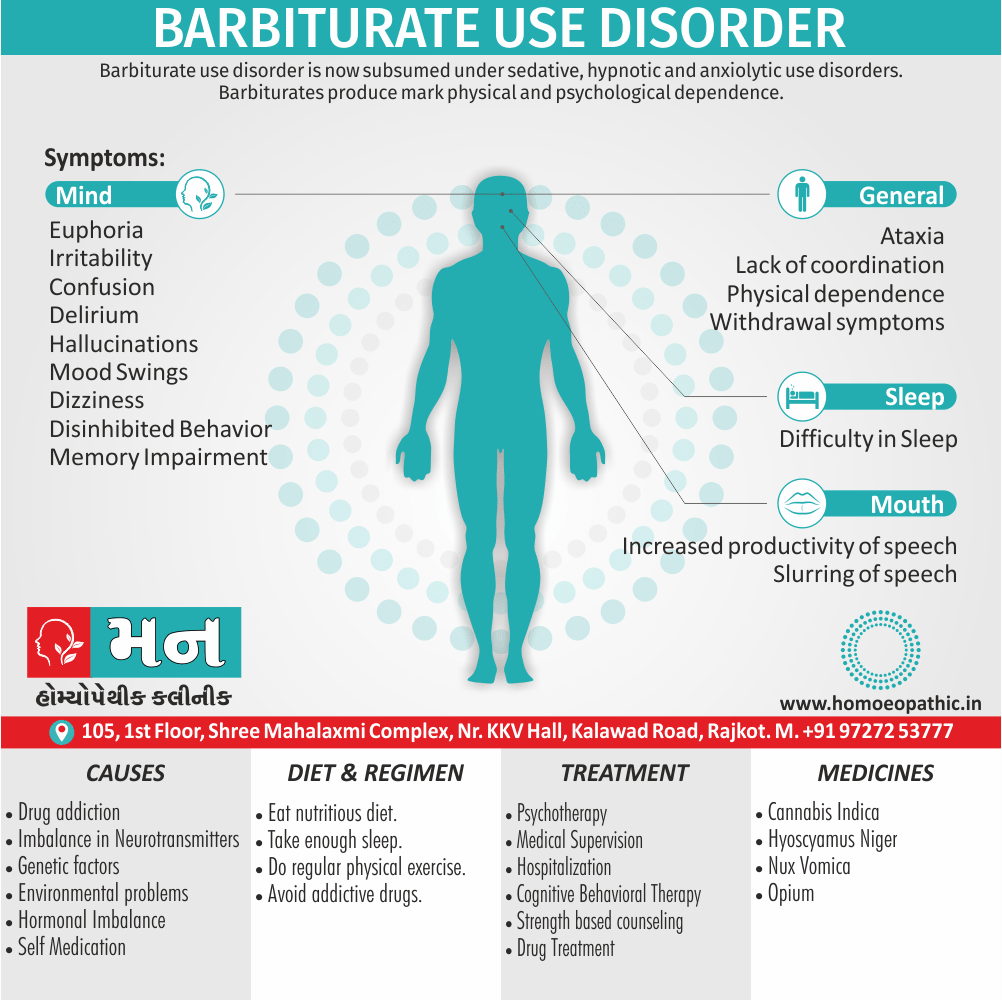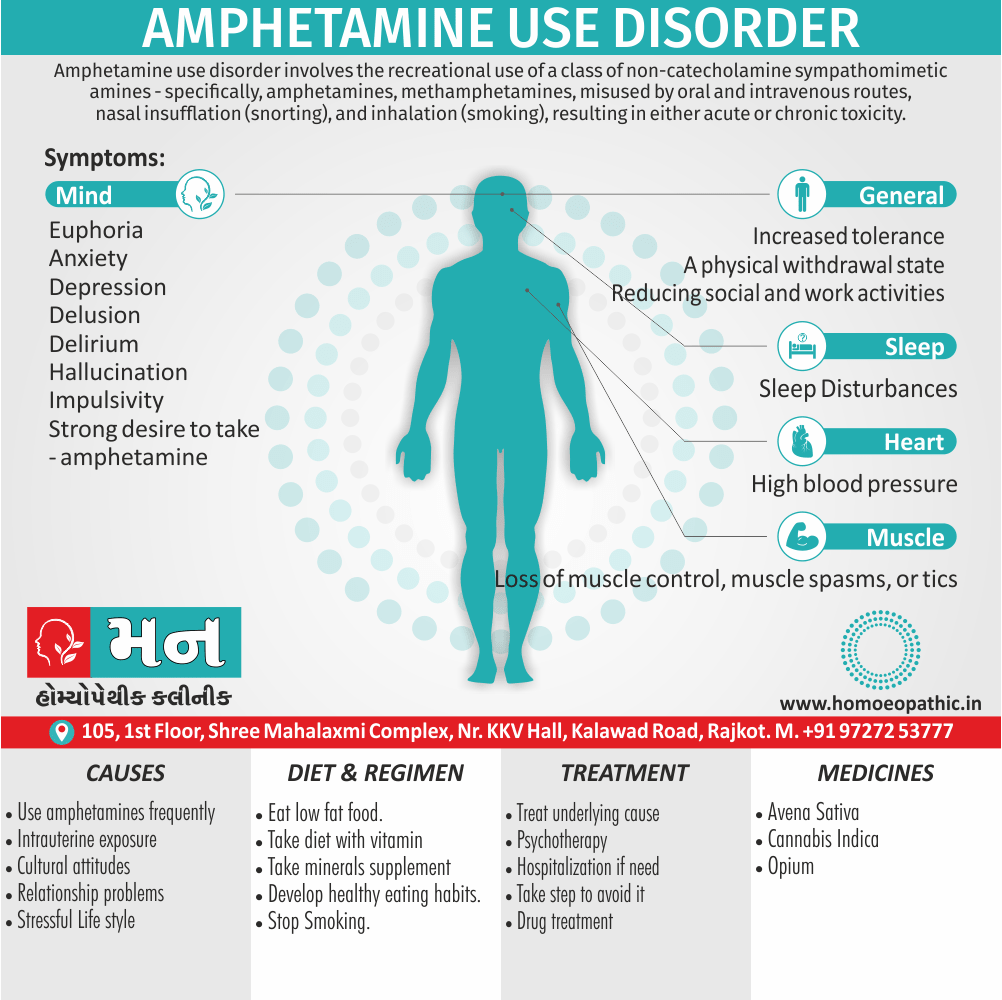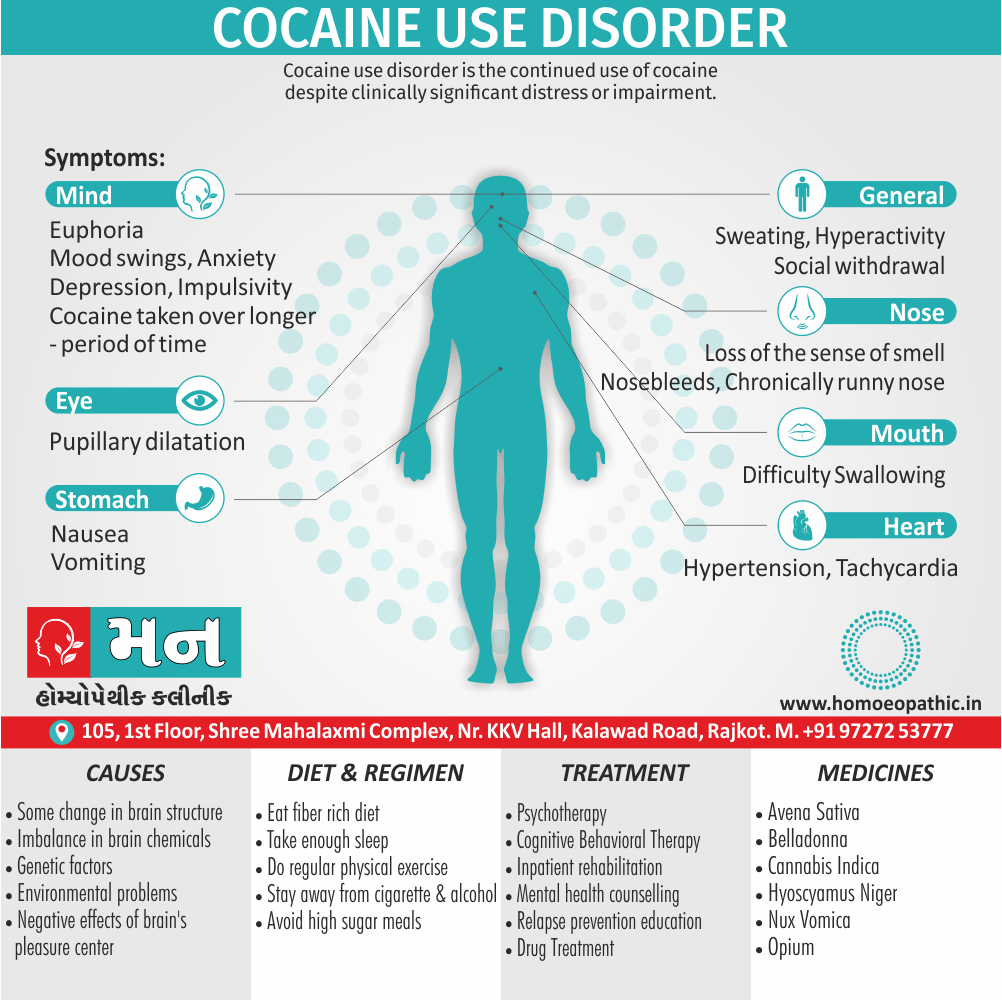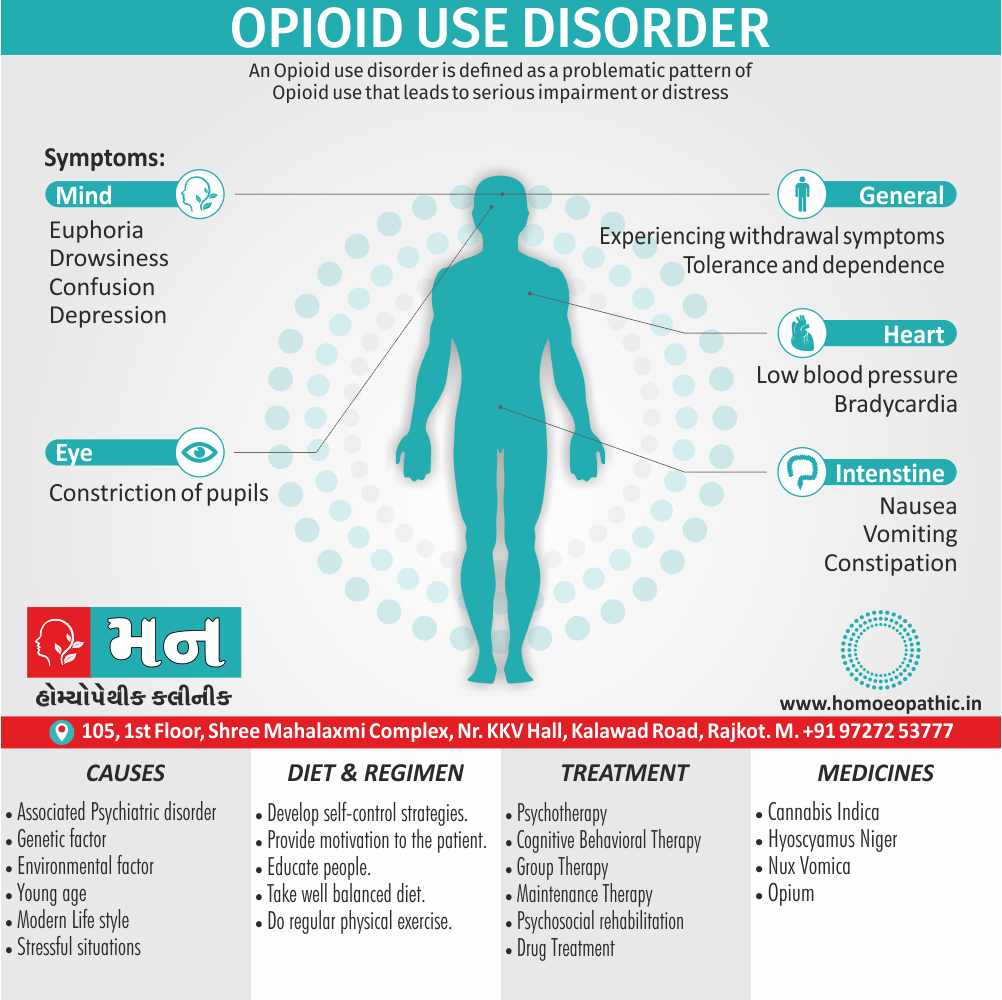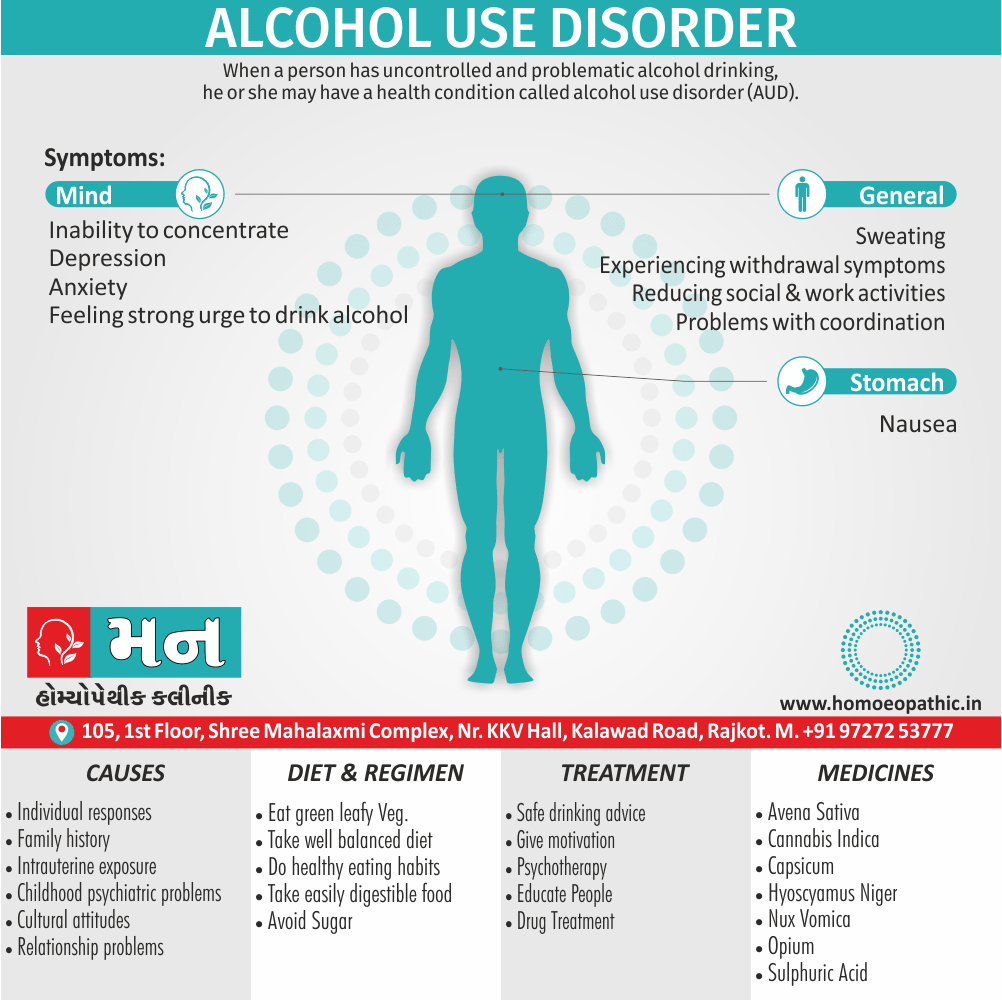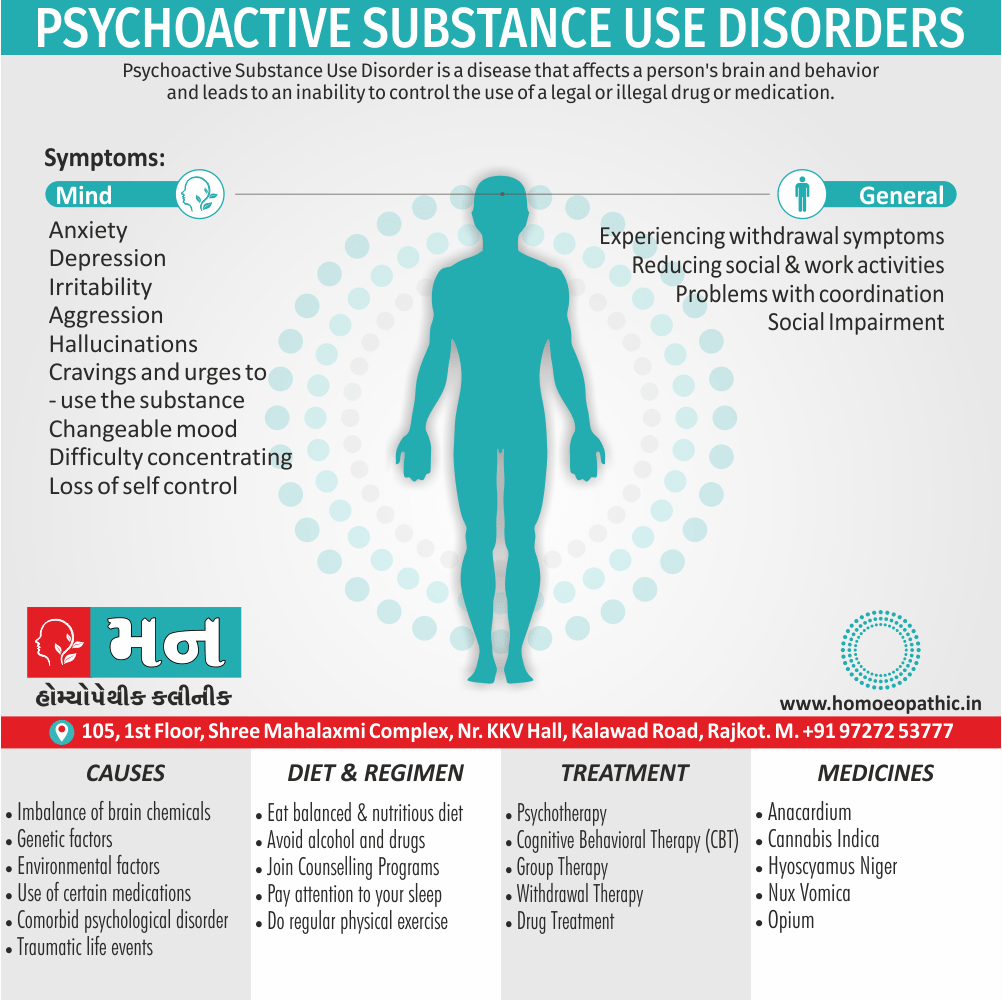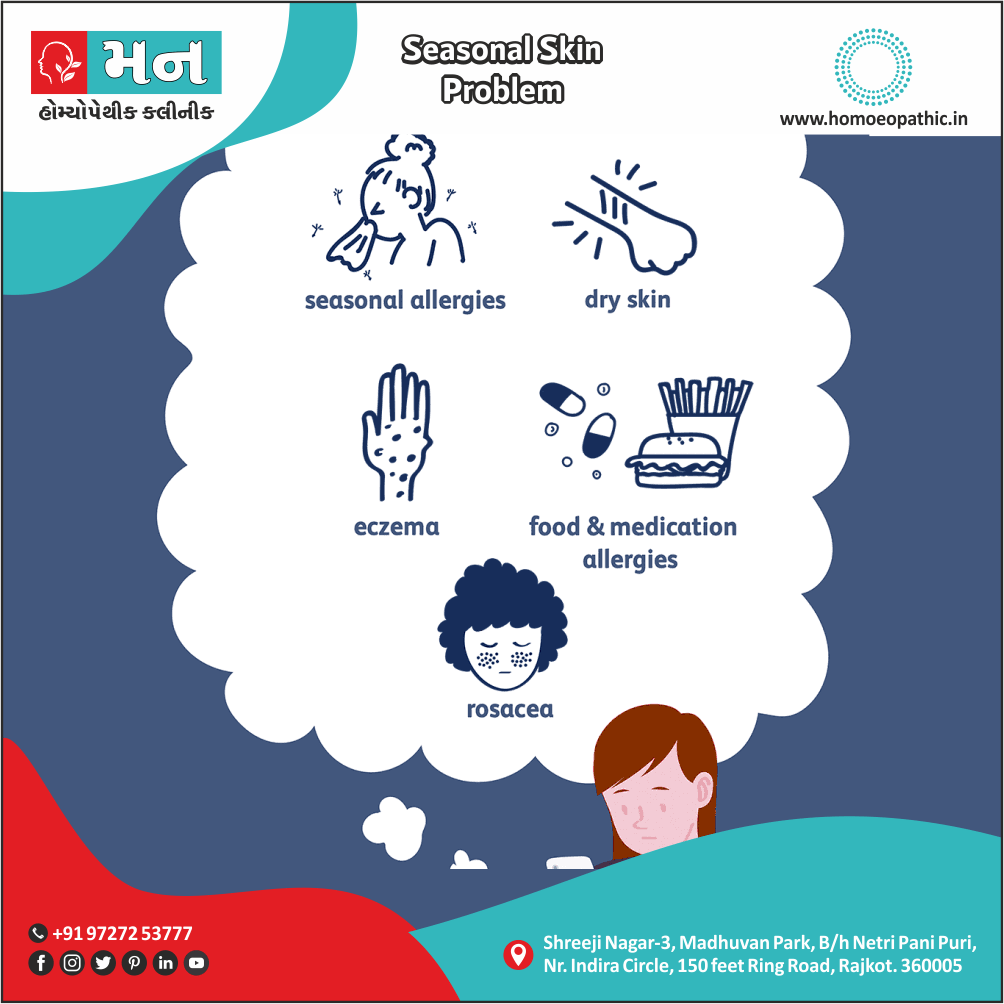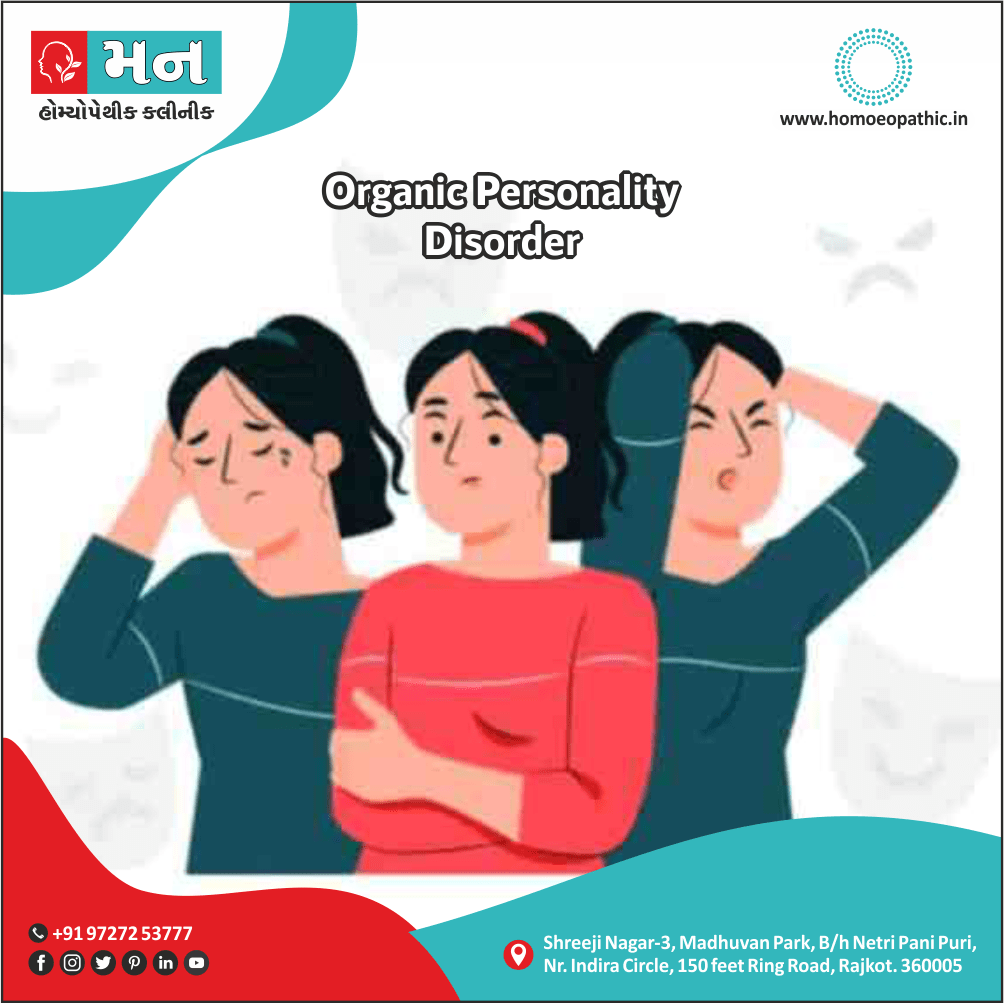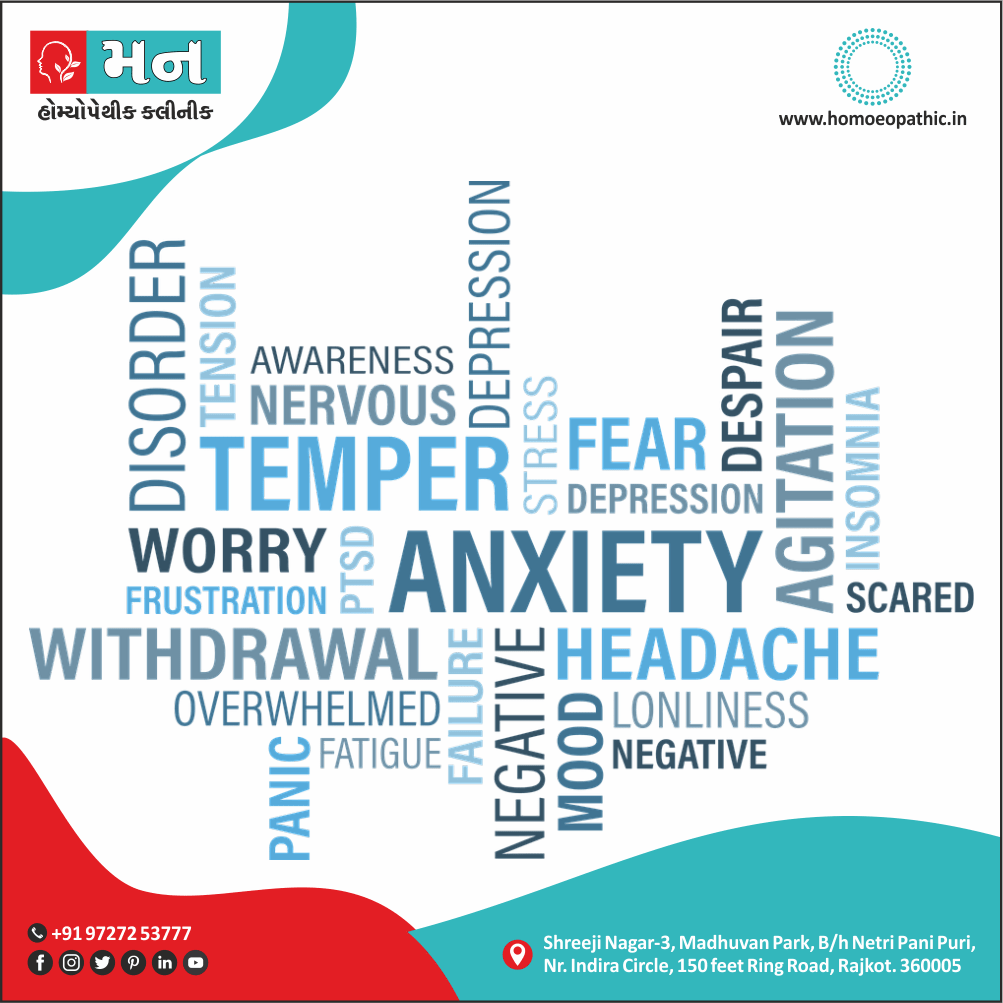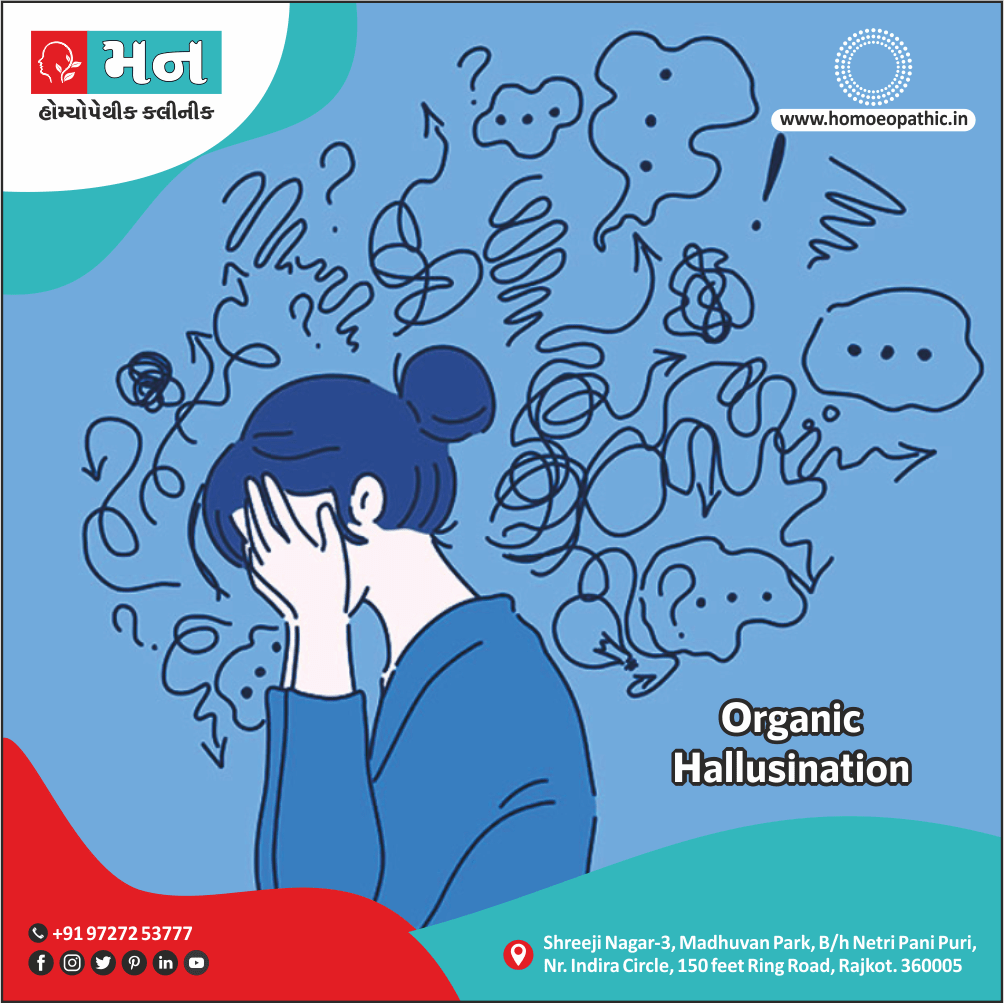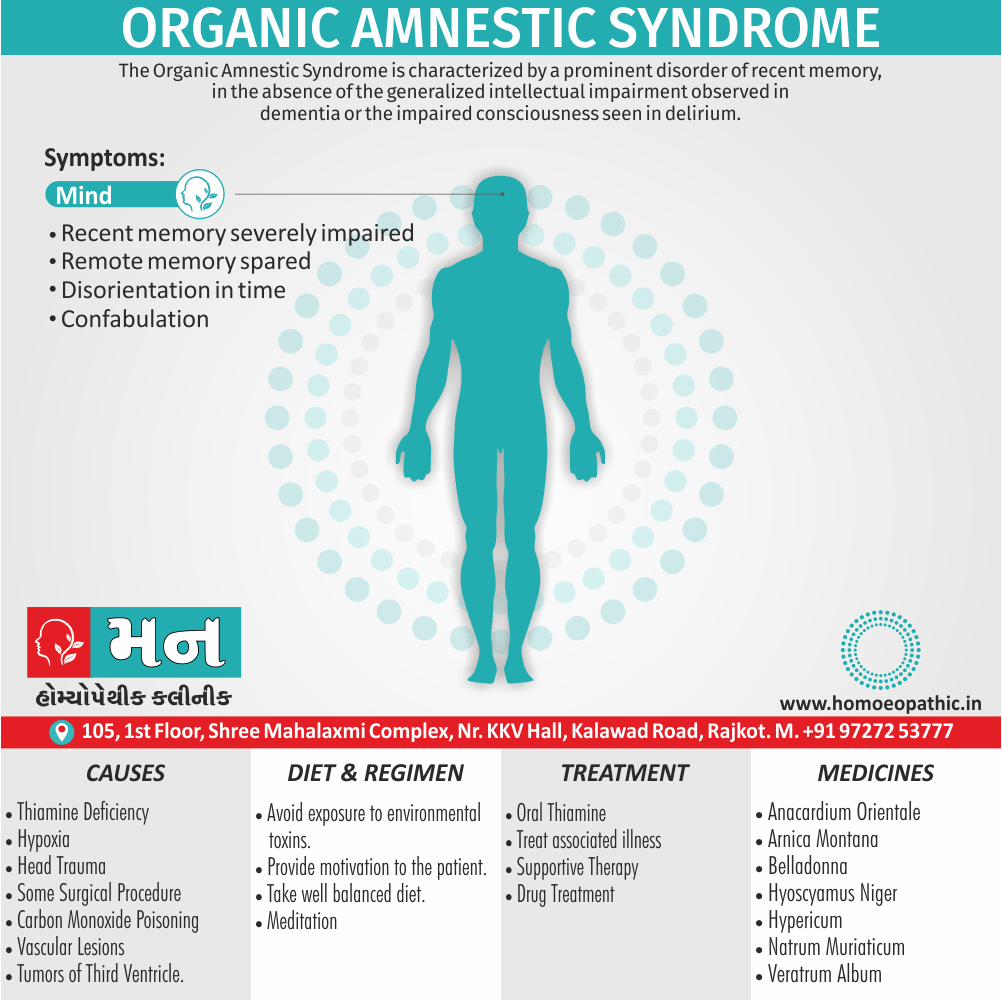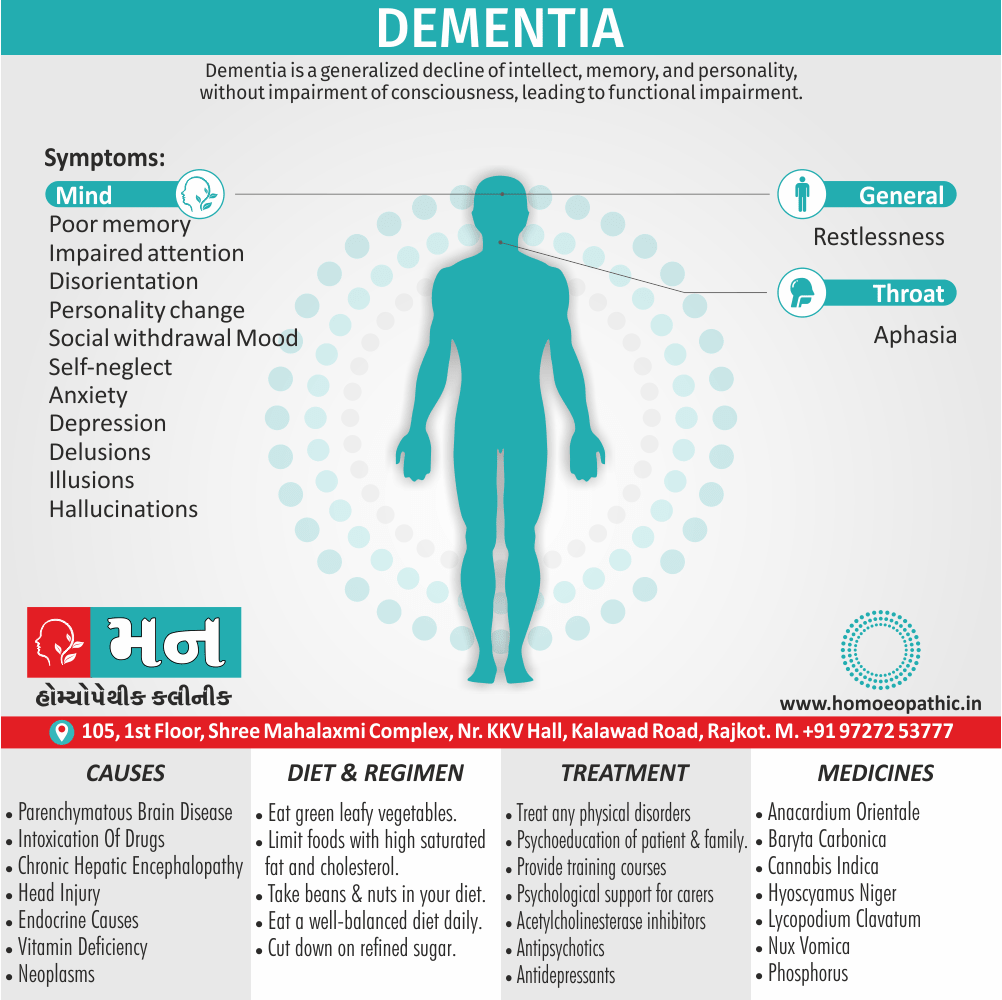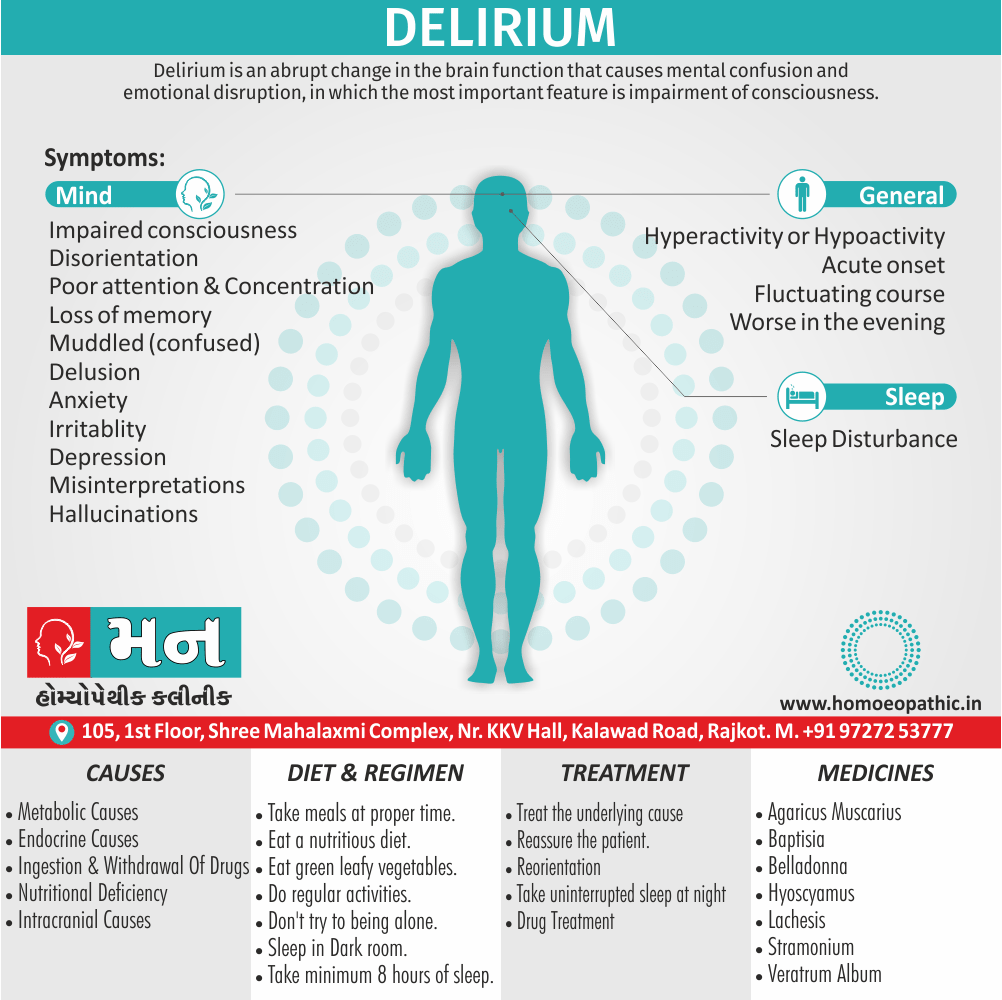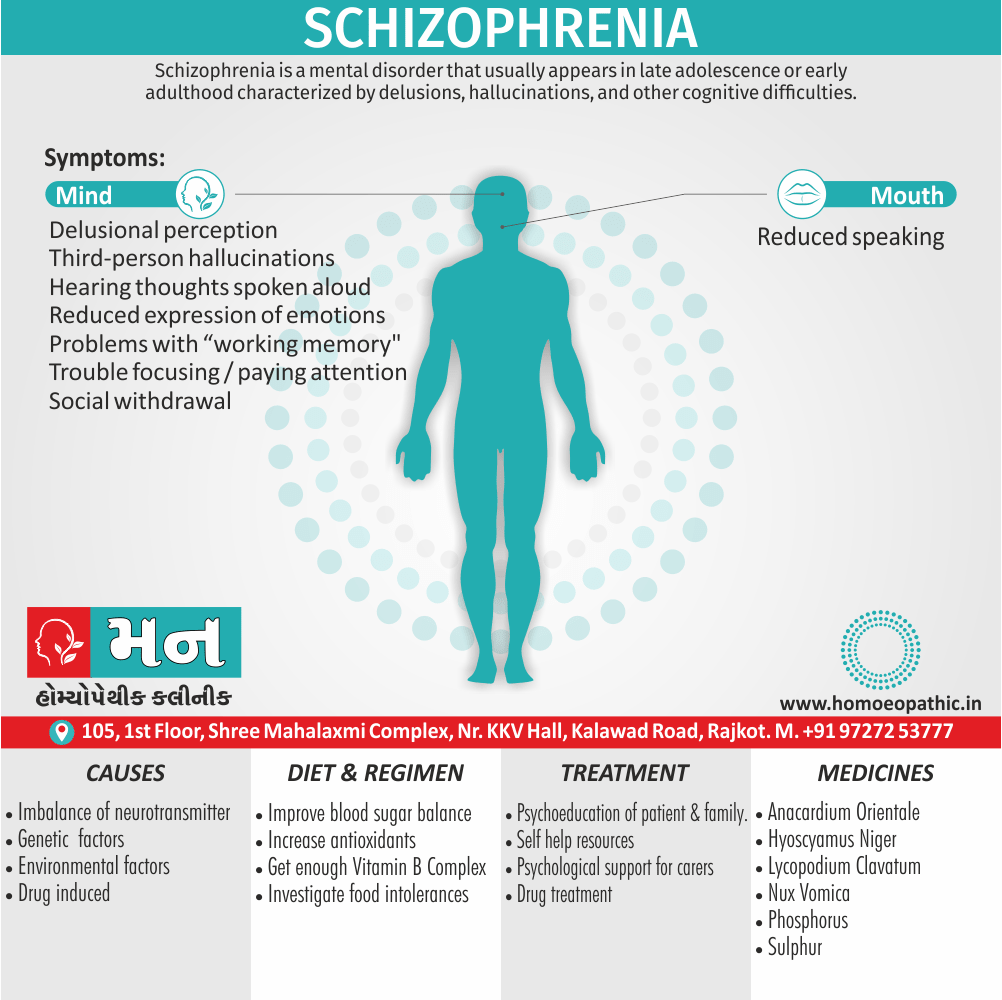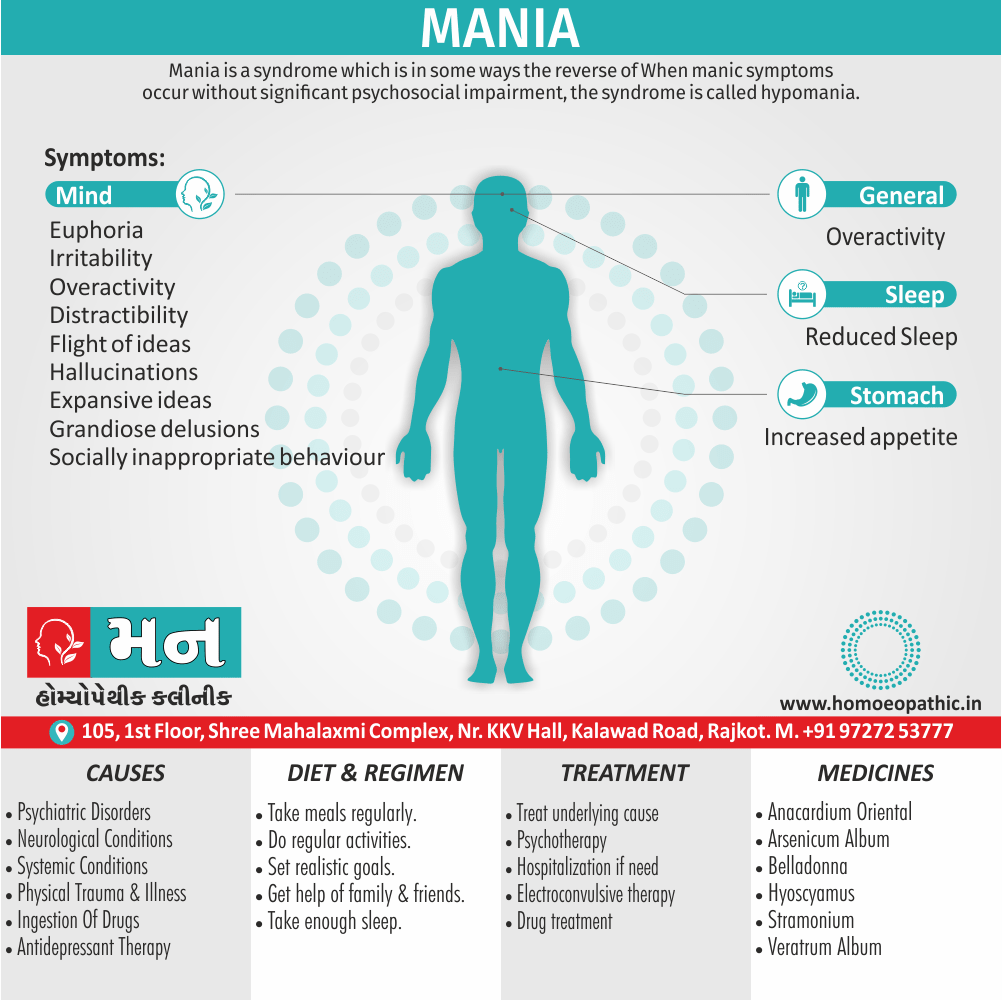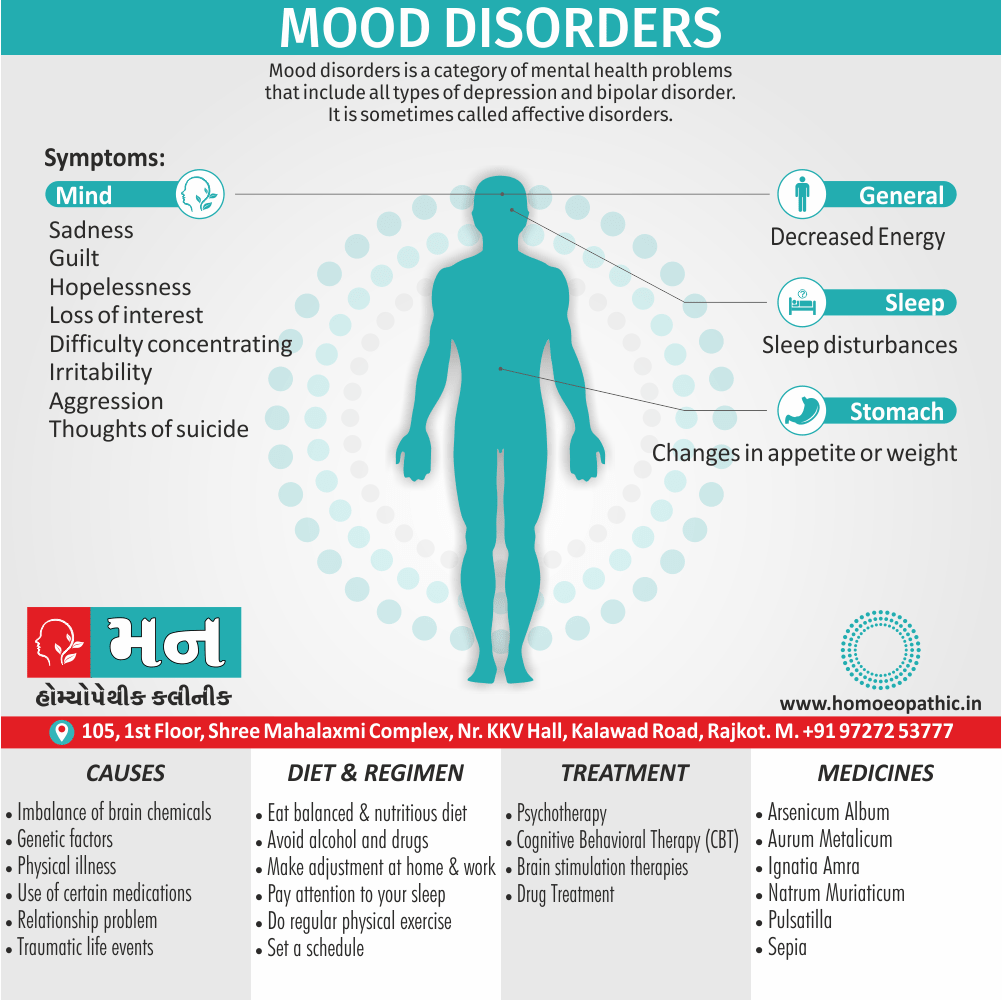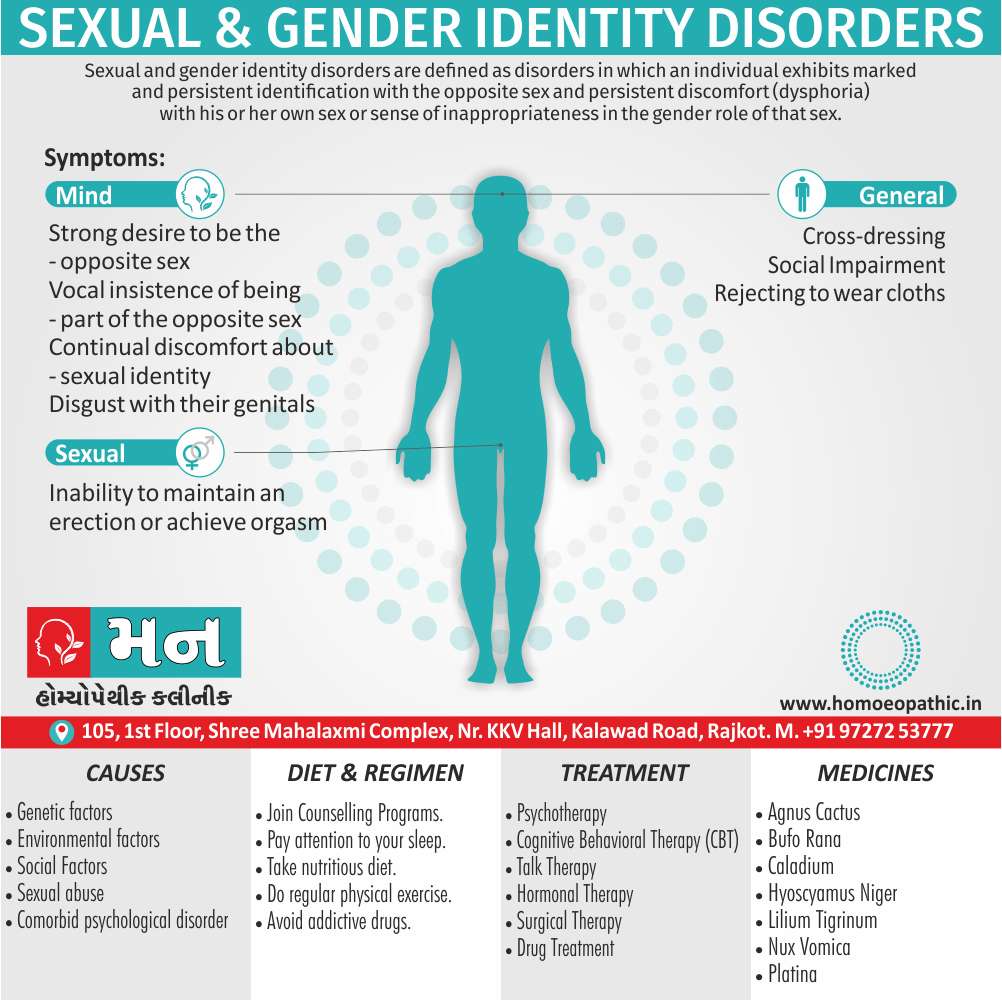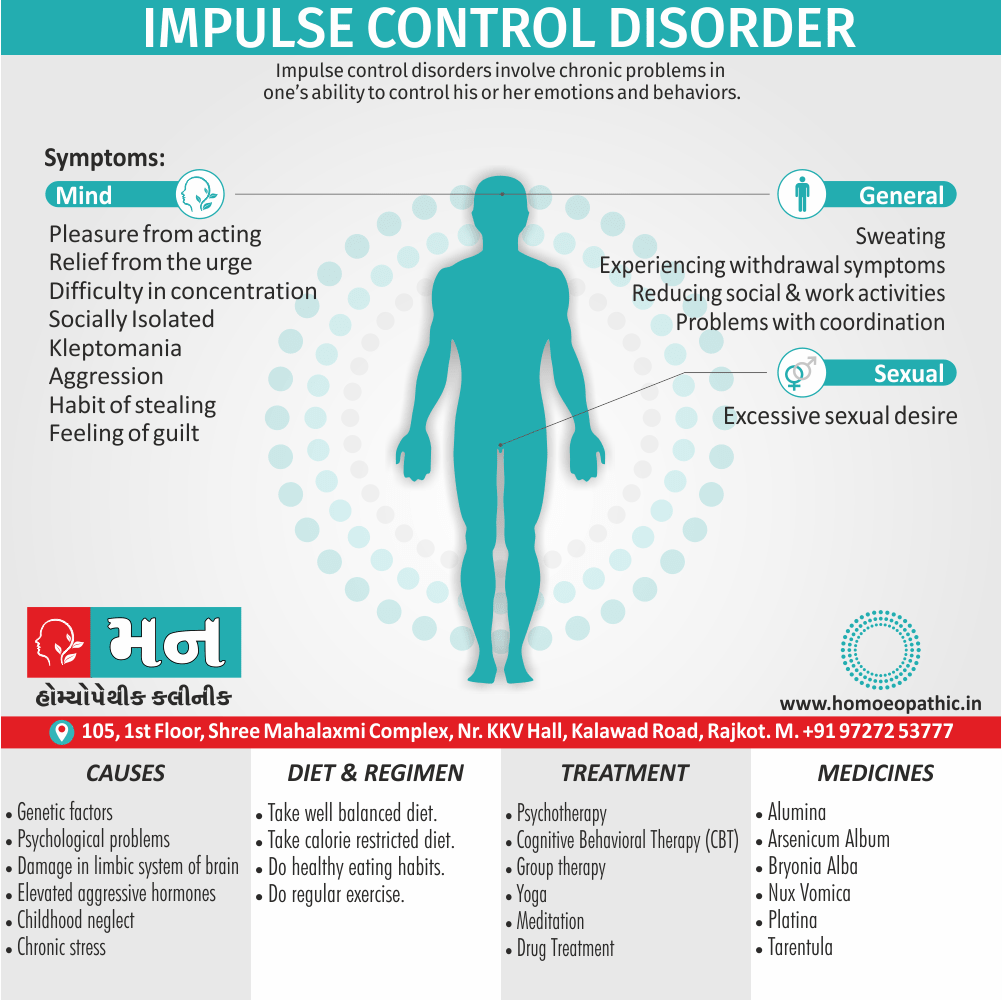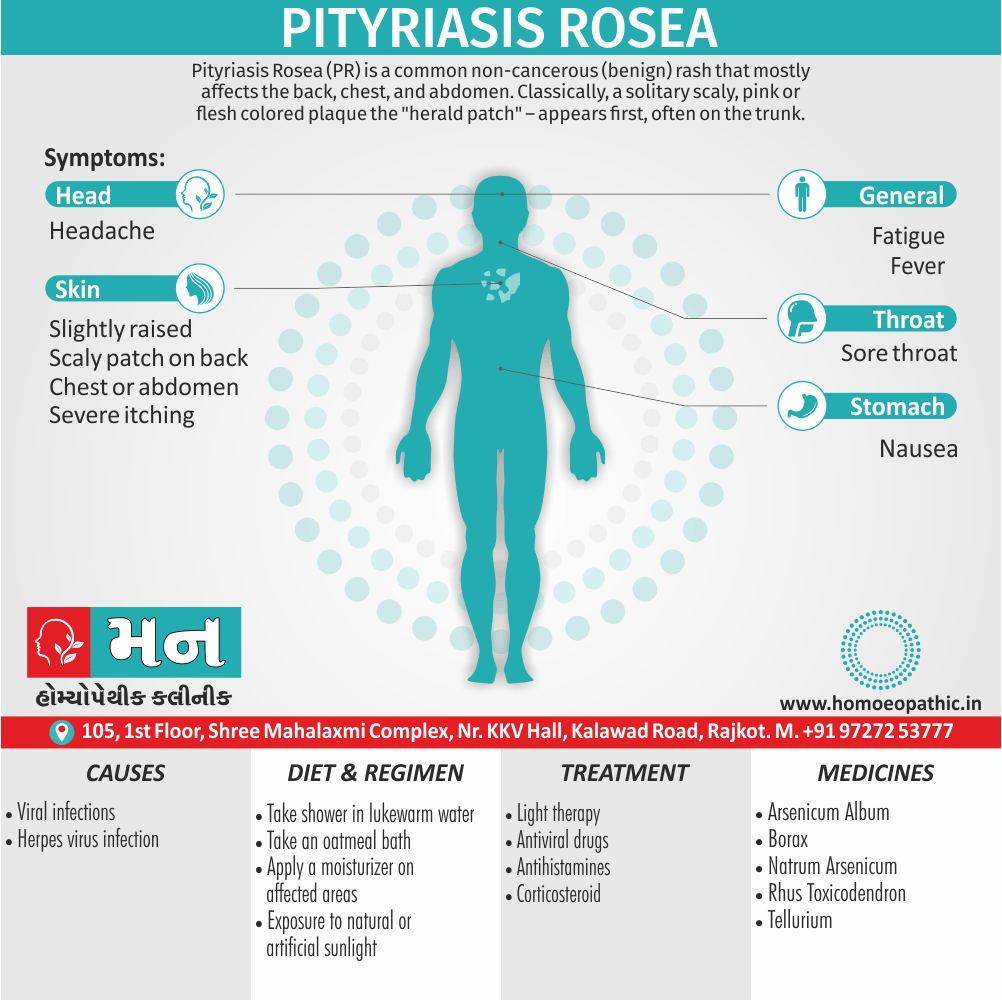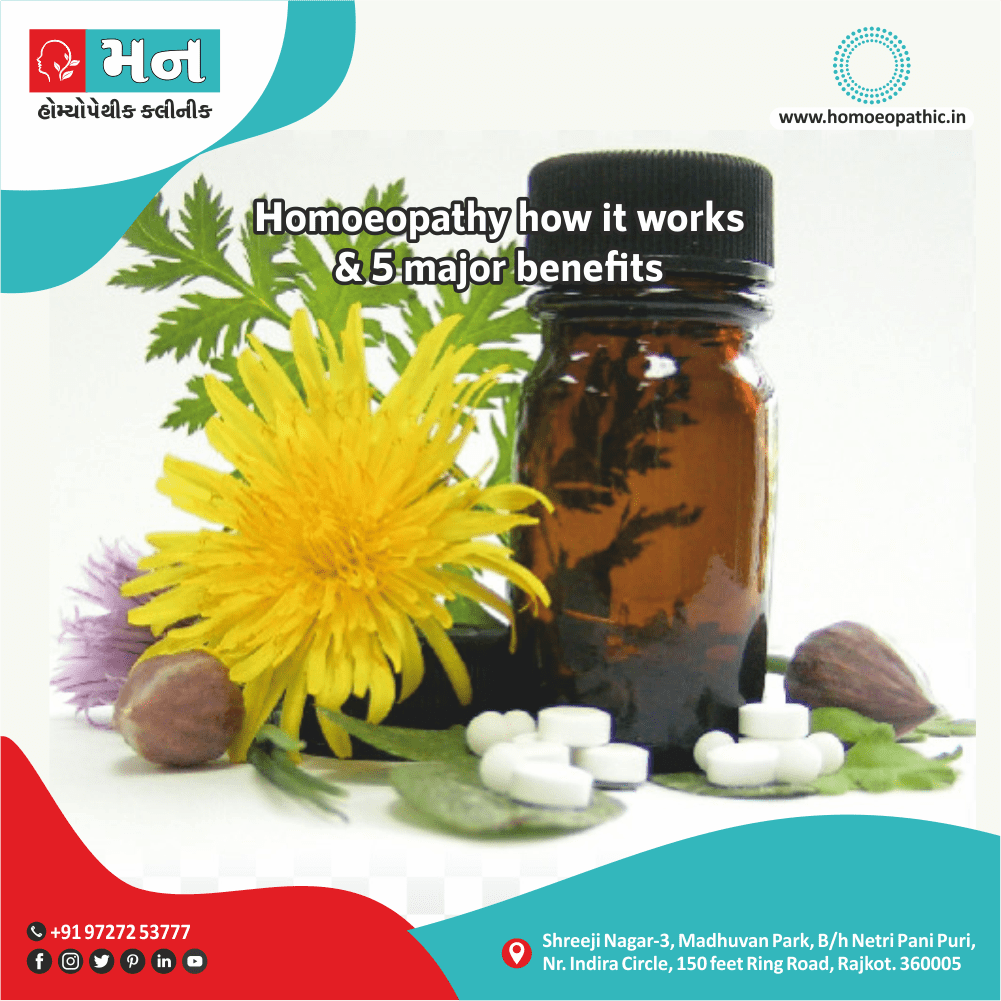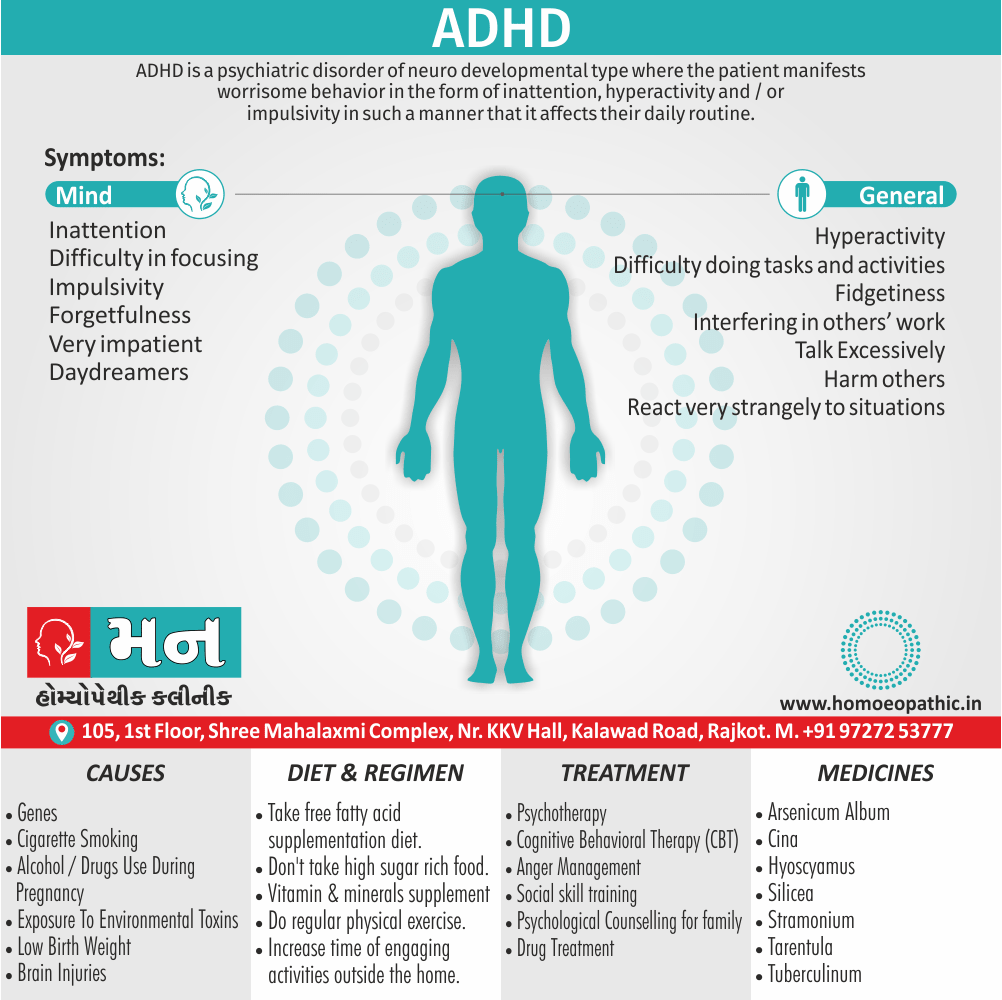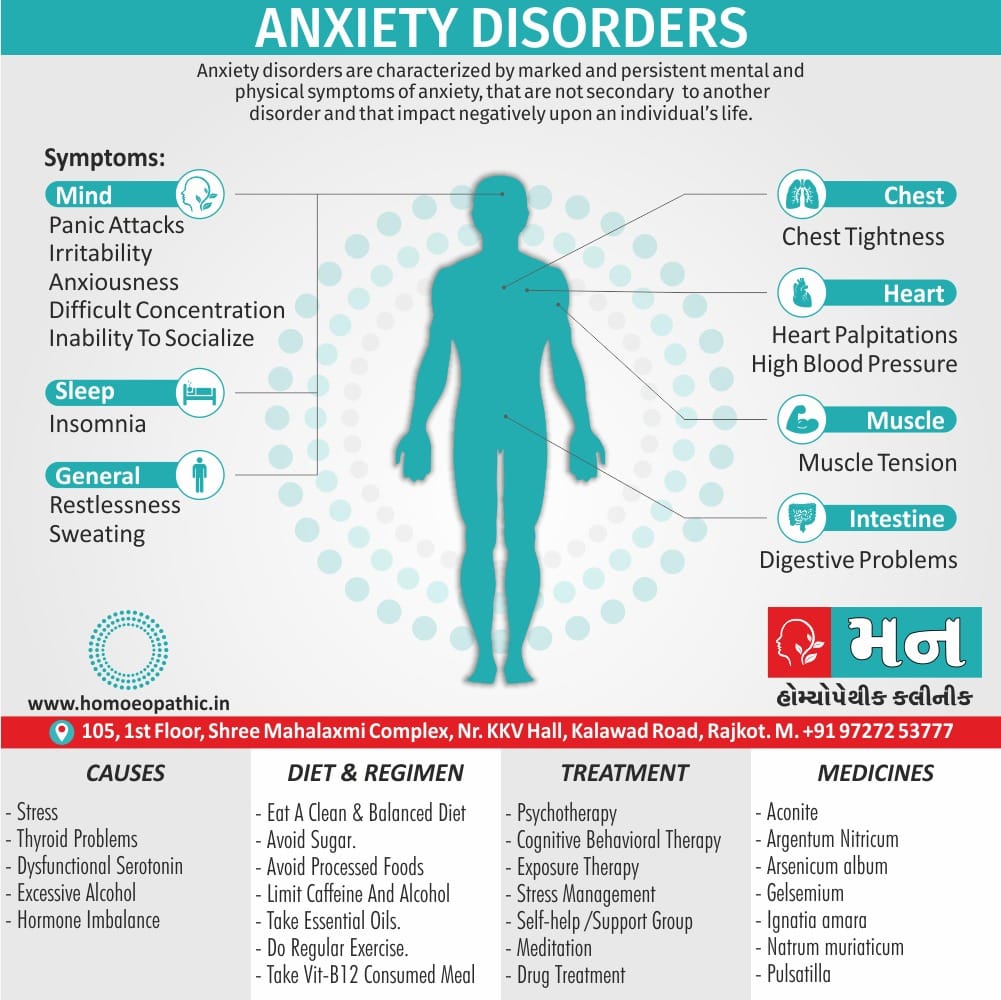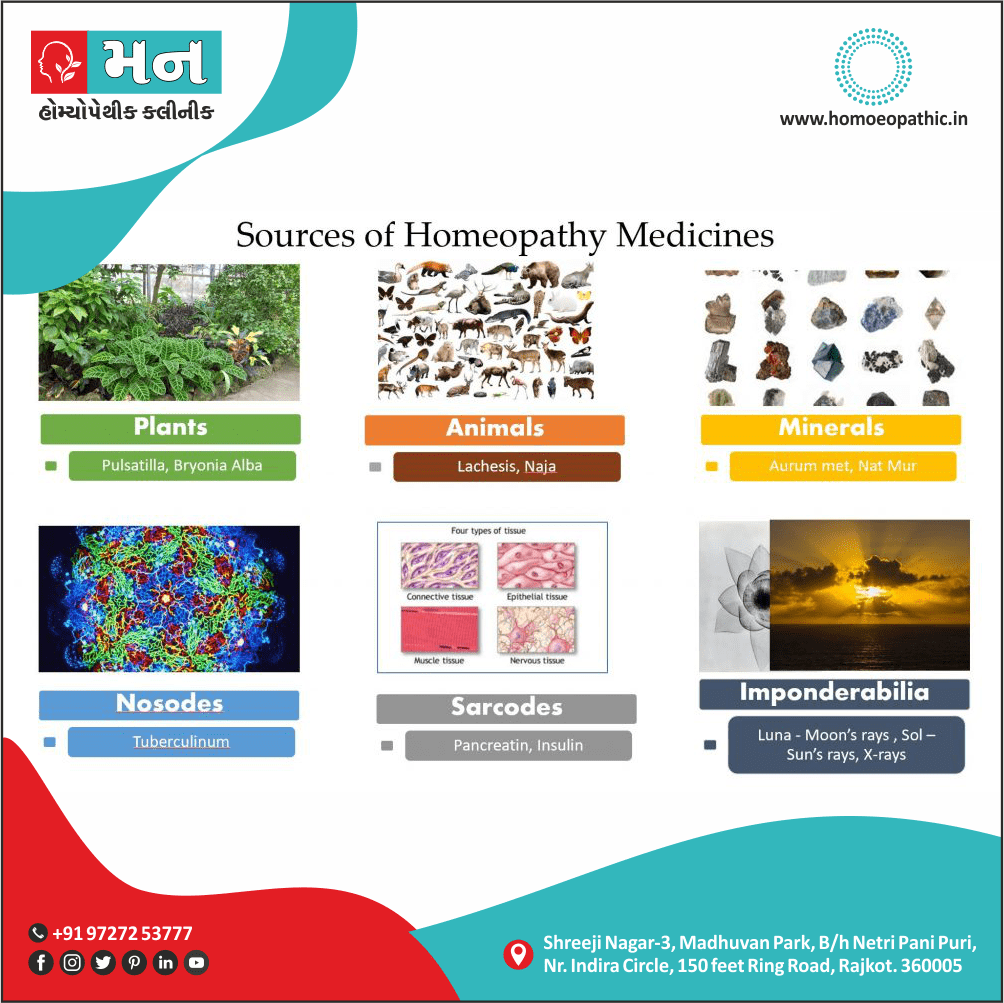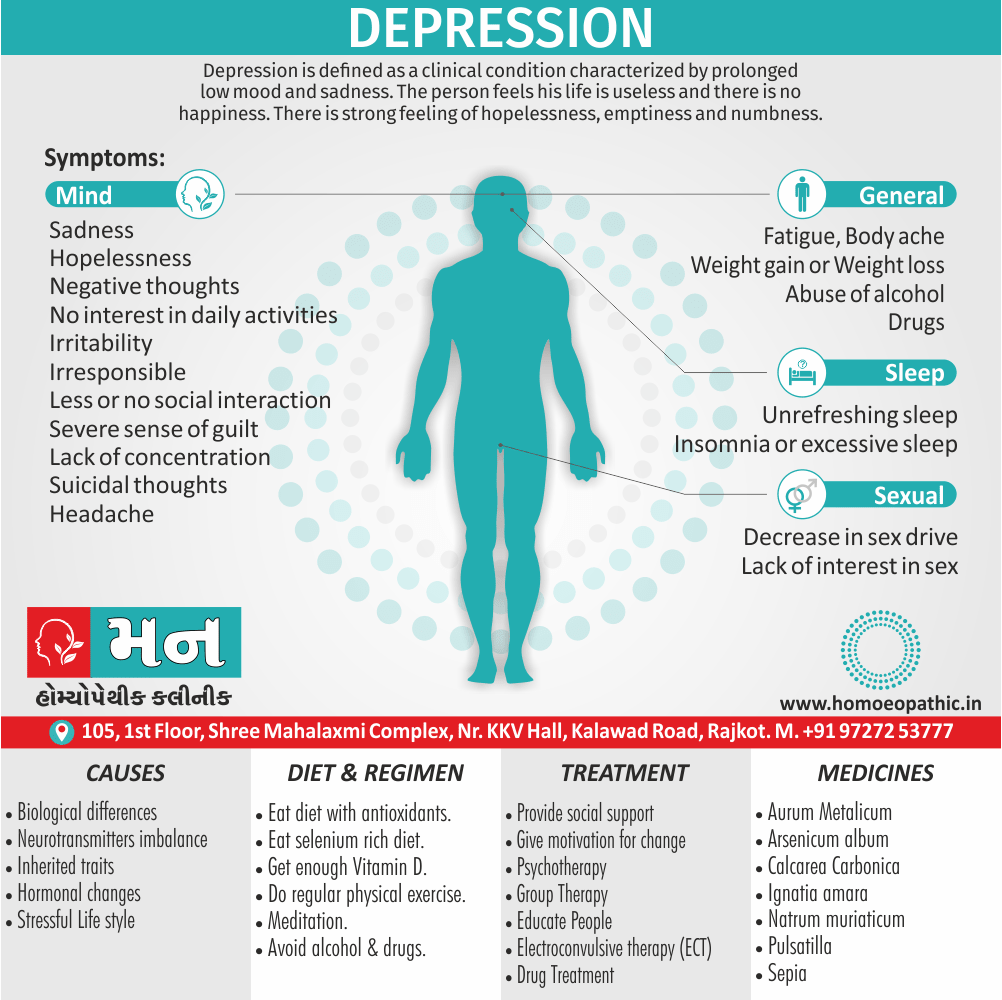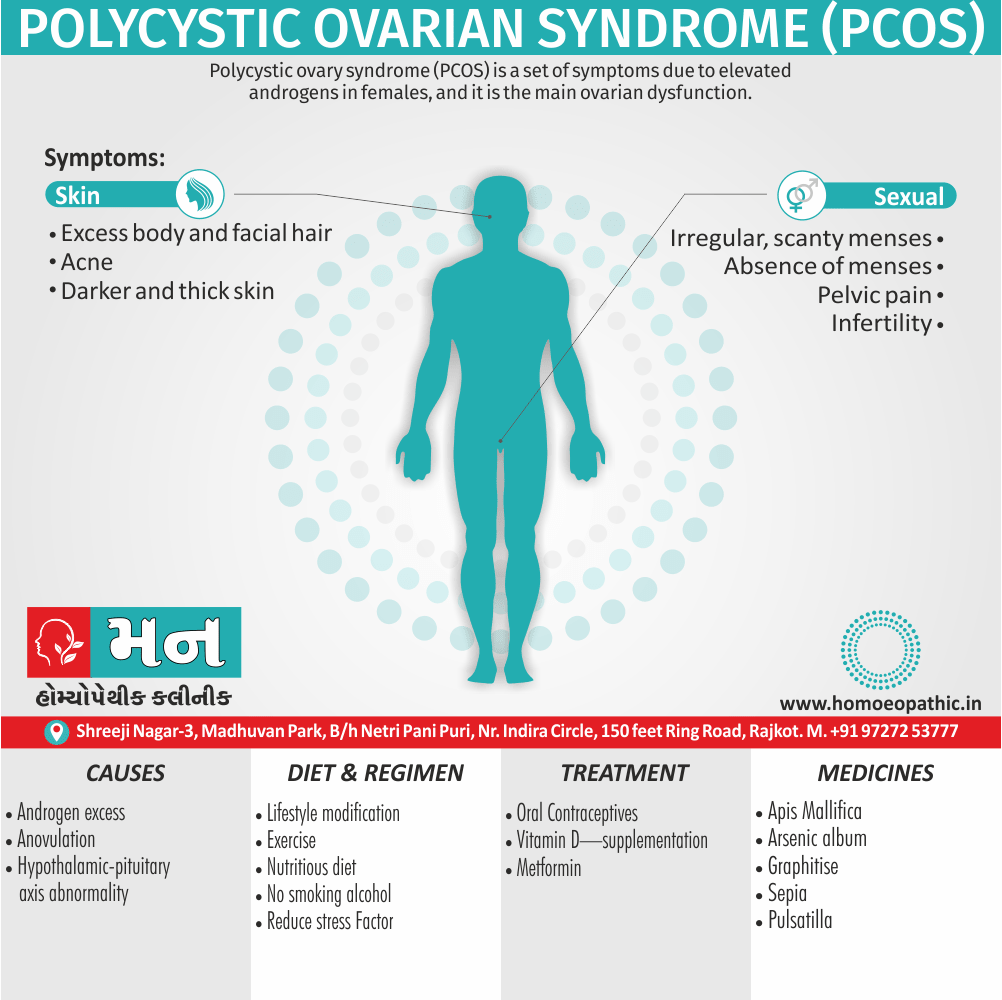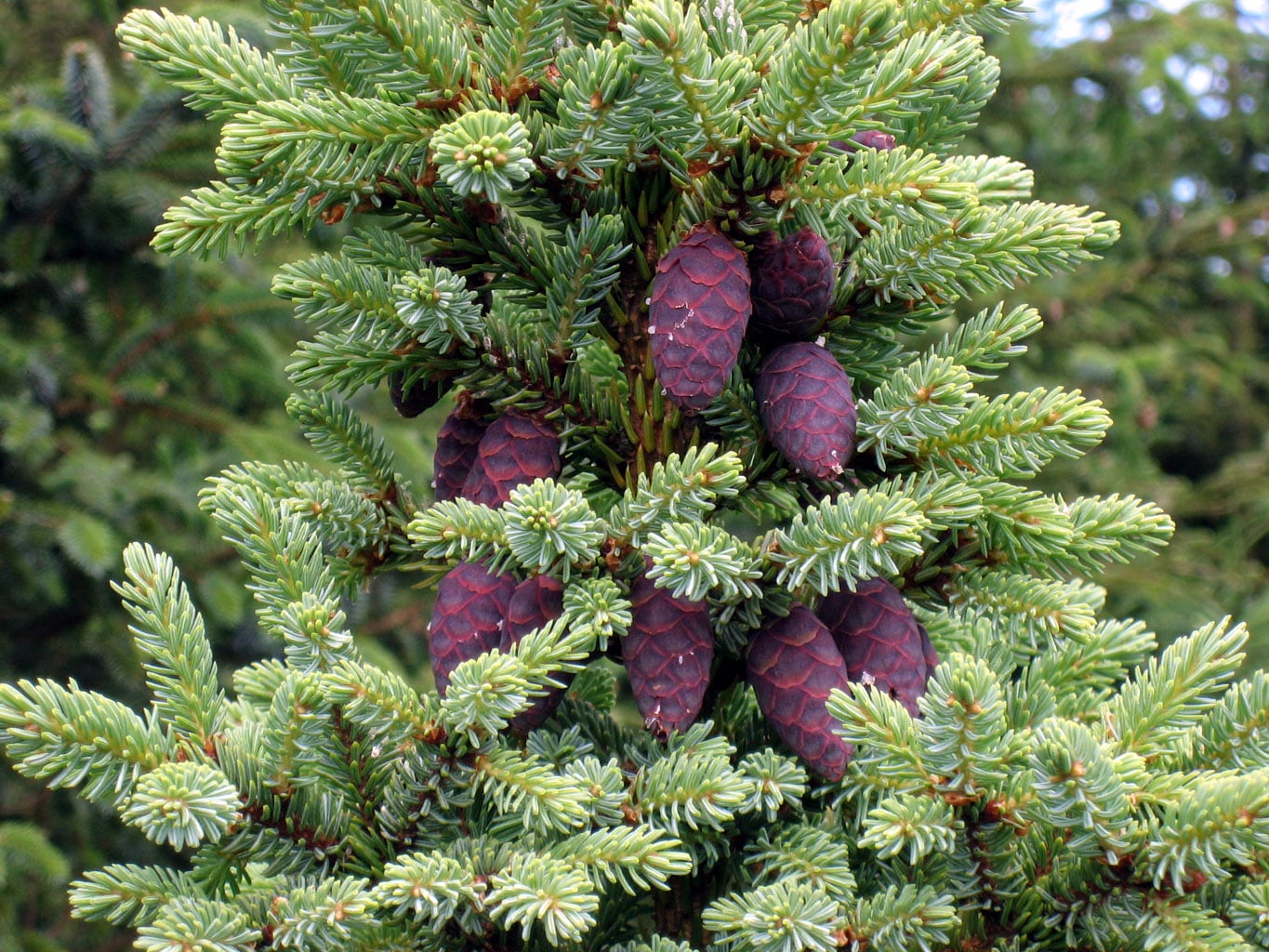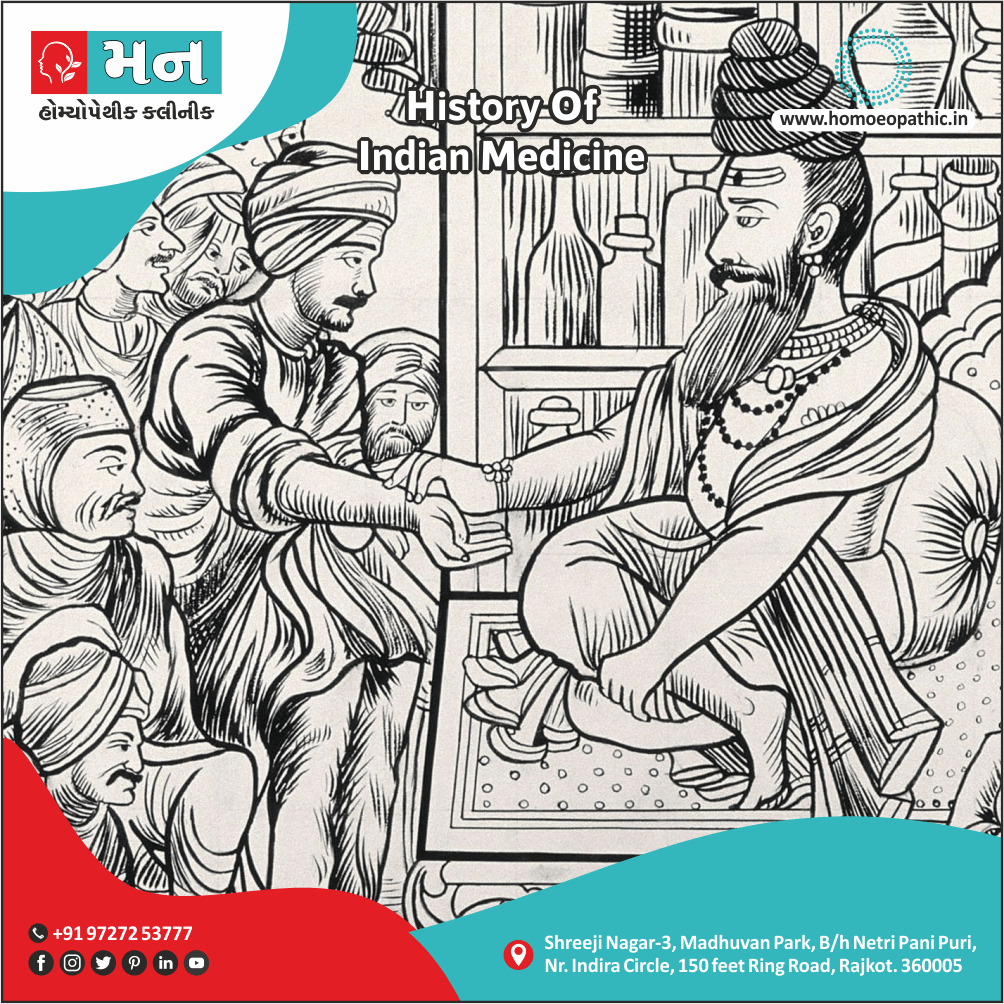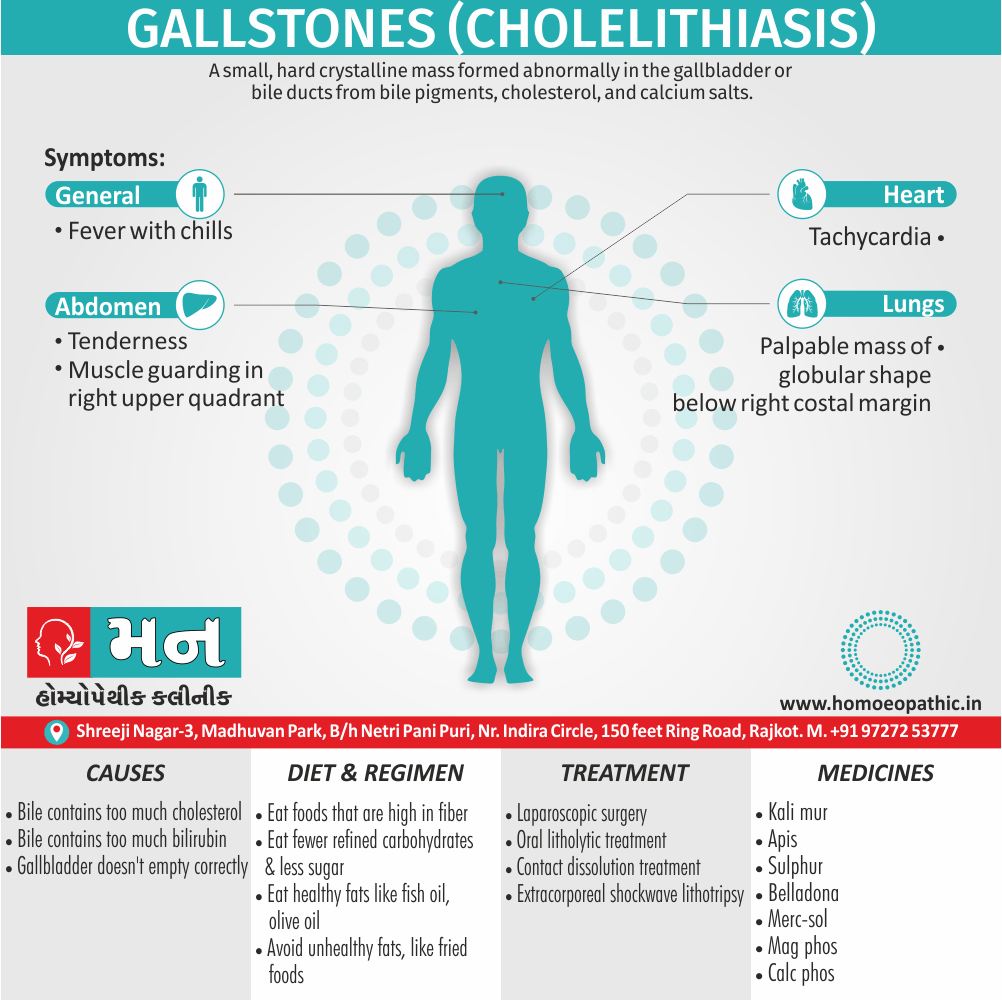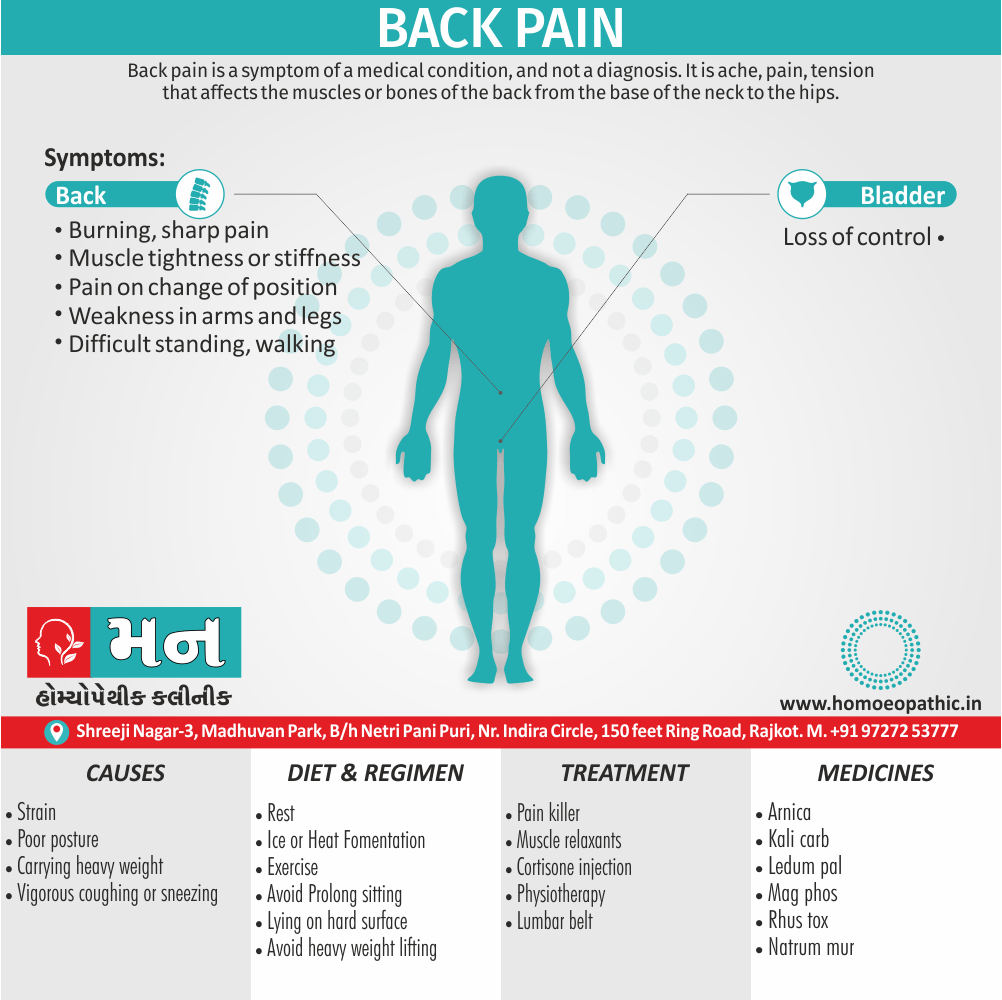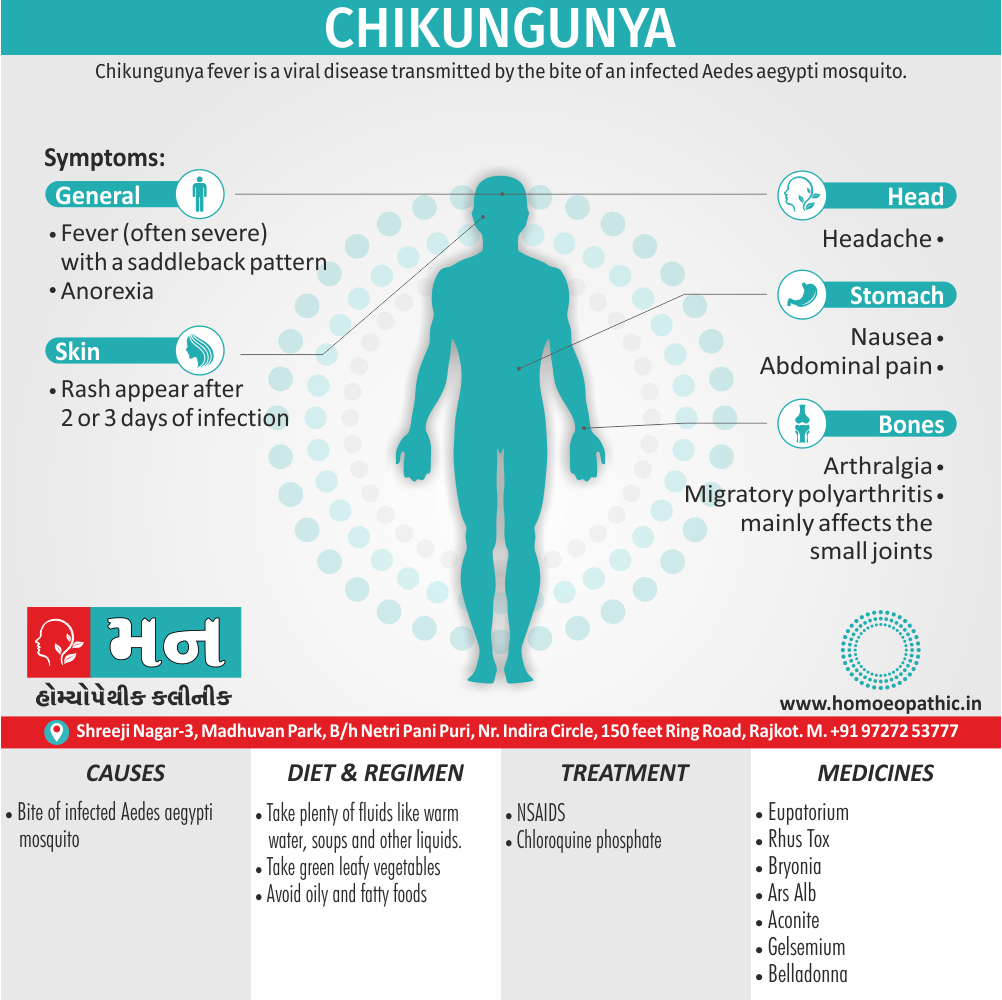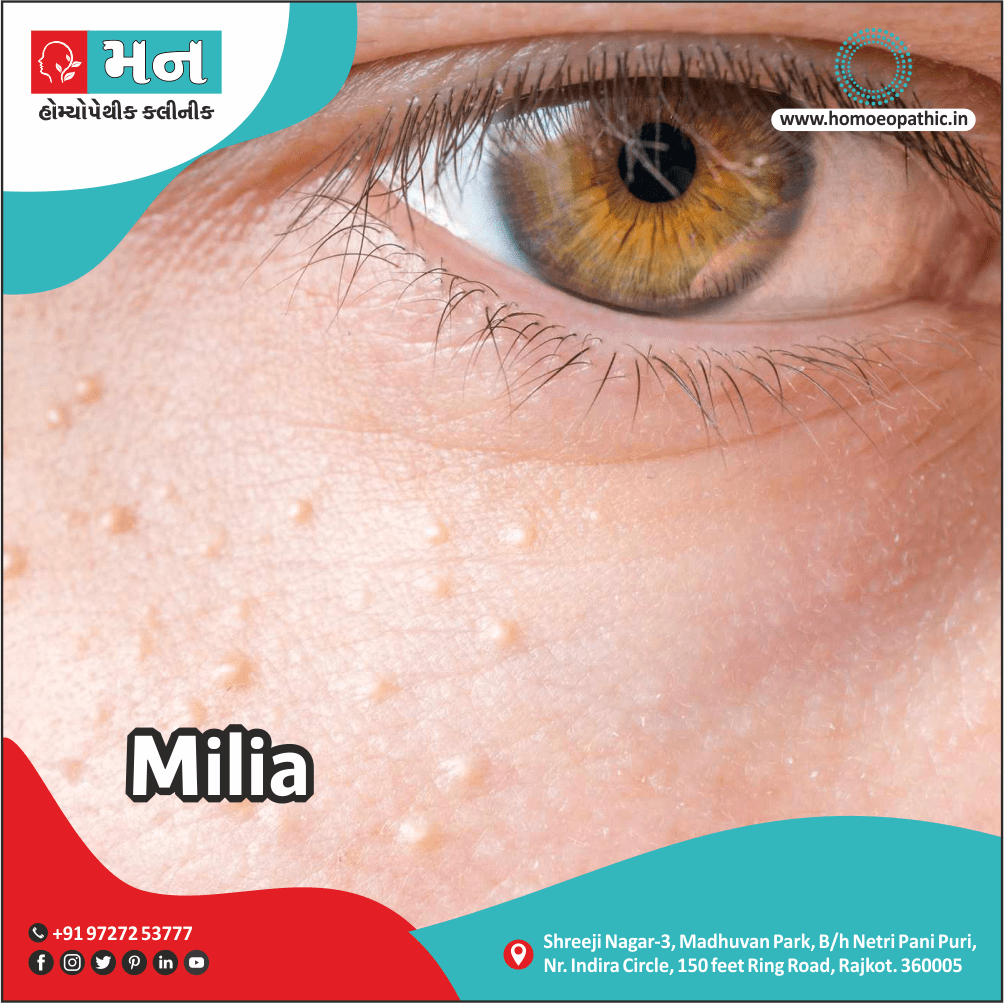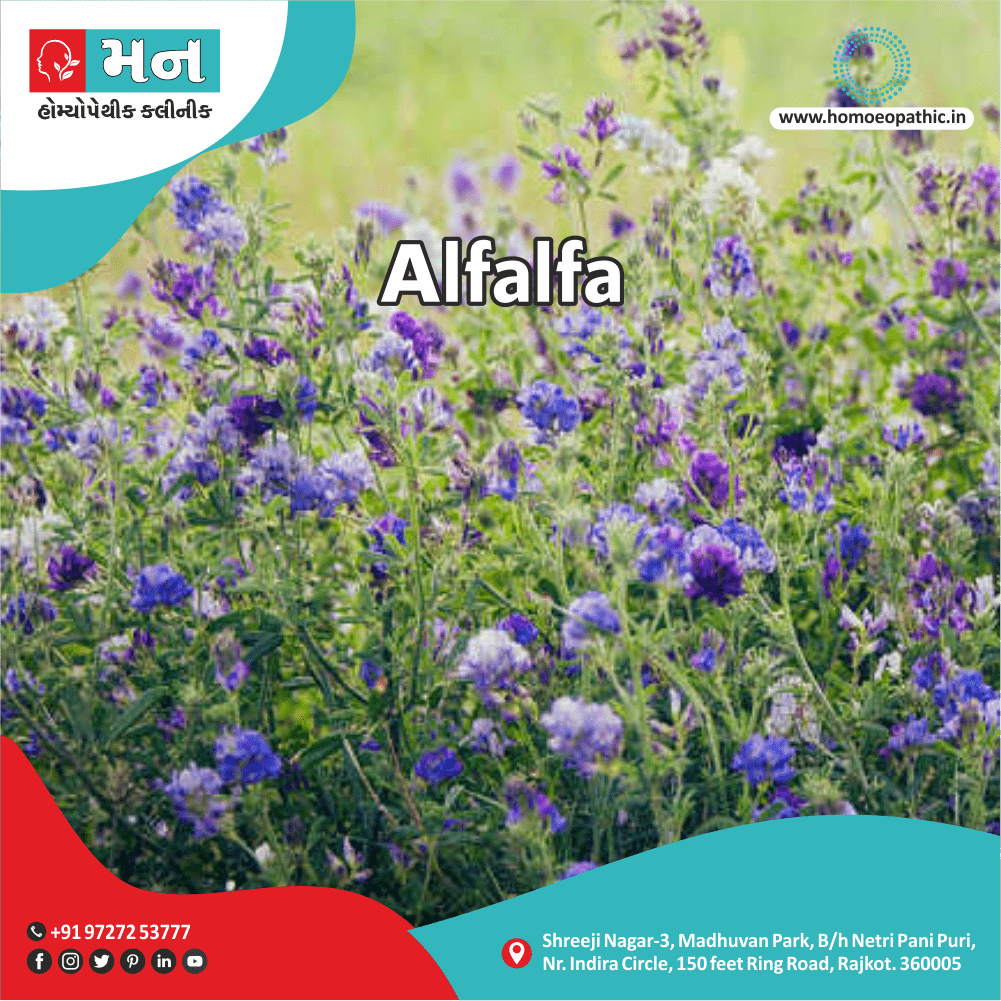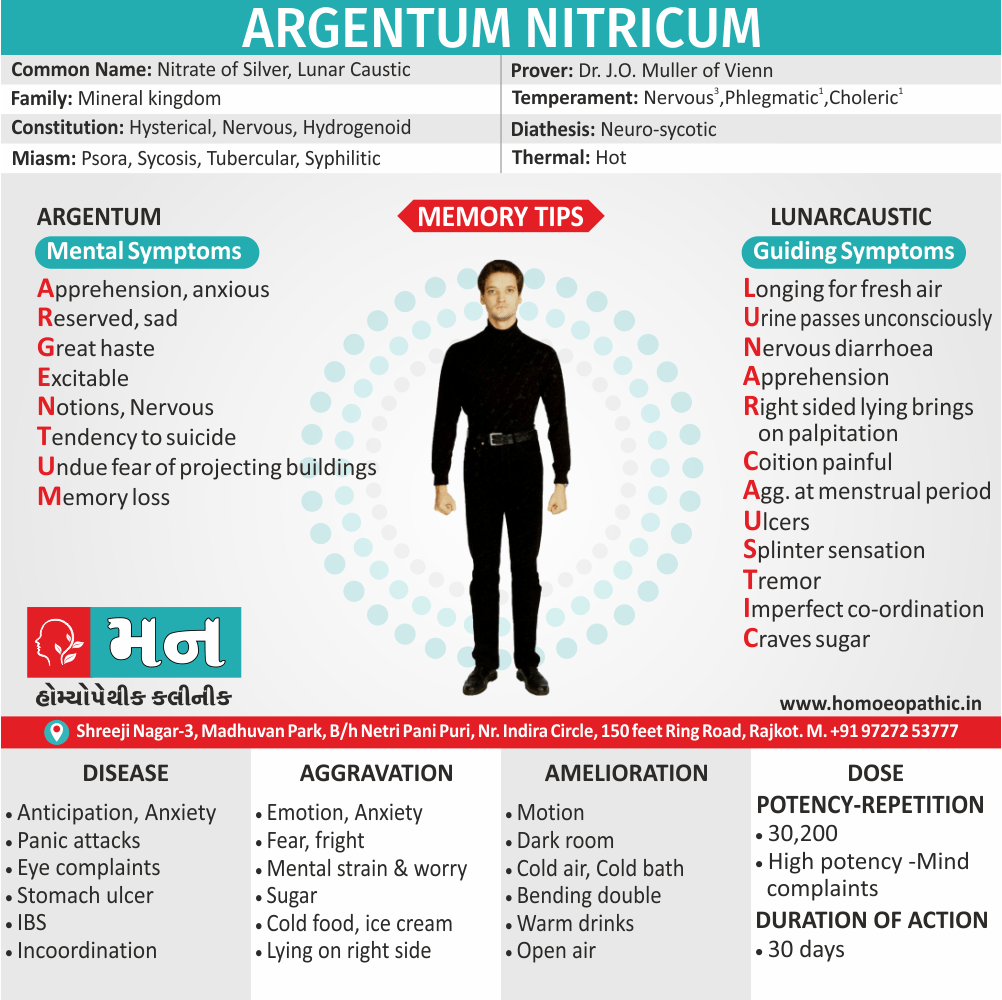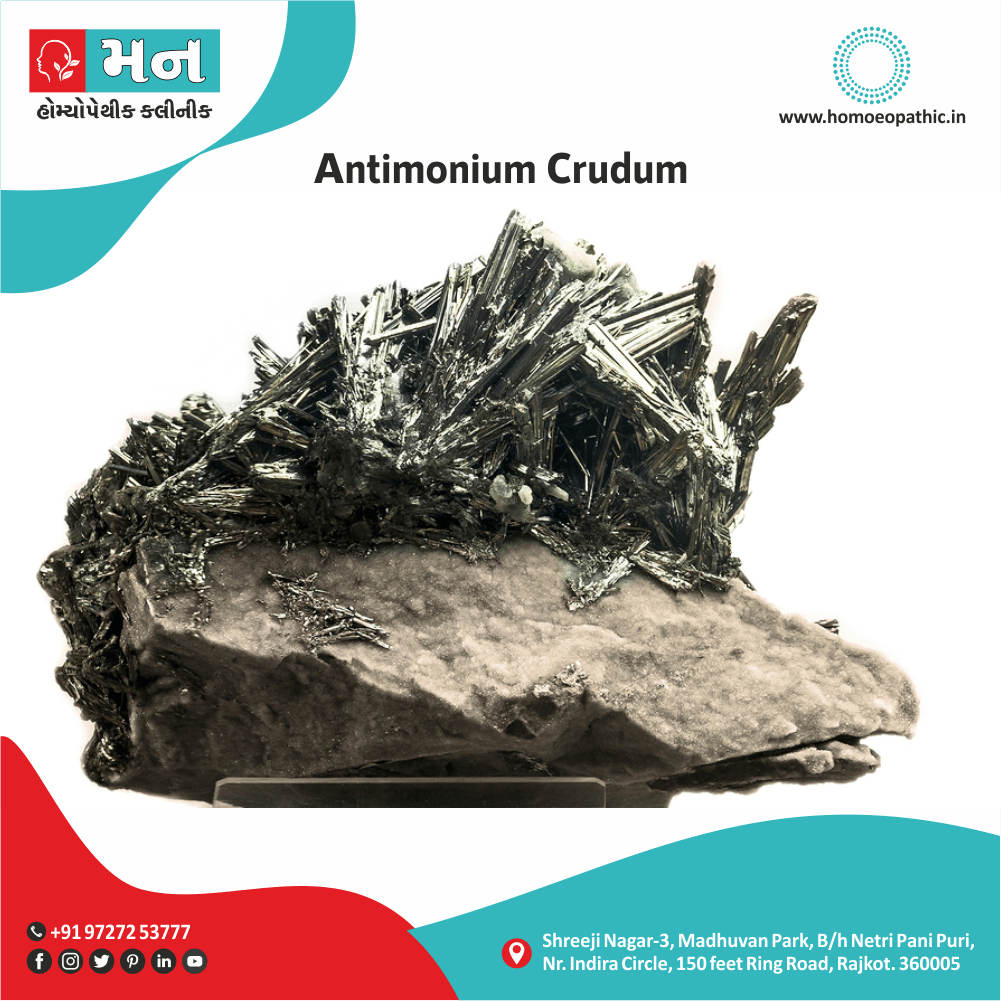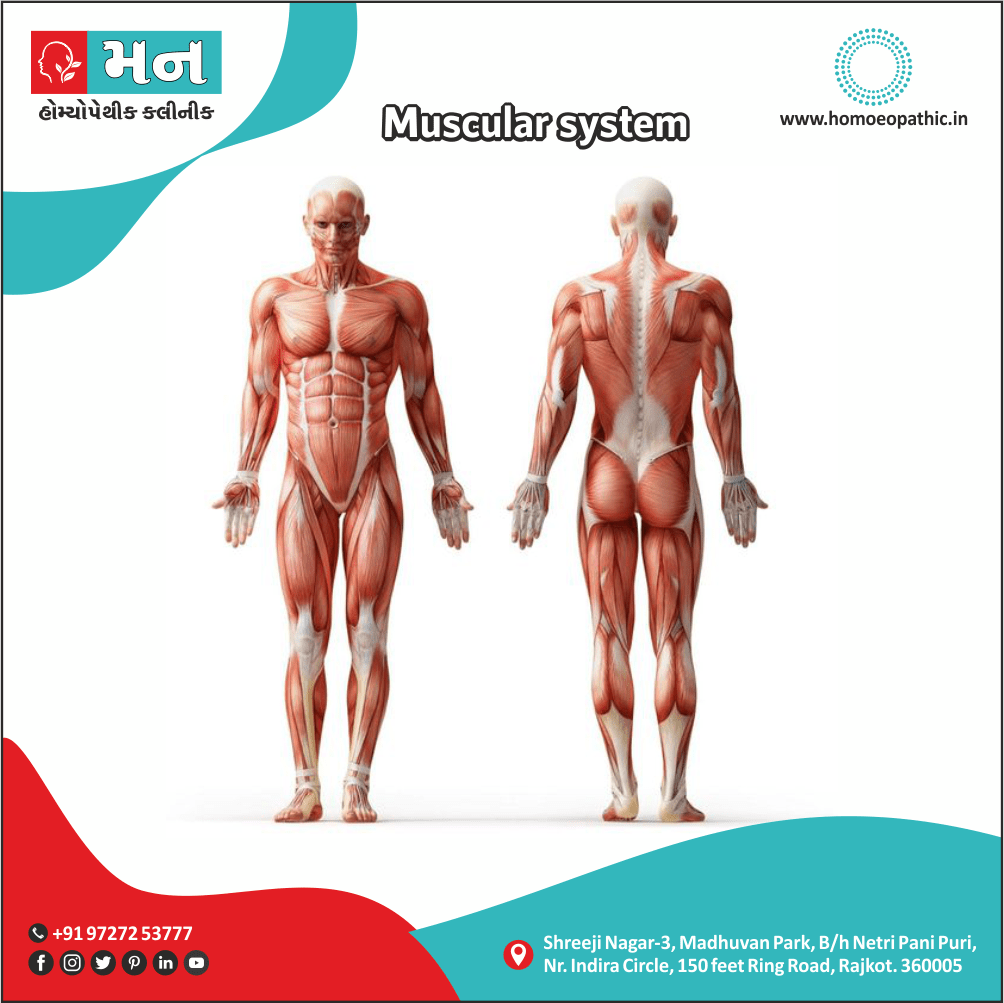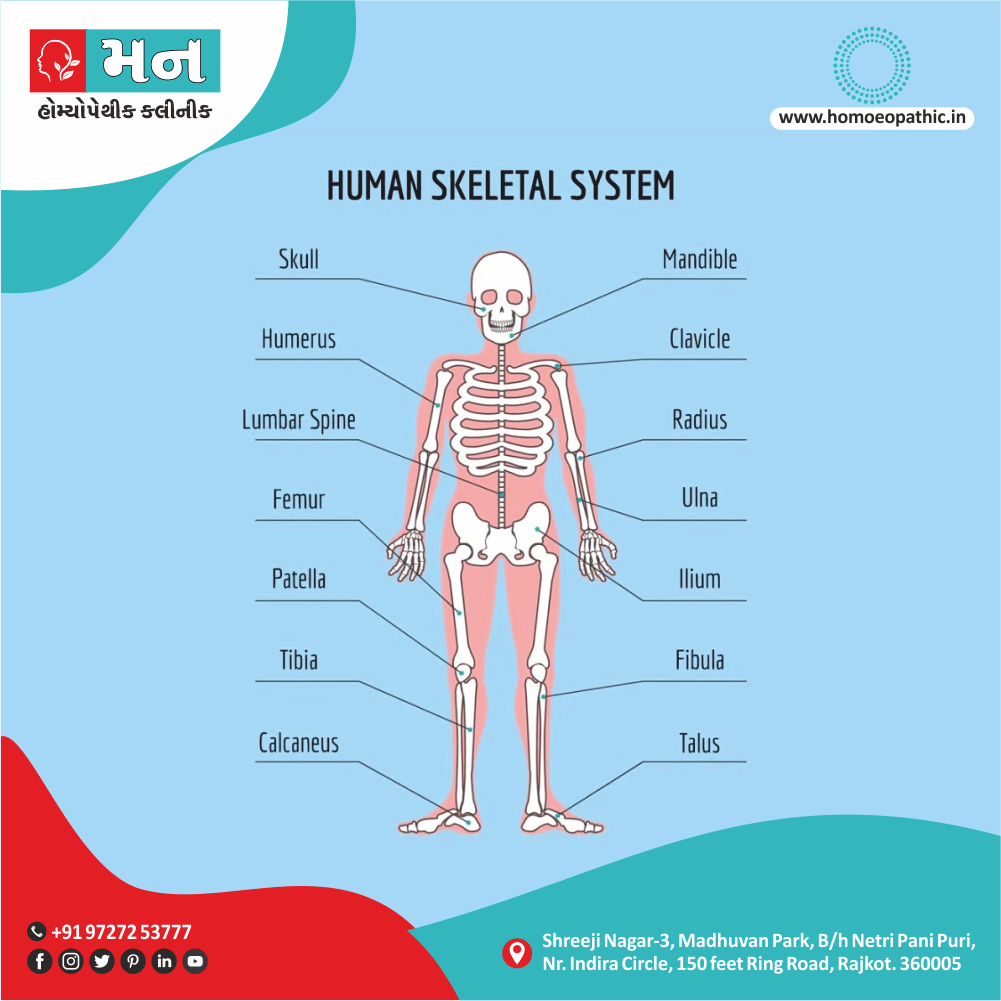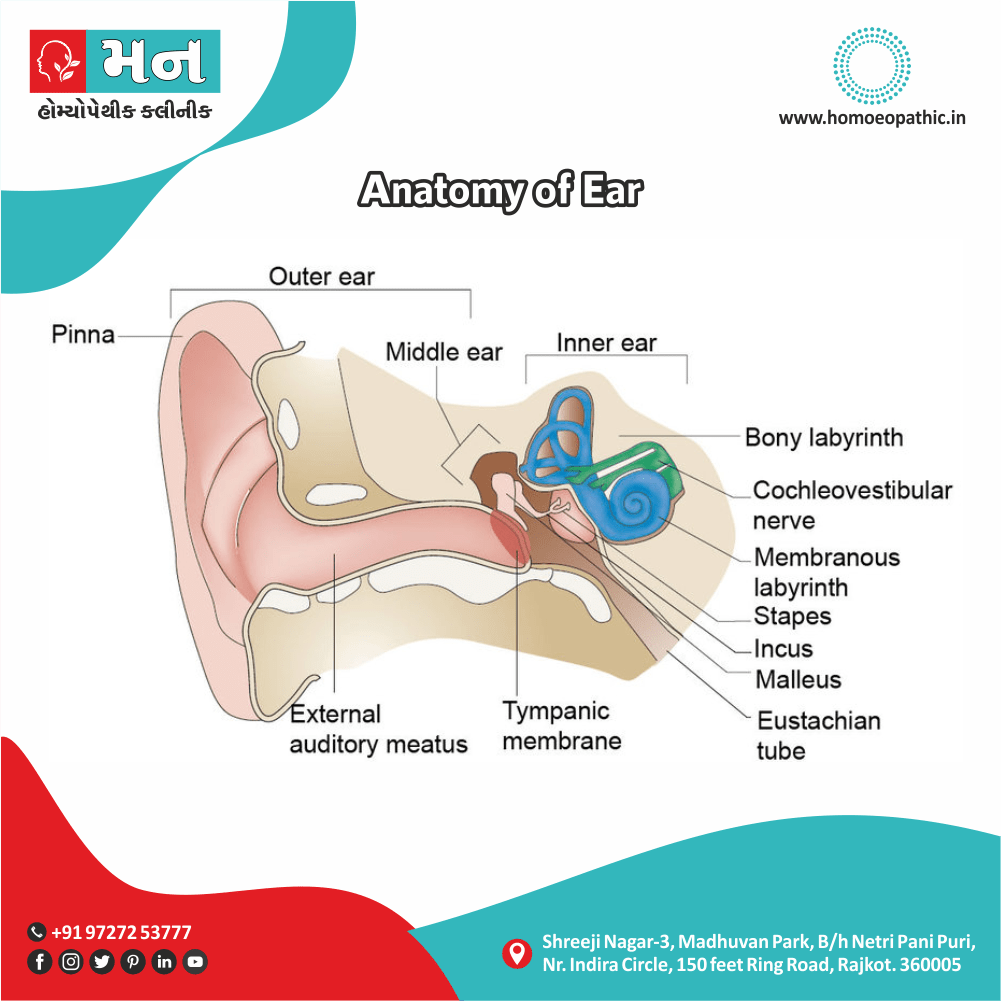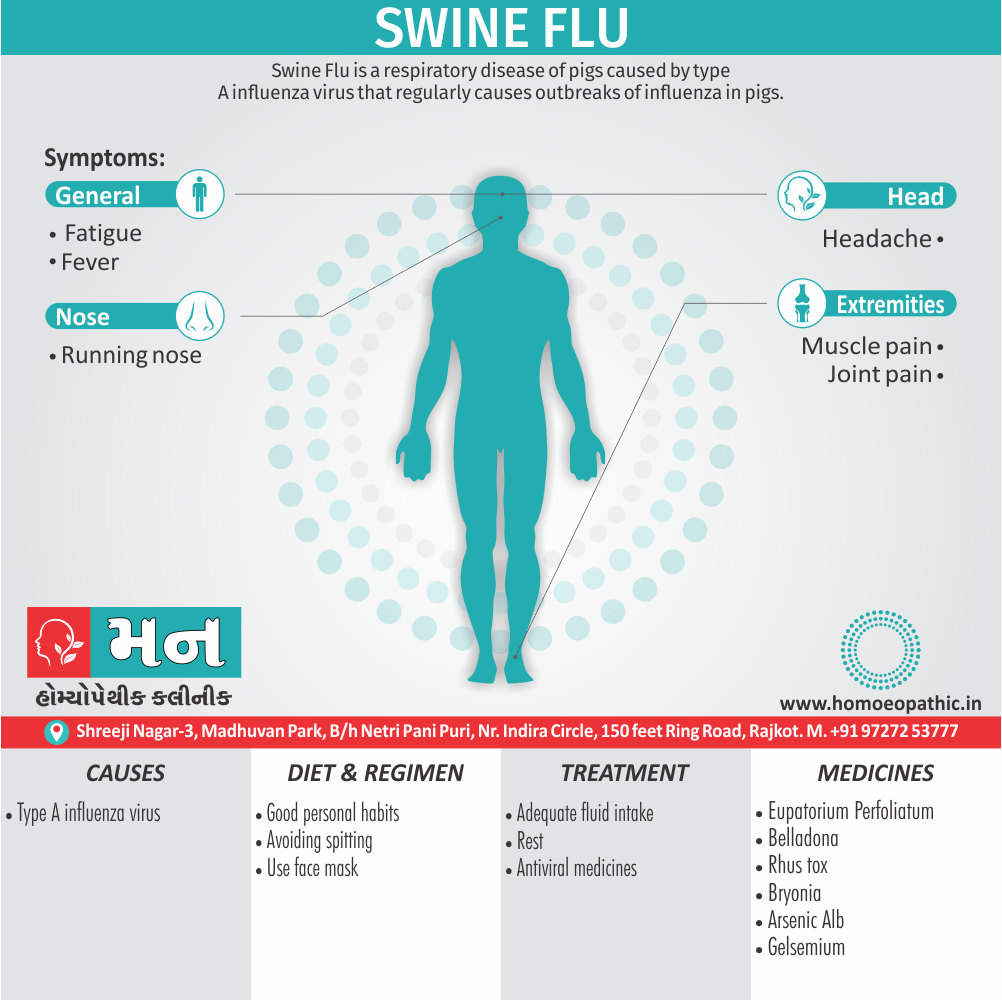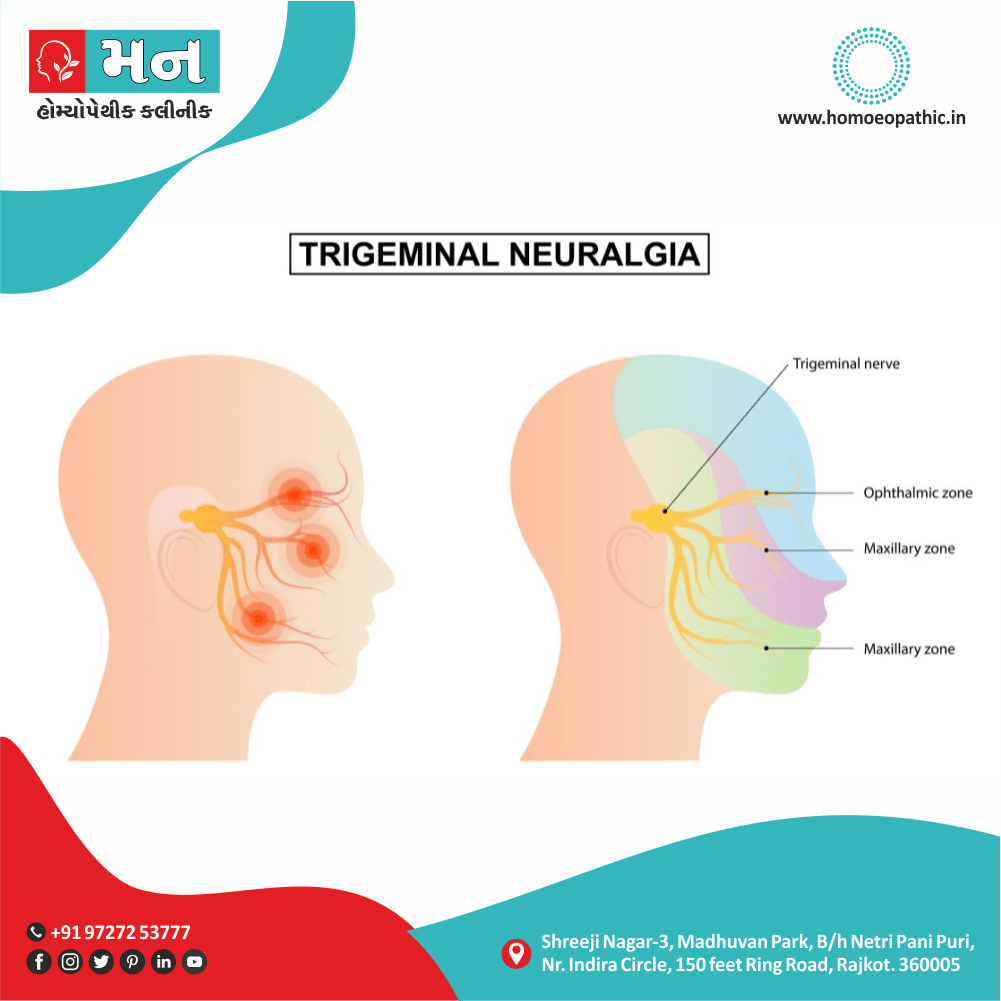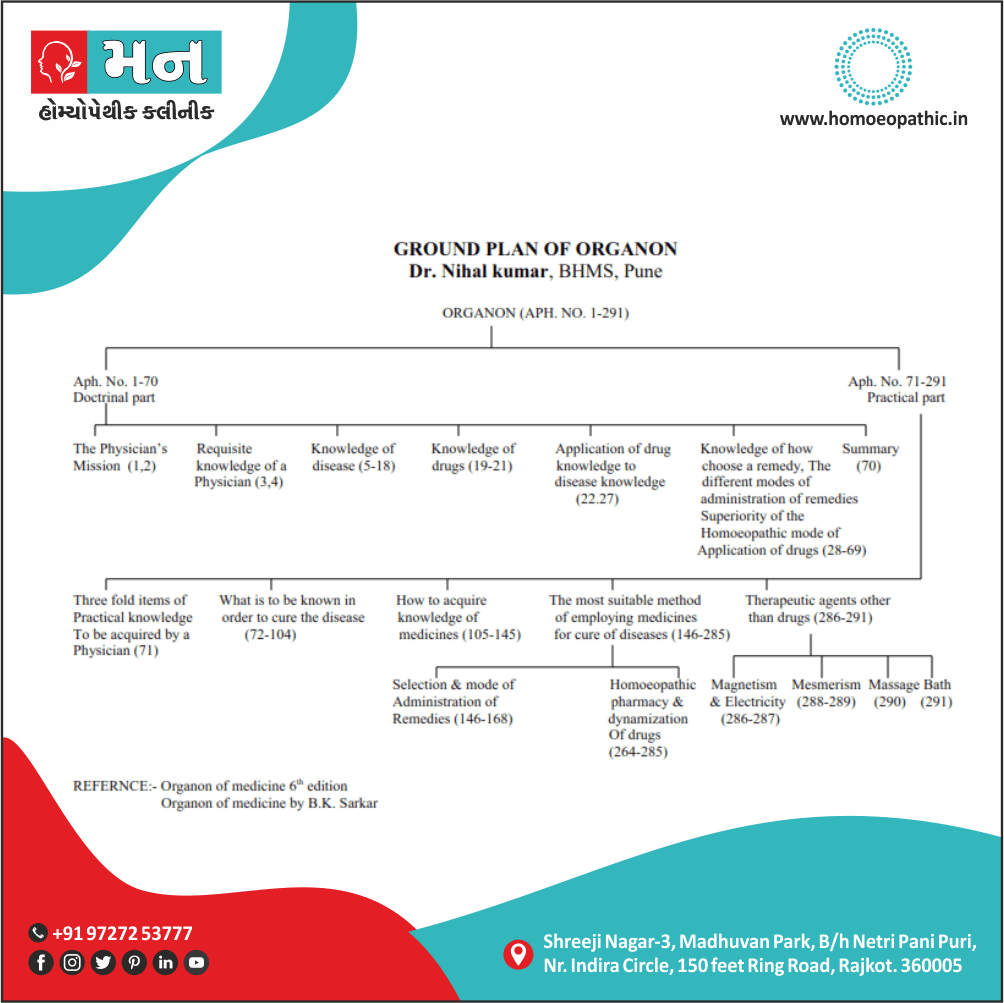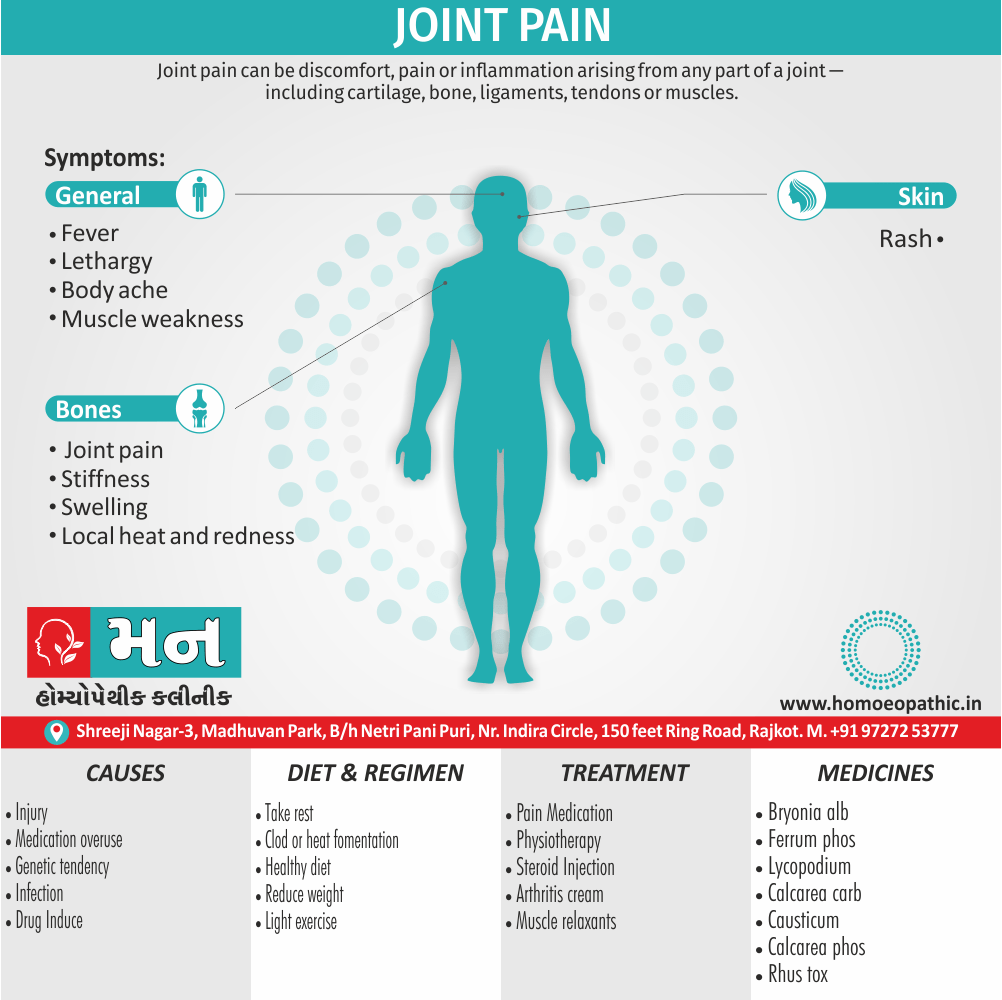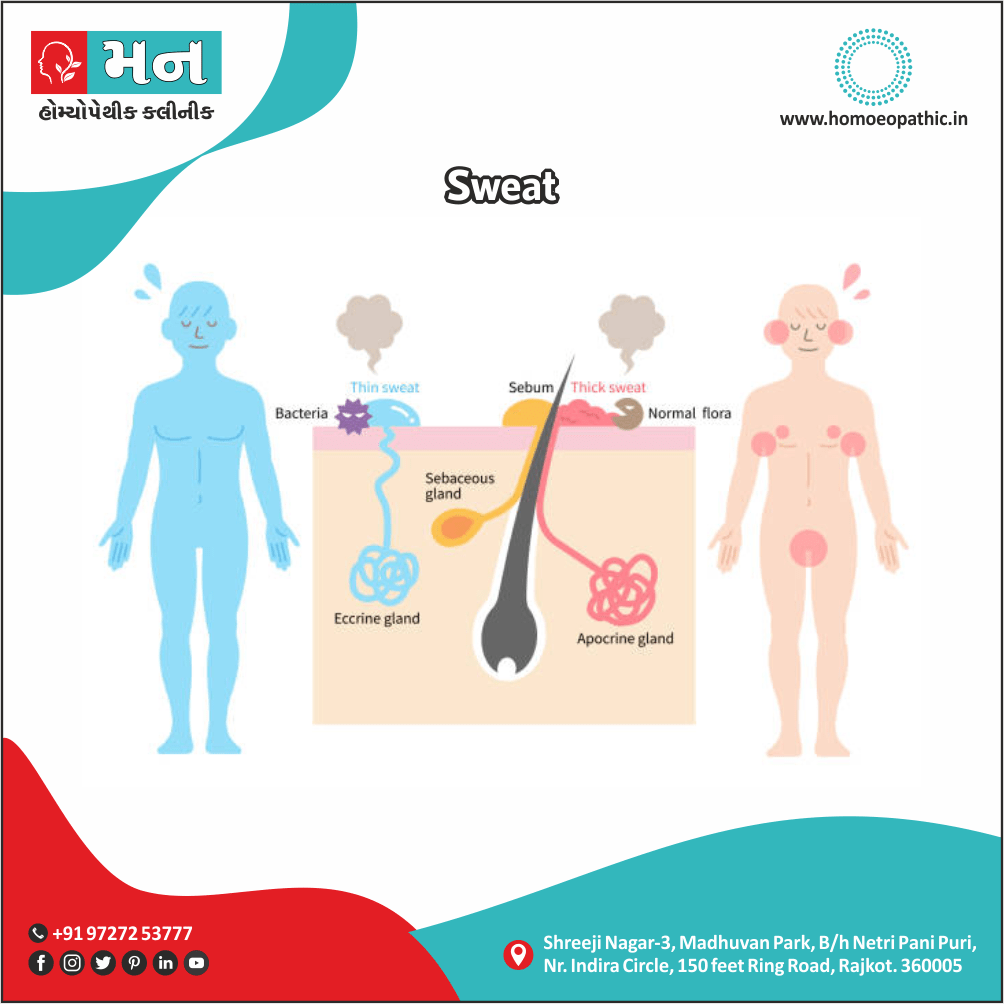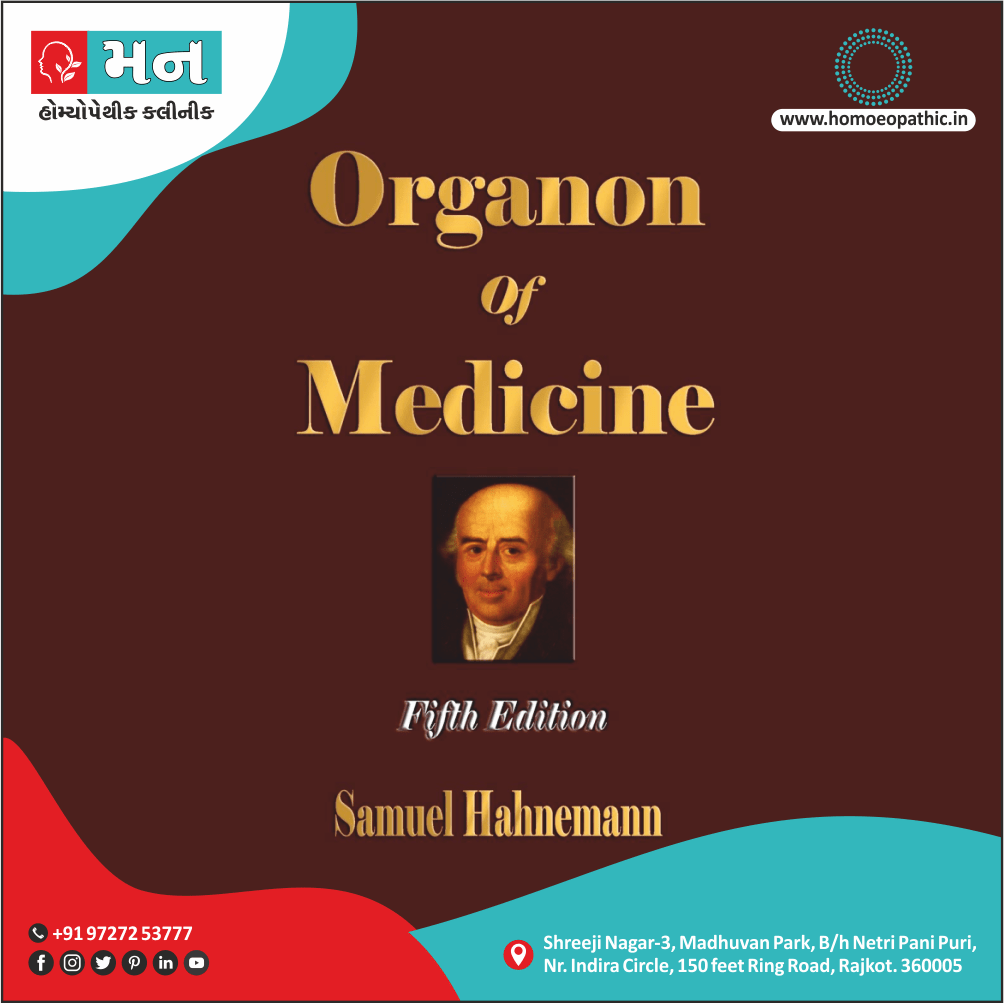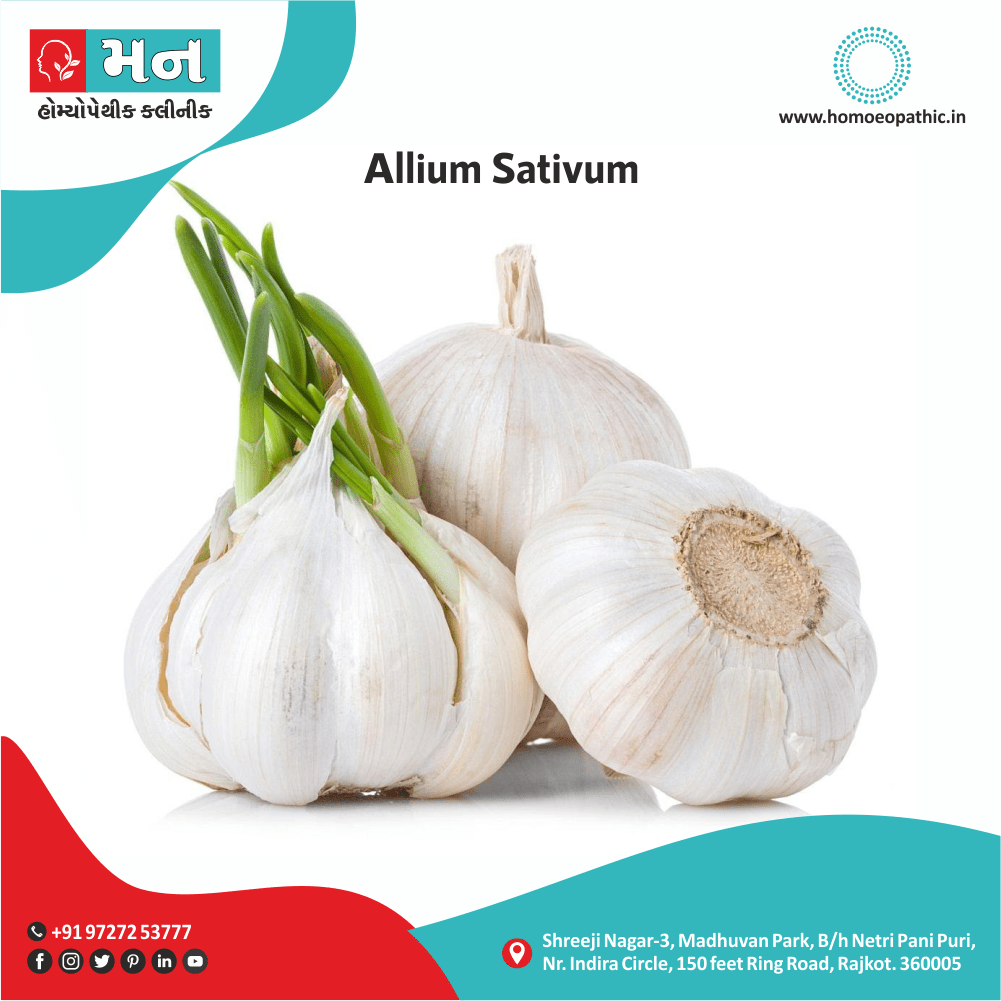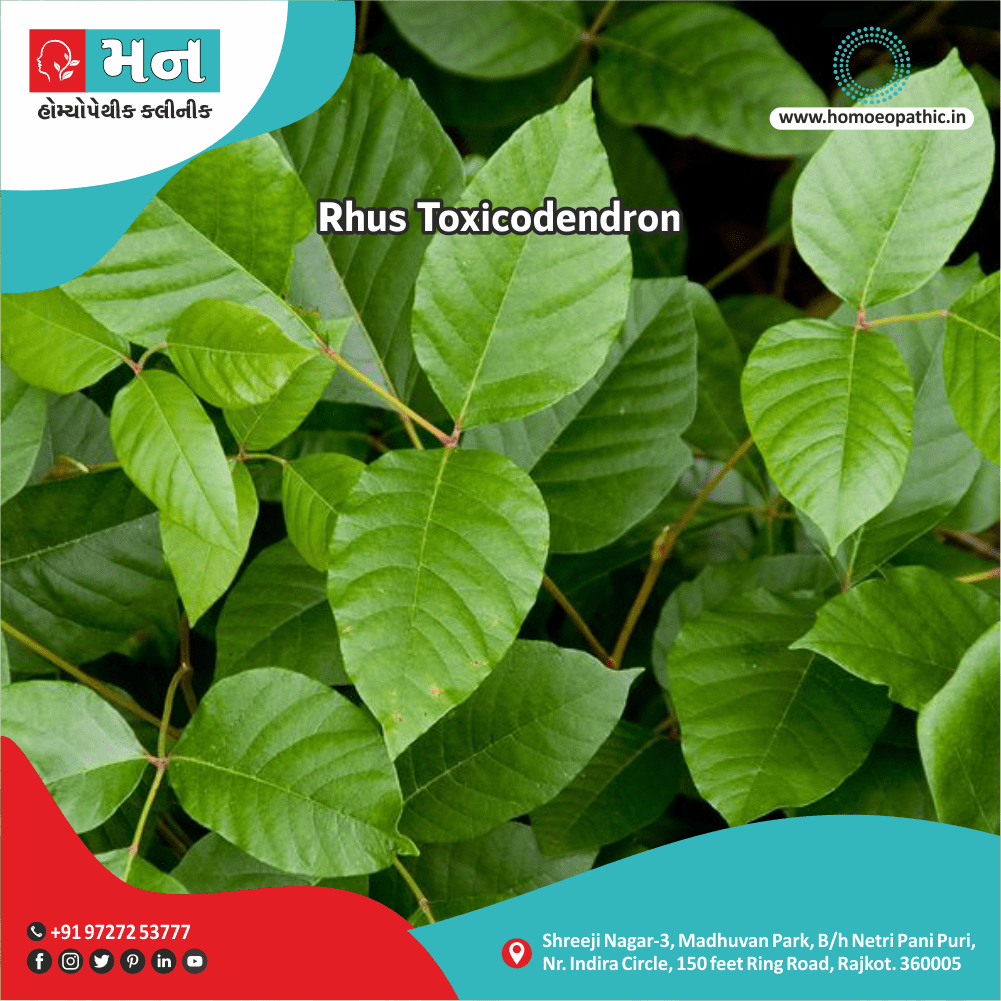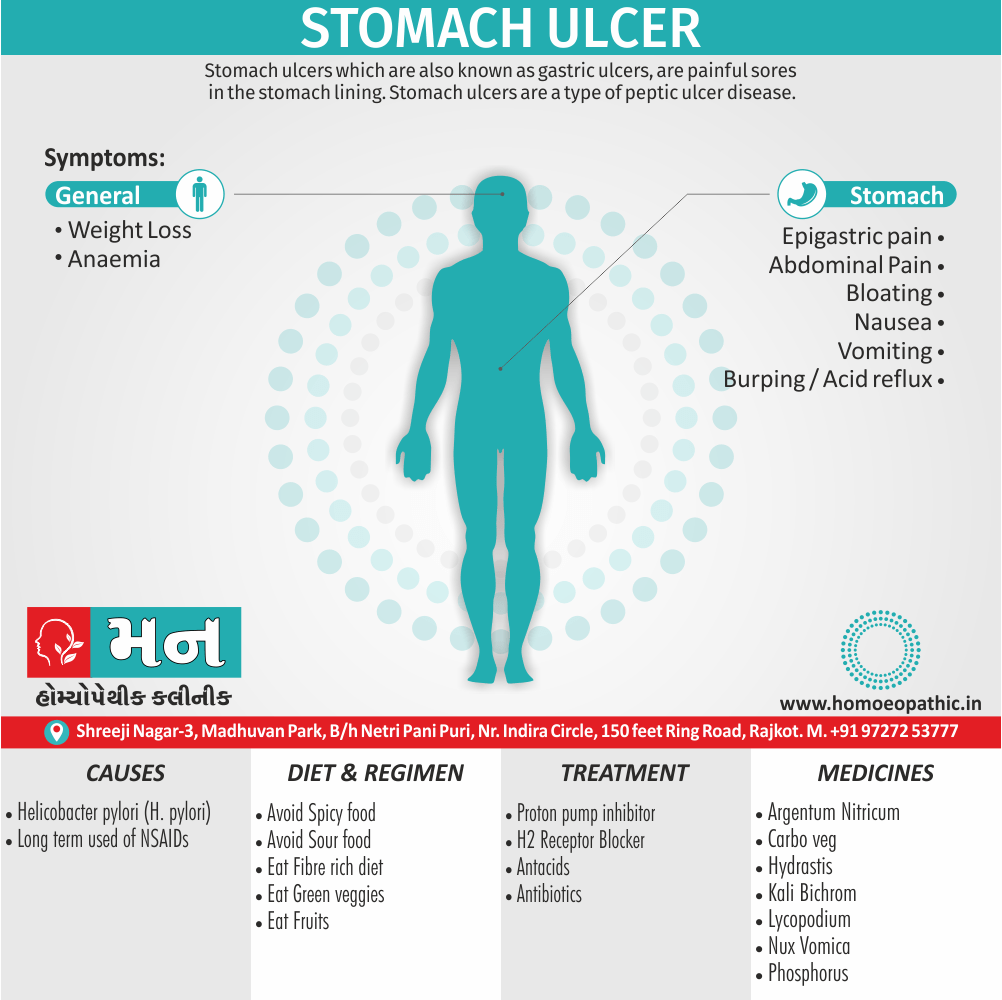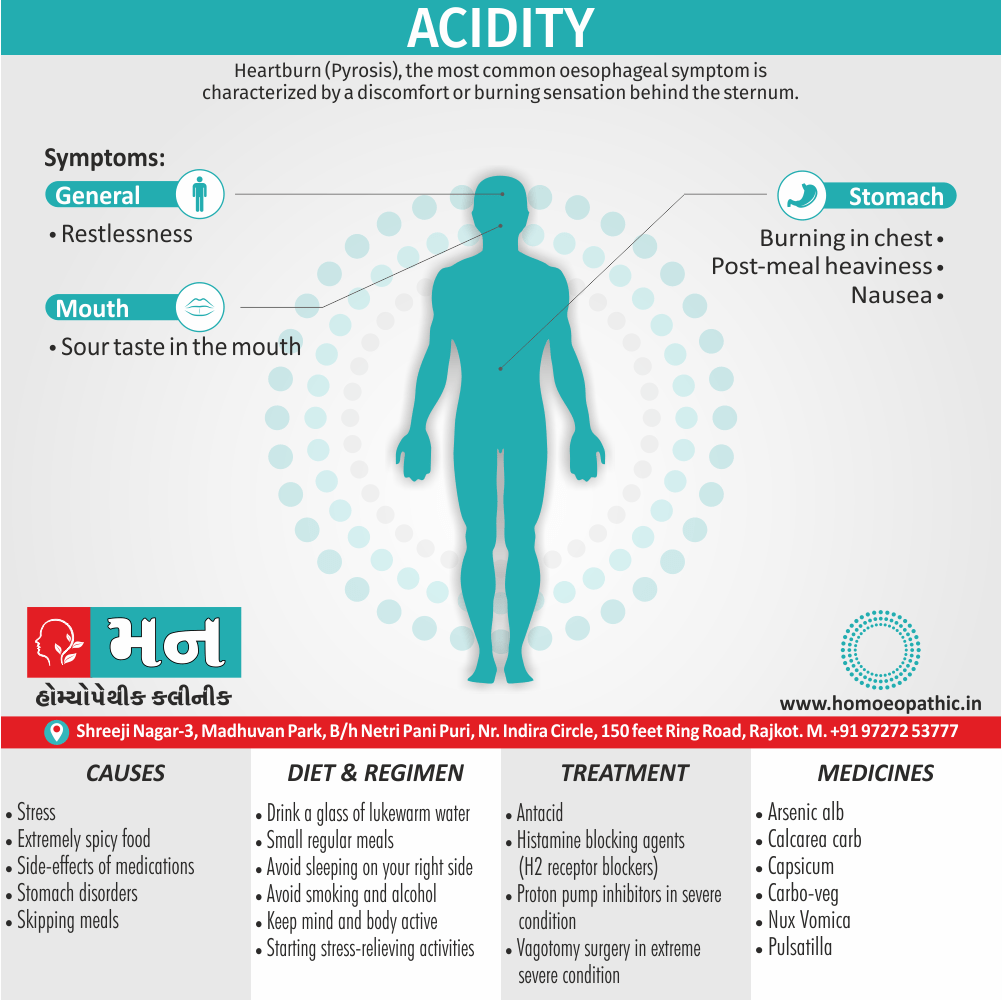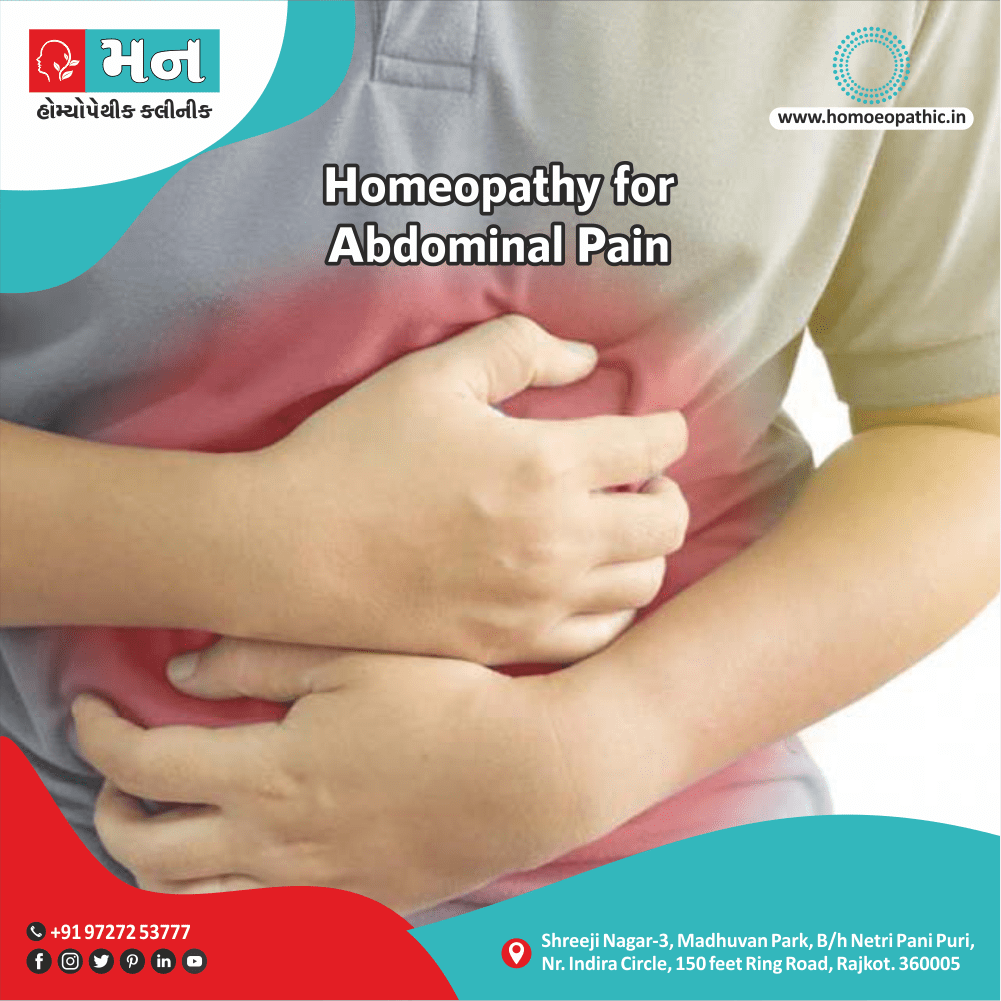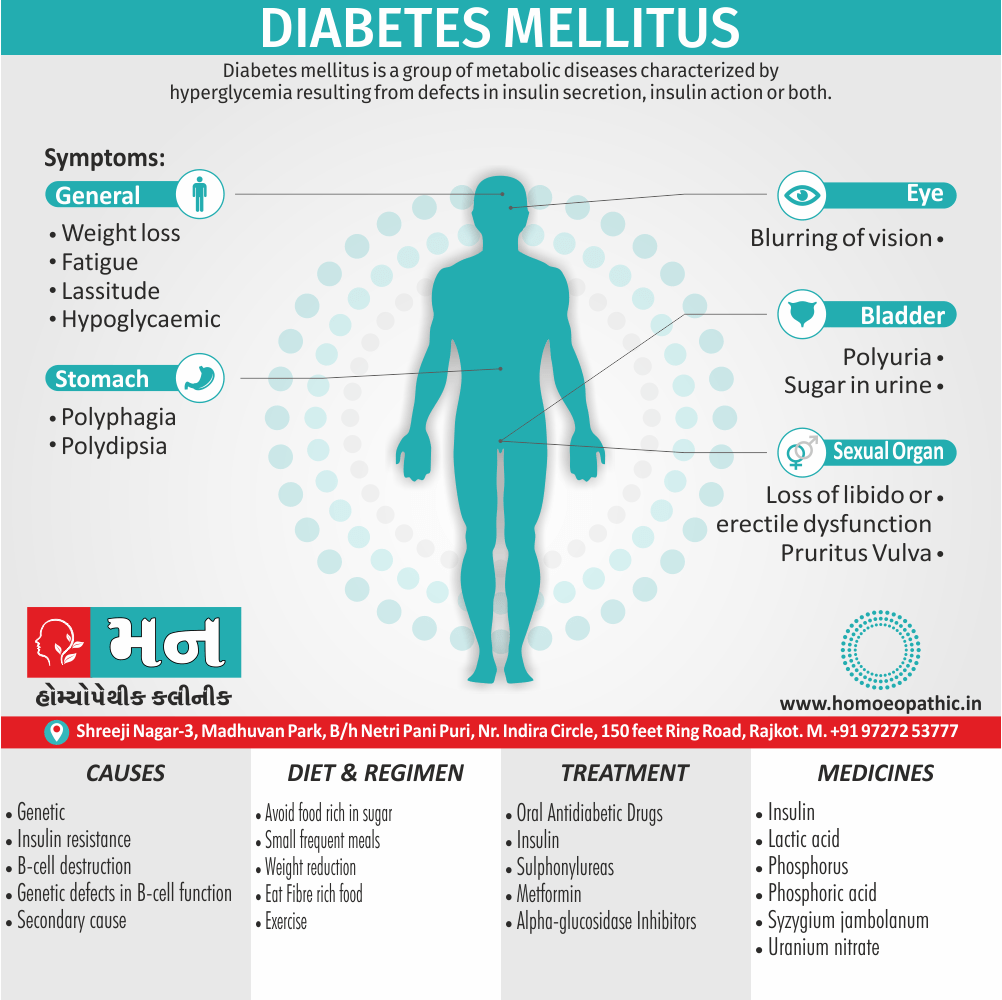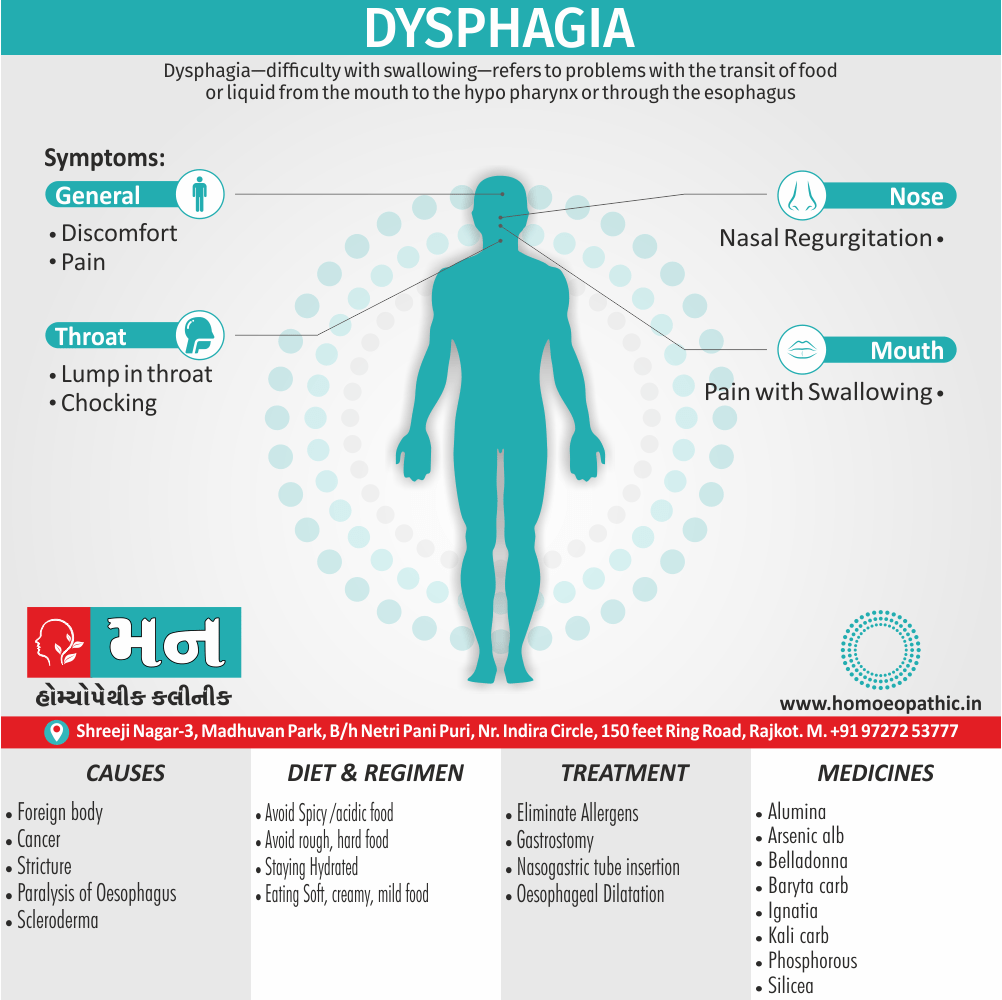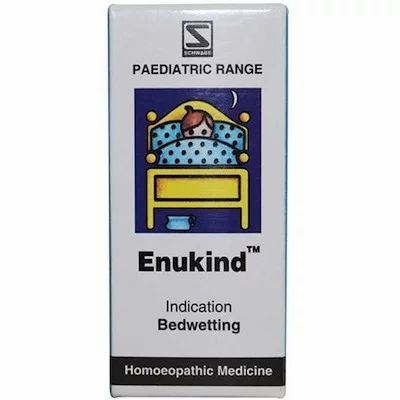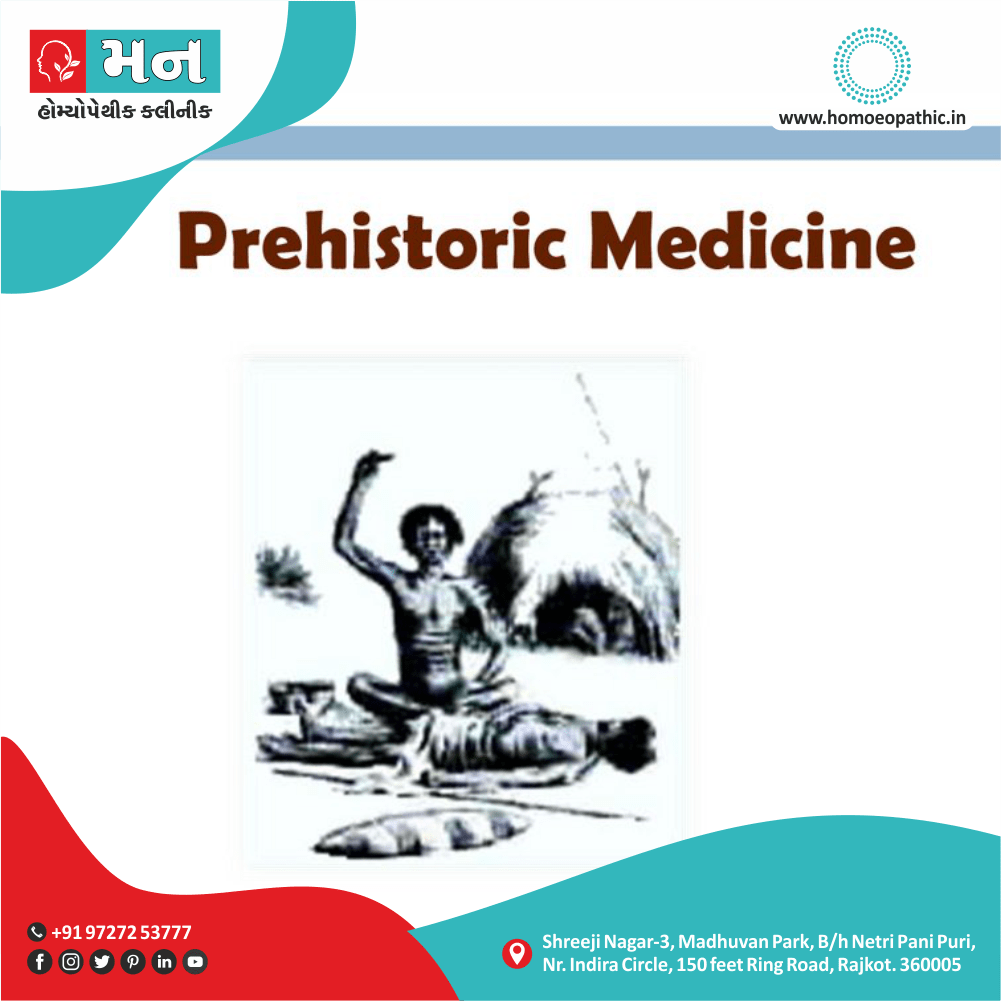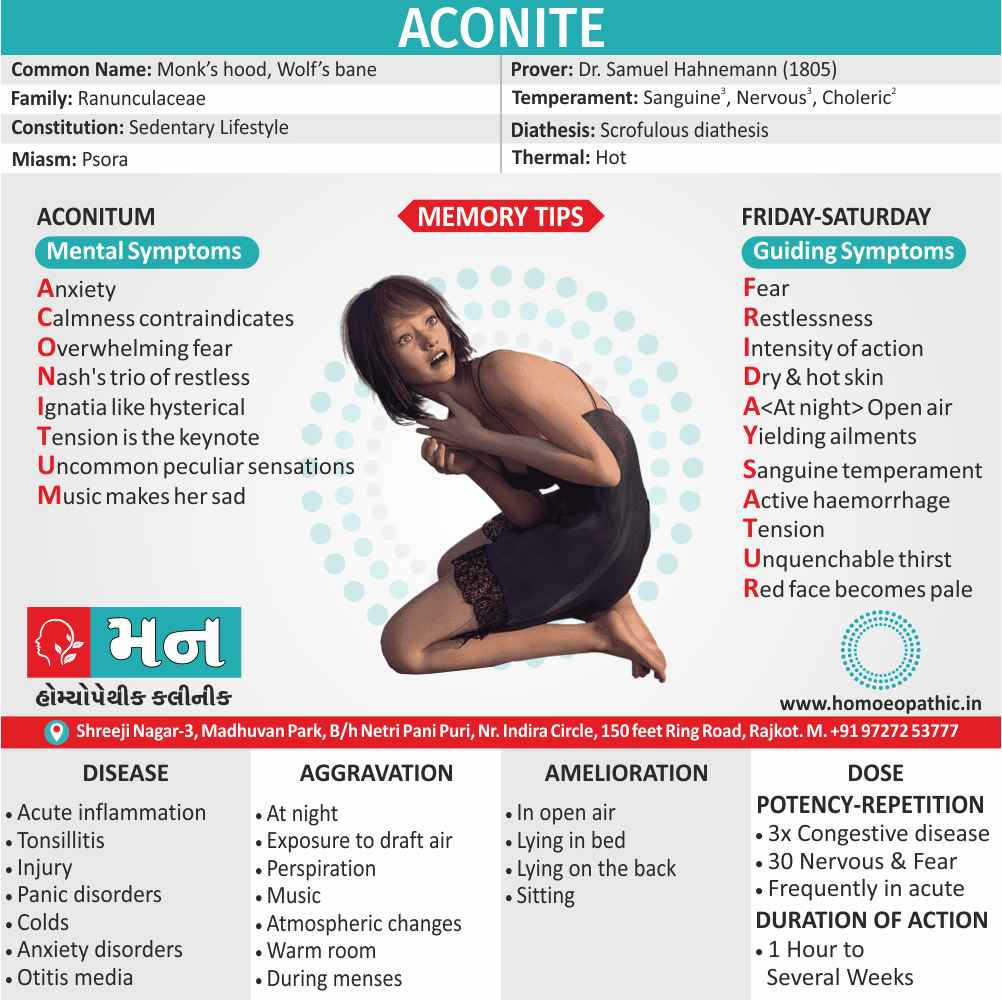Pityriasis (Tinea) Versicolor
Definition of Pityriasis (Tinea) Versicolor
Pityriasis Versicolor is the most superficial fungus infection produced by Malassezia furfur, characterized by scaly white or brown patches, asymptomatic in nature.[1]
Overview of Pityriasis (Tinea) Versicolor
Pityriasis versicolor, also known as tinea versicolor, is a common, benign, superficial fungal infection of the skin.
Clinical features of pityriasis versicolor include either hyperpigmented or hypopigmented finely scaled macules.
Pityriasis versicolor has been reported worldwide, but it is more common in warm and humid conditions.
It occurs more frequently in adolescents and young adults probably due to the increase of sebum production by the sebaceous glands which allow for a more lipid-rich environment in which Malassezia can grow.
Pityriasis versicolor affects people of all genders equally and no specific ethnic predominance has been noted.[5]
Causes of Pityriasis (Tinea) Versicolor
Generally, An overgrowth of yeast on your skin’s surface causes tinea versicolor. Additionally, This yeast thrives in warm, moist also oily environments, causing it to grow out of control in small colonies. Besides this, These yeast colonies cause the symptoms of tinea versicolor.
Some things that can trigger the yeast to grow out of control are i.e.:
- Hormonal changes
- Weakened immune system
- Hot, humid weather
- Sweating
- Oily skin [6]
Pathophysiology of Pityriasis (Tinea) Versicolor
- Malassezia is commensal of healthy skin, and it is most common in oily areas such as the face, scalp, and back.
- However, Malassezia can cause pityriasis versicolor when it converts to its pathogenic filamentous form.
- Factors that lead to this pathogenic conversion include a genetic predisposition, environmental conditions such as heat and humidity, immunodeficiency, pregnancy, oily skin, and application of oily lotions and creams.[5]
Sign & Symptoms of Pityriasis (Tinea) Versicolor
- Asymptomatic macules and patches of various sizes and shapes, yellow, white or brown in color.
- Occur at any site in the body commonly on the trunk. The lesions are scaly and easily detected when the part is abraded with a pin.
- It is usually seen in people who sweat excessively. The patches resemble vitiligo, but presence of scaling is typical and the lesions are never totally lacking in pigment.
- Scales can be made more obvious by striking the lesions with a blade or knife (Scratch sign). At times the lesions may assume different colors such as reddish brown, dark brown or even black.[1]
Diagnosis of Pityriasis (Tinea) Versicolor
- The patches fluoresce golden yellow, under Wood’s light.
- Scraping the lesions and mounting them in 10% KOH solution reveals clusters of spores and short broad hyphae, resembling ‘spaghetti and meat balls’ .[1]
Differential Diagnosis of Pityriasis (Tinea) Versicolor
- Pityriasis Rosea
- Tinea corporis
- Vitiligo
- Pityriasis alba
- Confluent reticulated papillomatosis
- Post inflammatory hypo- also hyperpigmentation
- Seborrheic dermatitis
- Guttate psoriasis
- Tinea corporis
- Nummular eczema
- Secondary syphilis
- Mycosis fungoides [5]
Treatment of Pityriasis (Tinea) Versicolor
Any of the following may be used locally:
1.Topical therapy –
- Sodium thiosulphate – in a 20 per cent solution
- applied, allowed to dry also left in place before
- rinsing, for 5–7 days.
- Ketoconazole 2% shampoo applied to the skin, allowed to dry and left on overnight as a single dose or daily for 3-day dose or daily for 3 days.
- Selenium sulphide – 2.5% as shampoo applied to [1]
- the skin for 5–10 minutes once daily for 3–4 weeks
- before bath.
- Either Antifungal creams or solutions including imida
- zoles, tolnaftate.
- Zinc pyrithione shampoo applied for 5 minutes
- daily for –2 weeks.
- Keratolytic either creams or lotions.
- Retinoic acid cream.
-
Systemic therapy –
Oral antifungals, e.g., ketoconazole 200 mg OD × 14 days or Fluconazole 200 mg OD × 10 days if persistent or recurrent.[1]
Homeopathic Treatment of Pityriasis (Tinea) Versicolor
Homeopathy treats the person as a whole. It means that homeopathic treatment focuses on the patient as a person, as well as his pathological condition. The homeopathic medicines selected after a full individualizing examination and case-analysis.
which includes
- The medical history of the patient,
- Physical and mental constitution,
- Family history,
- Presenting symptoms,
- Underlying pathology,
- Possible causative factors etc.
A miasmatic tendency (predisposition/susceptibility) also often taken into account for the treatment of chronic conditions.
What Homoeopathic doctors do?
A homeopathy doctor tries to treat more than just the presenting symptoms. The focus is usually on what caused the disease condition? Why ‘this patient’ is sick ‘this way’?.
The disease diagnosis is important but in homeopathy, the cause of disease not just probed to the level of bacteria and viruses. Other factors like mental, emotional and physical stress that could predispose a person to illness also looked for. No a days, even modern medicine also considers a large number of diseases as psychosomatic. The correct homeopathy remedy tries to correct this disease predisposition.
The focus is not on curing the disease but to cure the person who is sick, to restore the health. If a disease pathology not very advanced, homeopathy remedies do give a hope for cure but even in incurable cases, the quality of life can greatly improved with homeopathic medicines.
Homeopathic Medicines for Pityriasis (Tinea) Versicolor:
The homeopathic remedies (medicines) given below indicate the therapeutic affinity but this is not a complete and definite guide to the homeopathy treatment of this condition. The symptoms listed against each homeopathic remedy may not be directly related to this disease because in homeopathy general symptoms and constitutional indications also taken into account for selecting a remedy.
Medicines:
Arsenic Alb
- Itching, burning, swellings, Oedema.
- Eruption, papular, dry, rough, scaly.
- Worse cold also scratching. Additionally, Malignant pustules.
- Ulcers with offensive discharge. Anthrax. Poisoned wounds. In detail; Urticaria, with burning and restlessness. Psoriasis. Scirrhous.
- Besides this, Icy coldness of body. Epithelioma of the skin. All in all, Gangrenous inflammations.[4]
Ars-iod
- Basically, Dry, scaly, itching, marked exfoliation of skin in large scales, leaving a raw exuding surface beneath, ichthyosis.
- Furthermore, Enlarged scrofulous glands, venereal bubo. In detail, Debilitating night- sweats.
- Eczema of the beard; watery, oozing, itching; worse, washing. Additionally, Emaciation. Psoriasis.
- Acne hard, shotty, indurated base with pustule at apex.
Bacillinum
- Ringworm, pityriasis. Eczema of eyelids. Glands of neck enlarged also tender Bacillinum is especially indicated for lungs of old people.
- Chronic catarrhal condition also enfeebled pulmonary circulation, attacks of suffocation at night with difficult cough. Suffocative catarrh.
- Tubercular meningitis. Additionally, Favors falling off of tartar of teeth. Constant disposition to take cold.
Calcarea carb
- Unhealthy; readily ulcerating; flaccid. Small wounds do not heal readily. Glands swollen.
- Nettle rash; better especially, in cold air. Warts on face and hands. Petechial eruptions, Chilblains.
- Boils Great sensitiveness to cold; partial sweats. In detail, Children crave eggs and eat dirt and other indigestible things; are prone to diarrhoea.
- Calcarea patient is fat, fair, flabby and perspiring and cold, damp and sour.[4]
Kali-sulph
- Psoriasis, Eczema; burning, itching, papular eruption. Nettle-rash. Polypi. Epithelioma. Seborrhea. Favus.
- Furthermore, Ring-worm of scalp or beard with abundant scales.
Mezereum
- Eczema; intolerable itching, chilliness with pruritus; worse specifically in bed. Ulcers itch and burn, surrounded by vesicles and shining, fiery-red areola. Zona, with burning pain.
- Bones especially long bones, inflamed also swollen; caries, exostosis; pain worse night, touch, damp weather.
- Eruption ulcerates and form thick scabs under which purulent matter exudes.[4]
Psorinum
- Dirty, dingy look, Dry, lusterless, rough hair, intolerable itching.
- Herpetic eruptions, especially on scalp and bends of joints with itching; worse, from warmth of bed. Enlarged glands.
- Sebaceous glands secrete excessively; oily skin.
- Indolent ulcers, slow to heal Eczema behind ears.
- Crusty eruptions all over.
- Urticaria especially after every exertion. Lastly, Pustules near finger- nails
Sepia
- Herpes circinate in isolated spots.
- Itching; not relieved by scratching; worse especially in bends of elbows and knees.
- Moreover, Chloasma; herpetic eruption on lips, about mouth and nose.
- Ringworm-like eruption every spring.
- Urticaria on going in open air; better in warm room. Hyperhidrosis also bromidrosis.
- Sweat on feet, worse on toes; intolerable odor.
- All in all, Lentigo in young women. Ichthyosis with offensive odor of skin.[4]
Silicea
- people who have been incarcerated, abscess, boils, old fistulous ulcers.
- Delicate, pale, waxy. Cracks at ends of fingers. Additionally, Painless swelling of glands. Rose-colored blotches.
- Scars suddenly become painful. Pus offensive.
- Moreover, Promotes expulsion of foreign bodies from tissues, every little injury suppurates. Long lasting suppuration also fistulous tracts. Dry finger tips.
- Eruptions itch only in daytime and evening.
- Besides this, is physically disabled nails.
- Indurated tumors, Abscesses of joints, After impure vaccination. Bursa. Lepra, nodes, also coppery spots.
- Keloid growths.
Sulphur
- Dry, scaly, unhealthy, every little injury suppurates, Freckles.
- Itching, burning, worse scratching also washing.
- Pimply eruption, pustules, rhagades, hang-nails.
- Excoriation, especially in folds.
- Feeling of a band around bones. Skin affections after local medication.
- Pruritus, especially from warmth, in evening, often recurs in spring-time, in damp weather.
Tellurium
- Itching of hands and feet.
- Herpetic spots; ringworm, ring-shape lesion, offensive odors from affected parts.
- Barber’s itch. Stinging especially, in skin.
- Fetid exhalation.
- Offensive foot-sweat. Eczema, back of ears and occiput. Circular patches of eczema.[4]
Thuja
- Polyp, tubercles, warts epithelioma, naevi, carbuncles; ulcers, especially in ano-genital region.
- Freckles and blotches. Perspiration sweetish, also strong.
- Dry skin, with brown spots. Besides this, Zona; herpetic eruptions.
- Tearing pains in glands. Glandular enlargement.
- Nails is physically disabled ; brittle also soft.
- Eruption only on covered parts, worse after scratching.
- Very sensitive to touch. In detail, Coldness of one side.
- Sarcoma; polypi, brown spots on hands also arms.[4]
Diet & Regimen of Pityriasis (Tinea) Versicolor
- You should not wear tight clothing rather wear loose airy clothes.
- Wear cotton fabric also not synthetic.
- Avoid excessive sweating.
- Maintain hygiene.
- If you have oily skin, keep it clean.
- Avoid oily skin products.
- Reduce sunscreen also apply sunscreen whenever you go out on Sun.
- A bath every day.
- Wear cotton also loose clothes.
- Don’t wear synthetic and tight clothes.
- Don’t overexpose yourself to the sun
- Don’t use harsh soaps also chemical products.[3]
Frequently Asked Questions
What is Pityriasis Versicolor?
Pityriasis Versicolor is the most superficial fungus infection produced by Malassezia furfur, characterized by scaly white or brown patches, asymptomatic in nature.
Homeopathic Medicines used by Homeopathic Doctors in treatment of Pityriasis Versicolor?
- Arsenic Alb
- Ars-iod
- Bacillinum
- Calcarea carb
- Kali-sulph
- Mezereum
- Psorinum
What causes Pityriasis Versicolor?
- Hormonal changes
- Weakened immune system
- Hot, humid weather
- Sweating
- Oily skin
What are the symptoms of Pityriasis Versicolor?
- Asymptomatic macules and patches of various sizes and shapes, yellow, white or brown in color.
References use for Article Pityriasis (Tinea) Versicolor
[1] Text book of medicine by Golwala
[2] https://www.doctorbhatia.com/treatment/tinea-versicolor-homeopathy-treatment-and-homeopathic-remedies/
[3] https://www.lybrate.com/topic/homeopathic-treatment-of-tinea-versicolor/7eeacbe36cbf4c4735b51d410a226266
[4] Materia Medica by Boericke W.
[5]https://www.ncbi.nlm.nih.gov/books/NBK482500/#:~:text=Pityriasis%20versicolor%2C%20also%20known%20as,%2C%20neck%2C%20and%20proximal%20extremities.
[6] https://my.clevelandclinic.org/
Definition:
Definition of Pityriasis (Tinea) Versicolor
Pityriasis Versicolor is the most superficial fungus infection produced by Malassezia furfur, characterized by scaly white or brown patches, asymptomatic in nature.[1]
Overview
Epidemiology
Causes
Risk Factors
Pathogenesis
Pathophysiology
Types
Clinical Features
Sign & Symptoms
Clinical Examination
Diagnosis
Differential Diagnosis
Complications
Investigations
Treatment
Prevention
Homeopathic Treatment
Diet & Regimen
Do’s and Dont’s
Terminology
References
FAQ
Also Search As
Overview
Overview of Pityriasis (Tinea) Versicolor
Pityriasis versicolor, also known as tinea versicolor, is a common, benign, superficial fungal infection of the skin.
Clinical features of pityriasis versicolor include either hyperpigmented or hypopigmented finely scaled macules.
Pityriasis versicolor has been reported worldwide, but it is more common in warm and humid conditions.
It occurs more frequently in adolescents and young adults probably due to the increase of sebum production by the sebaceous glands which allow for a more lipid-rich environment in which Malassezia can grow.
Pityriasis versicolor affects people of all genders equally and no specific ethnic predominance has been noted.[5]
Epidemiology
Indian epidemiology then other
Causes
Causes of Pityriasis (Tinea) Versicolor
Generally, An overgrowth of yeast on your skin’s surface causes tinea versicolor. Additionally, This yeast thrives in warm, moist also oily environments, causing it to grow out of control in small colonies. Besides this, These yeast colonies cause the symptoms of tinea versicolor.
Some things that can trigger the yeast to grow out of control are i.e.:
- Hormonal changes
- Weakened immune system
- Hot, humid weather
- Sweating
- Oily skin [6]
Risk Factors
Risk factors are things that make you more likely to develop a disease in the first place.
Pathogenesis
Pathogenesis refers to the development of a disease. It’s the story of how a disease gets started and progresses.
This is the entire journey of a disease, encompassing the cause but going beyond it.
Pathophysiology
Pathophysiology of Pityriasis (Tinea) Versicolor
- Malassezia is commensal of healthy skin, and it is most common in oily areas such as the face, scalp, and back.
- However, Malassezia can cause pityriasis versicolor when it converts to its pathogenic filamentous form.
- Factors that lead to this pathogenic conversion include a genetic predisposition, environmental conditions such as heat and humidity, immunodeficiency, pregnancy, oily skin, and application of oily lotions and creams.[5]
Types
AAA
Clinical Features
Tab Content
Sign & Symptoms
Sign & Symptoms of Pityriasis (Tinea) Versicolor
- Asymptomatic macules and patches of various sizes and shapes, yellow, white or brown in color.
- Occur at any site in the body commonly on the trunk. The lesions are scaly and easily detected when the part is abraded with a pin.
- It is usually seen in people who sweat excessively. The patches resemble vitiligo, but presence of scaling is typical and the lesions are never totally lacking in pigment.
- Scales can be made more obvious by striking the lesions with a blade or knife (Scratch sign). At times the lesions may assume different colors such as reddish brown, dark brown or even black.[1]
Clinical Examination
Tab Content
Diagnosis
Diagnosis of Pityriasis (Tinea) Versicolor
- The patches fluoresce golden yellow, under Wood’s light.
- Scraping the lesions and mounting them in 10% KOH solution reveals clusters of spores and short broad hyphae, resembling ‘spaghetti and meat balls’ .[1]
Differential Diagnosis
Differential Diagnosis of Pityriasis (Tinea) Versicolor
- Pityriasis Rosea
- Tinea corporis
- Vitiligo
- Pityriasis alba
- Confluent reticulated papillomatosis
- Post inflammatory hypo- also hyperpigmentation
- Seborrheic dermatitis
- Guttate psoriasis
- Tinea corporis
- Nummular eczema
- Secondary syphilis
- Mycosis fungoides [5]
Complications
Complications are what happen after you have a disease. They are the negative consequences of the disease process.
Investigations
Tab Content
Treatment
Treatment of Pityriasis (Tinea) Versicolor
Any of the following may be used locally:
1.Topical therapy –
- Sodium thiosulphate – in a 20 per cent solution
- applied, allowed to dry also left in place before
- rinsing, for 5–7 days.
- Ketoconazole 2% shampoo applied to the skin, allowed to dry and left on overnight as a single dose or daily for 3-day dose or daily for 3 days.
- Selenium sulphide – 2.5% as shampoo applied to [1]
- the skin for 5–10 minutes once daily for 3–4 weeks
- before bath.
- Either Antifungal creams or solutions including imida
- zoles, tolnaftate.
- Zinc pyrithione shampoo applied for 5 minutes
- daily for –2 weeks.
- Keratolytic either creams or lotions.
- Retinoic acid cream.
Systemic therapy –
Oral antifungals, e.g., ketoconazole 200 mg OD × 14 days or Fluconazole 200 mg OD × 10 days if persistent or recurrent.[1]
Prevention
Tab Content
Homeopathic Treatment
Homeopathic Treatment of Pityriasis (Tinea) Versicolor
Homeopathy treats the person as a whole. It means that homeopathic treatment focuses on the patient as a person, as well as his pathological condition. The homeopathic medicines selected after a full individualizing examination and case-analysis.
which includes
- The medical history of the patient,
- Physical and mental constitution,
- Family history,
- Presenting symptoms,
- Underlying pathology,
- Possible causative factors etc.
A miasmatic tendency (predisposition/susceptibility) also often taken into account for the treatment of chronic conditions.
What Homoeopathic doctors do?
A homeopathy doctor tries to treat more than just the presenting symptoms. The focus is usually on what caused the disease condition? Why ‘this patient’ is sick ‘this way’?.
The disease diagnosis is important but in homeopathy, the cause of disease not just probed to the level of bacteria and viruses. Other factors like mental, emotional and physical stress that could predispose a person to illness also looked for. No a days, even modern medicine also considers a large number of diseases as psychosomatic. The correct homeopathy remedy tries to correct this disease predisposition.
The focus is not on curing the disease but to cure the person who is sick, to restore the health. If a disease pathology not very advanced, homeopathy remedies do give a hope for cure but even in incurable cases, the quality of life can greatly improved with homeopathic medicines.
Homeopathic Medicines for Pityriasis (Tinea) Versicolor:
The homeopathic remedies (medicines) given below indicate the therapeutic affinity but this is not a complete and definite guide to the homeopathy treatment of this condition. The symptoms listed against each homeopathic remedy may not be directly related to this disease because in homeopathy general symptoms and constitutional indications also taken into account for selecting a remedy.
Medicines:
Arsenic Alb
- Itching, burning, swellings, Oedema.
- Eruption, papular, dry, rough, scaly.
- Worse cold also scratching. Additionally, Malignant pustules.
- Ulcers with offensive discharge. Anthrax. Poisoned wounds. In detail; Urticaria, with burning and restlessness. Psoriasis. Scirrhous.
- Besides this, Icy coldness of body. Epithelioma of the skin. All in all, Gangrenous inflammations.[4]
Ars-iod
- Basically, Dry, scaly, itching, marked exfoliation of skin in large scales, leaving a raw exuding surface beneath, ichthyosis.
- Furthermore, Enlarged scrofulous glands, venereal bubo. In detail, Debilitating night- sweats.
- Eczema of the beard; watery, oozing, itching; worse, washing. Additionally, Emaciation. Psoriasis.
- Acne hard, shotty, indurated base with pustule at apex.
Bacillinum
- Ringworm, pityriasis. Eczema of eyelids. Glands of neck enlarged also tender Bacillinum is especially indicated for lungs of old people.
- Chronic catarrhal condition also enfeebled pulmonary circulation, attacks of suffocation at night with difficult cough. Suffocative catarrh.
- Tubercular meningitis. Additionally, Favors falling off of tartar of teeth. Constant disposition to take cold.
Calcarea carb
- Unhealthy; readily ulcerating; flaccid. Small wounds do not heal readily. Glands swollen.
- Nettle rash; better especially, in cold air. Warts on face and hands. Petechial eruptions, Chilblains.
- Boils Great sensitiveness to cold; partial sweats. In detail, Children crave eggs and eat dirt and other indigestible things; are prone to diarrhoea.
- Calcarea patient is fat, fair, flabby and perspiring and cold, damp and sour.[4]
Kali-sulph
- Psoriasis, Eczema; burning, itching, papular eruption. Nettle-rash. Polypi. Epithelioma. Seborrhea. Favus.
- Furthermore, Ring-worm of scalp or beard with abundant scales.
Mezereum
- Eczema; intolerable itching, chilliness with pruritus; worse specifically in bed. Ulcers itch and burn, surrounded by vesicles and shining, fiery-red areola. Zona, with burning pain.
- Bones especially long bones, inflamed also swollen; caries, exostosis; pain worse night, touch, damp weather.
- Eruption ulcerates and form thick scabs under which purulent matter exudes.[4]
Psorinum
- Dirty, dingy look, Dry, lusterless, rough hair, intolerable itching.
- Herpetic eruptions, especially on scalp and bends of joints with itching; worse, from warmth of bed. Enlarged glands.
- Sebaceous glands secrete excessively; oily skin.
- Indolent ulcers, slow to heal Eczema behind ears.
- Crusty eruptions all over.
- Urticaria especially after every exertion. Lastly, Pustules near finger- nails
Sepia
- Herpes circinate in isolated spots.
- Itching; not relieved by scratching; worse especially in bends of elbows and knees.
- Moreover, Chloasma; herpetic eruption on lips, about mouth and nose.
- Ringworm-like eruption every spring.
- Urticaria on going in open air; better in warm room. Hyperhidrosis also bromidrosis.
- Sweat on feet, worse on toes; intolerable odor.
- All in all, Lentigo in young women. Ichthyosis with offensive odor of skin.[4]
Silicea
- people who have been incarcerated, abscess, boils, old fistulous ulcers.
- Delicate, pale, waxy. Cracks at ends of fingers. Additionally, Painless swelling of glands. Rose-colored blotches.
- Scars suddenly become painful. Pus offensive.
- Moreover, Promotes expulsion of foreign bodies from tissues, every little injury suppurates. Long lasting suppuration also fistulous tracts. Dry finger tips.
- Eruptions itch only in daytime and evening.
- Besides this, is physically disabled nails.
- Indurated tumors, Abscesses of joints, After impure vaccination. Bursa. Lepra, nodes, also coppery spots.
- Keloid growths.
Sulphur
- Dry, scaly, unhealthy, every little injury suppurates, Freckles.
- Itching, burning, worse scratching also washing.
- Pimply eruption, pustules, rhagades, hang-nails.
- Excoriation, especially in folds.
- Feeling of a band around bones. Skin affections after local medication.
- Pruritus, especially from warmth, in evening, often recurs in spring-time, in damp weather.
Tellurium
- Itching of hands and feet.
- Herpetic spots; ringworm, ring-shape lesion, offensive odors from affected parts.
- Barber’s itch. Stinging especially, in skin.
- Fetid exhalation.
- Offensive foot-sweat. Eczema, back of ears and occiput. Circular patches of eczema.[4]
Thuja
- Polyp, tubercles, warts epithelioma, naevi, carbuncles; ulcers, especially in ano-genital region.
- Freckles and blotches. Perspiration sweetish, also strong.
- Dry skin, with brown spots. Besides this, Zona; herpetic eruptions.
- Tearing pains in glands. Glandular enlargement.
- Nails is physically disabled ; brittle also soft.
- Eruption only on covered parts, worse after scratching.
- Very sensitive to touch. In detail, Coldness of one side.
- Sarcoma; polypi, brown spots on hands also arms.[4]
Diet & Regimen
Diet & Regimen of Pityriasis (Tinea) Versicolor
- You should not wear tight clothing rather wear loose airy clothes.
- Wear cotton fabric also not synthetic.
- Avoid excessive sweating.
- Maintain hygiene.
- If you have oily skin, keep it clean.
- Avoid oily skin products.
- Reduce sunscreen also apply sunscreen whenever you go out on Sun.
- A bath every day.
- Wear cotton also loose clothes.
- Don’t wear synthetic and tight clothes.
- Don’t overexpose yourself to the sun
- Don’t use harsh soaps also chemical products.[3]
Do’s and Dont’s
Tab Content
Terminology
Tab Content
References
References use for Article Pityriasis (Tinea) Versicolor
[1] Text book of medicine by Golwala
[2] https://www.doctorbhatia.com/treatment/tinea-versicolor-homeopathy-treatment-and-homeopathic-remedies/
[3] https://www.lybrate.com/topic/homeopathic-treatment-of-tinea-versicolor/7eeacbe36cbf4c4735b51d410a226266
[4] Materia Medica by Boericke W.
[5]https://www.ncbi.nlm.nih.gov/books/NBK482500/#:~:text=Pityriasis%20versicolor%2C%20also%20known%20as,%2C%20neck%2C%20and%20proximal%20extremities.
[6] https://my.clevelandclinic.org/
FAQ
Frequently Asked Questions
What is Pityriasis Versicolor?
Pityriasis Versicolor is the most superficial fungus infection produced by Malassezia furfur, characterized by scaly white or brown patches, asymptomatic in nature.
Homeopathic Medicines used by Homeopathic Doctors in treatment of Pityriasis Versicolor?
- Arsenic Alb
- Ars-iod
- Bacillinum
- Calcarea carb
- Kali-sulph
- Mezereum
- Psorinum
What causes Pityriasis Versicolor?
- Hormonal changes
- Weakened immune system
- Hot, humid weather
- Sweating
- Oily skin
What are the symptoms of Pityriasis Versicolor?
- Asymptomatic macules and patches of various sizes and shapes, yellow, white or brown in color.
Also Search As
Frequently Asked Questions (FAQ)
XYZ
XXX
XYZ
XXX
XYZ
XXX
How can I find reputable homeopathy clinics or homeopathic doctors in my area?
You can found Homeopathic Clinic For XXXX by searching for
Specific city Examples are
You can also search for near you Examples are
